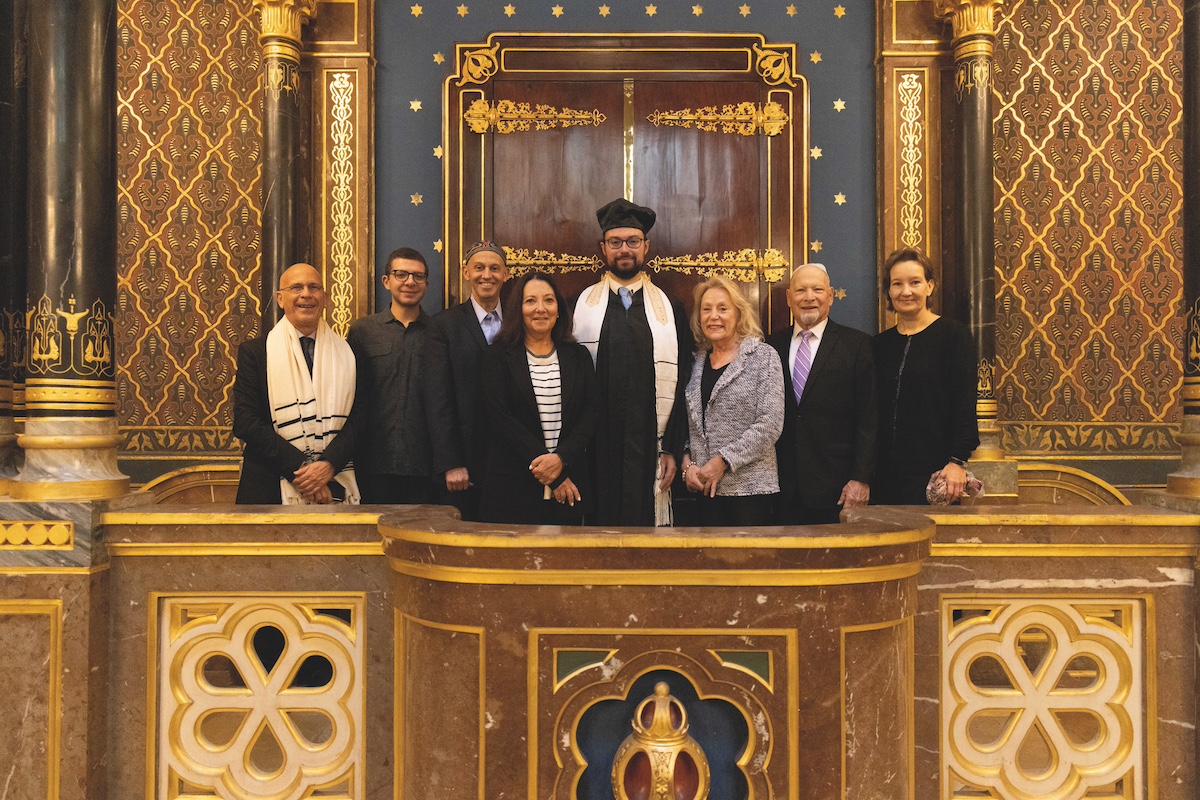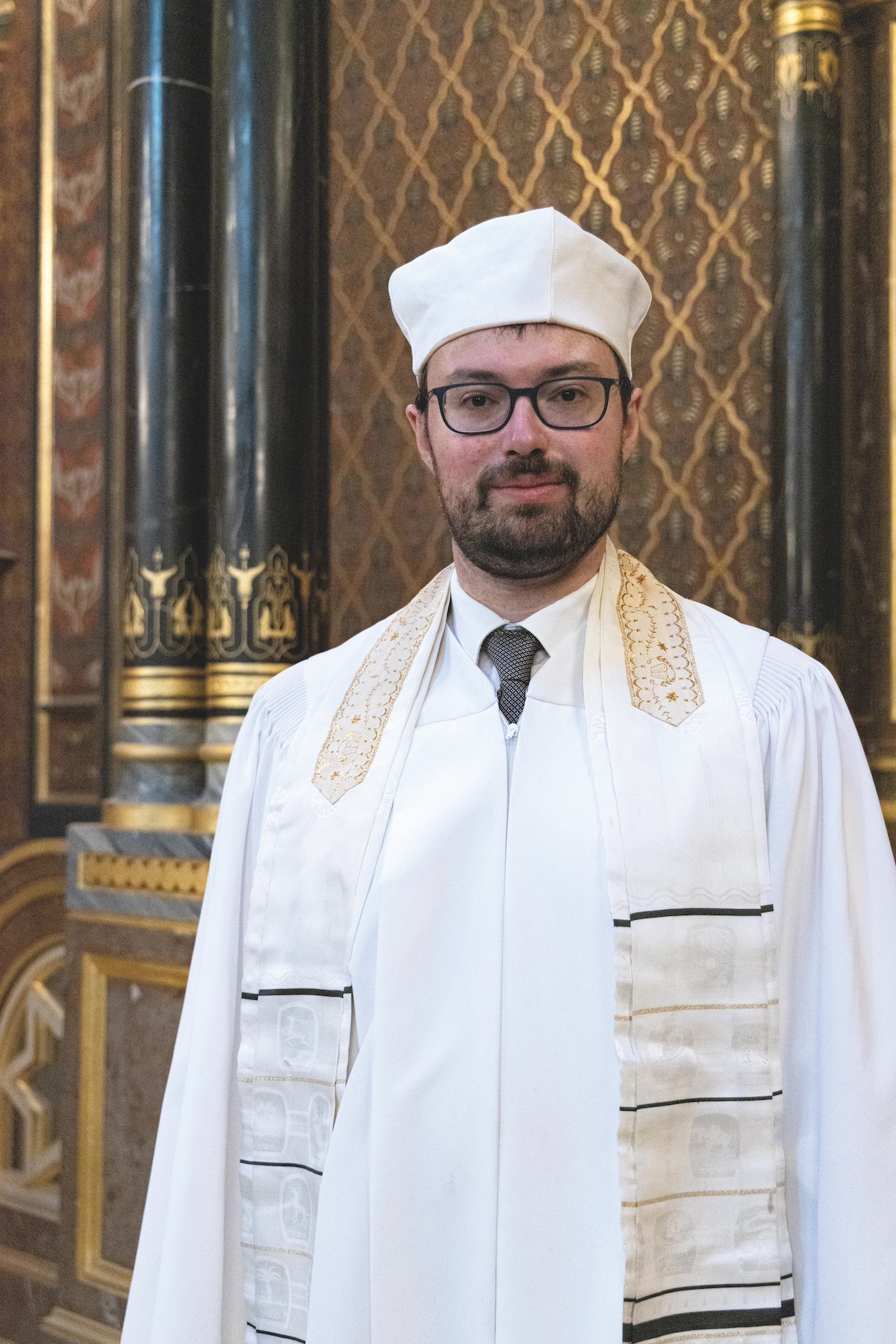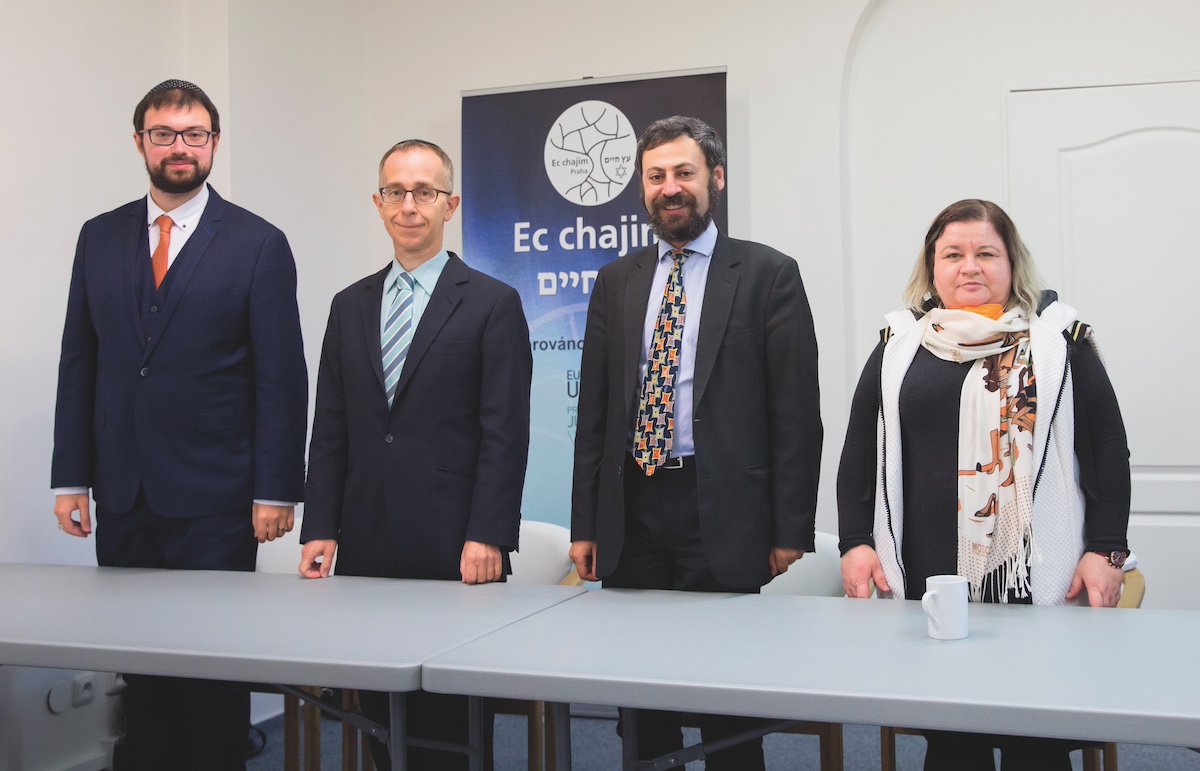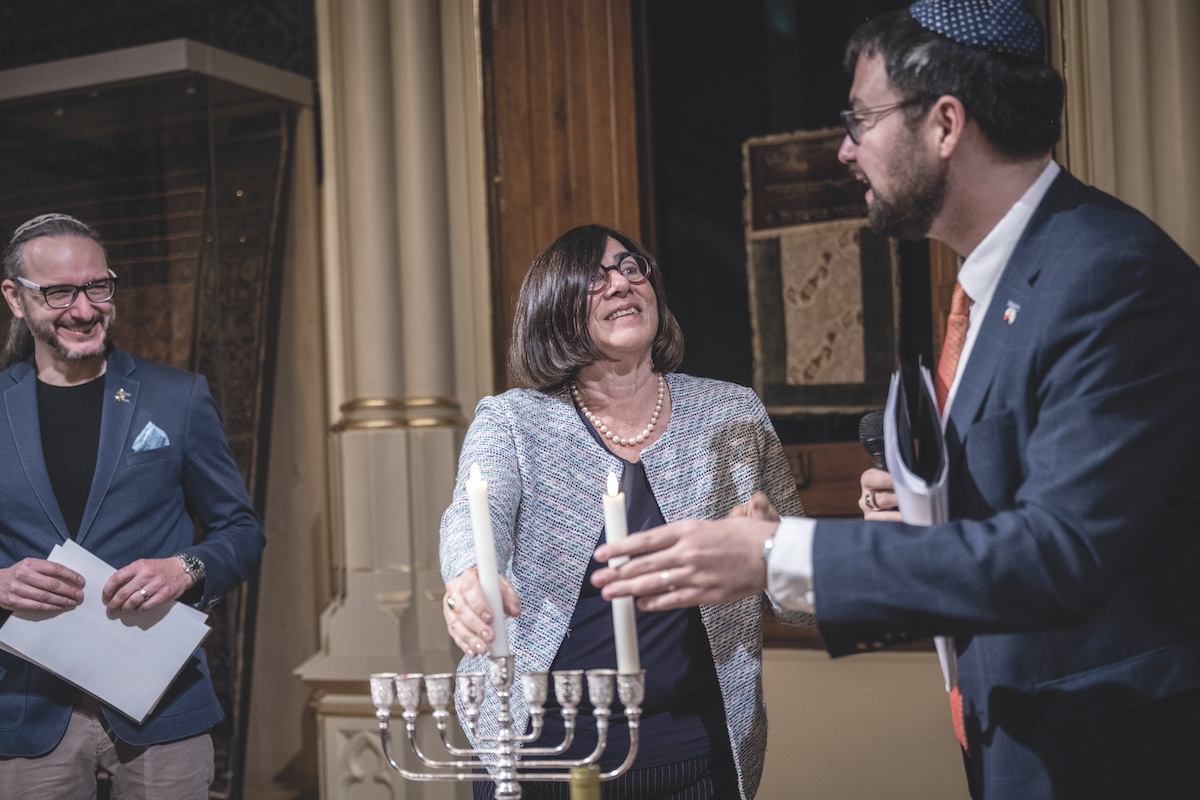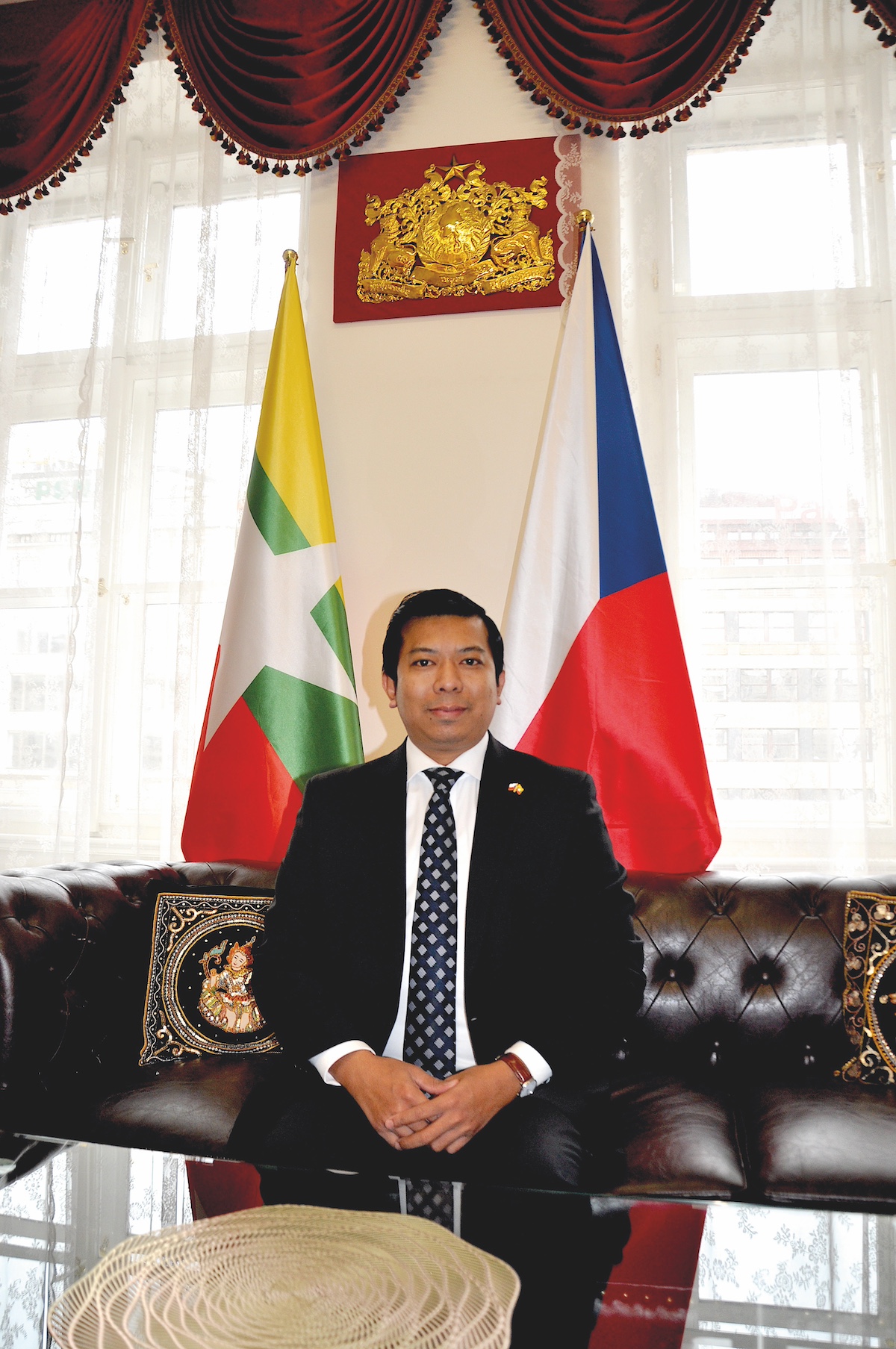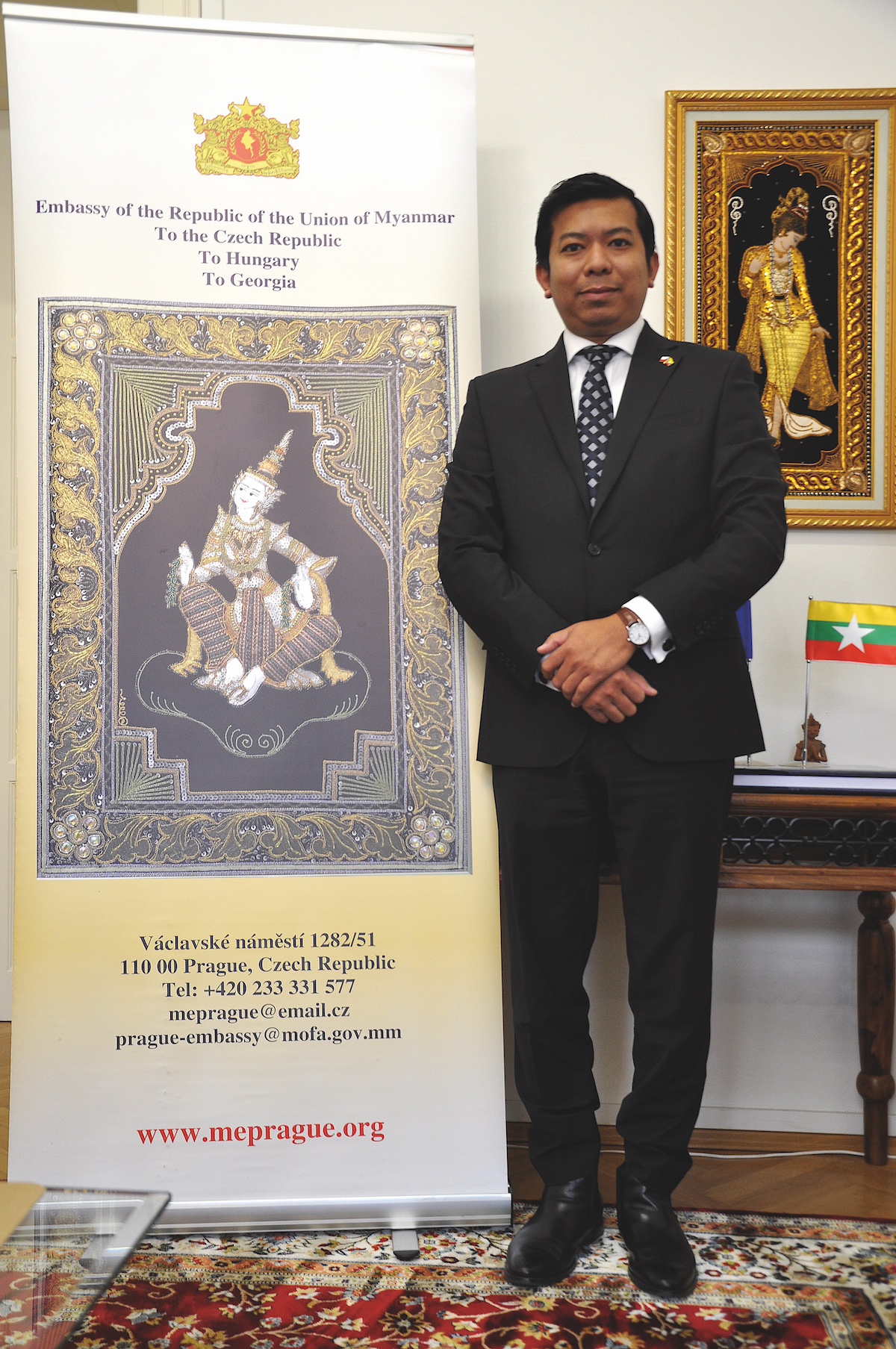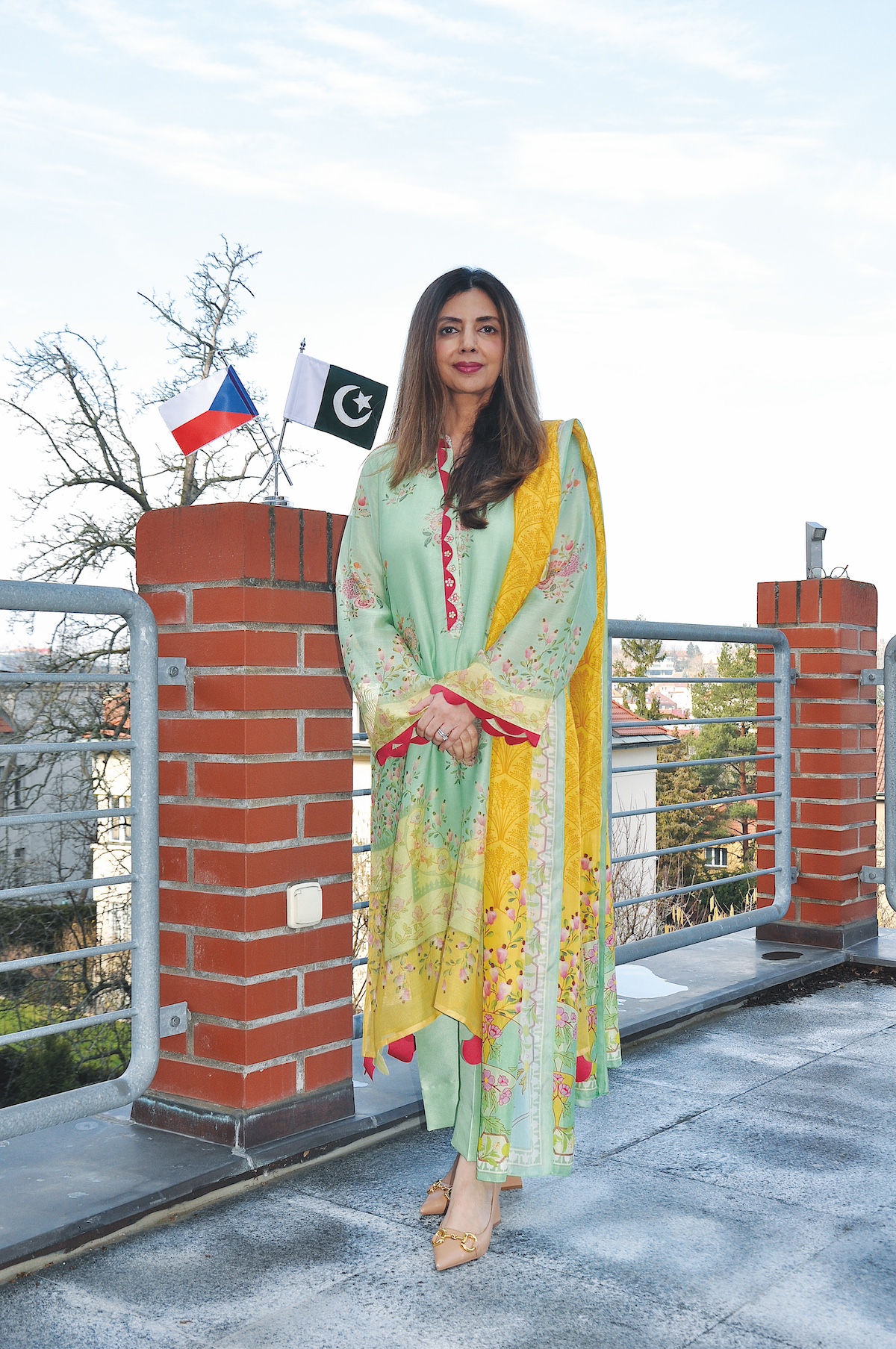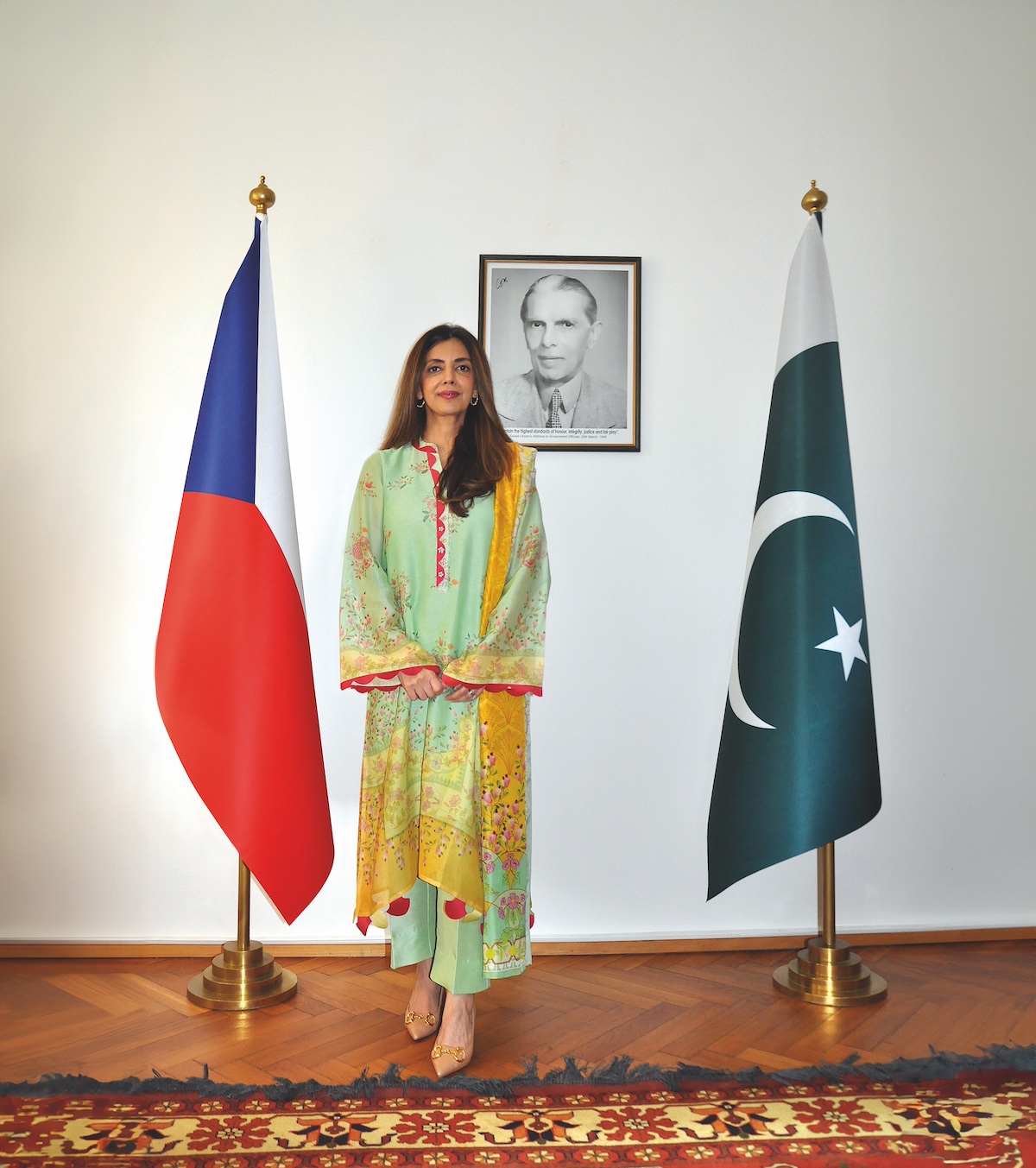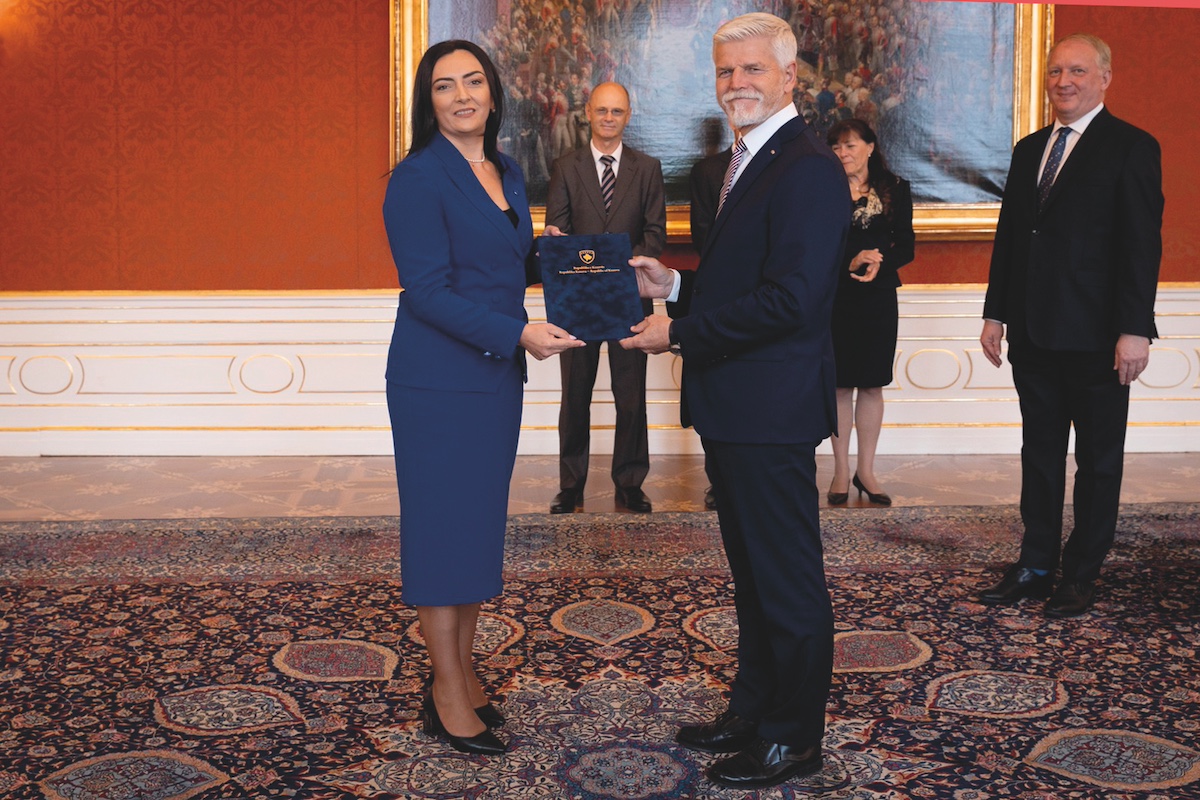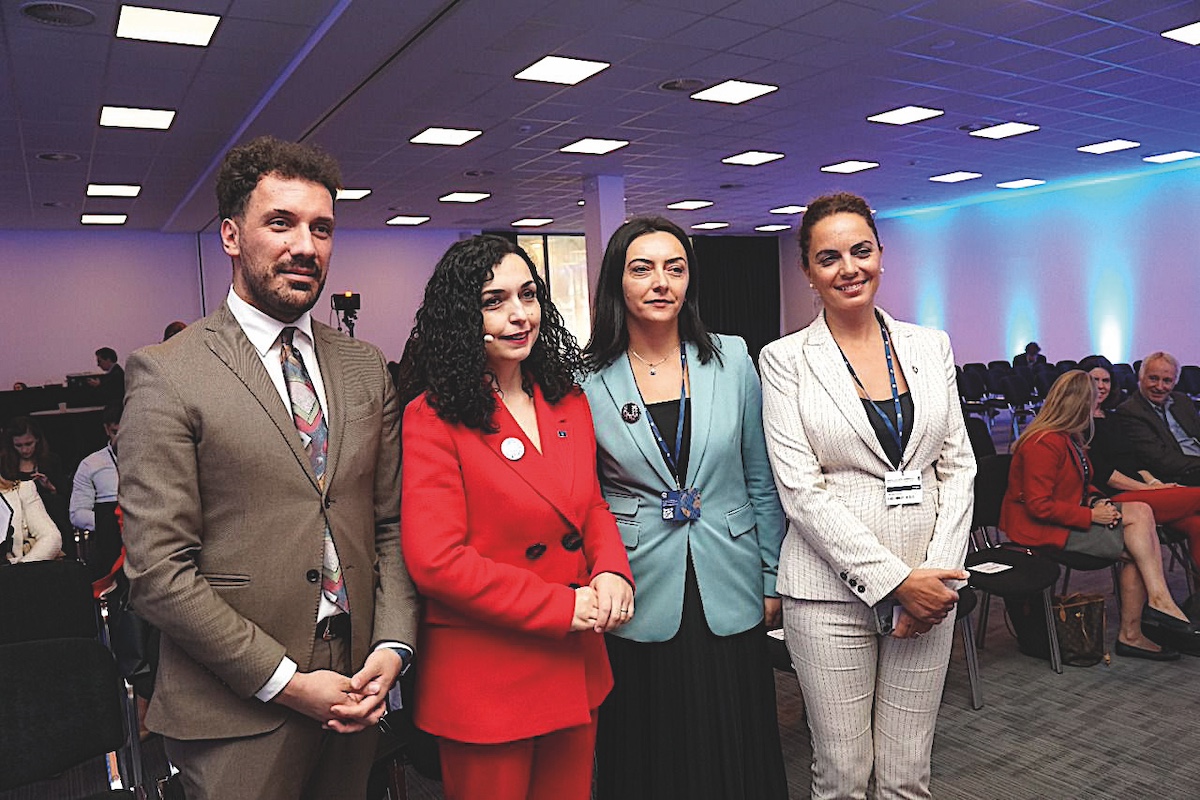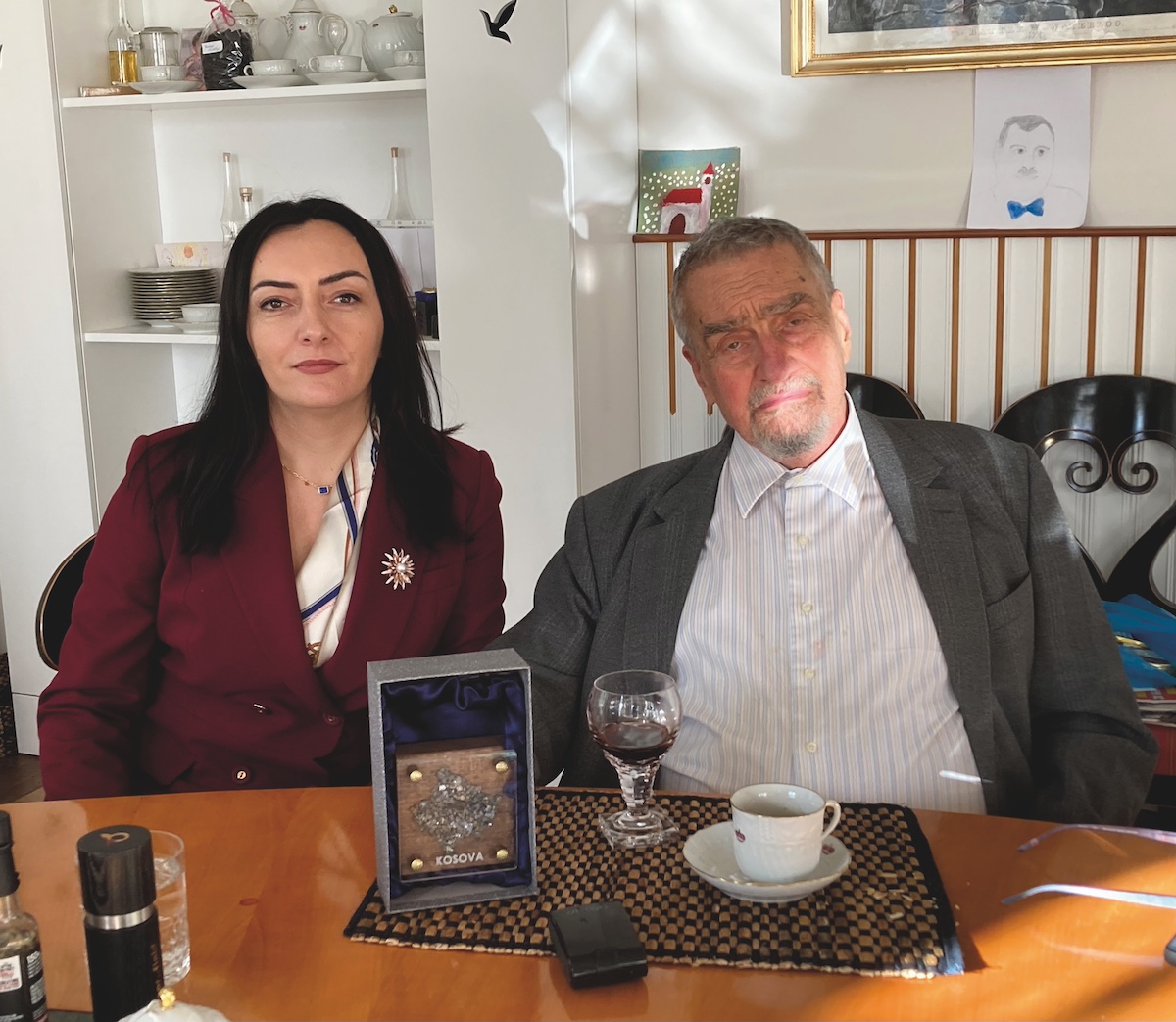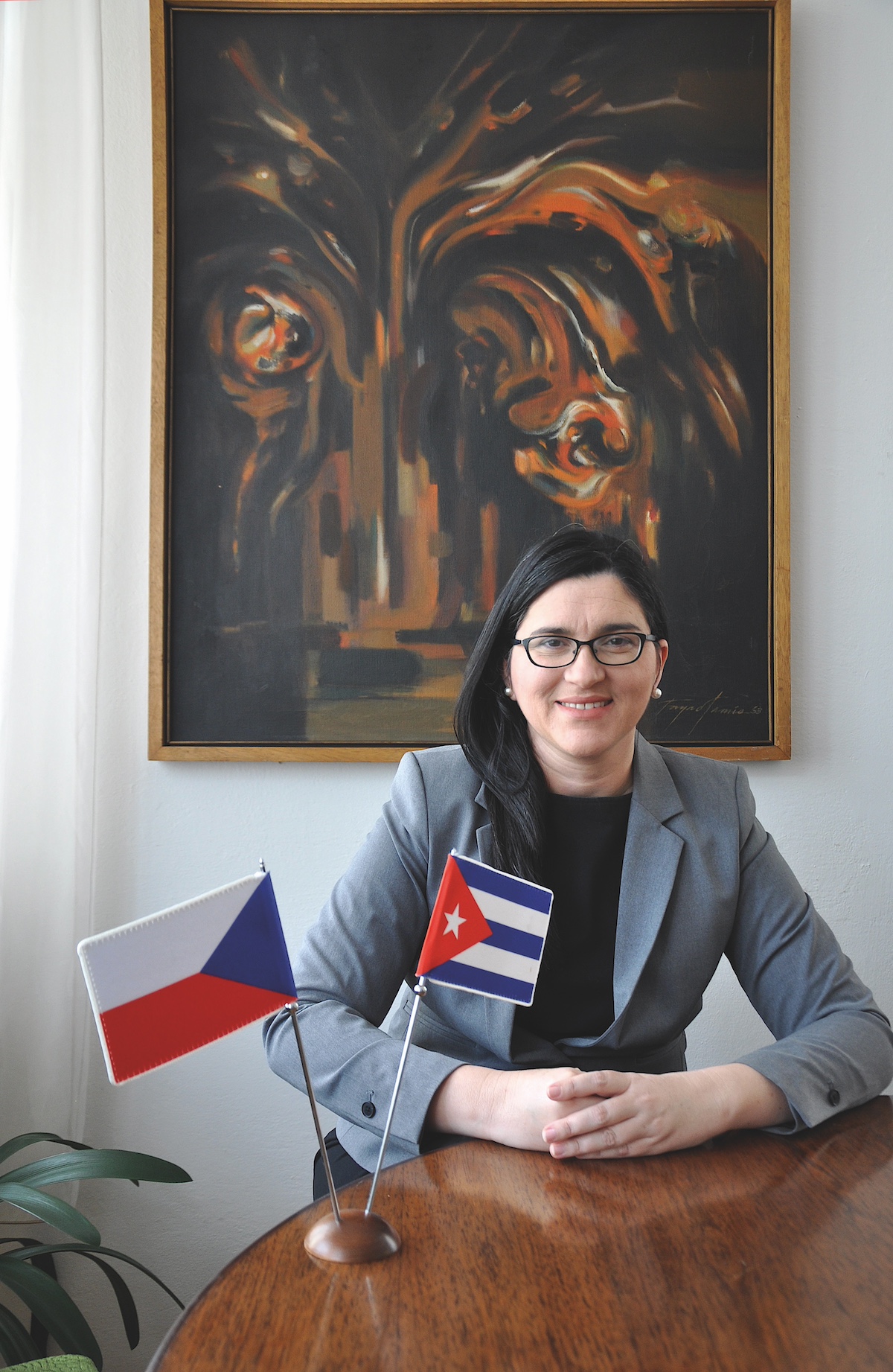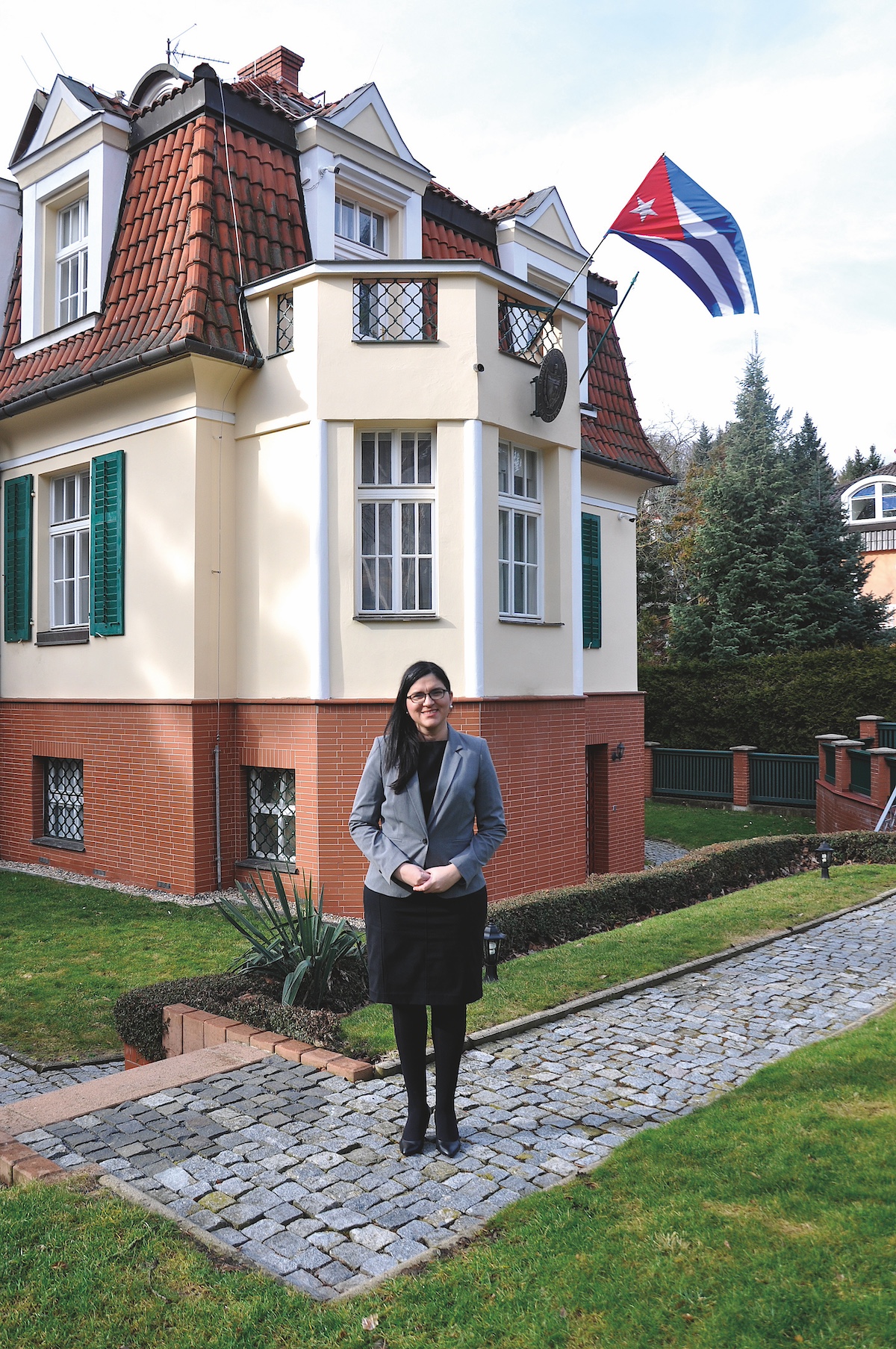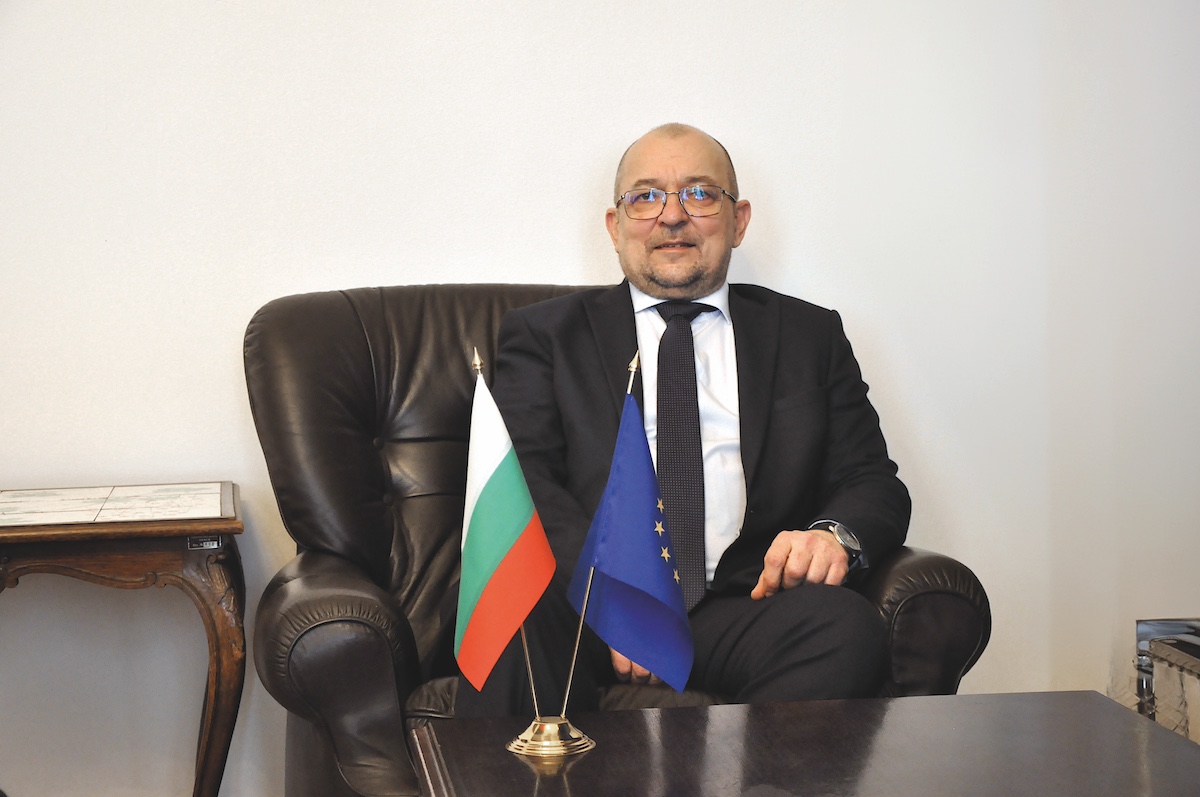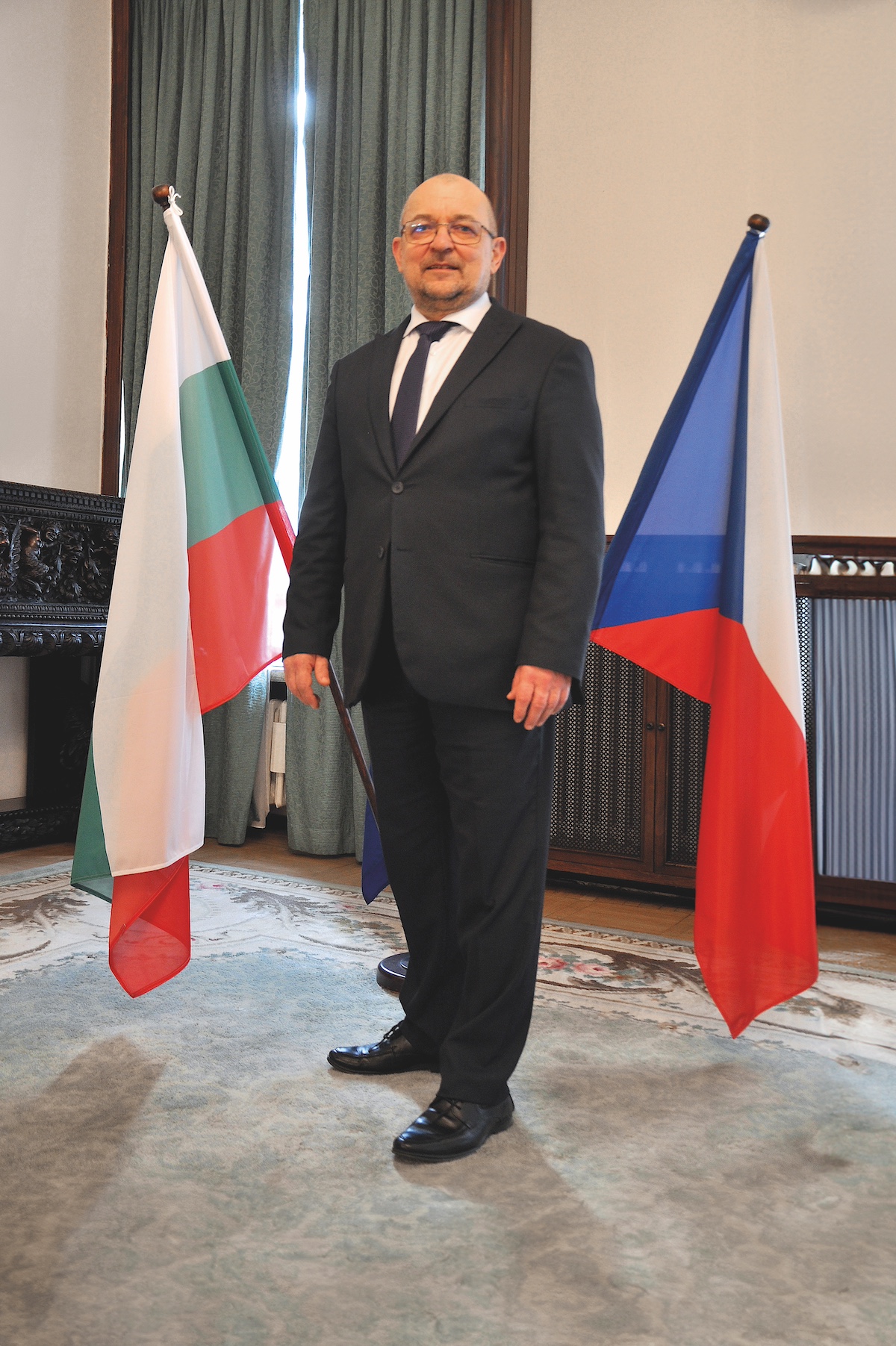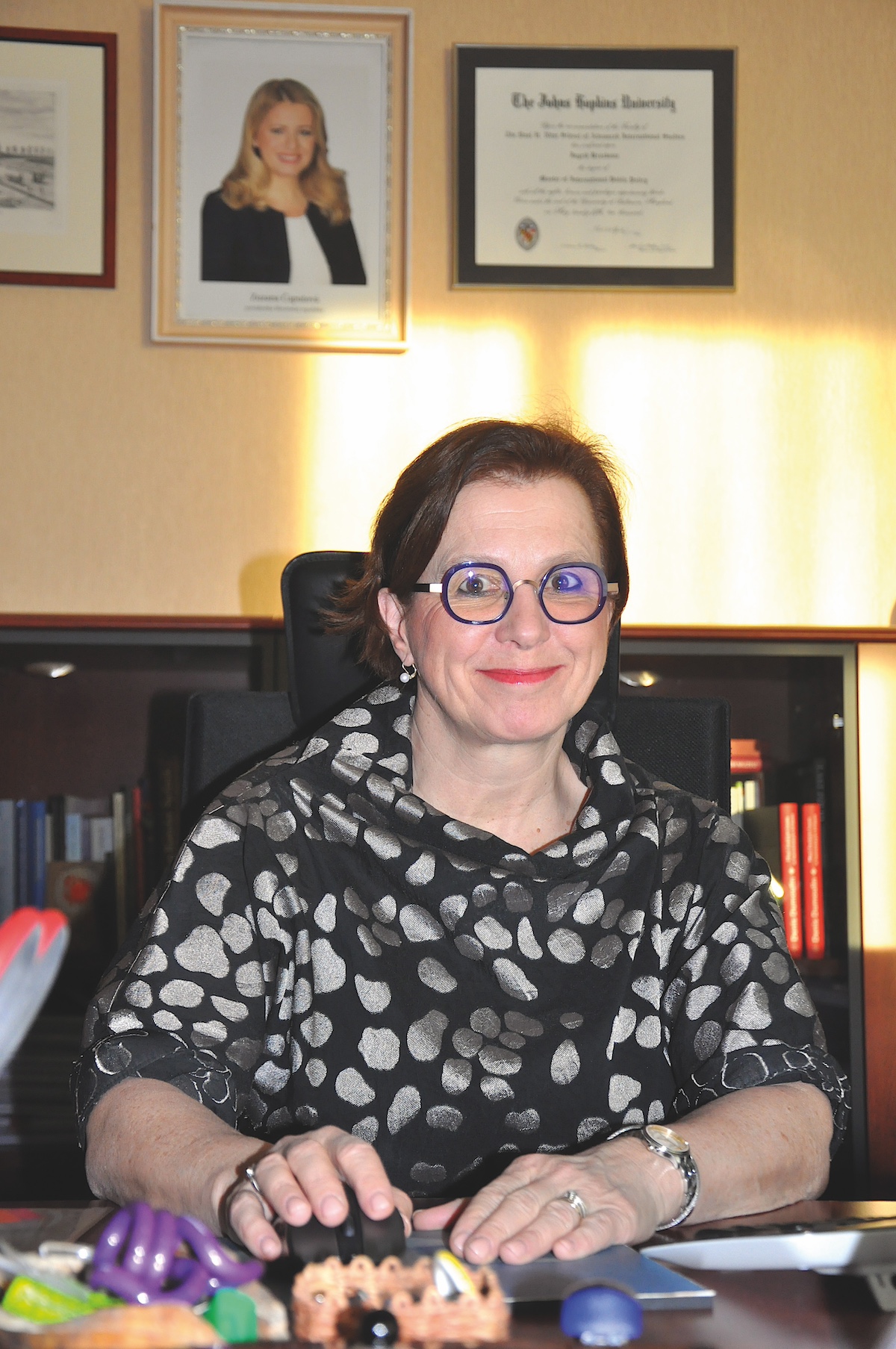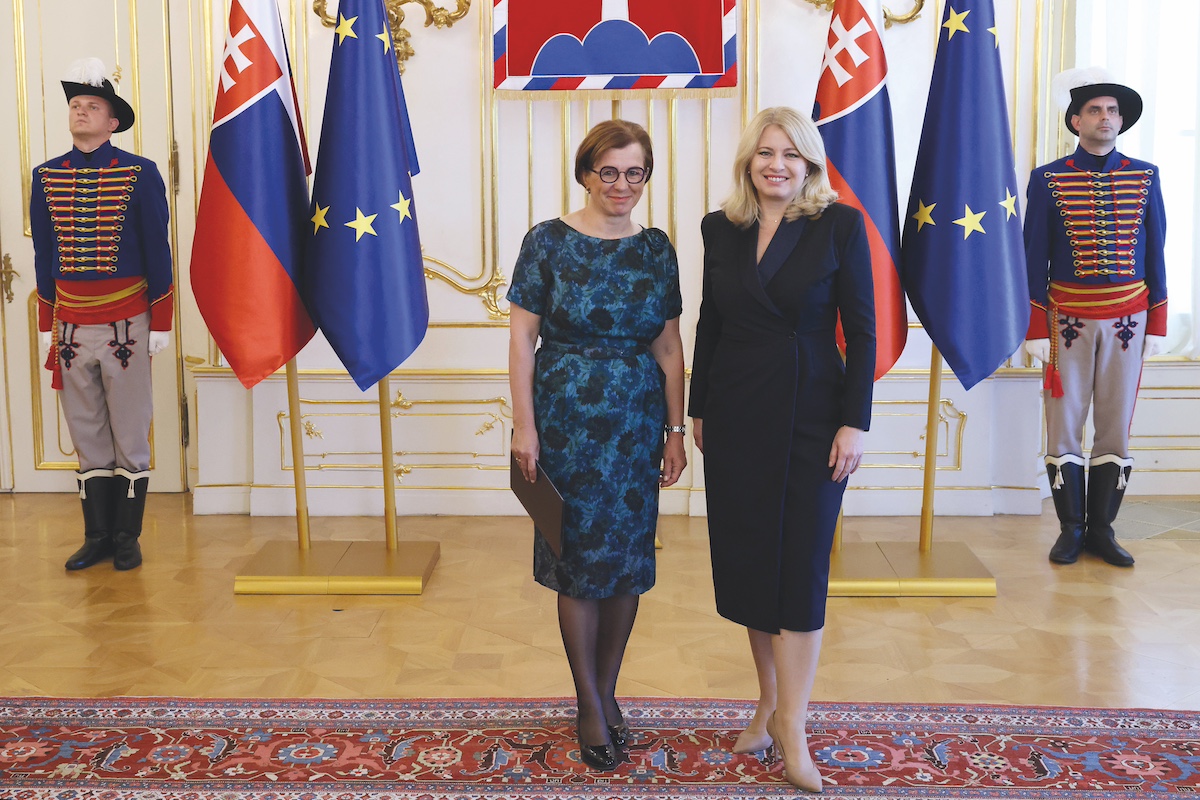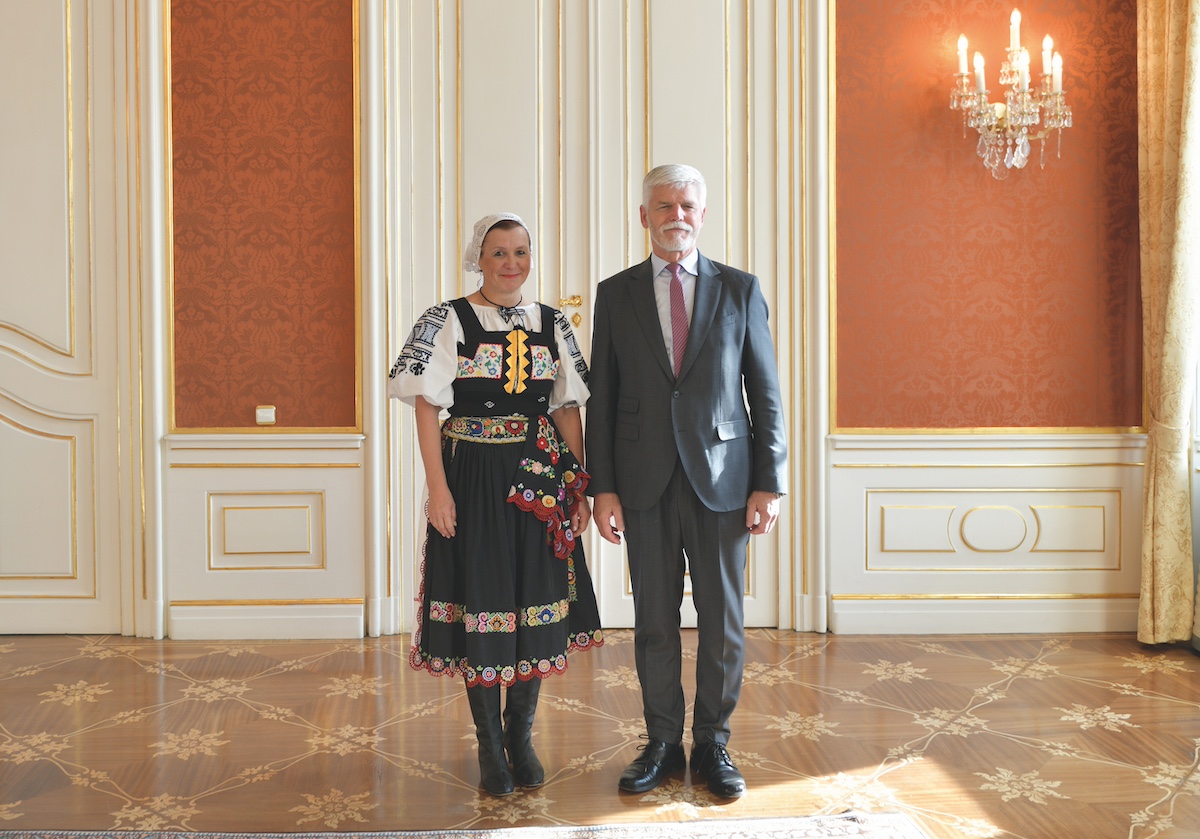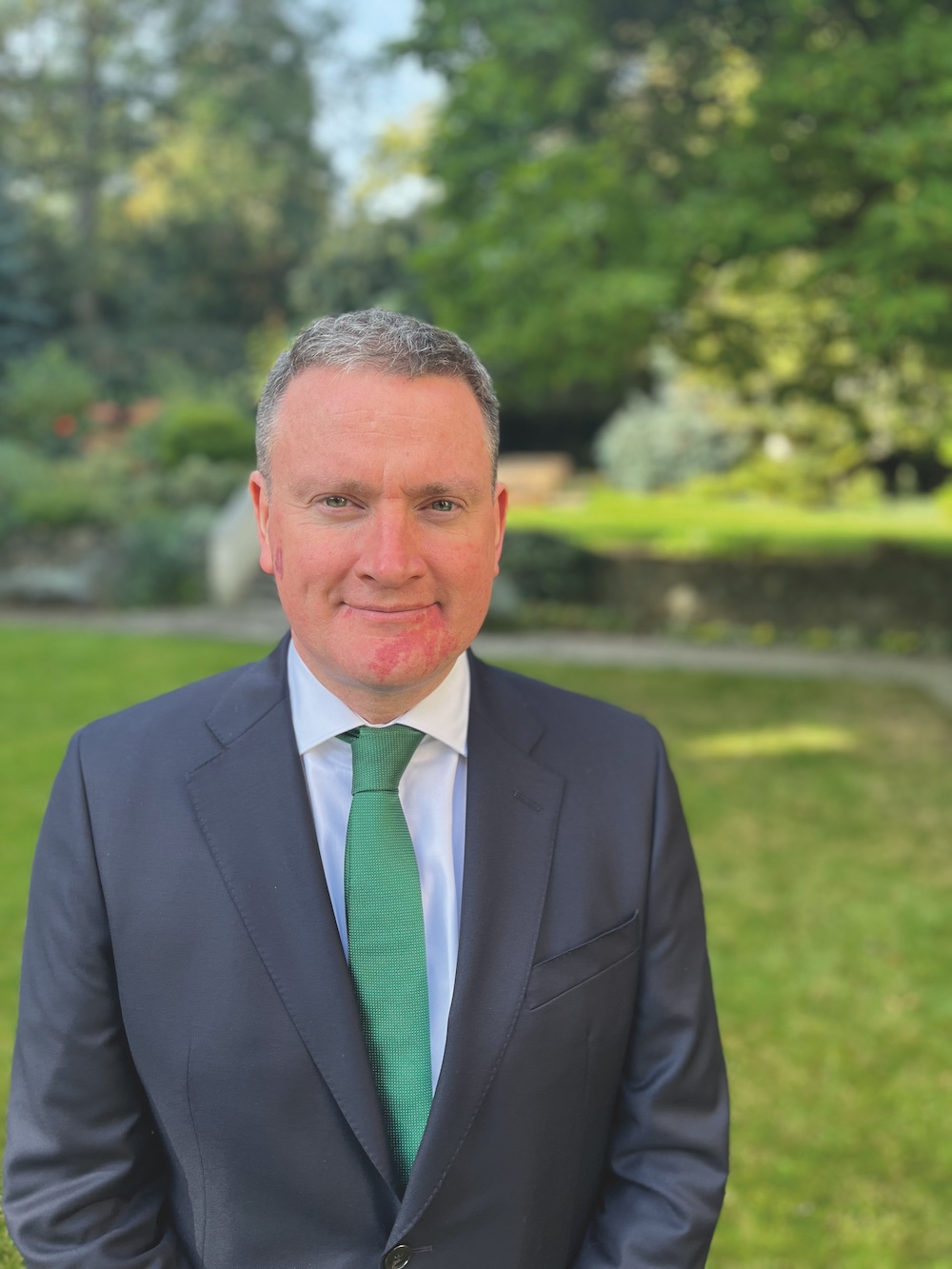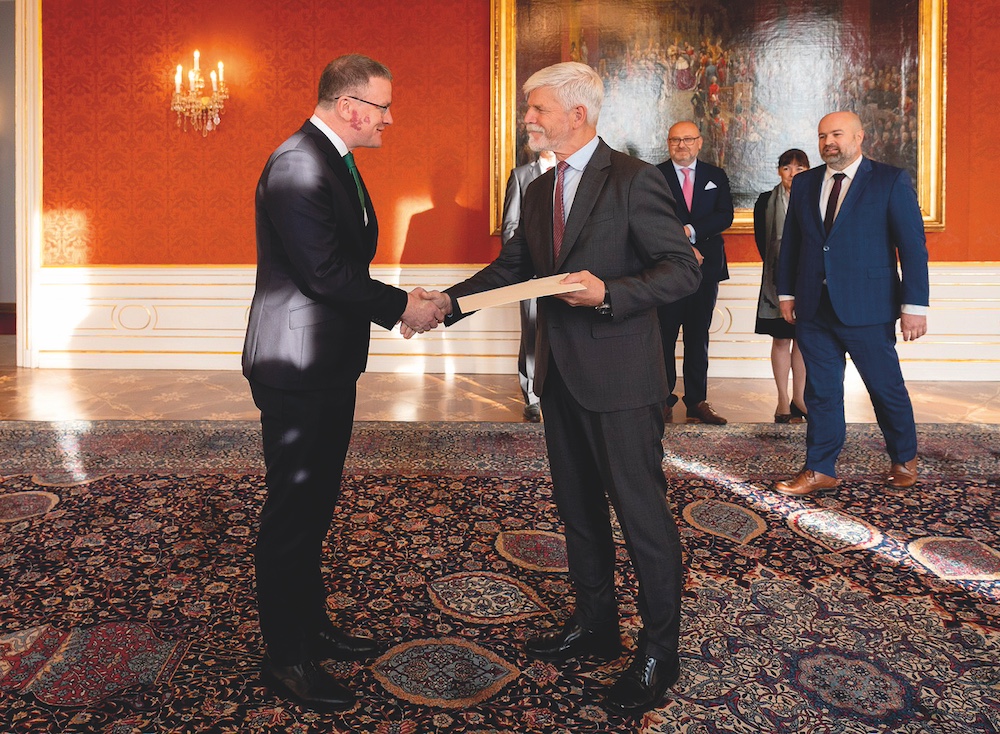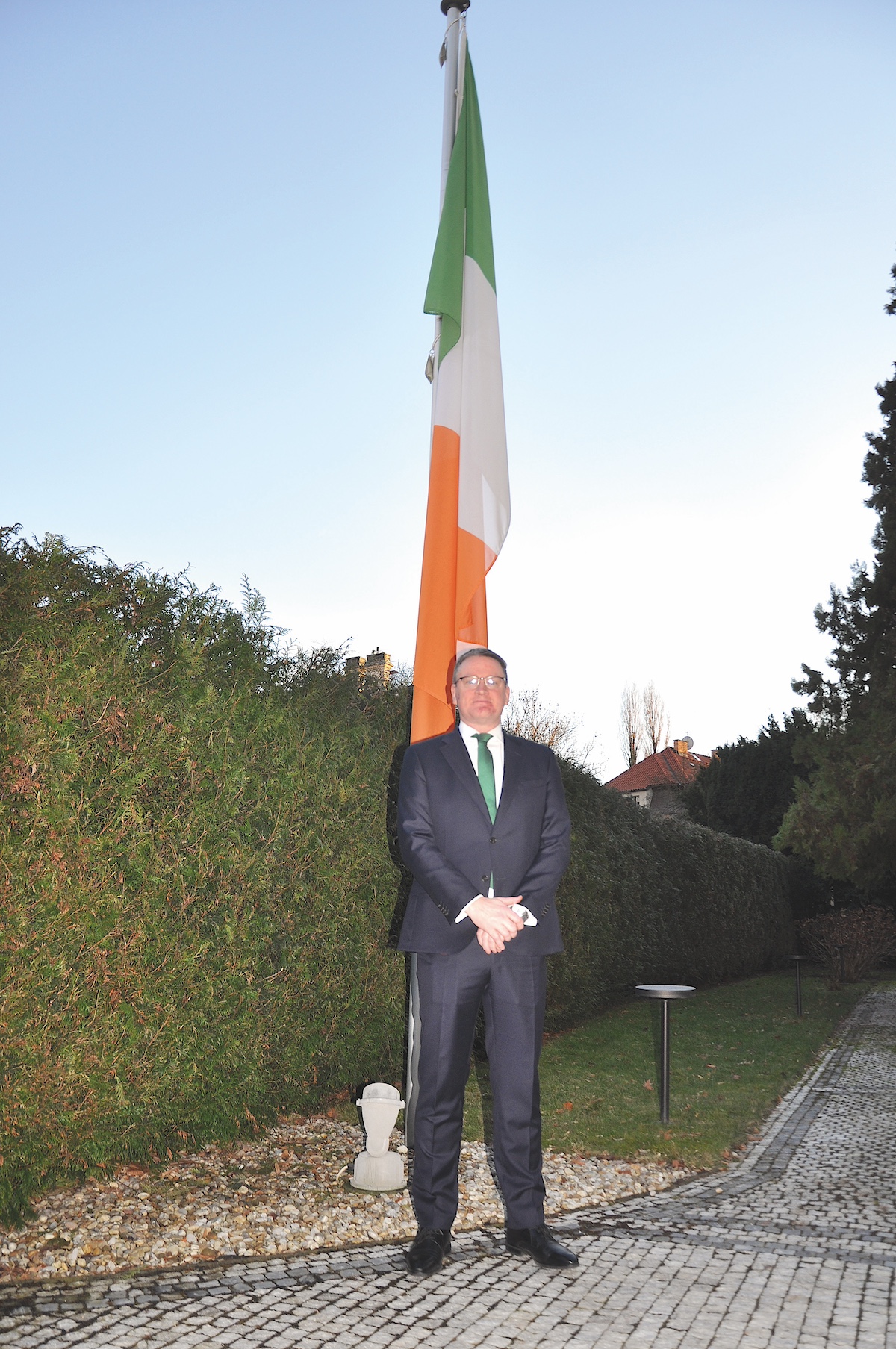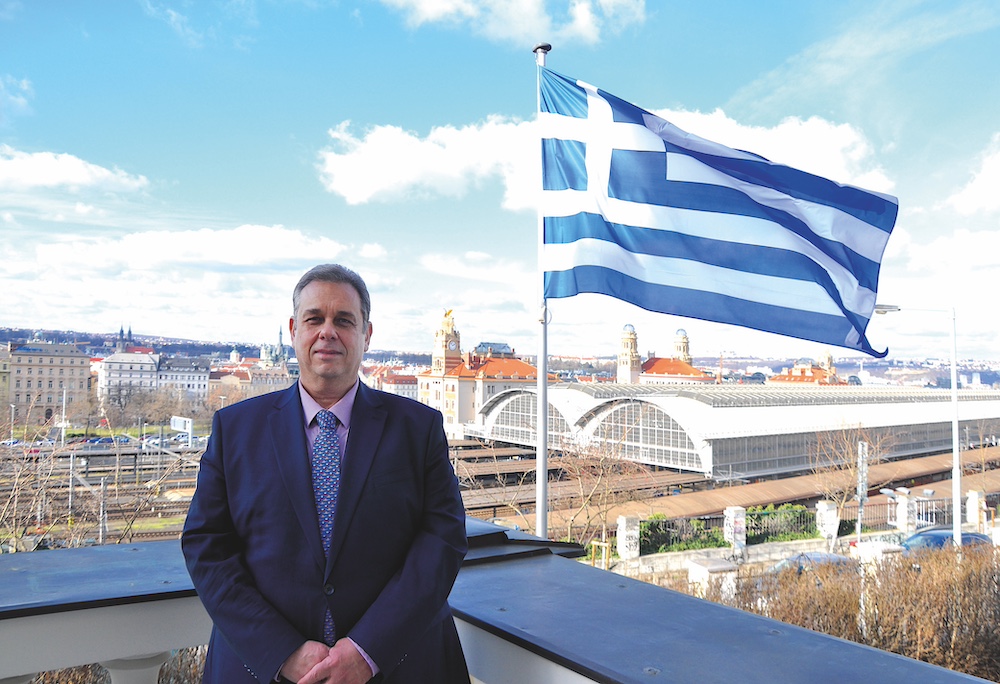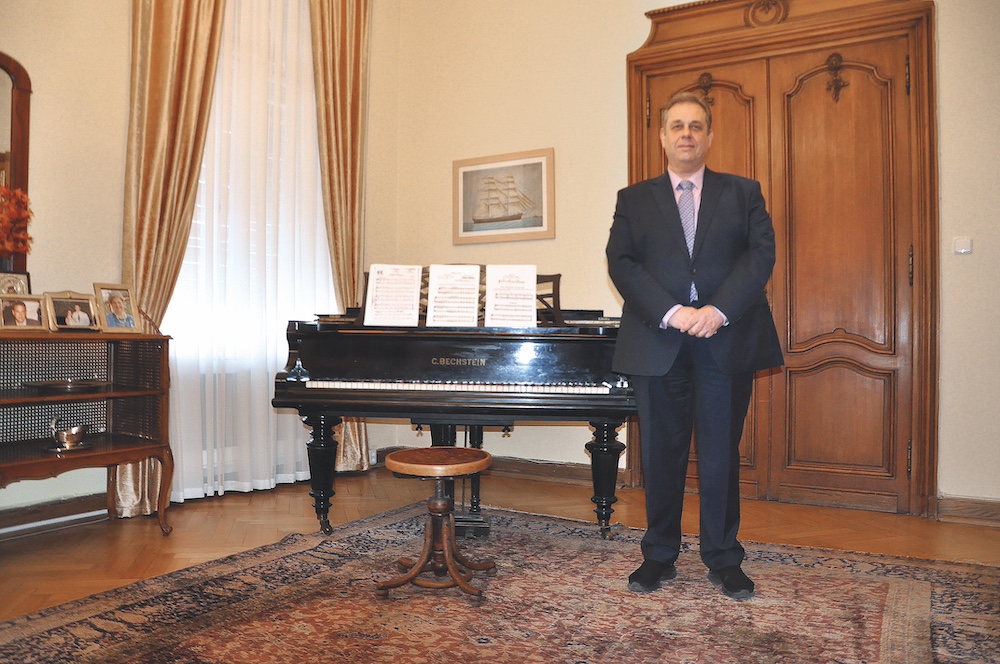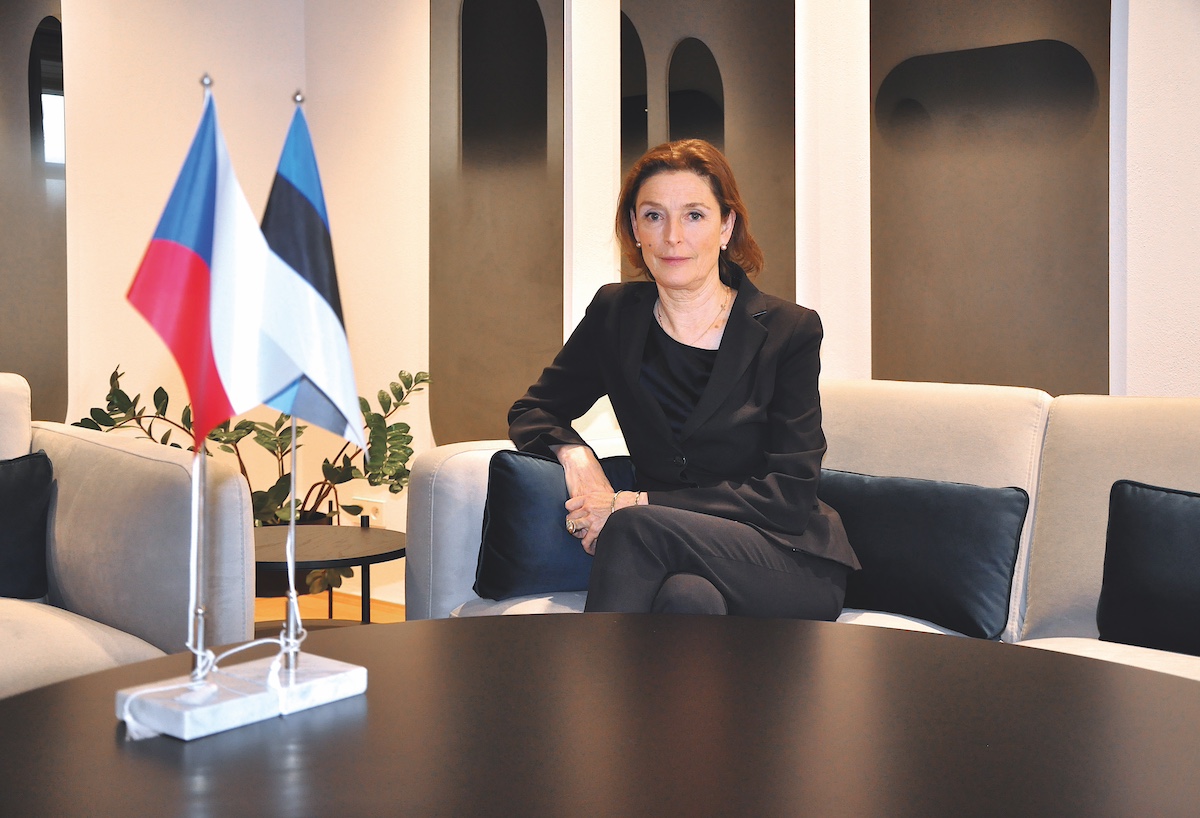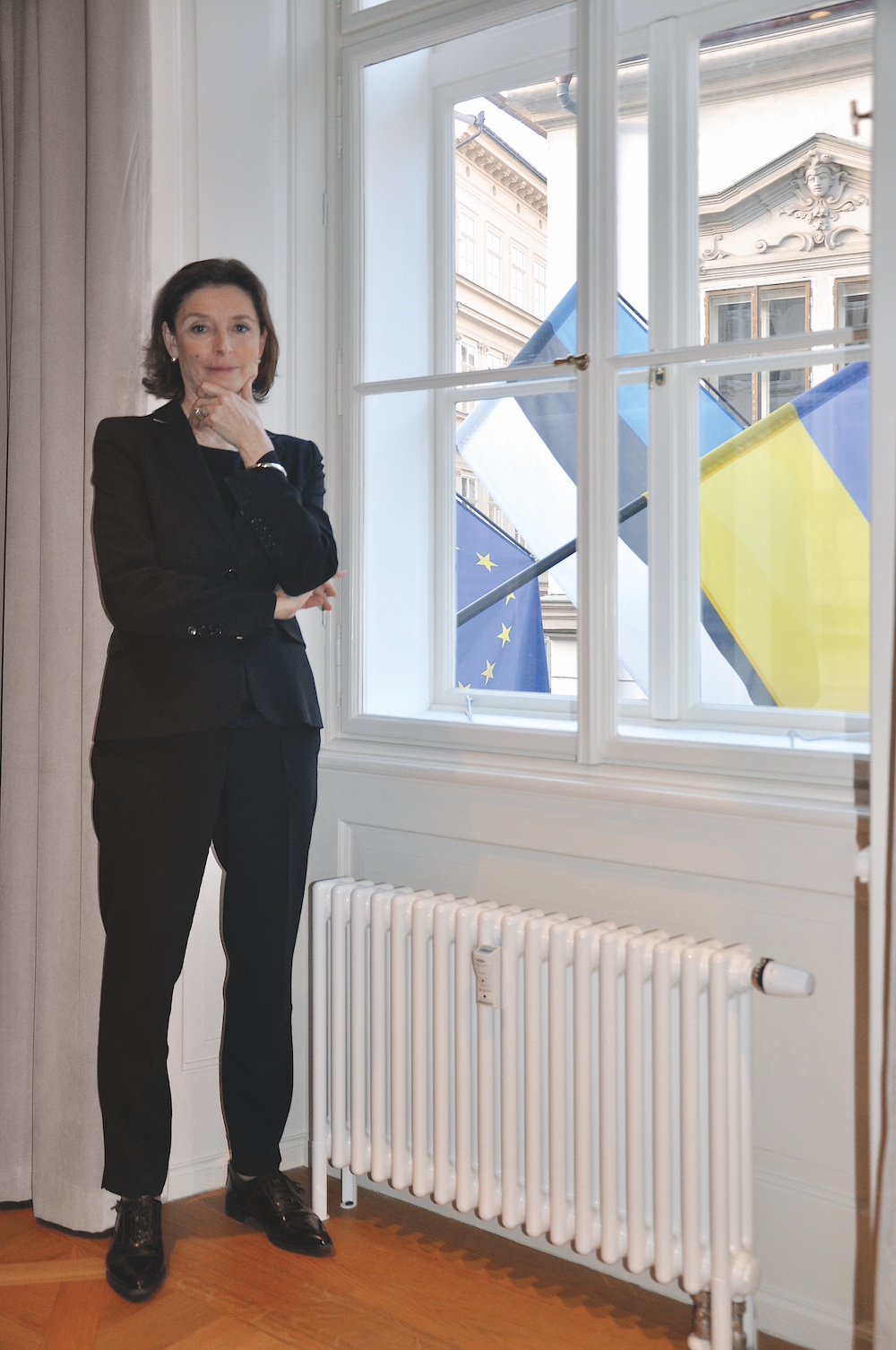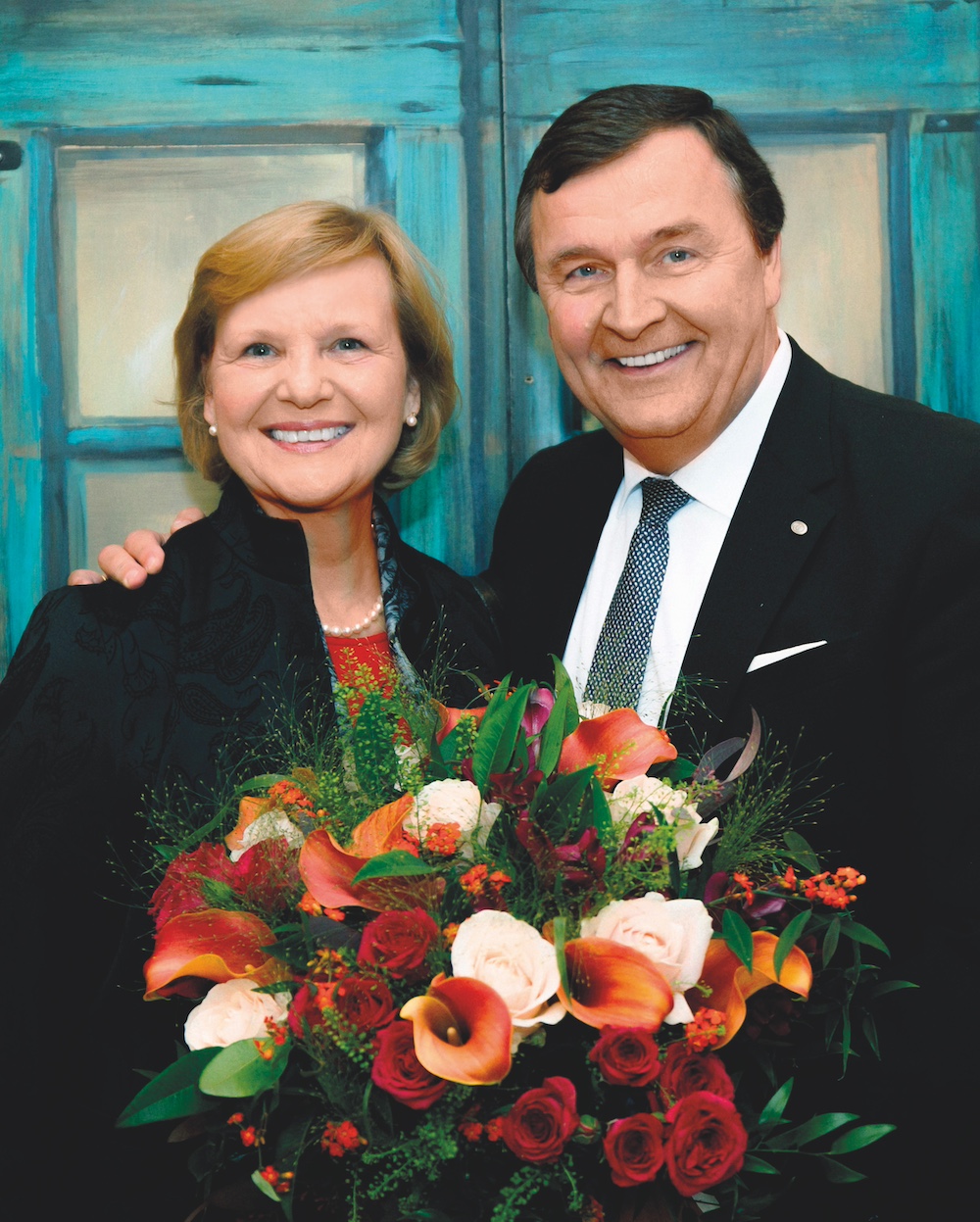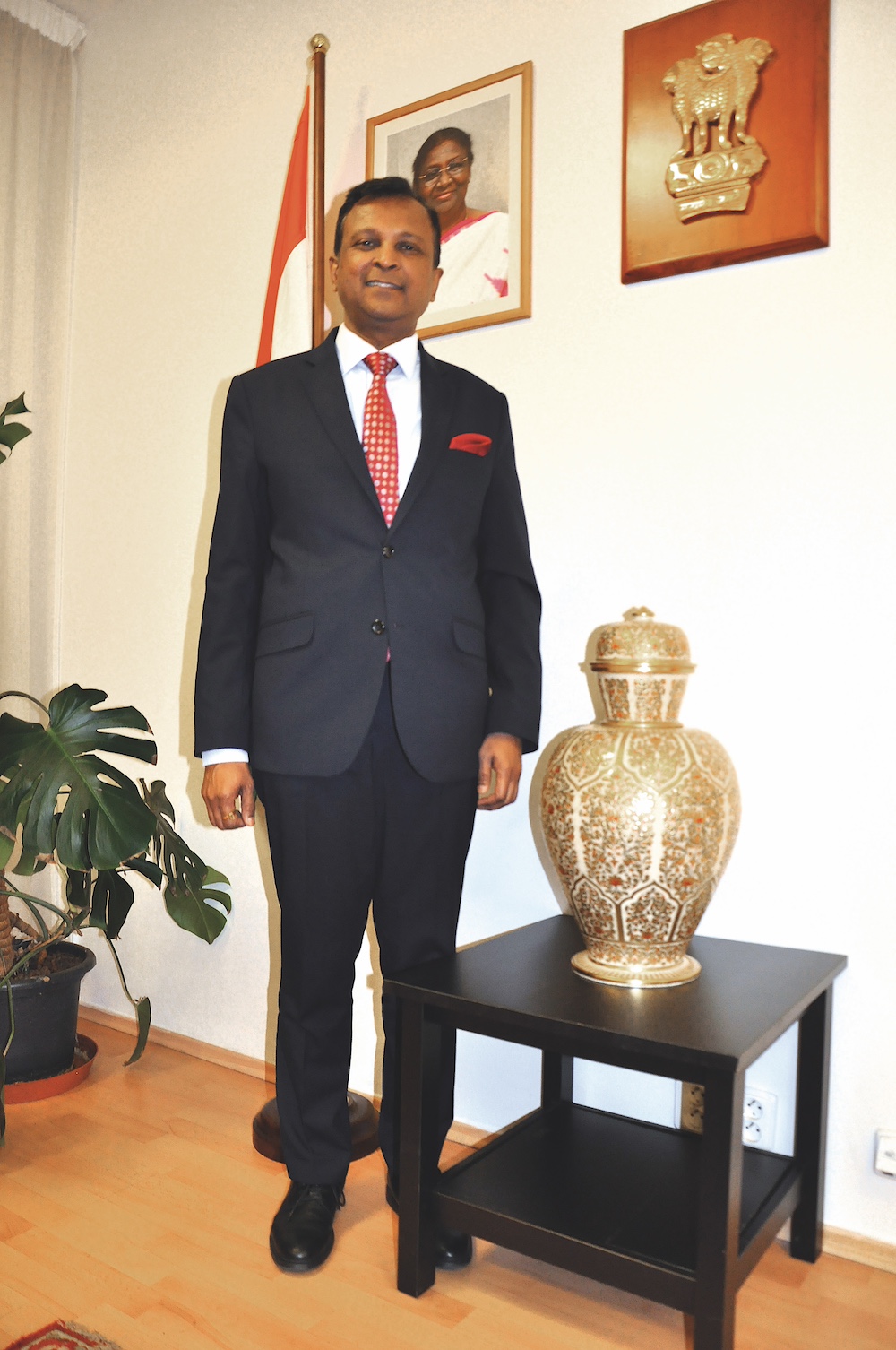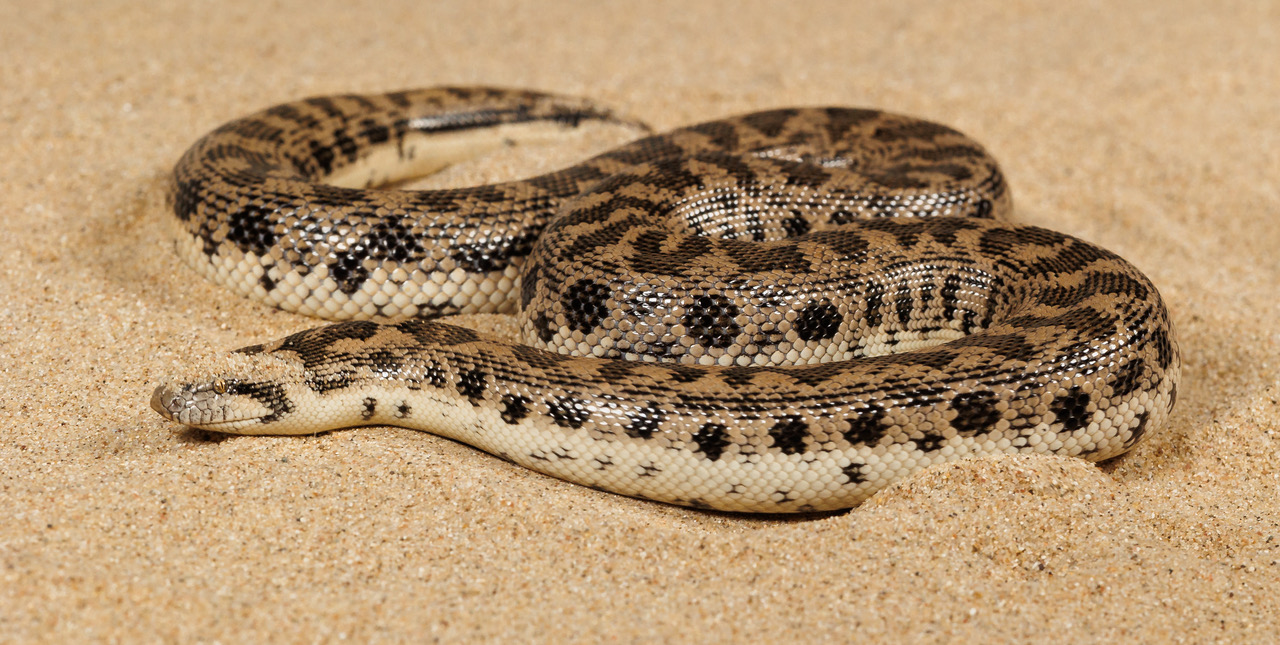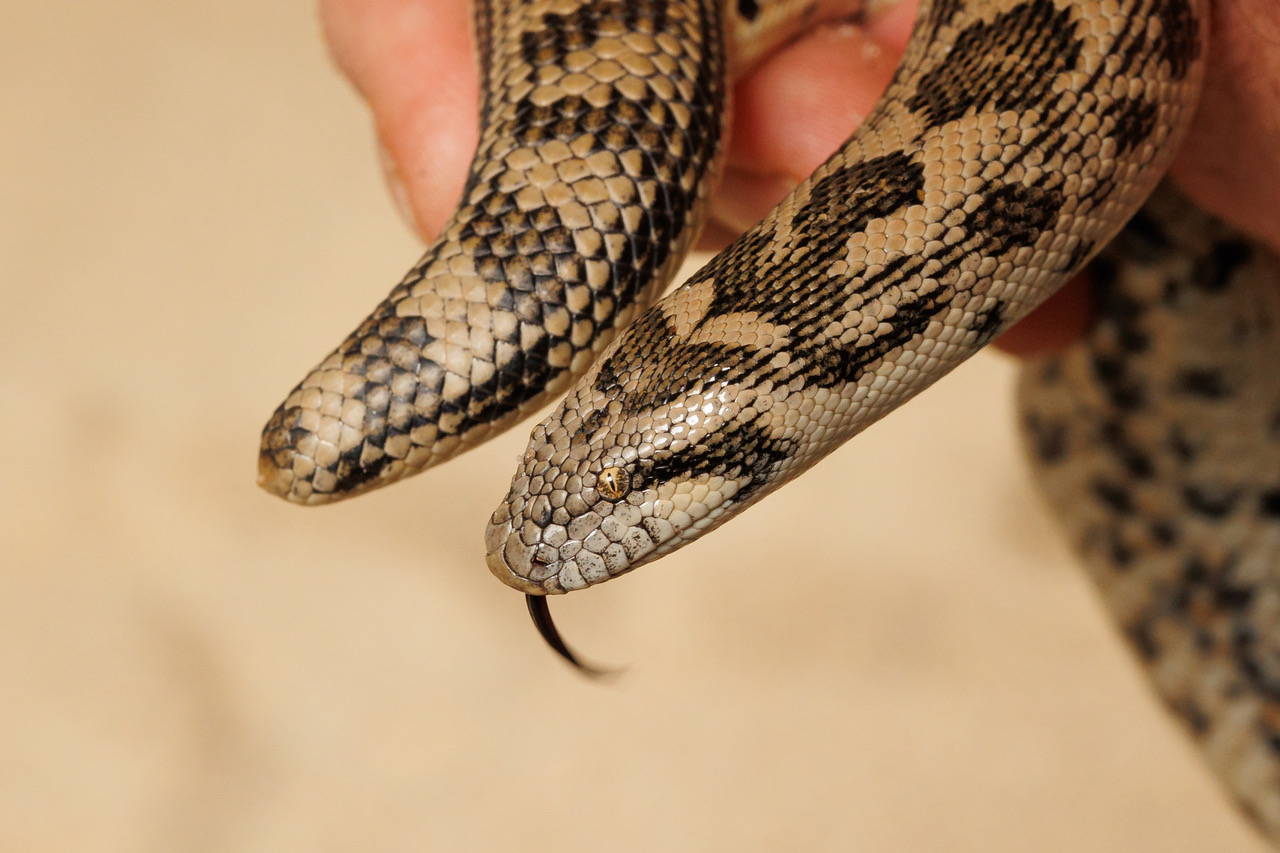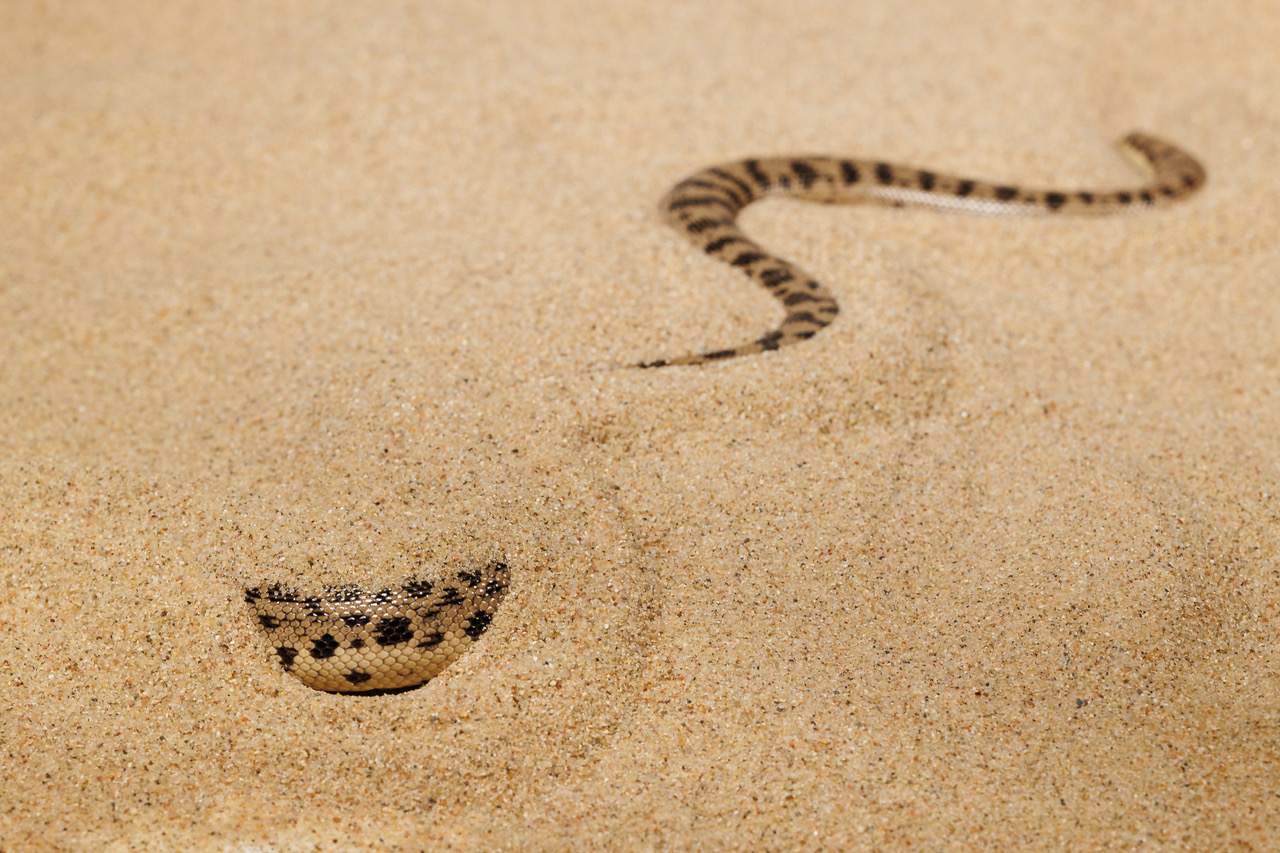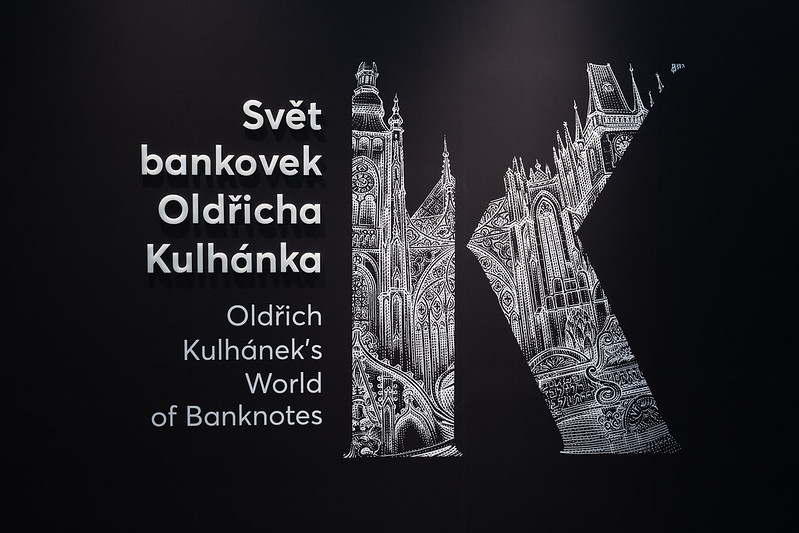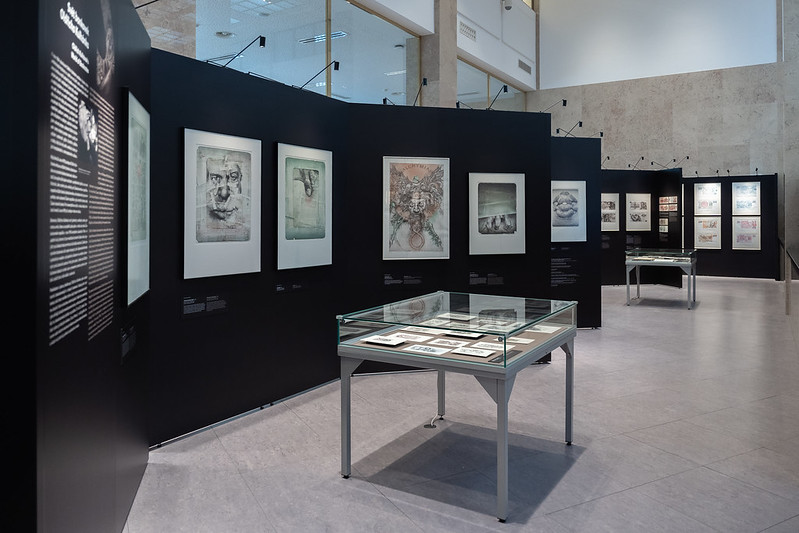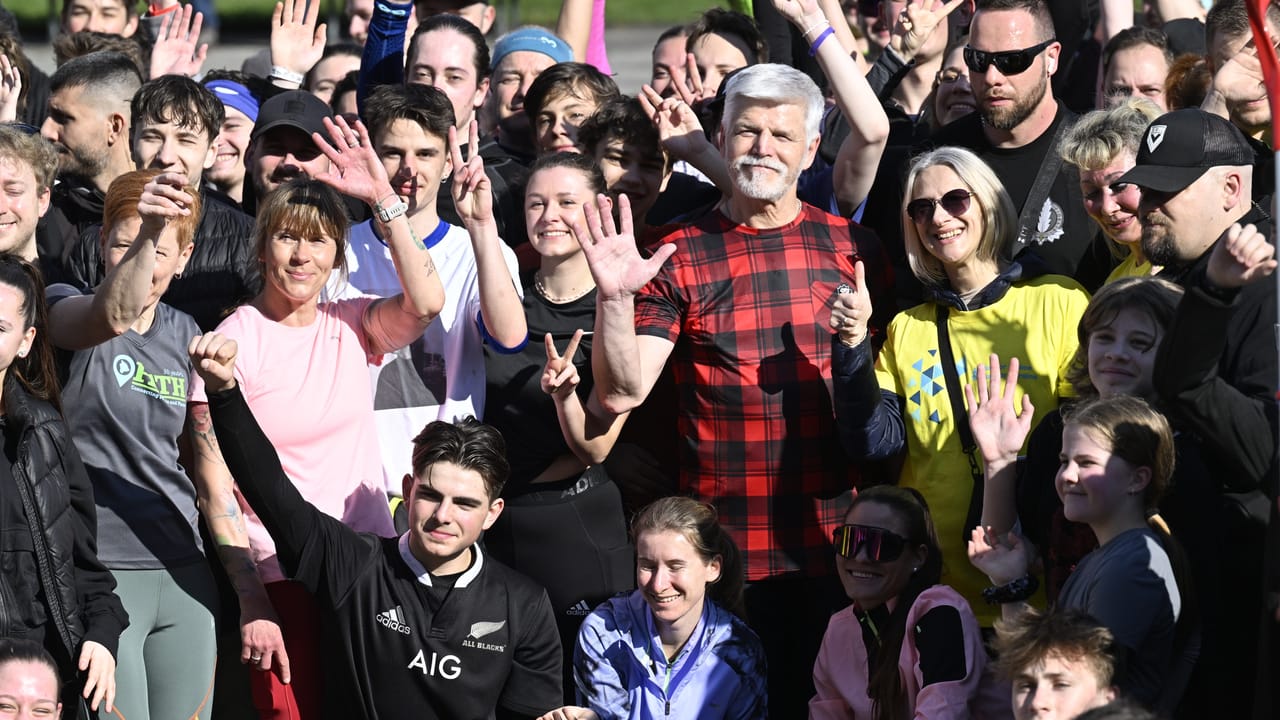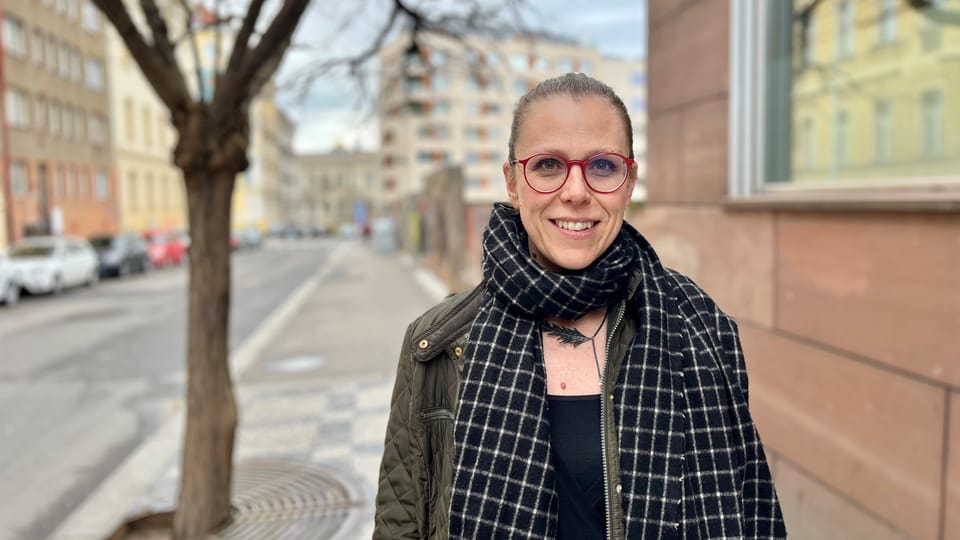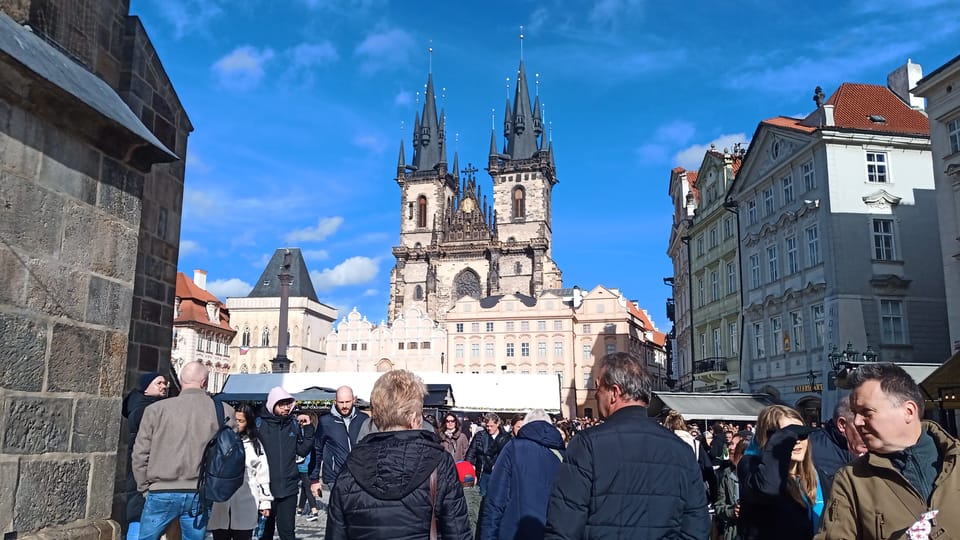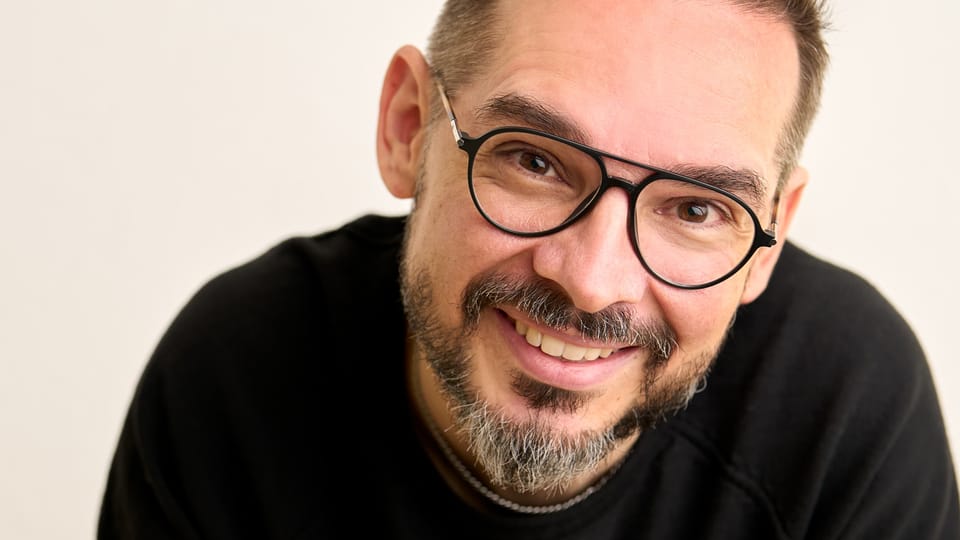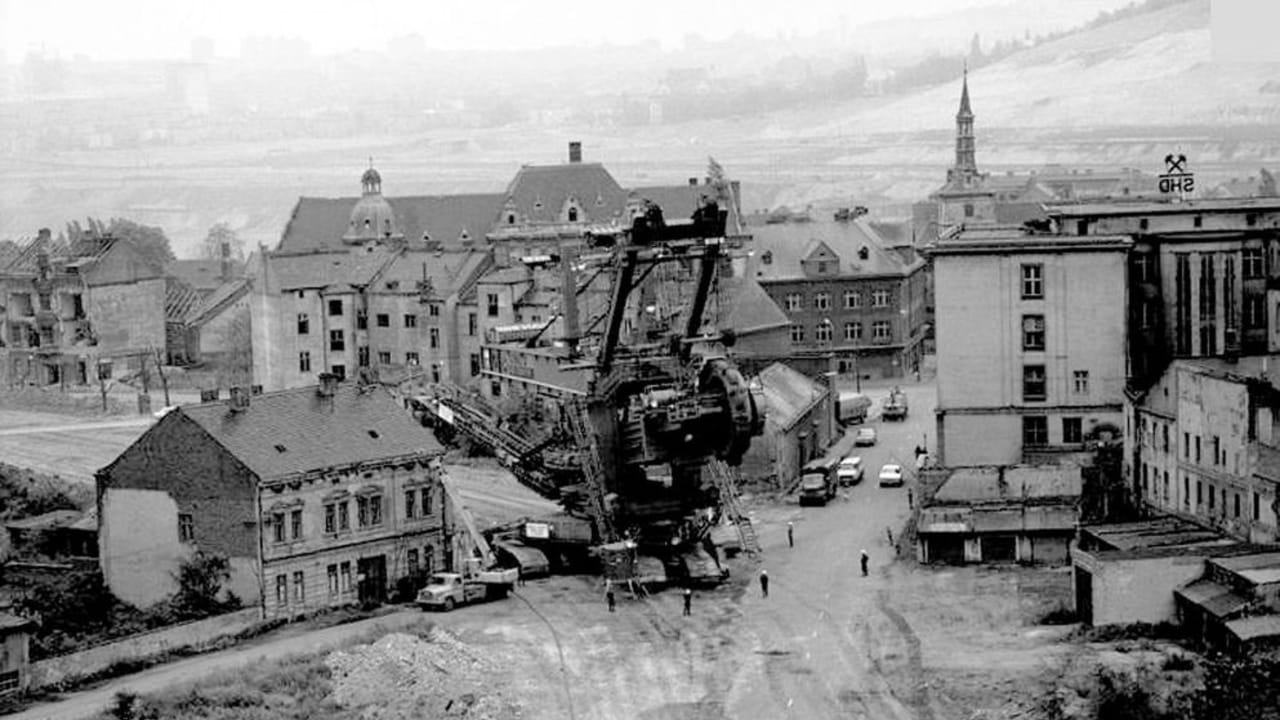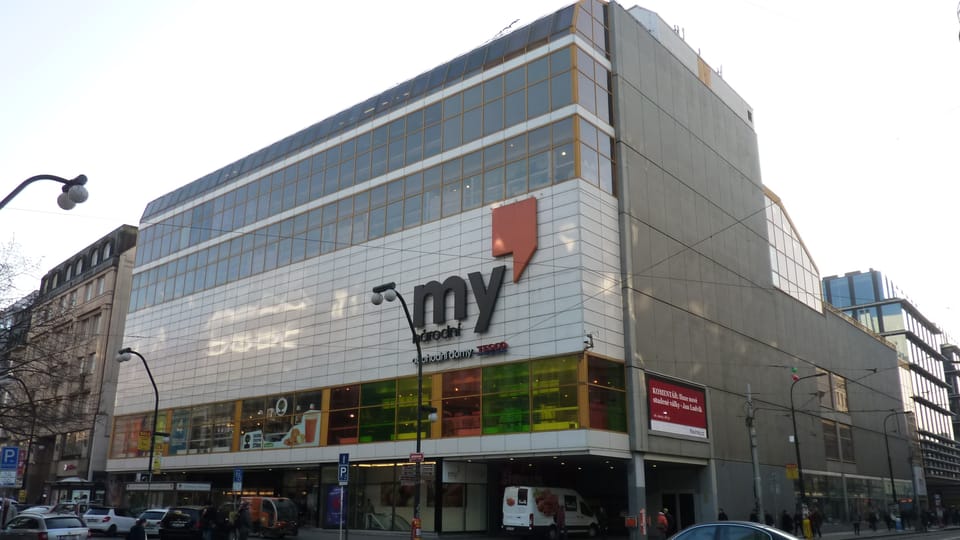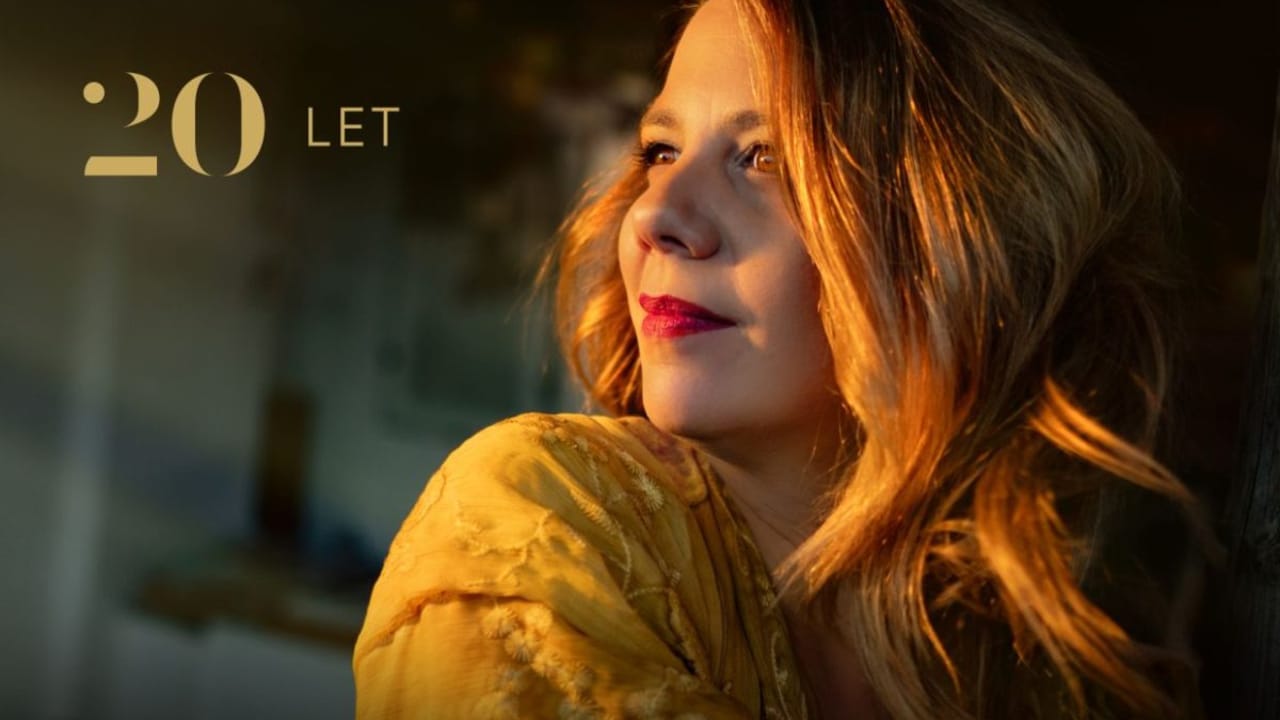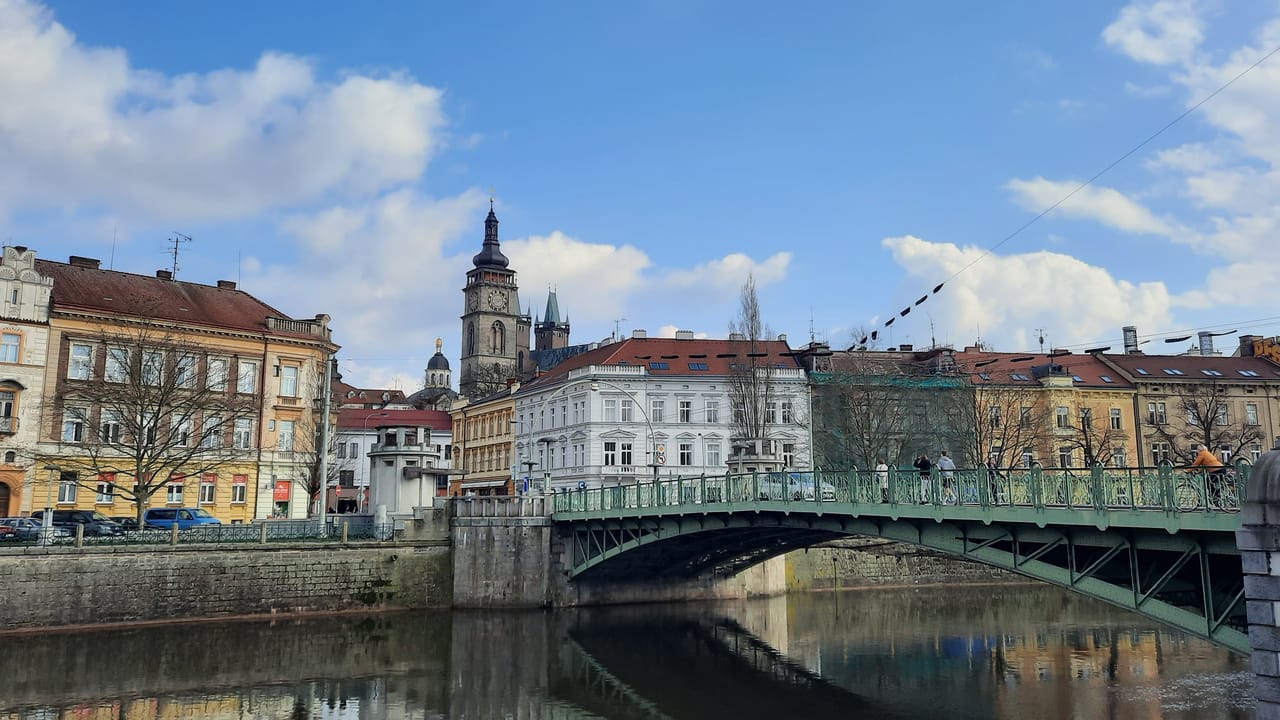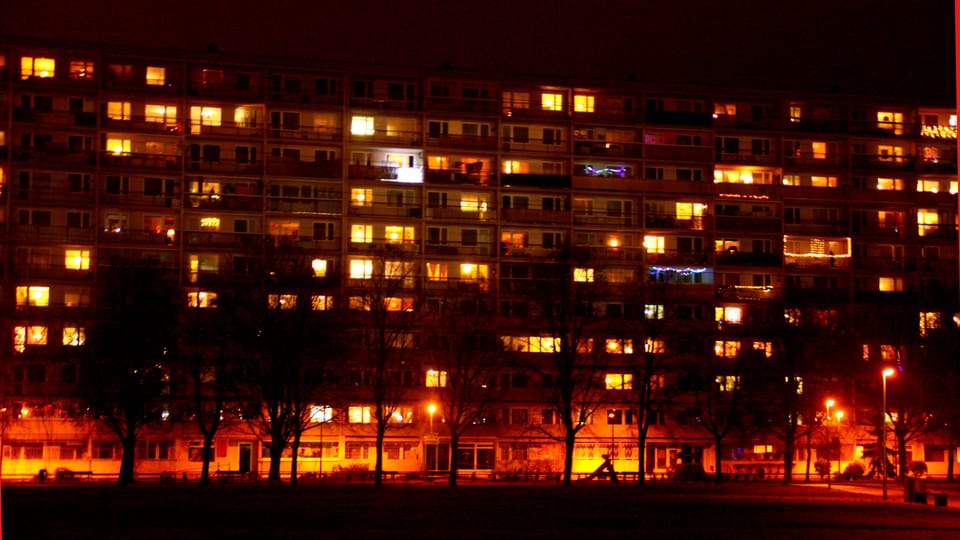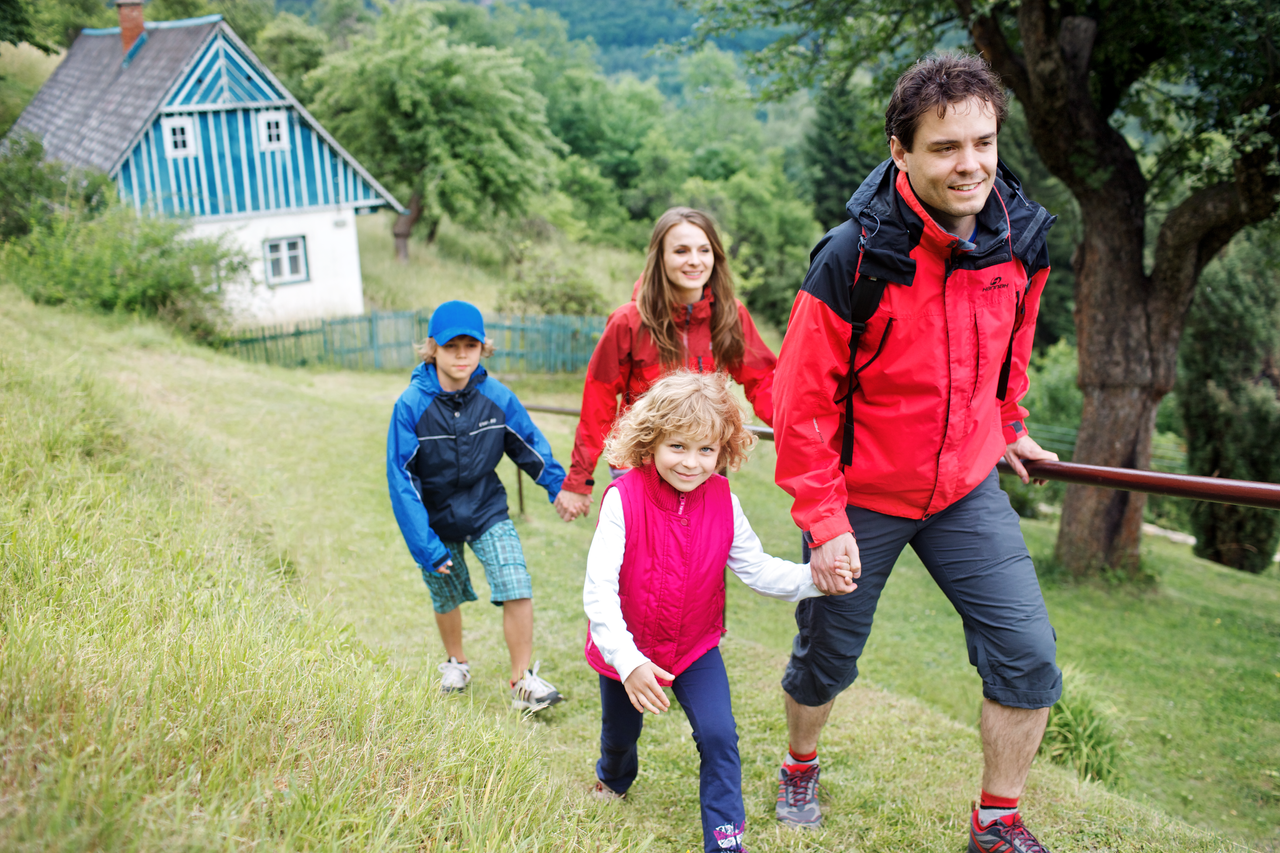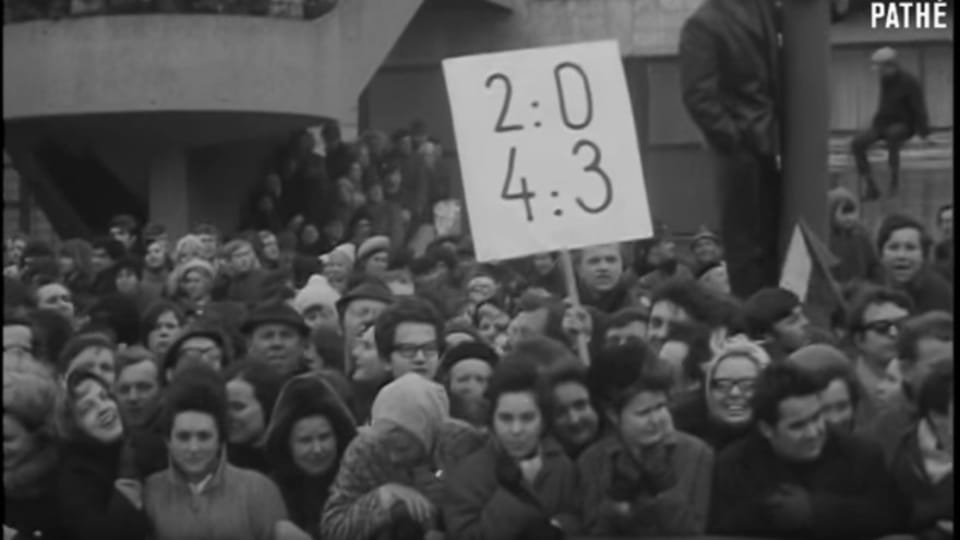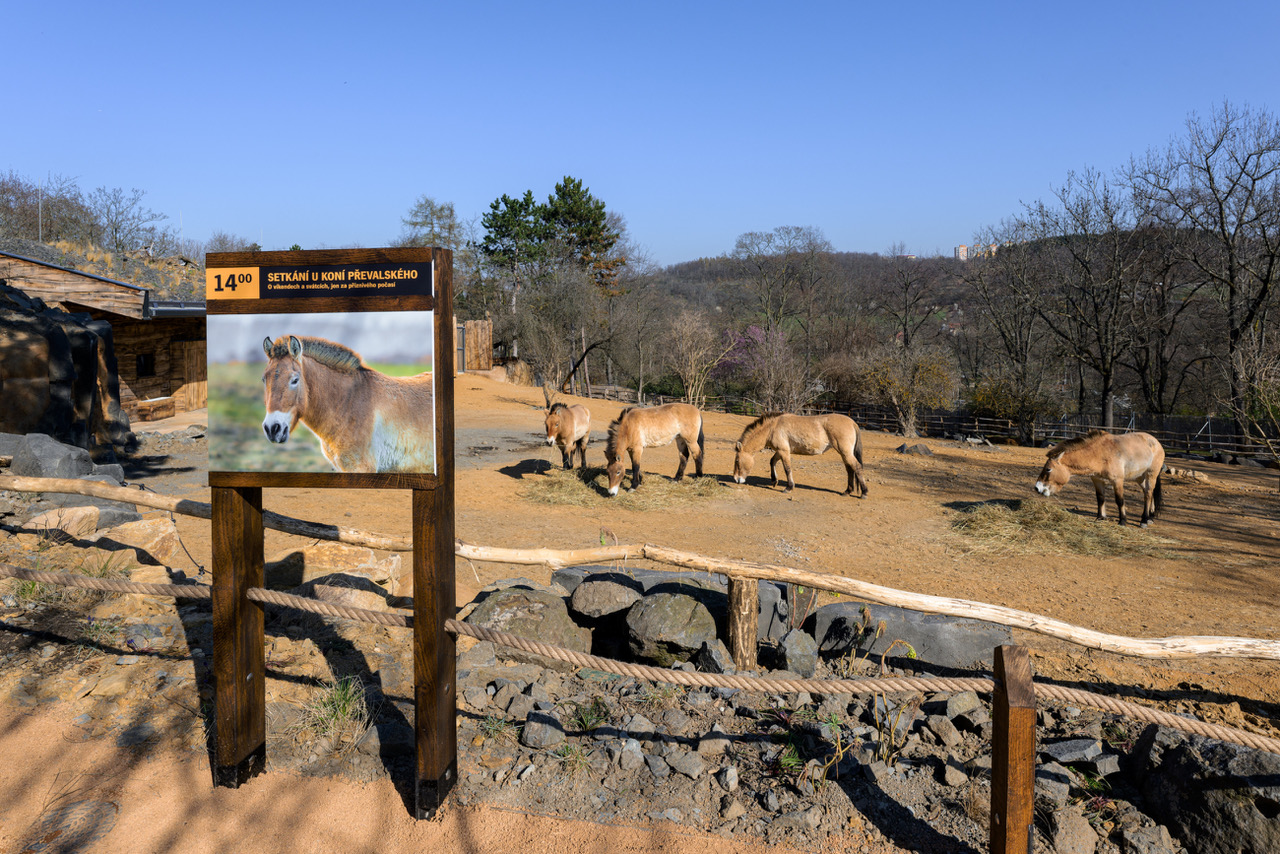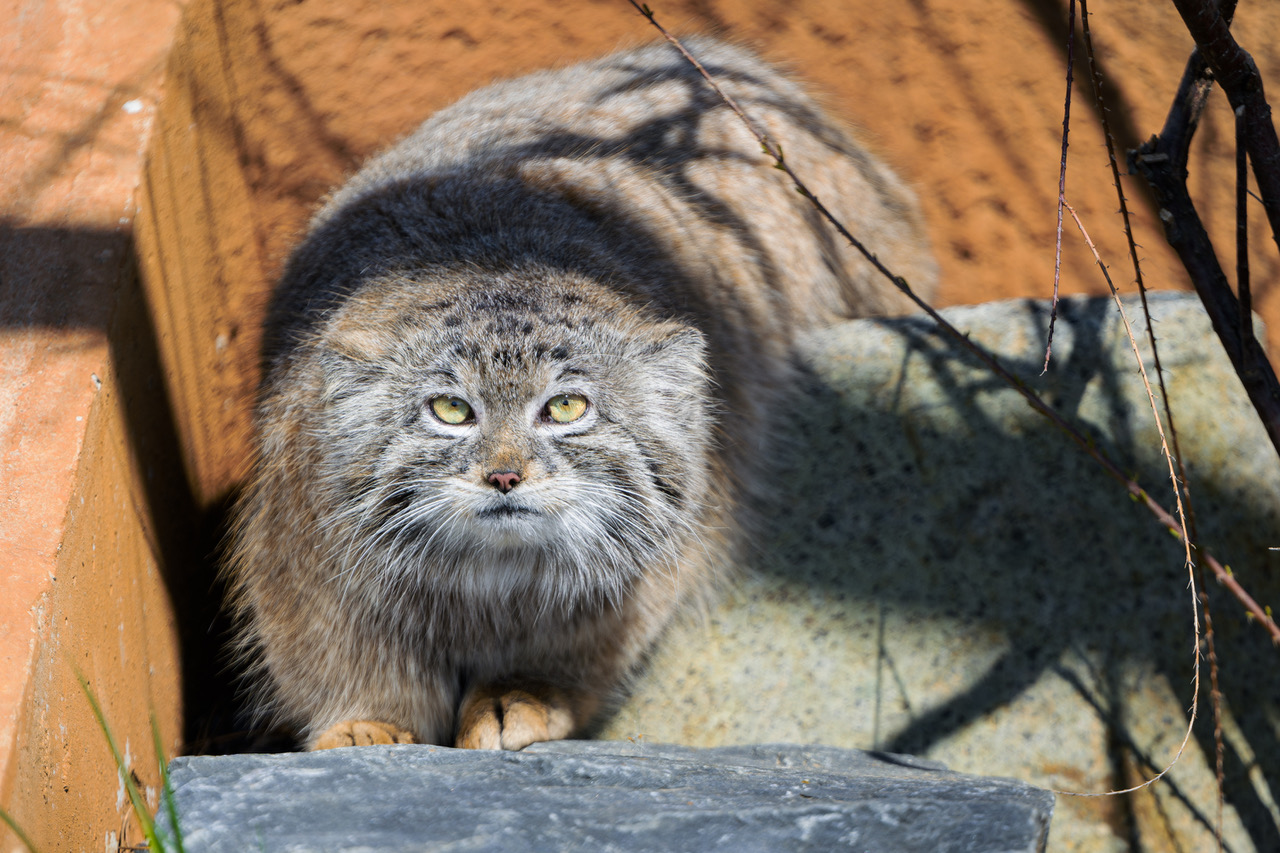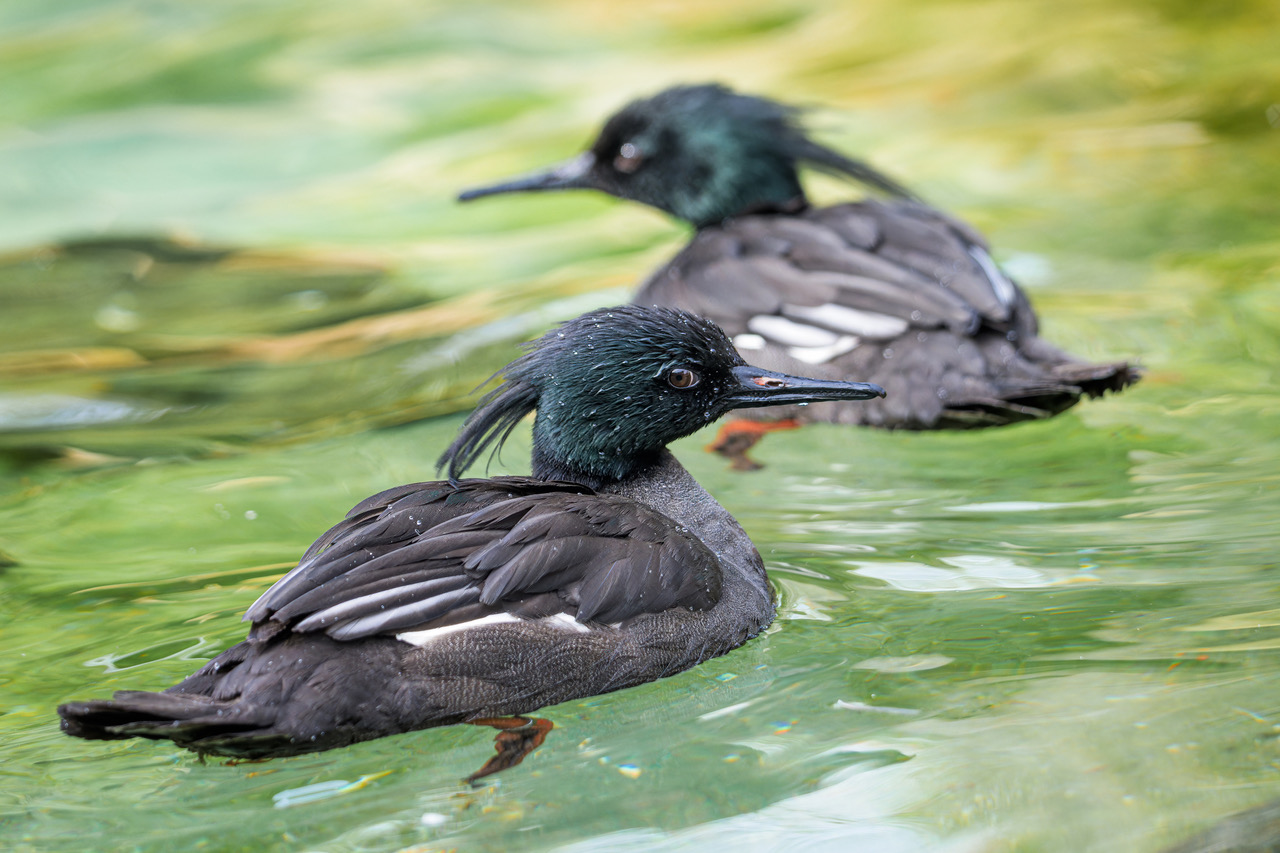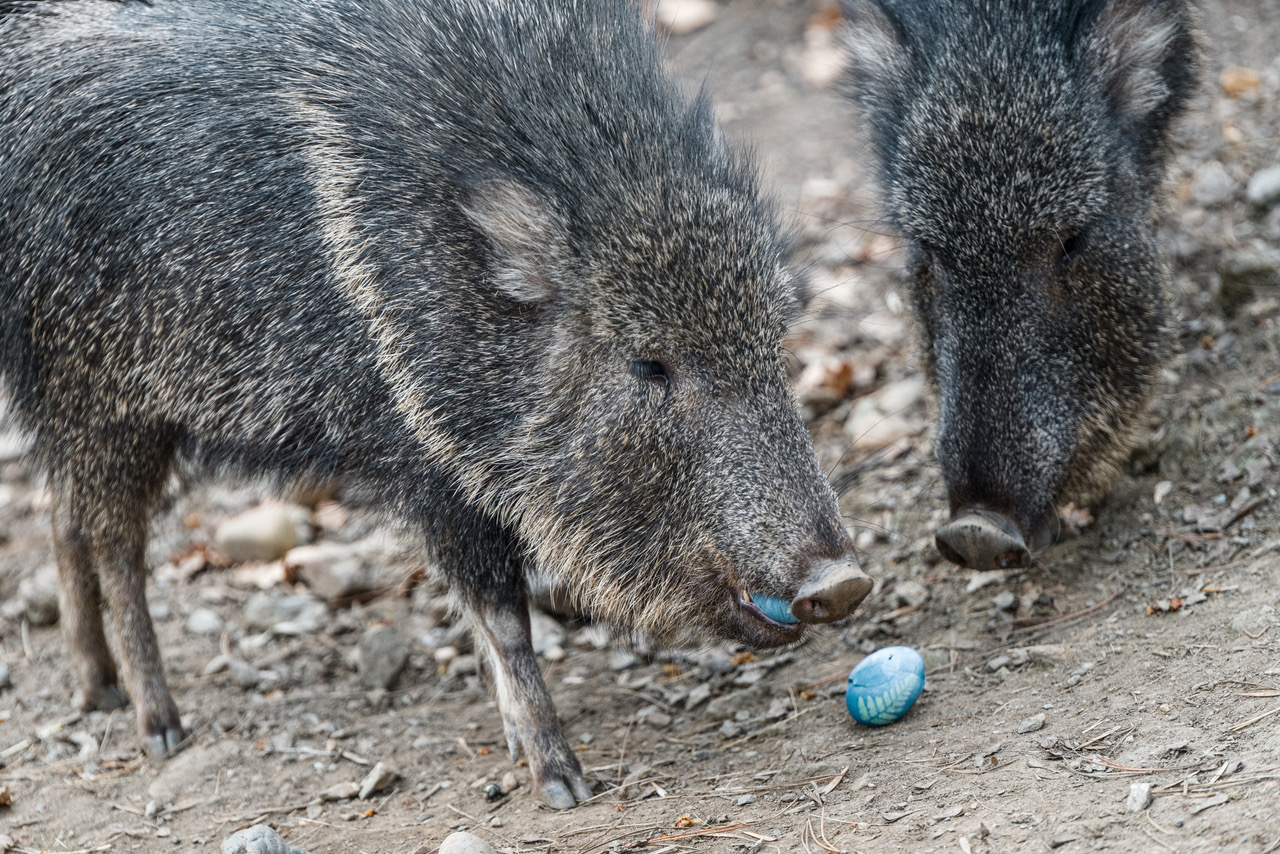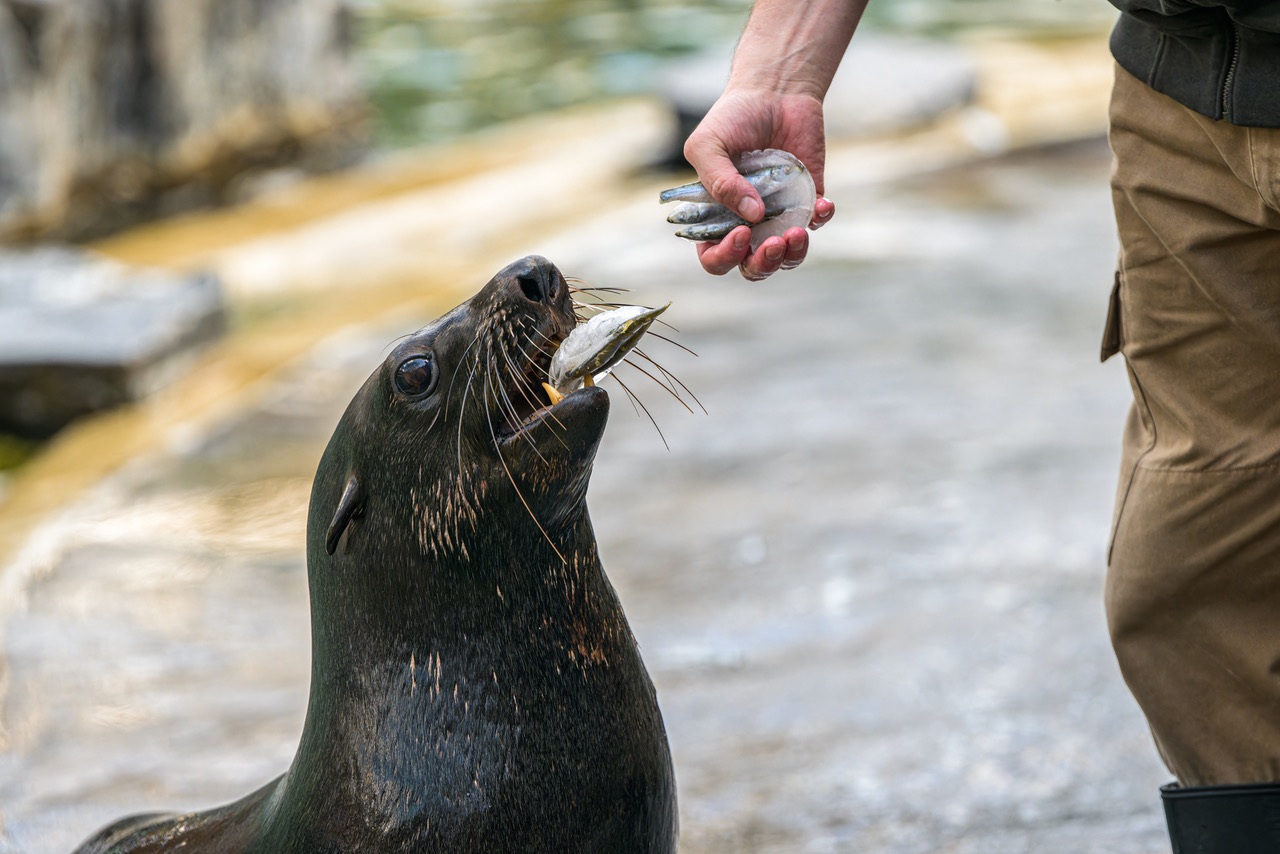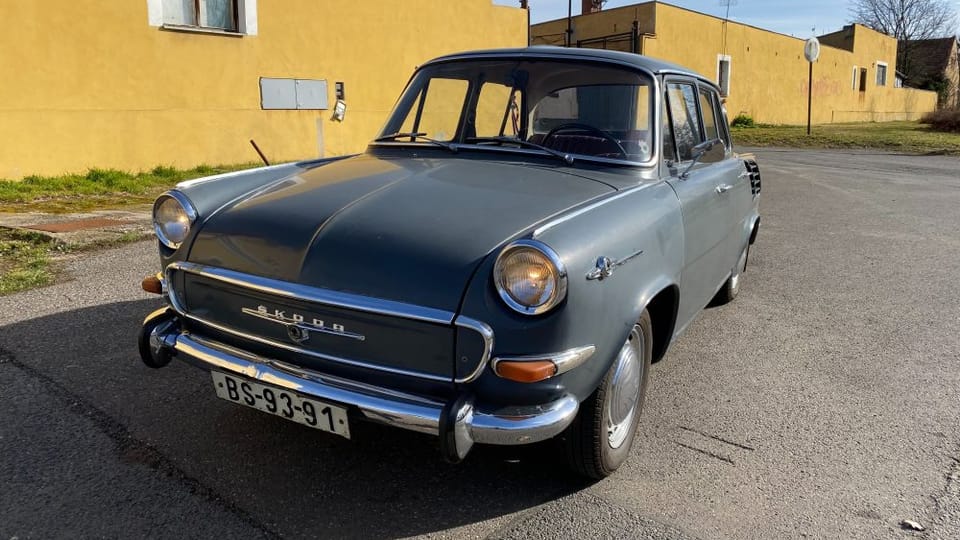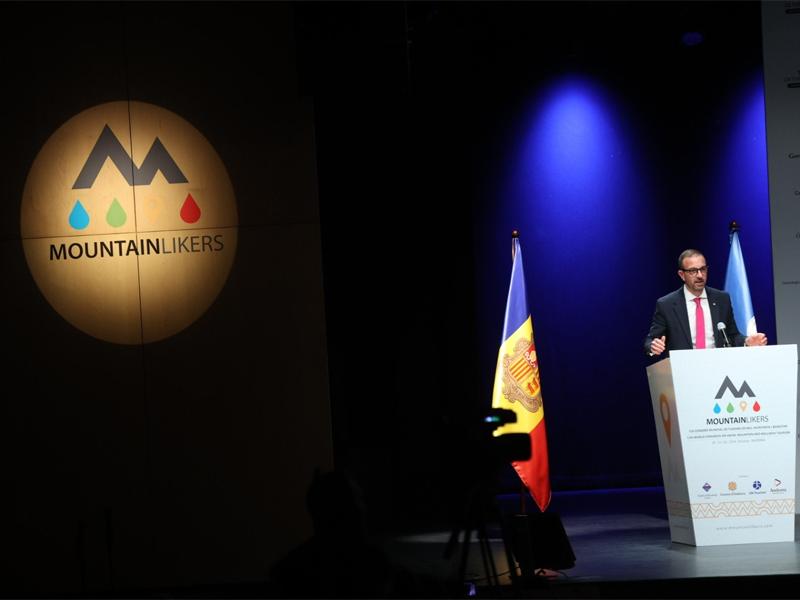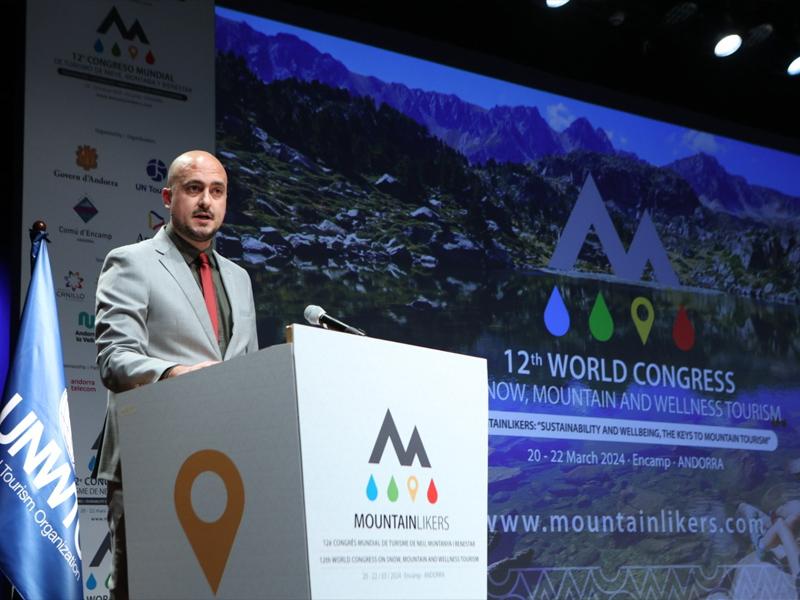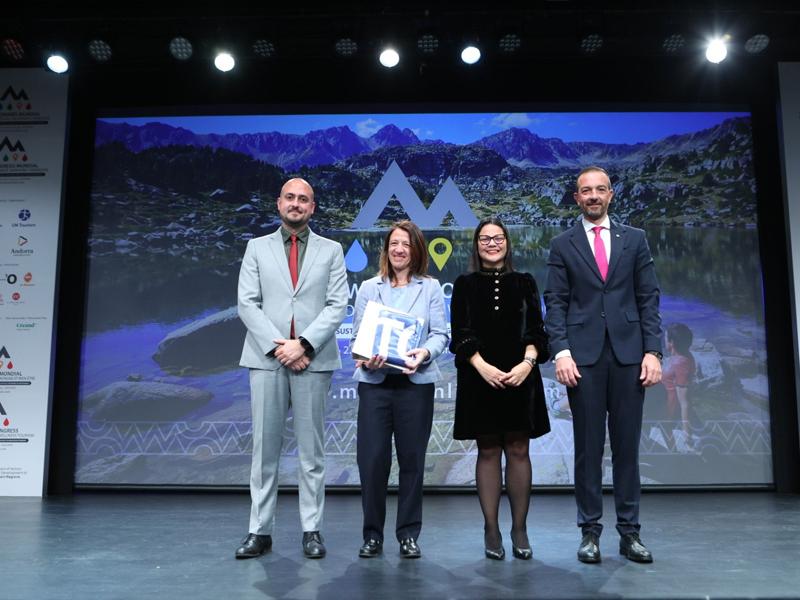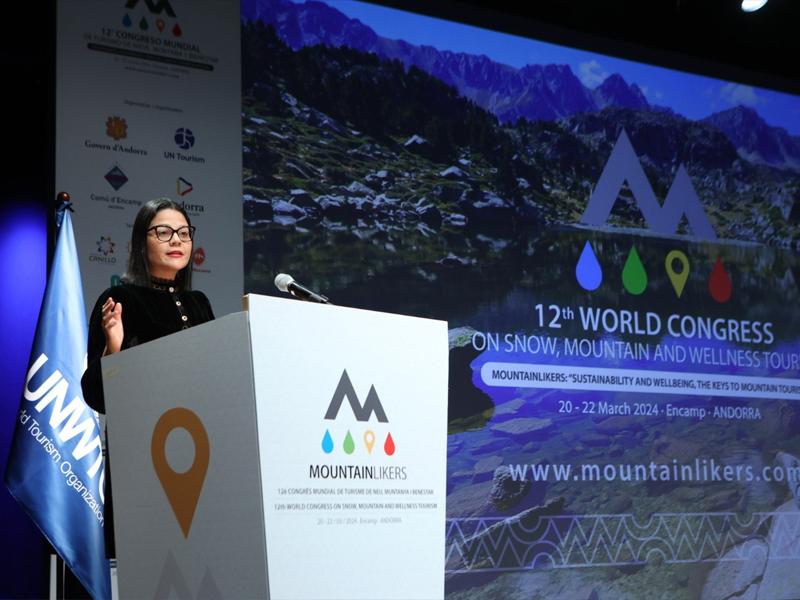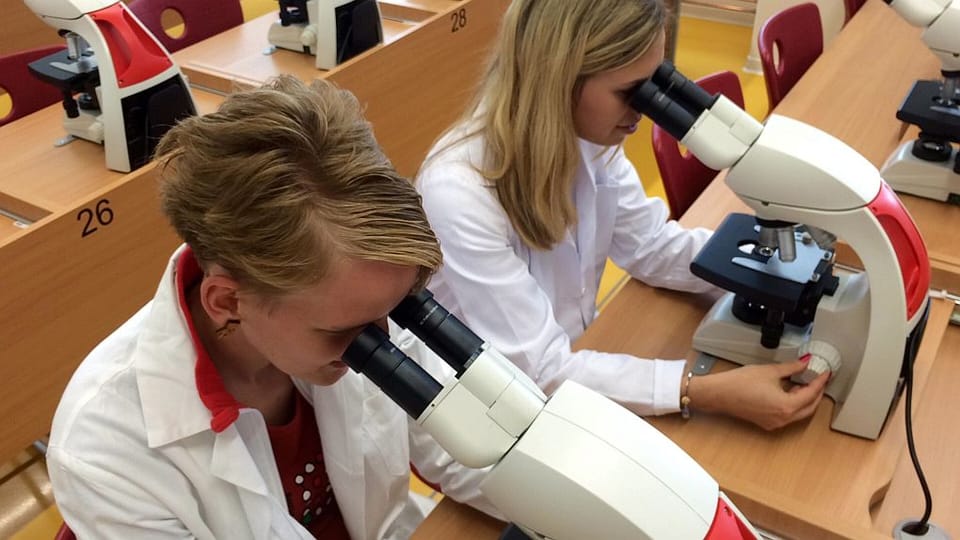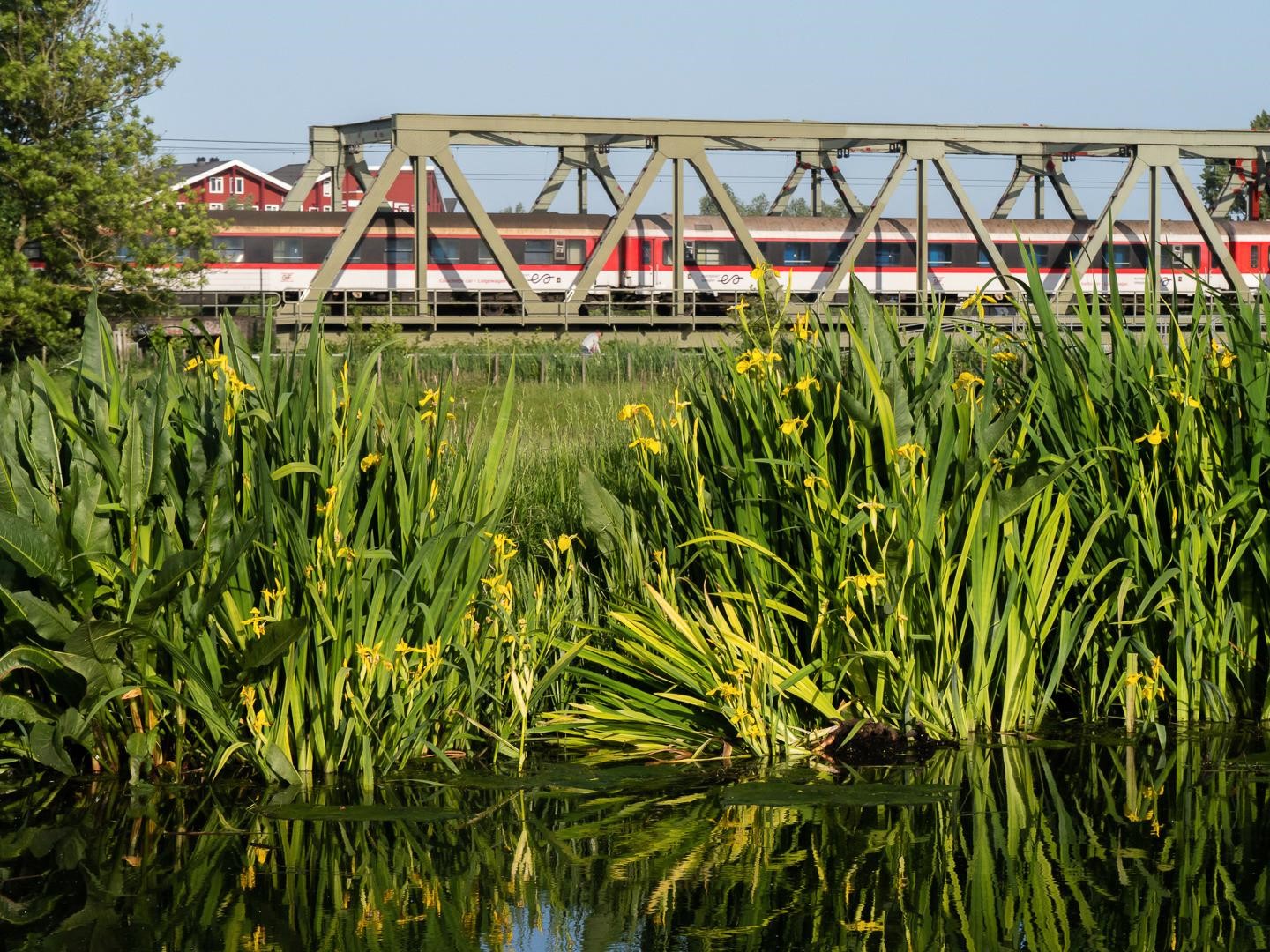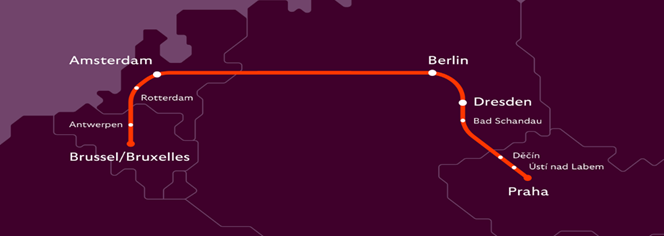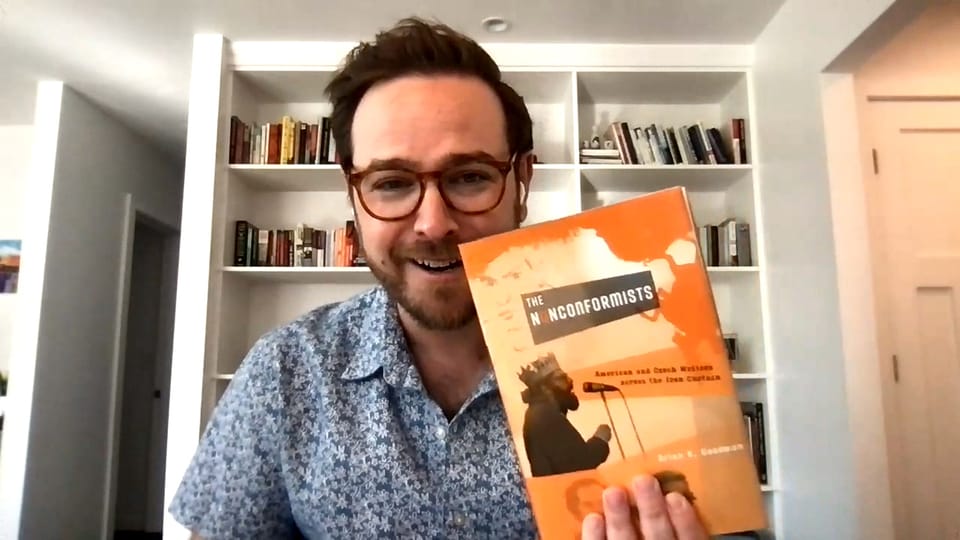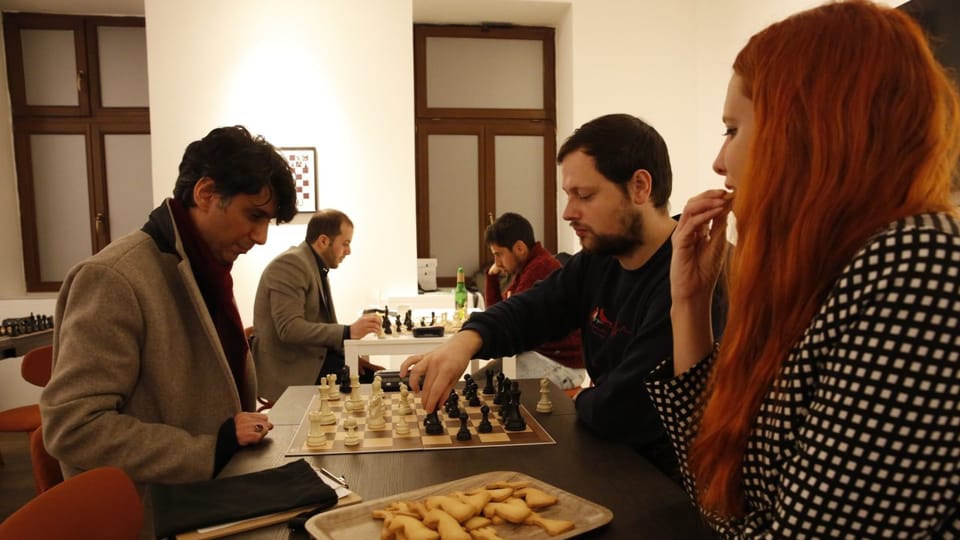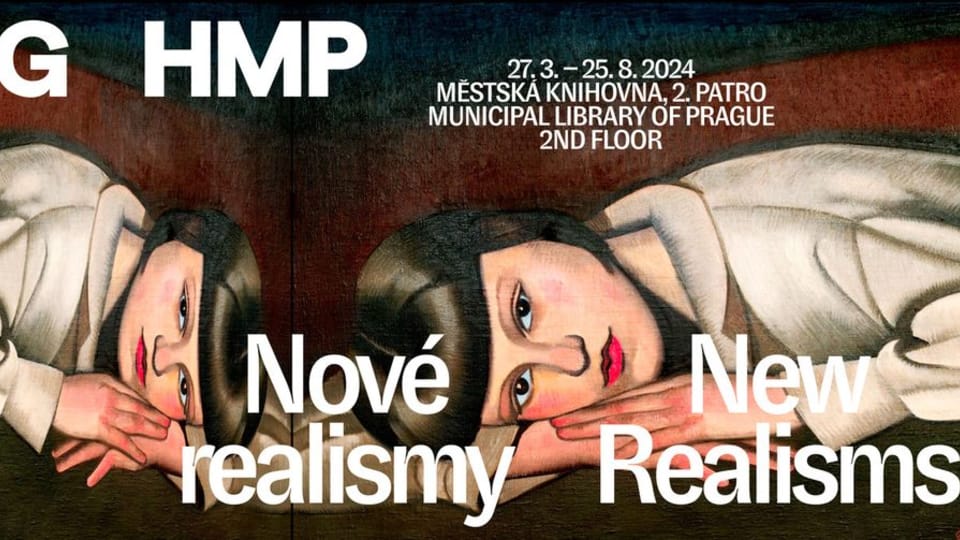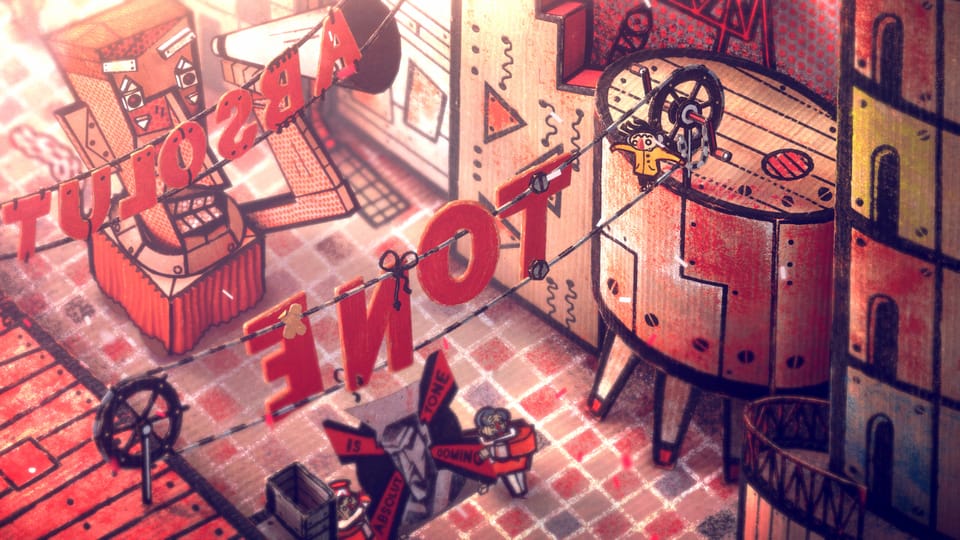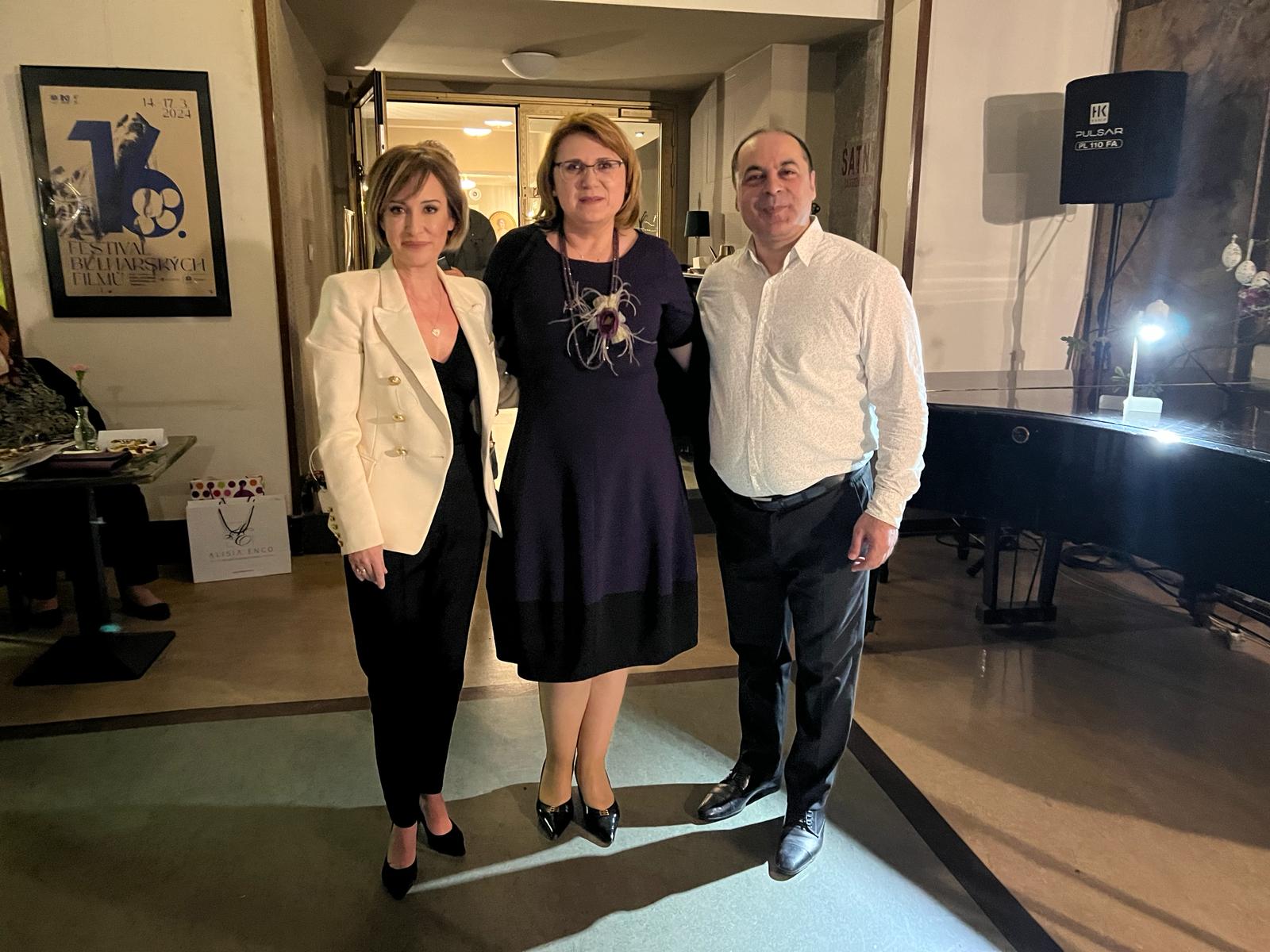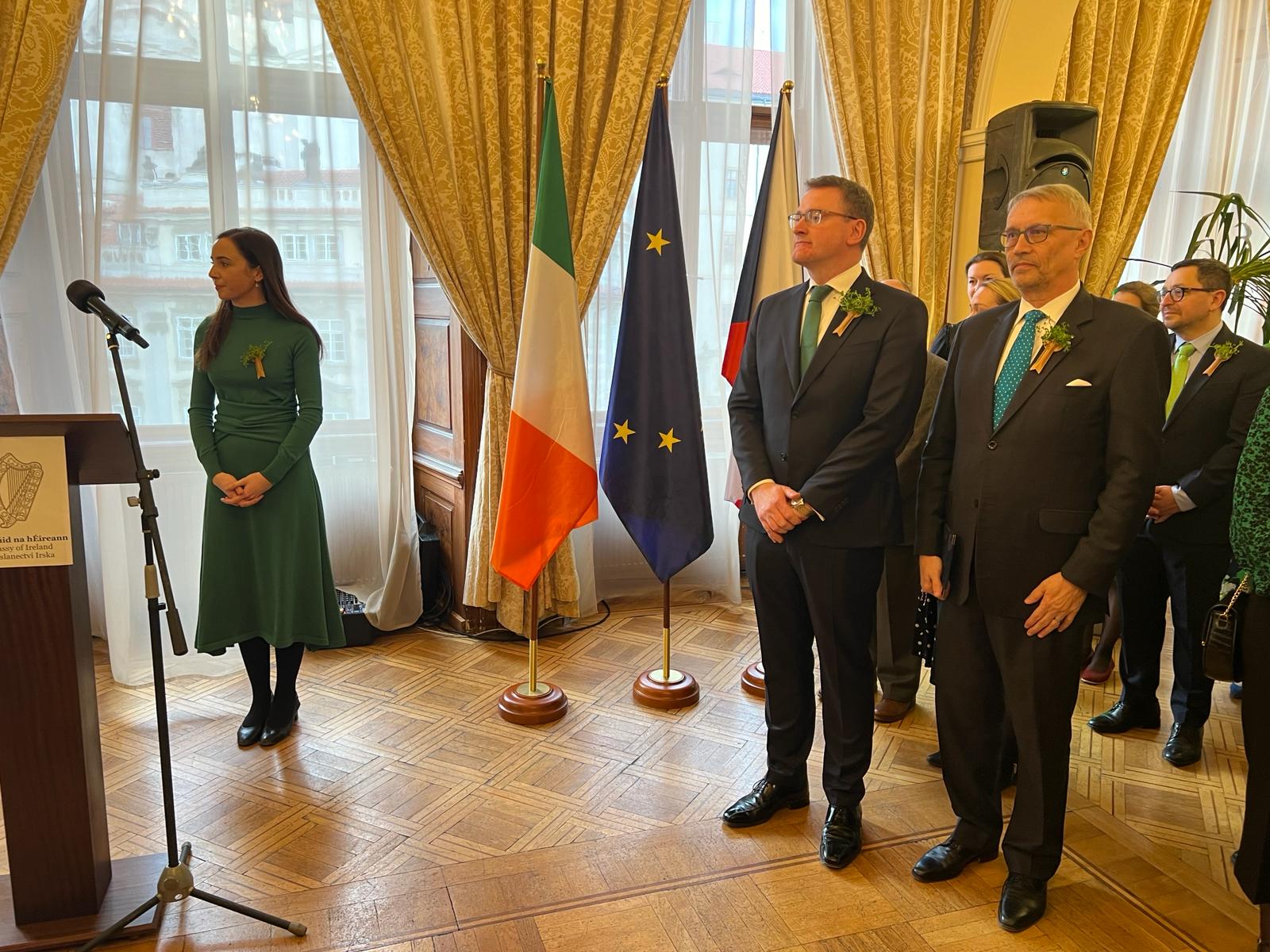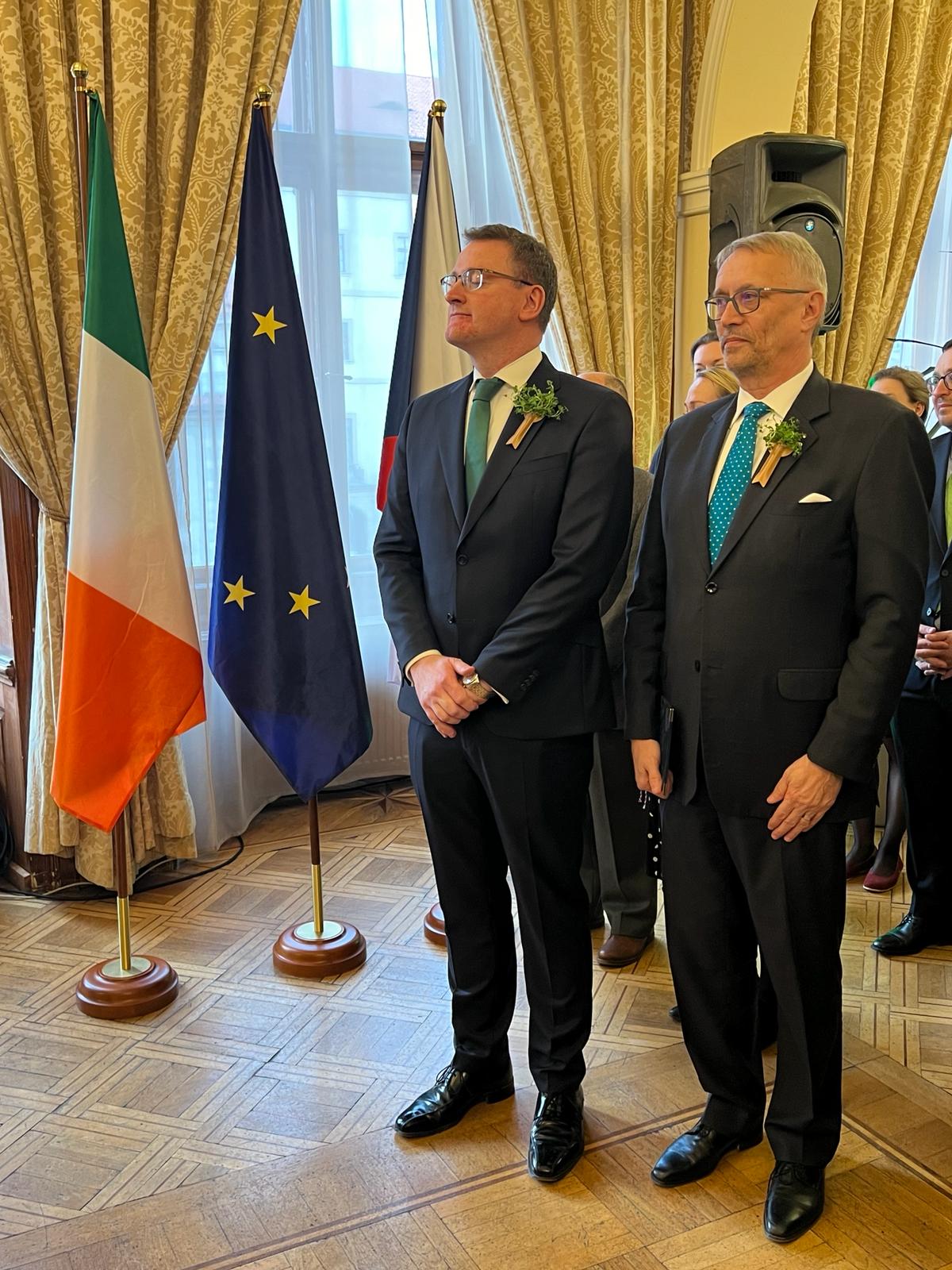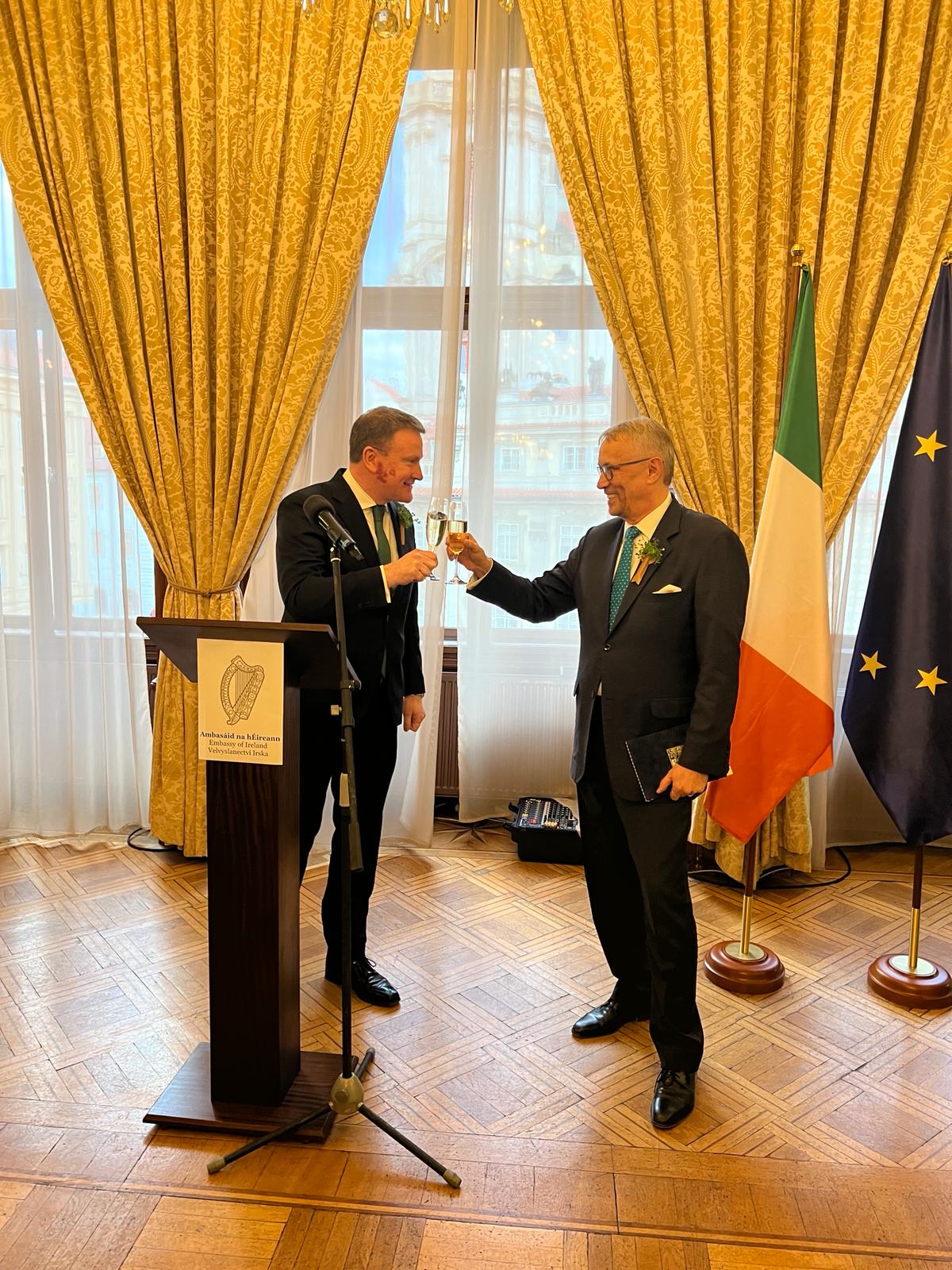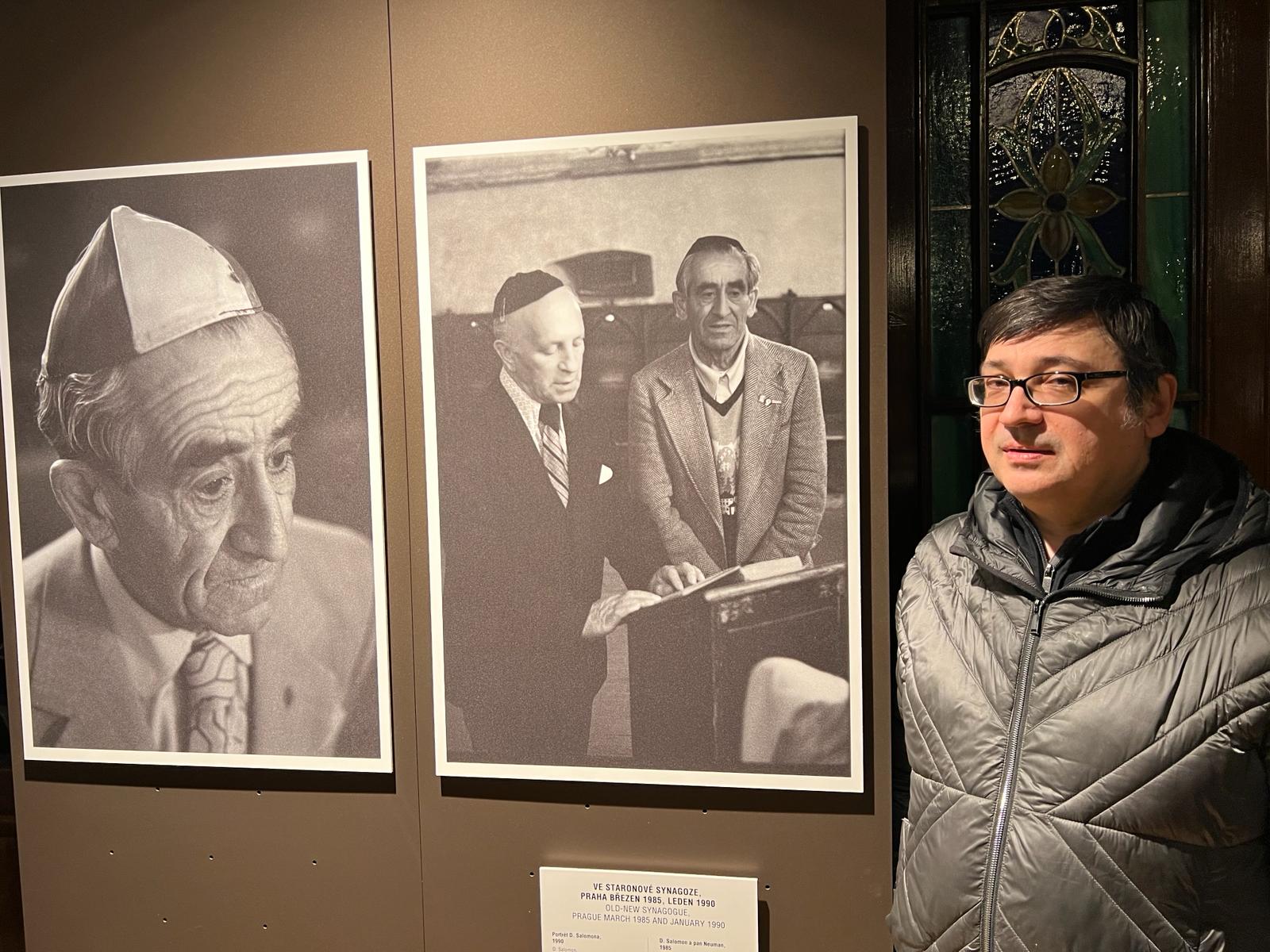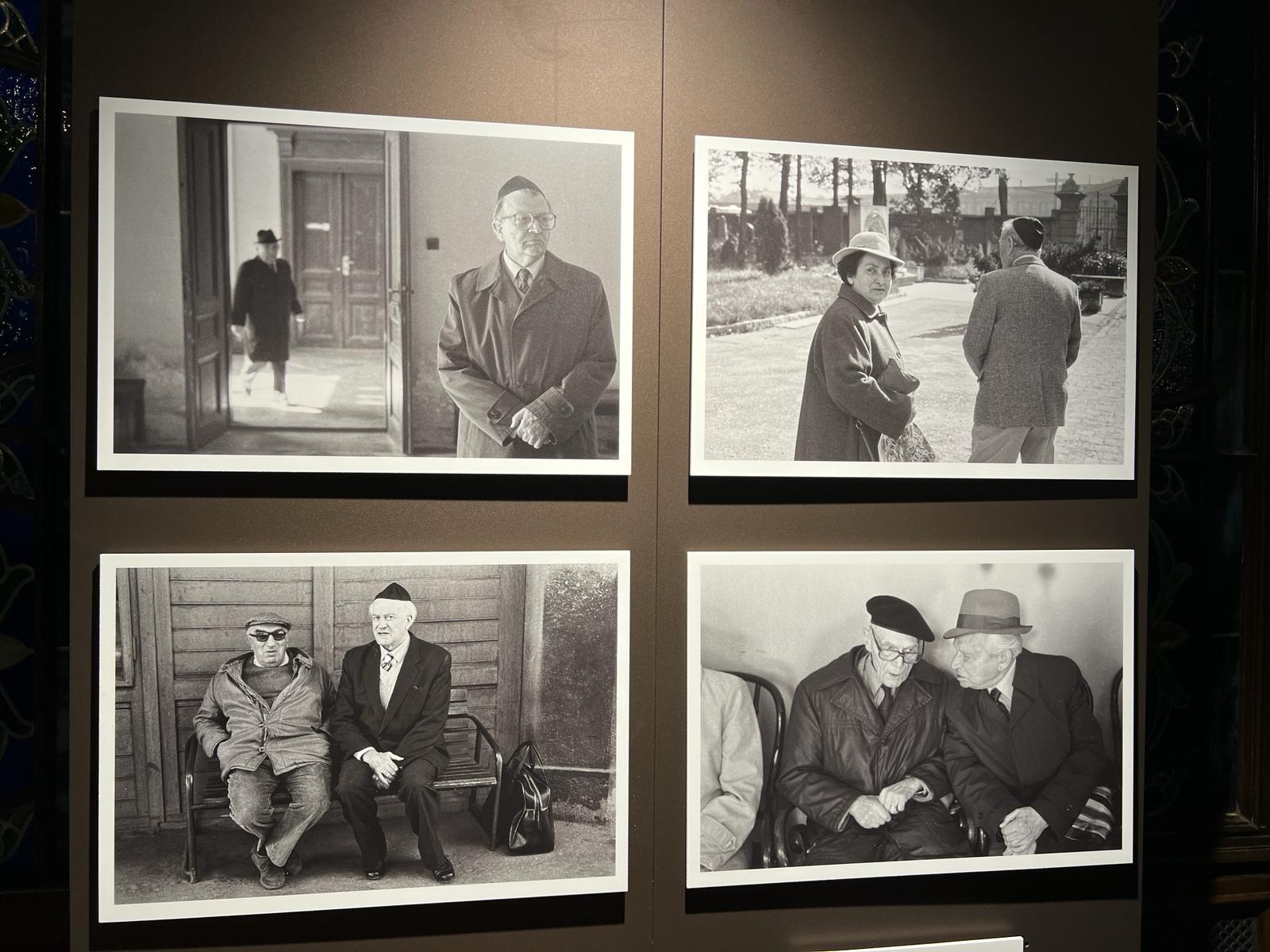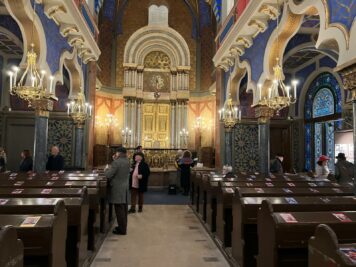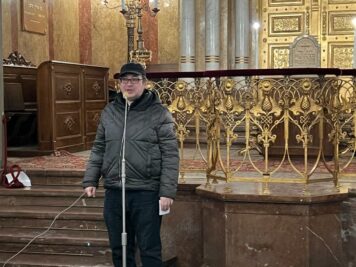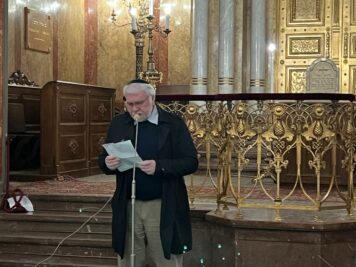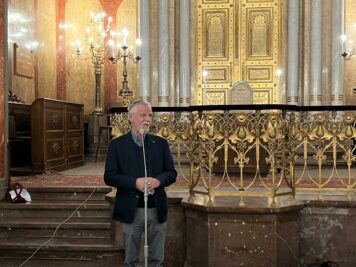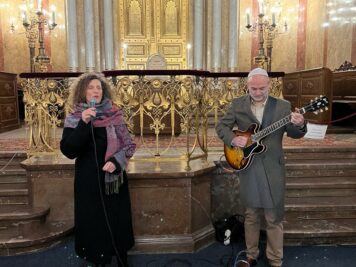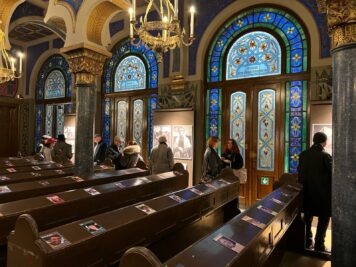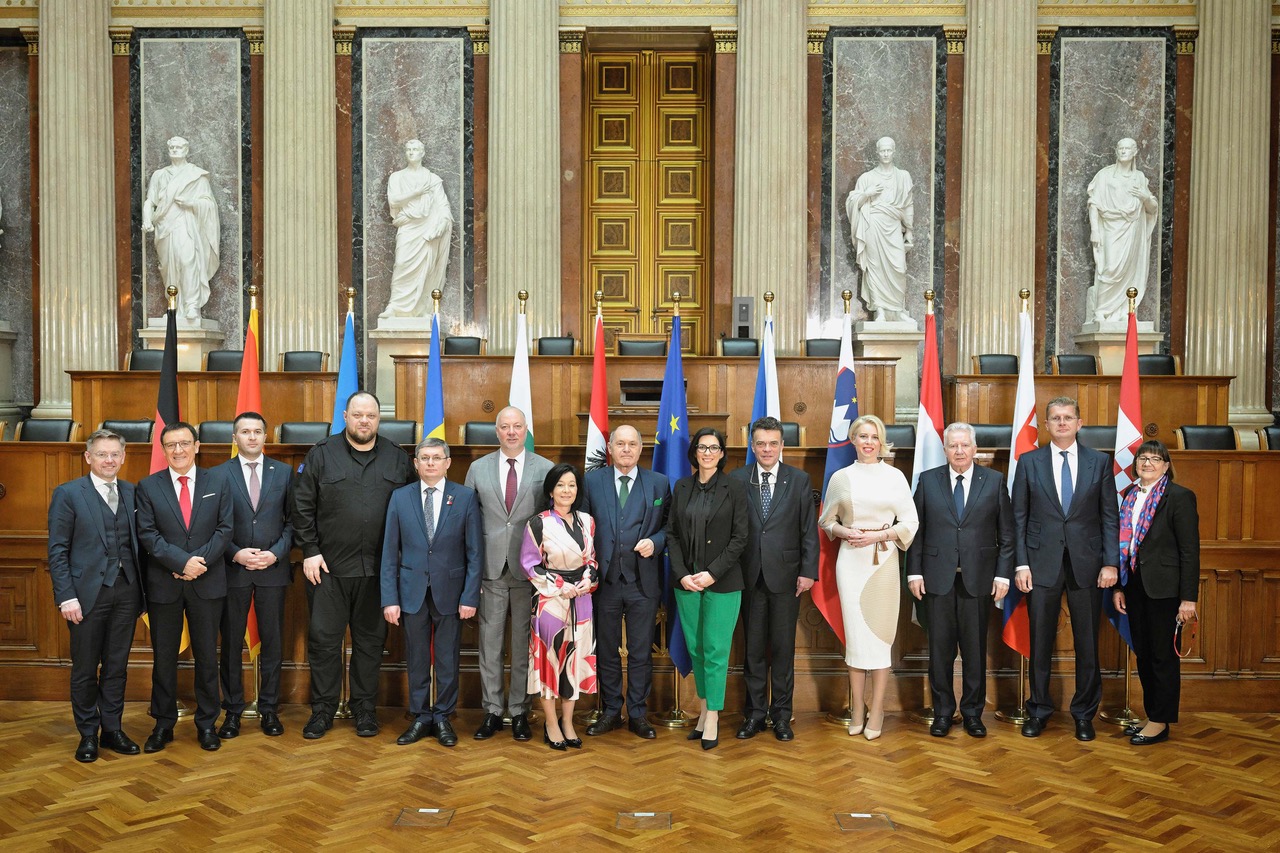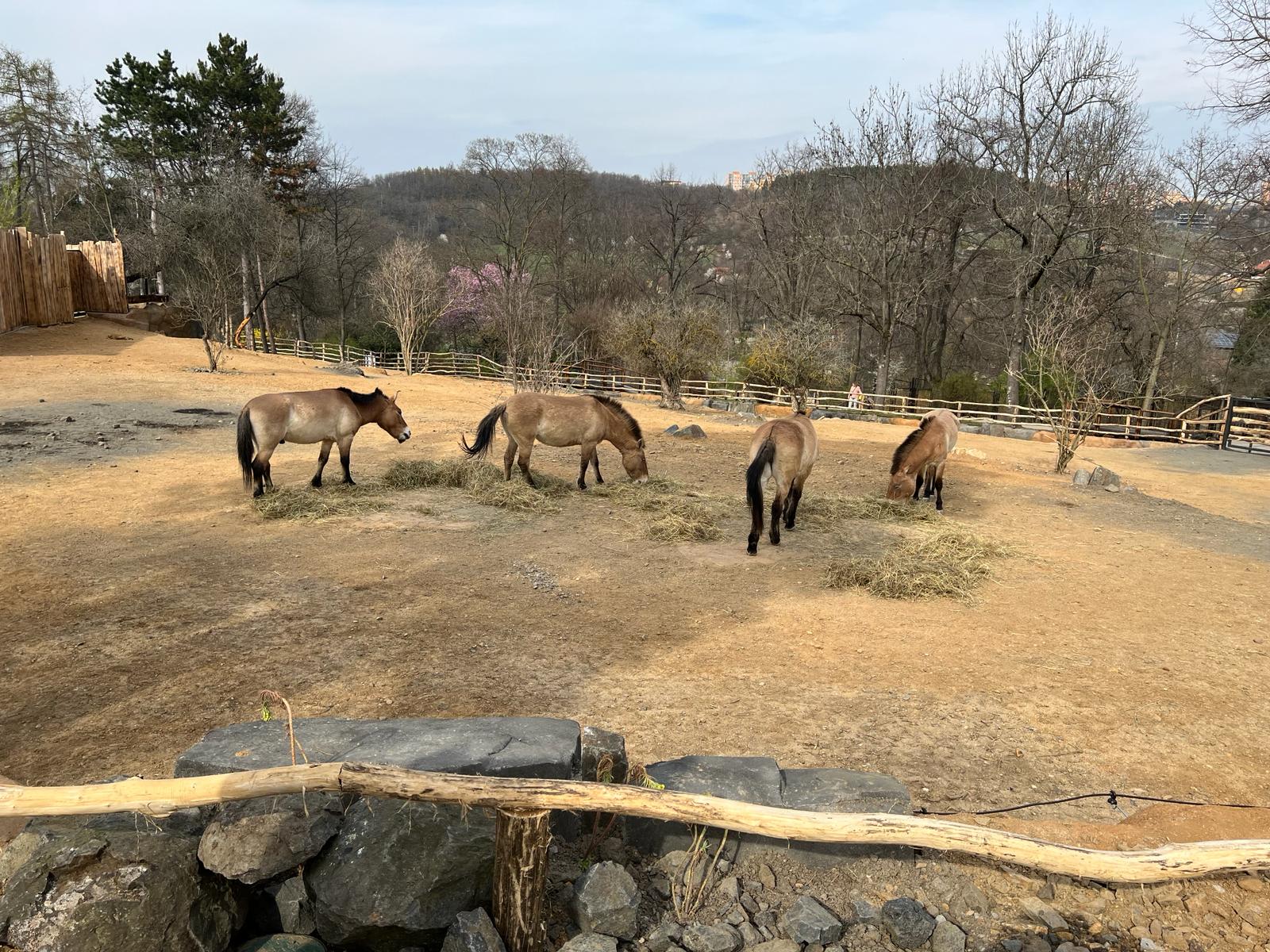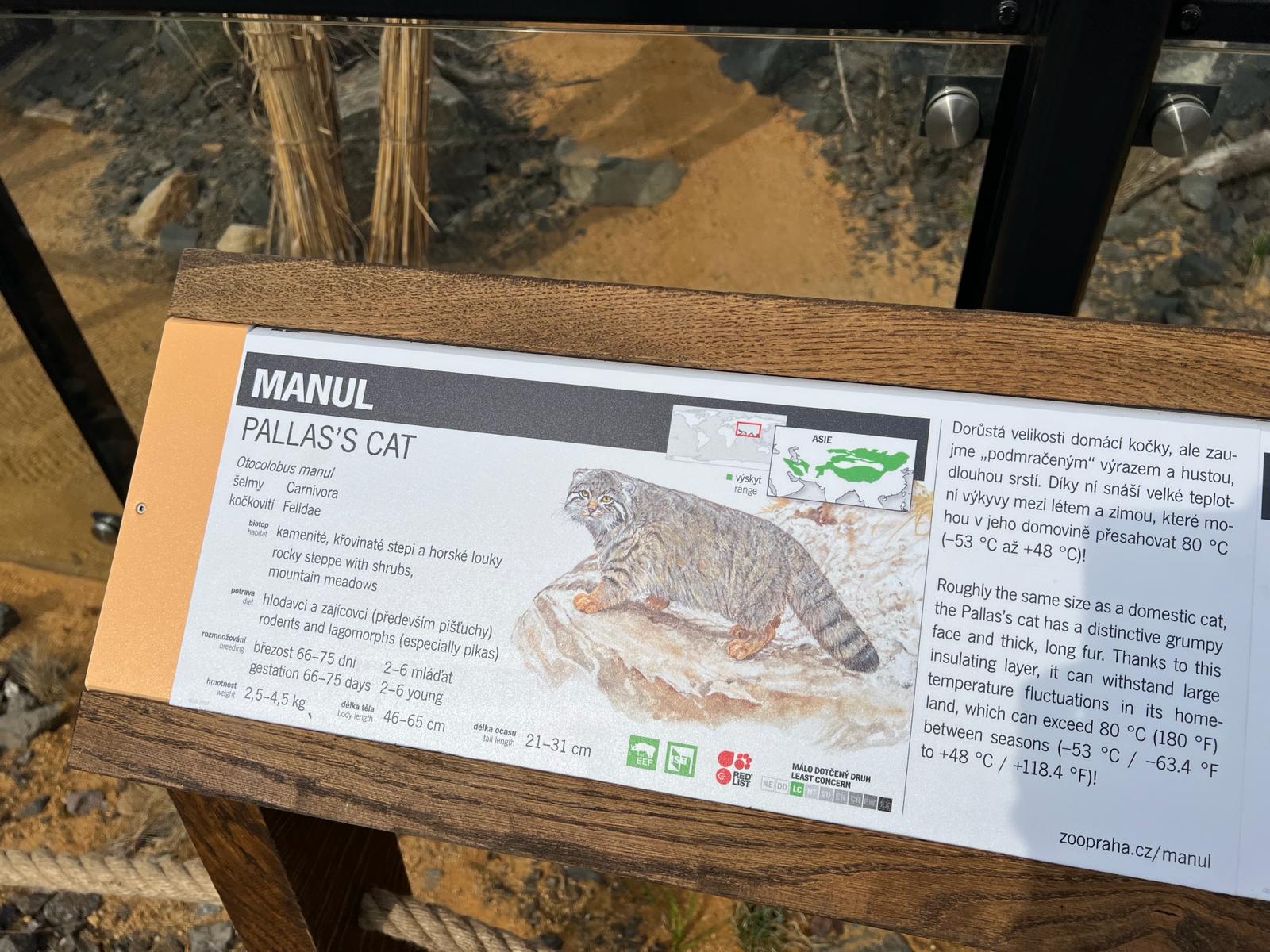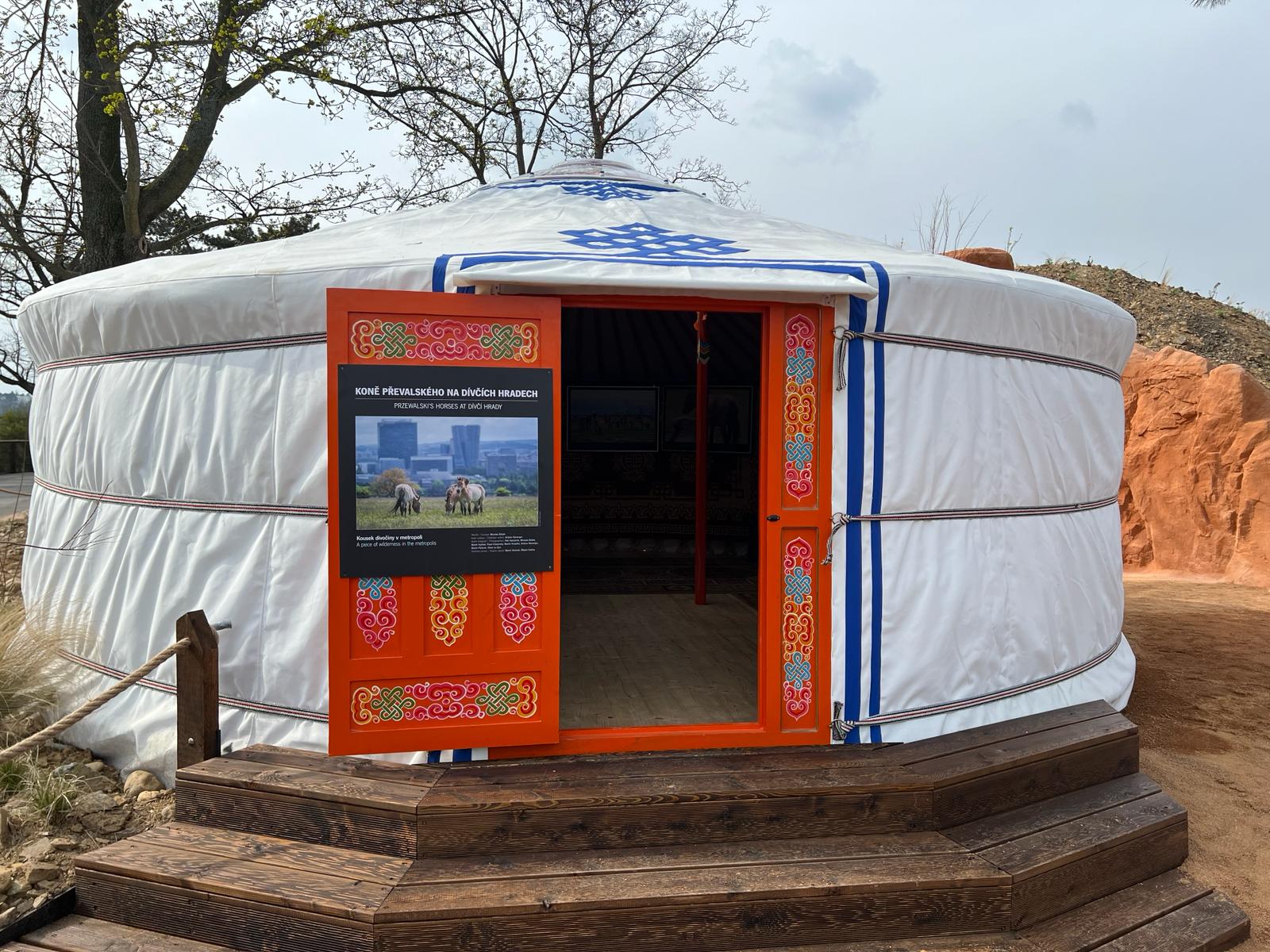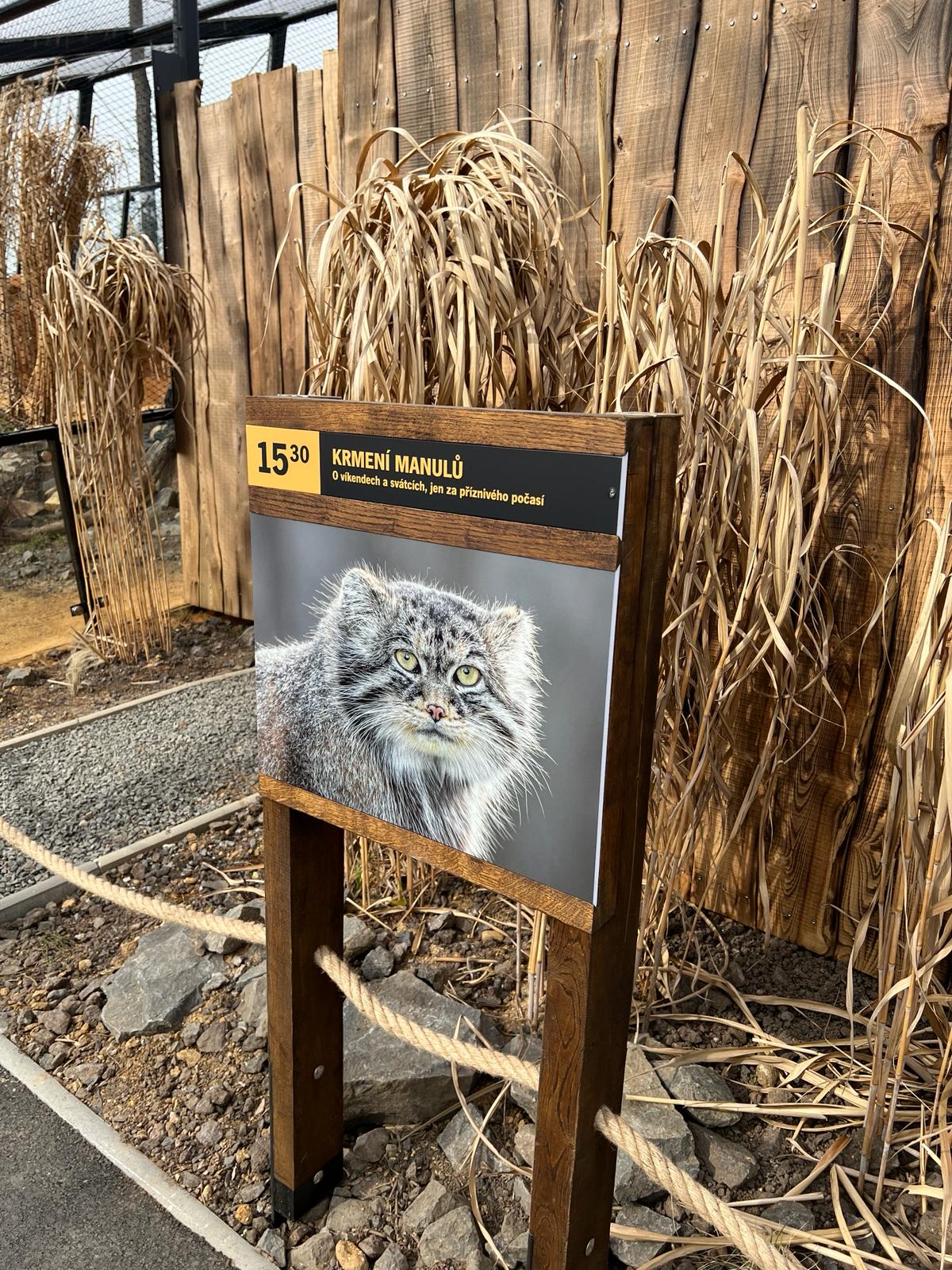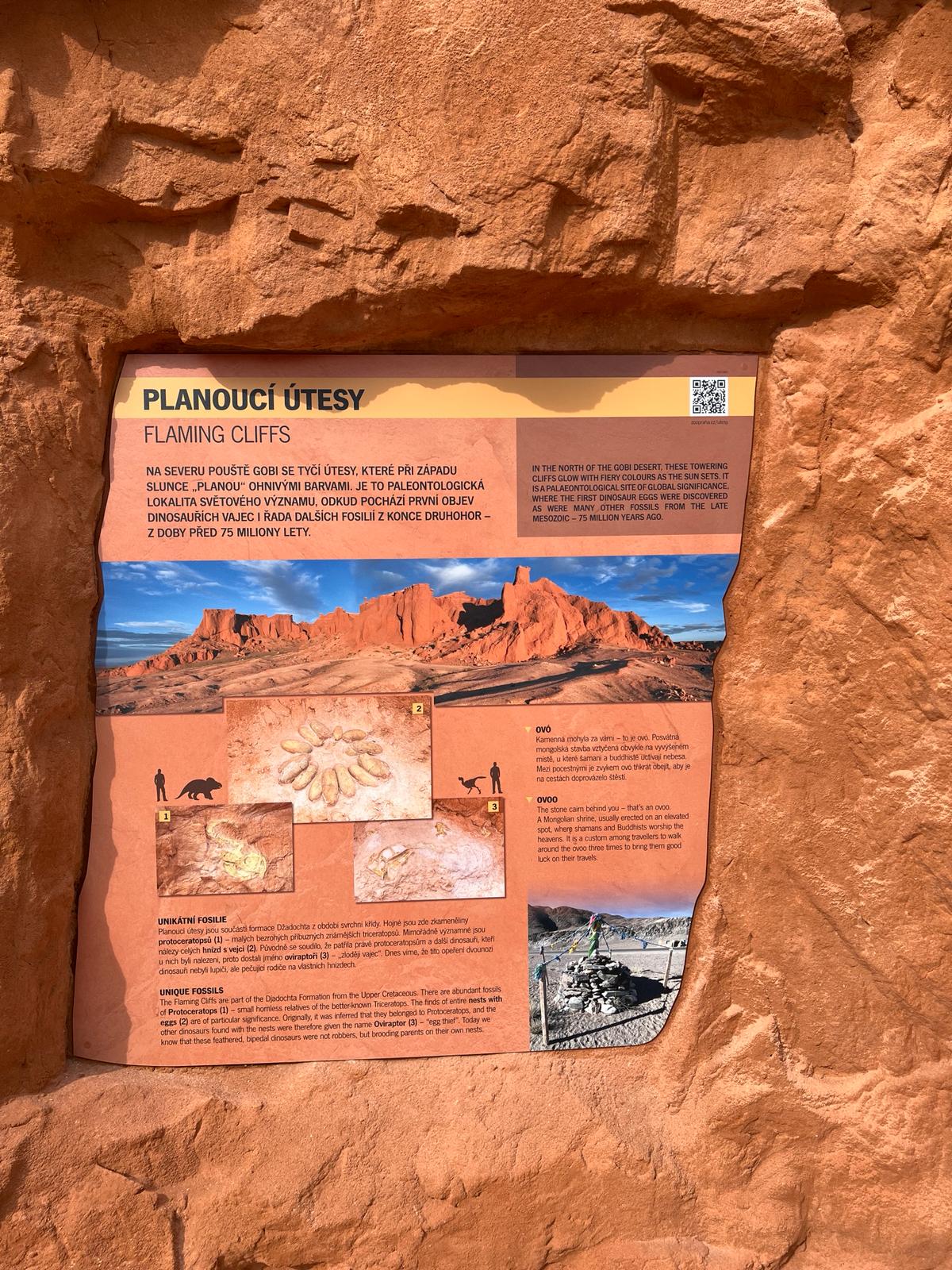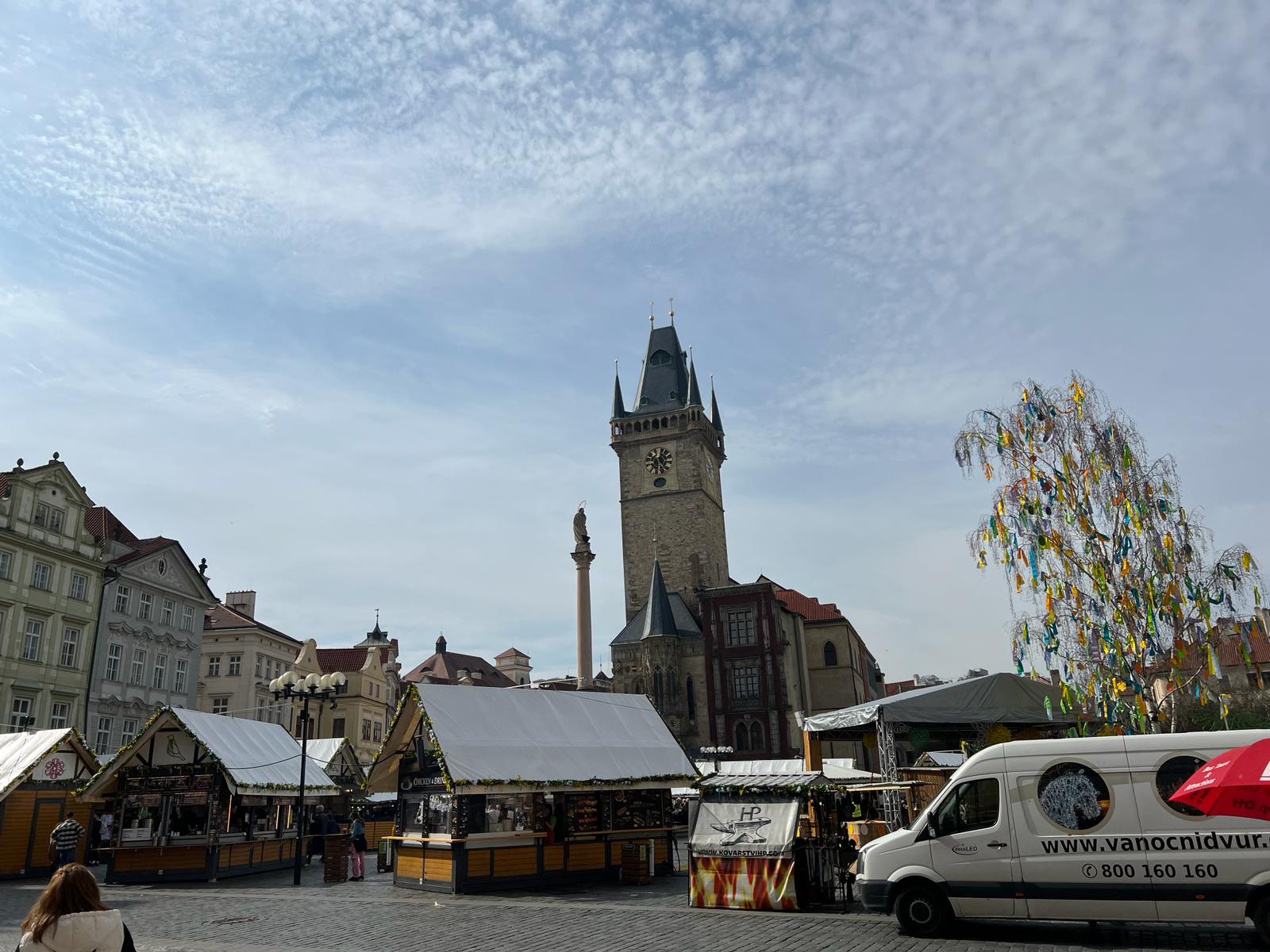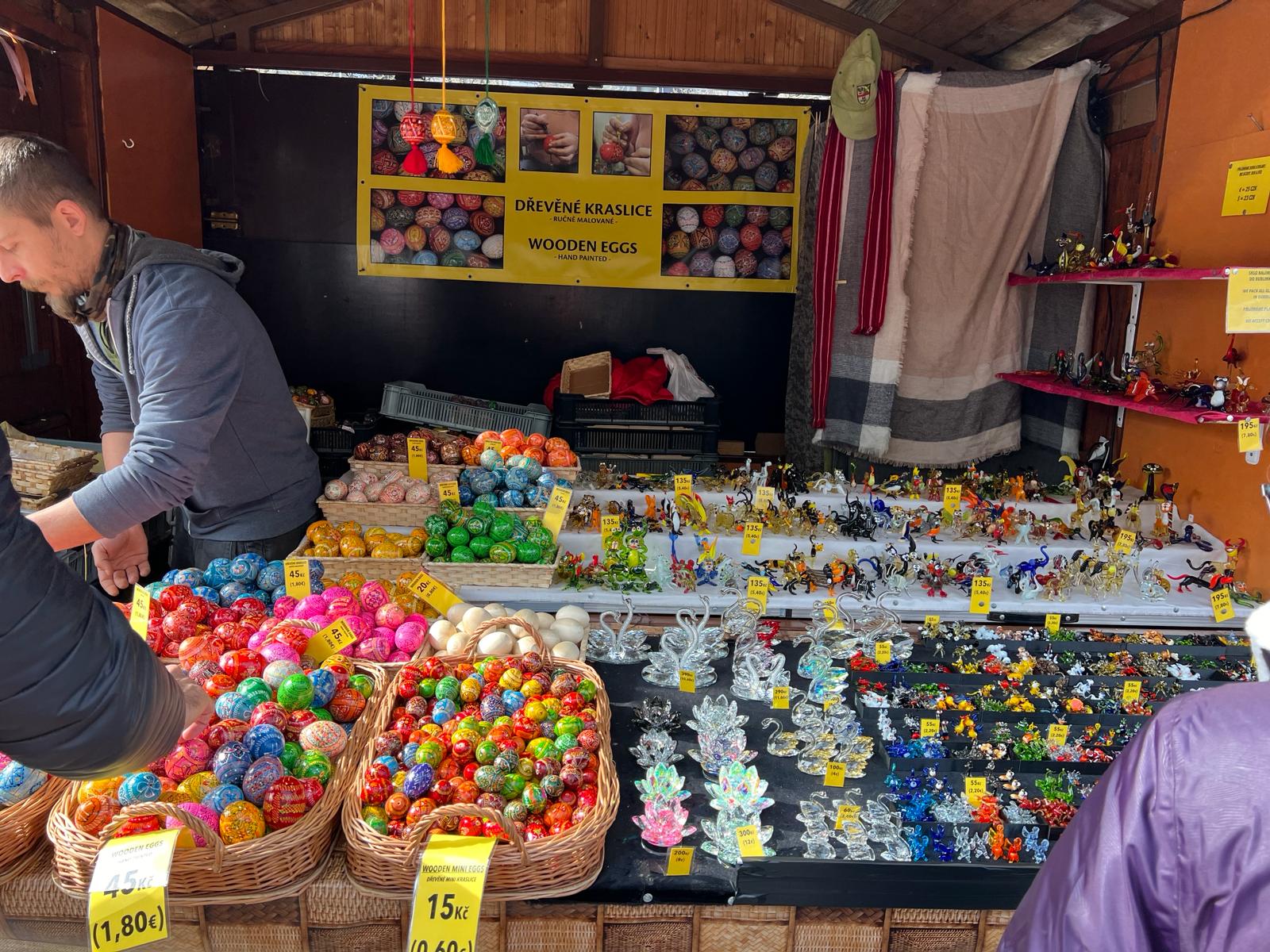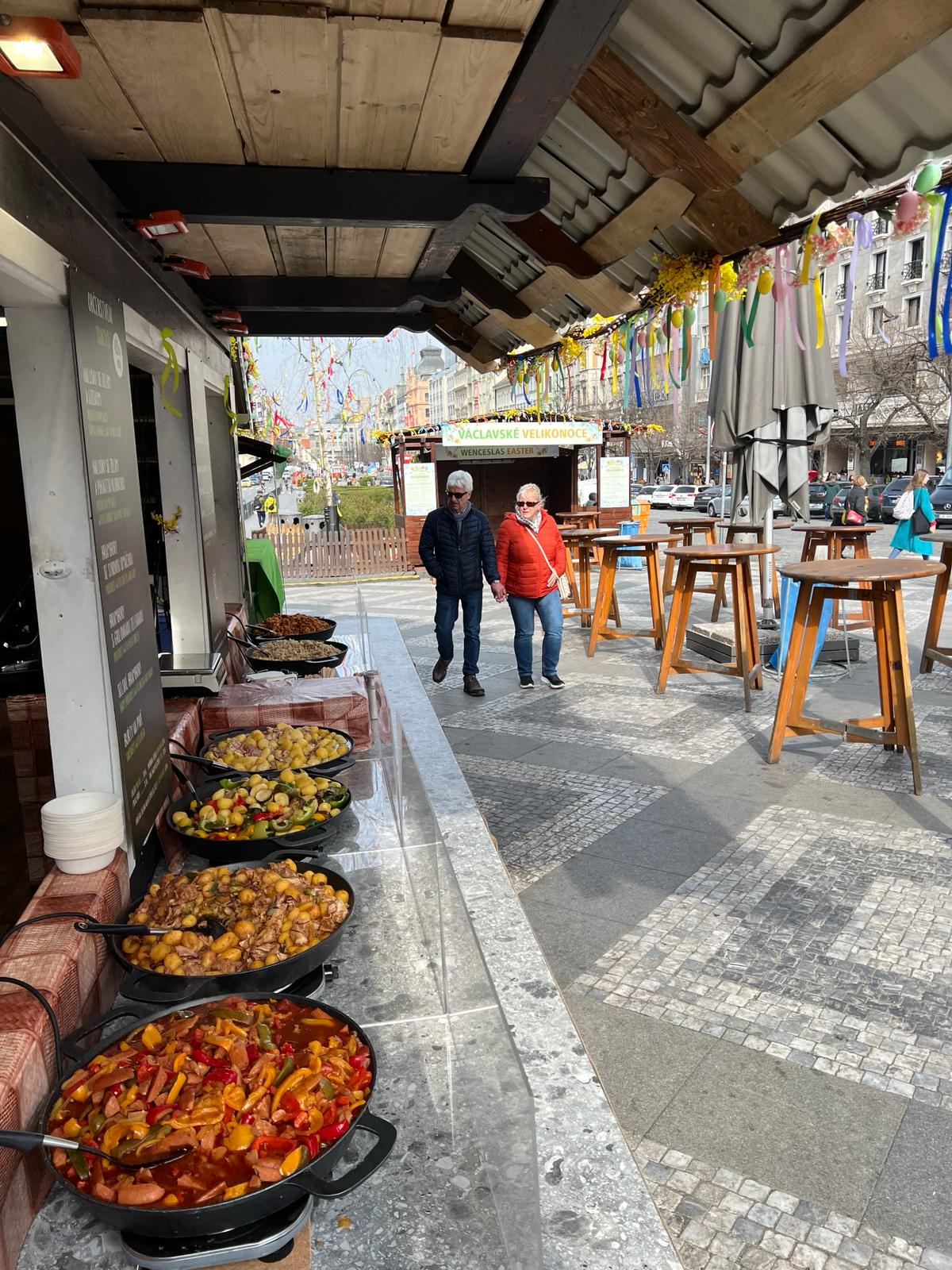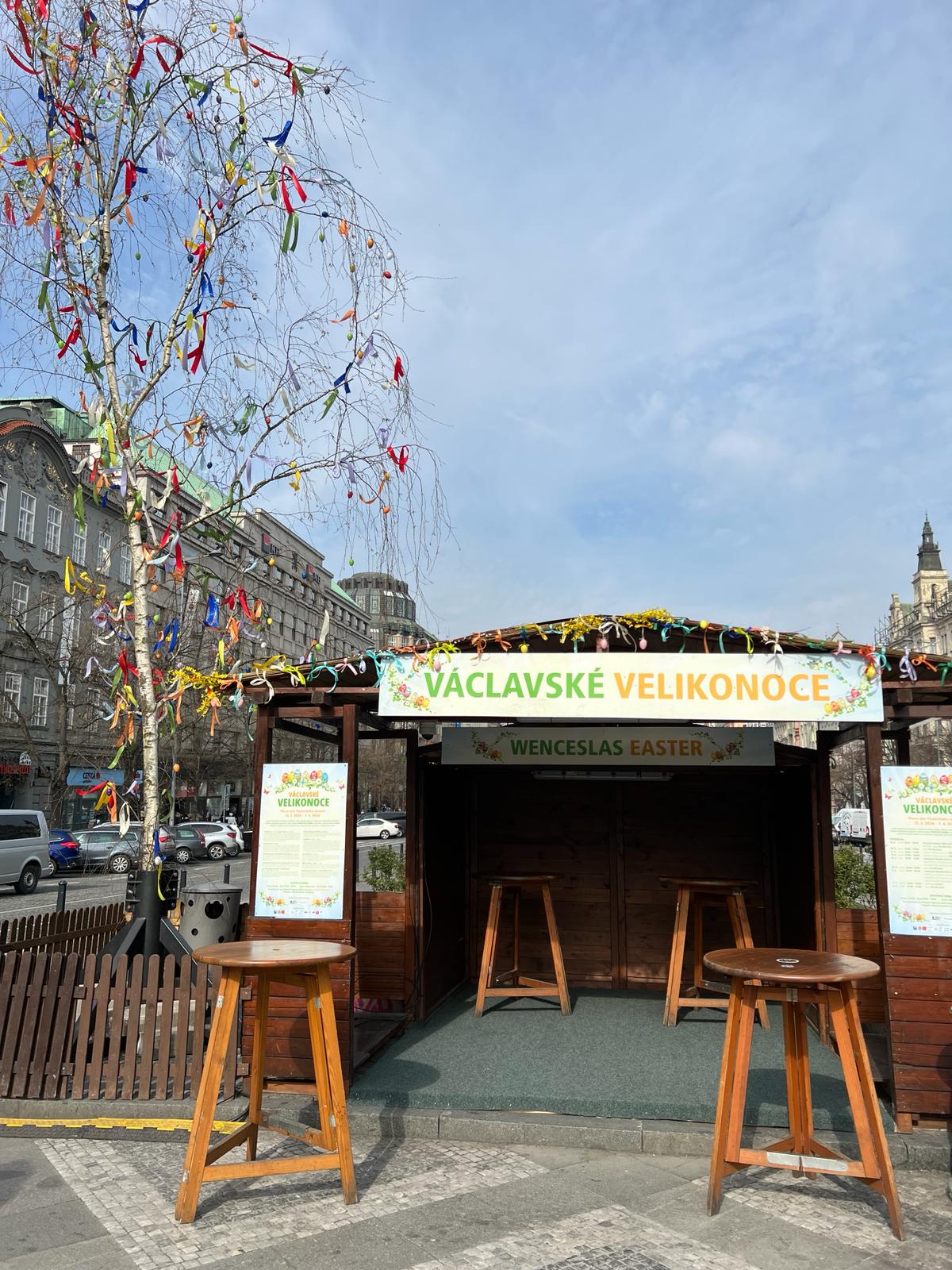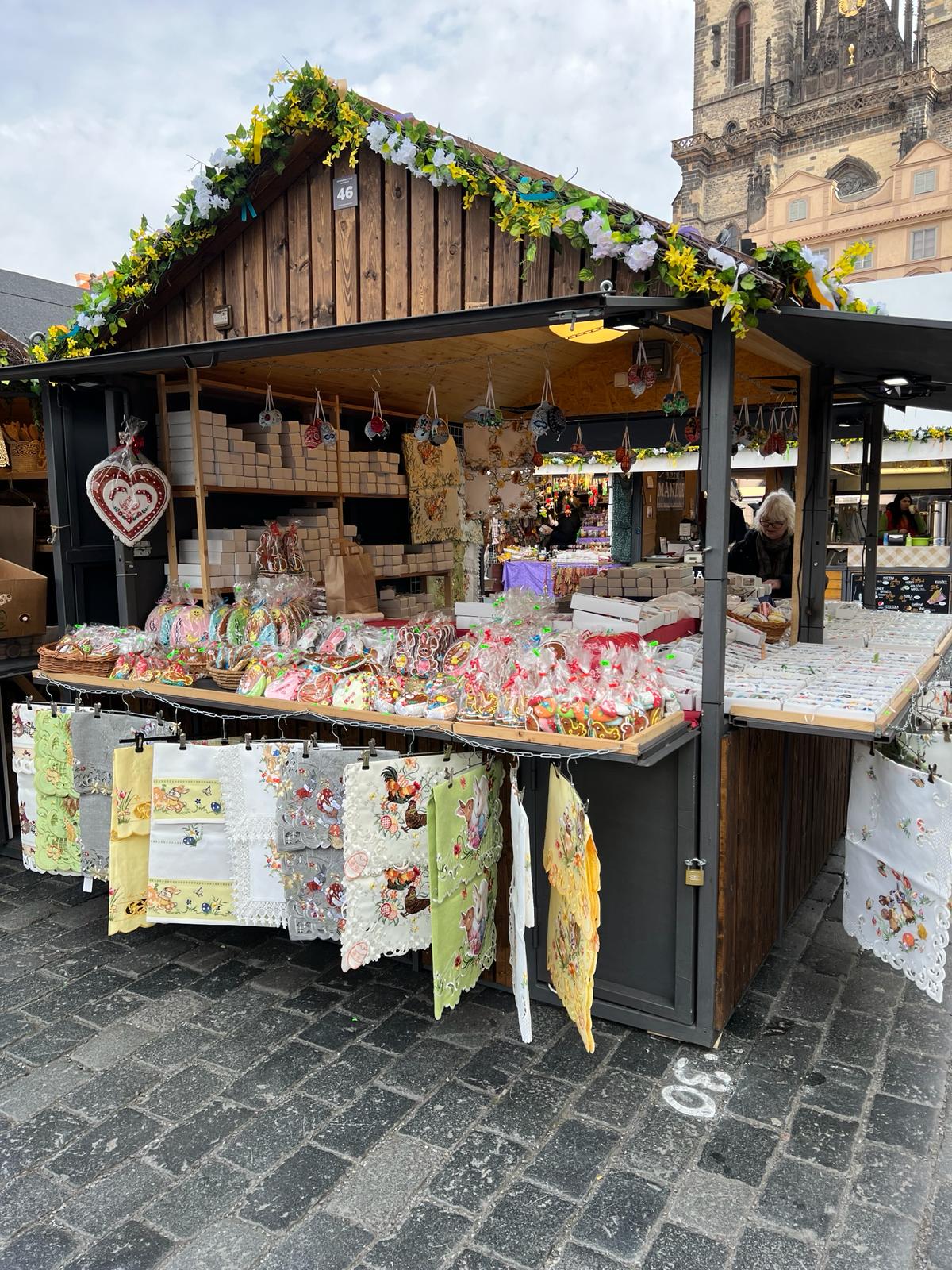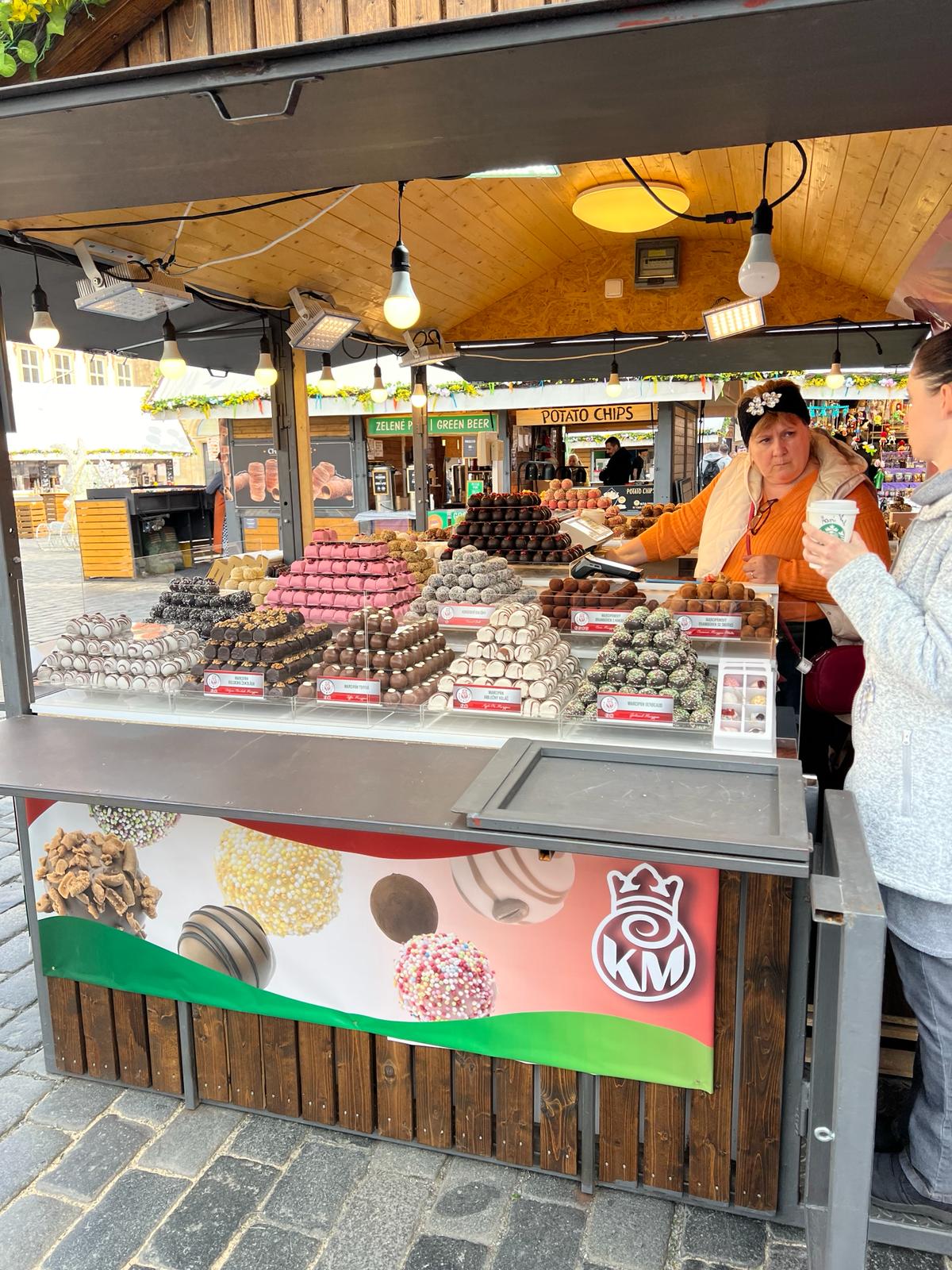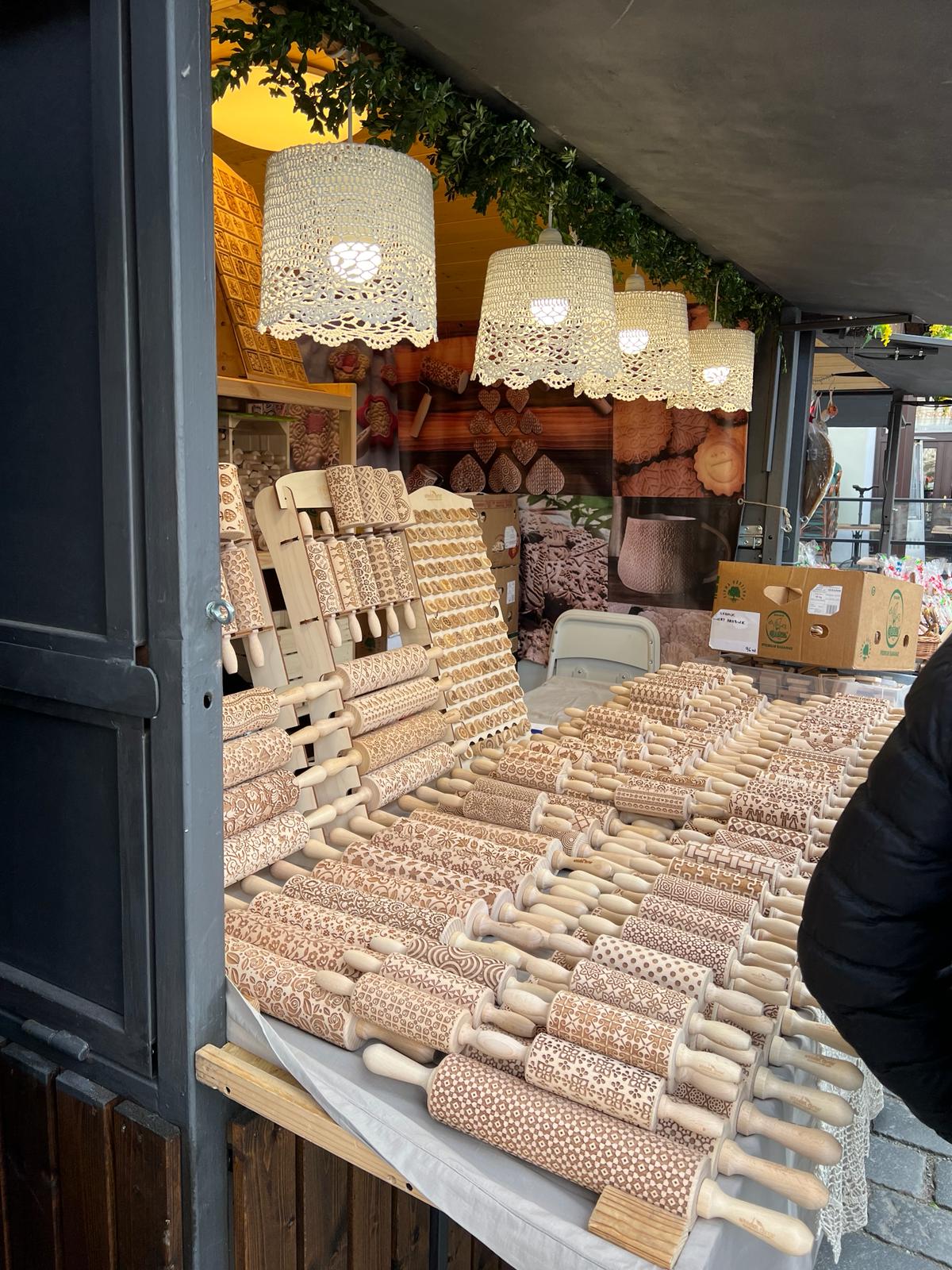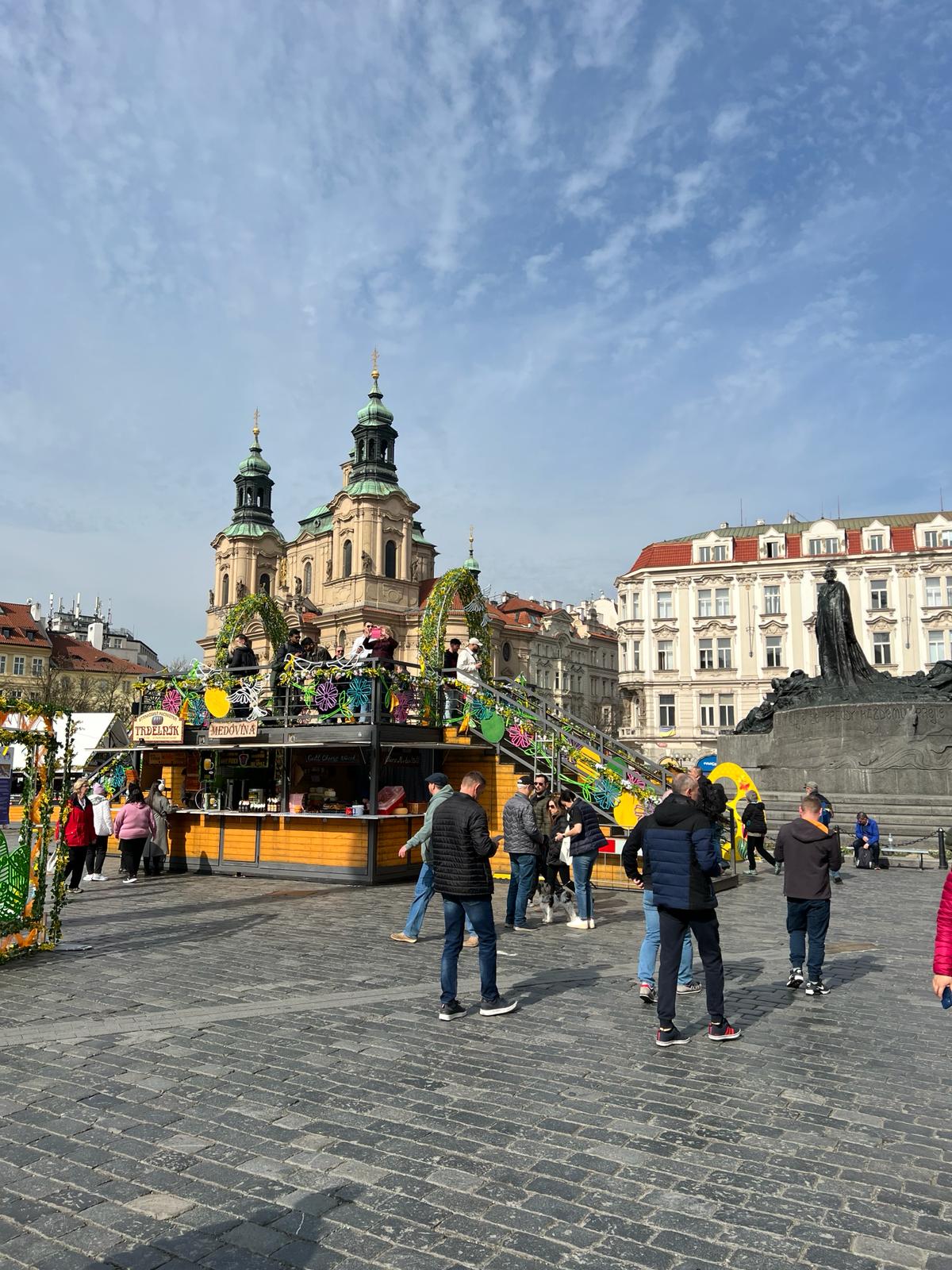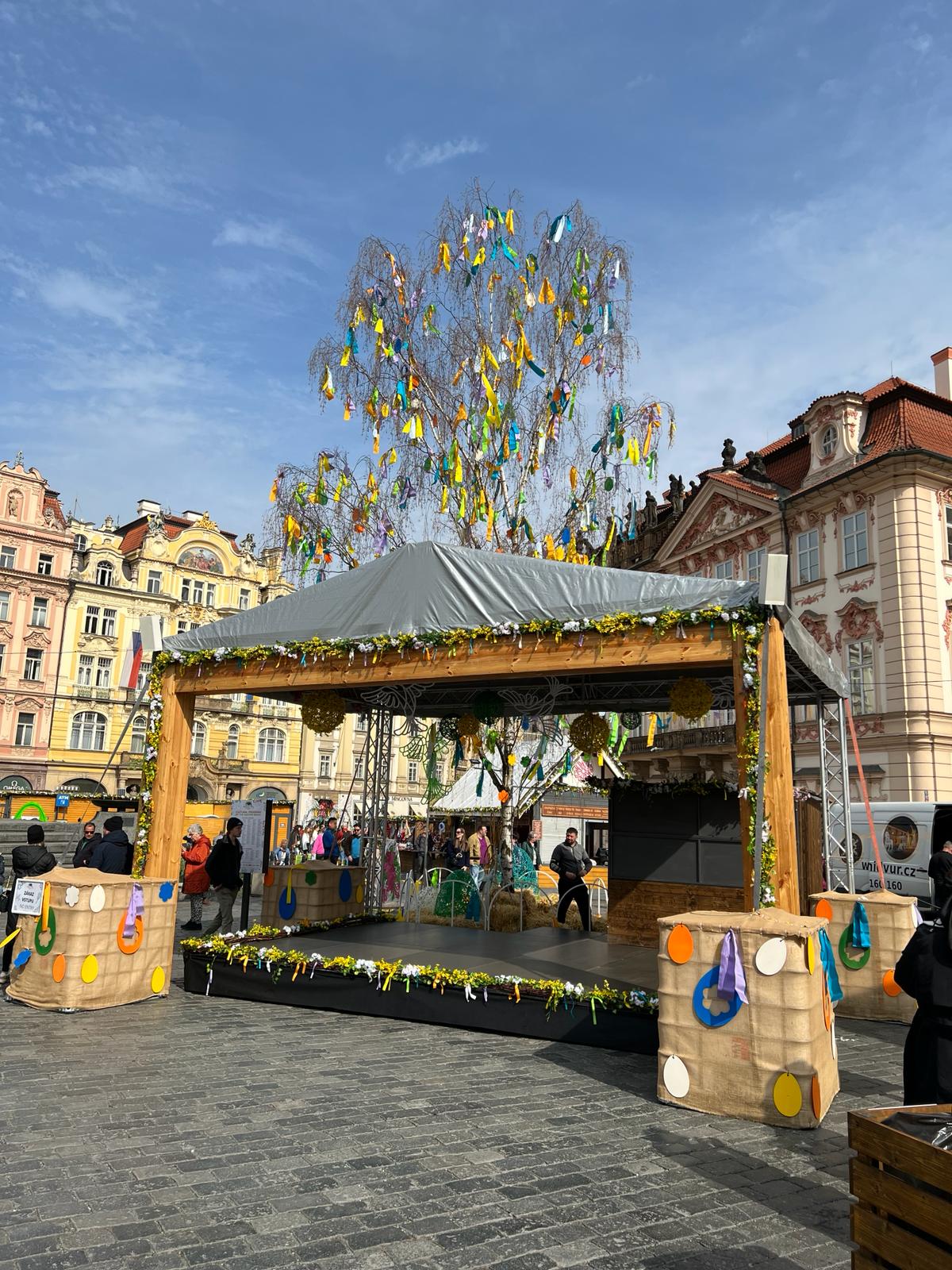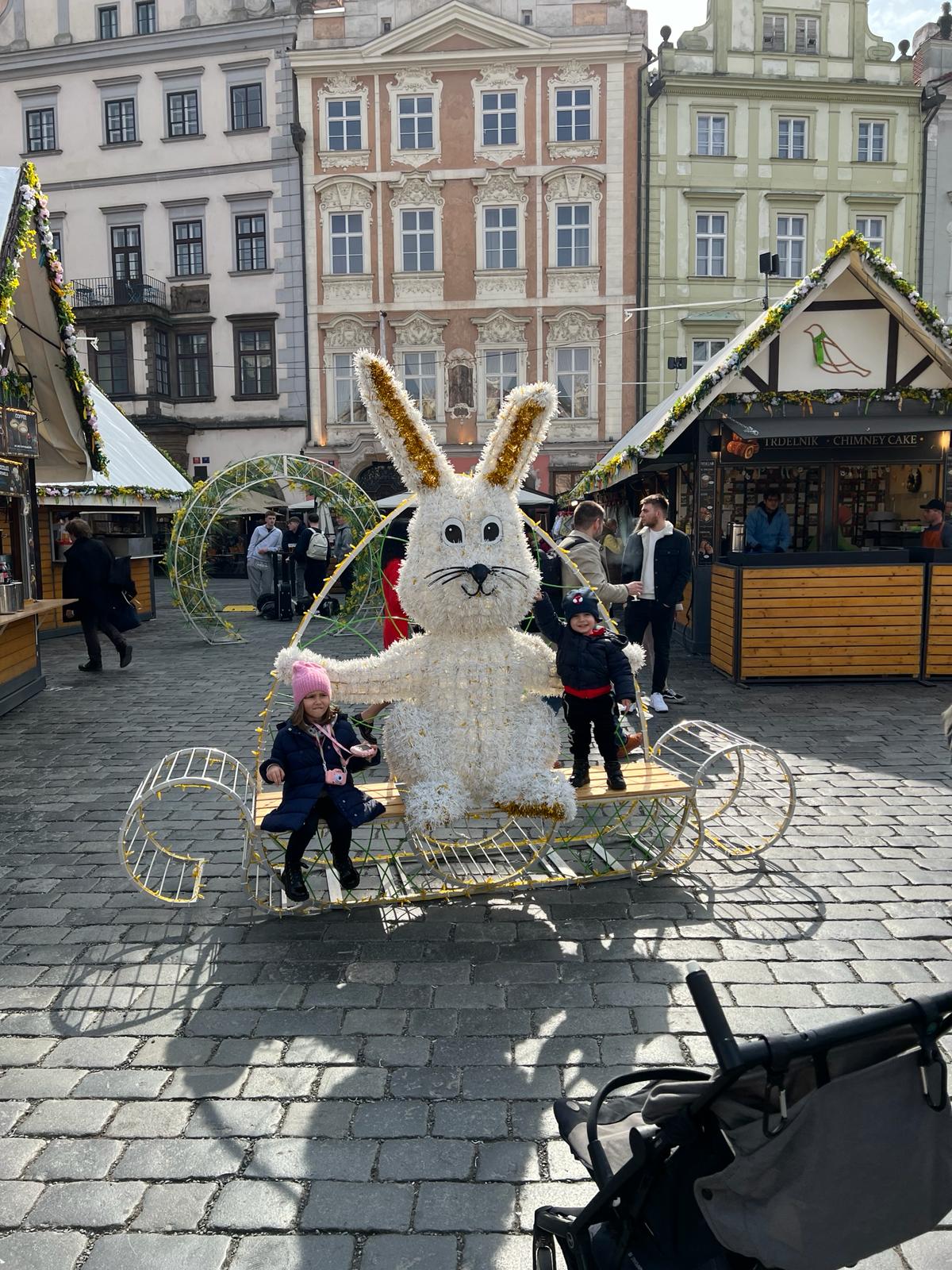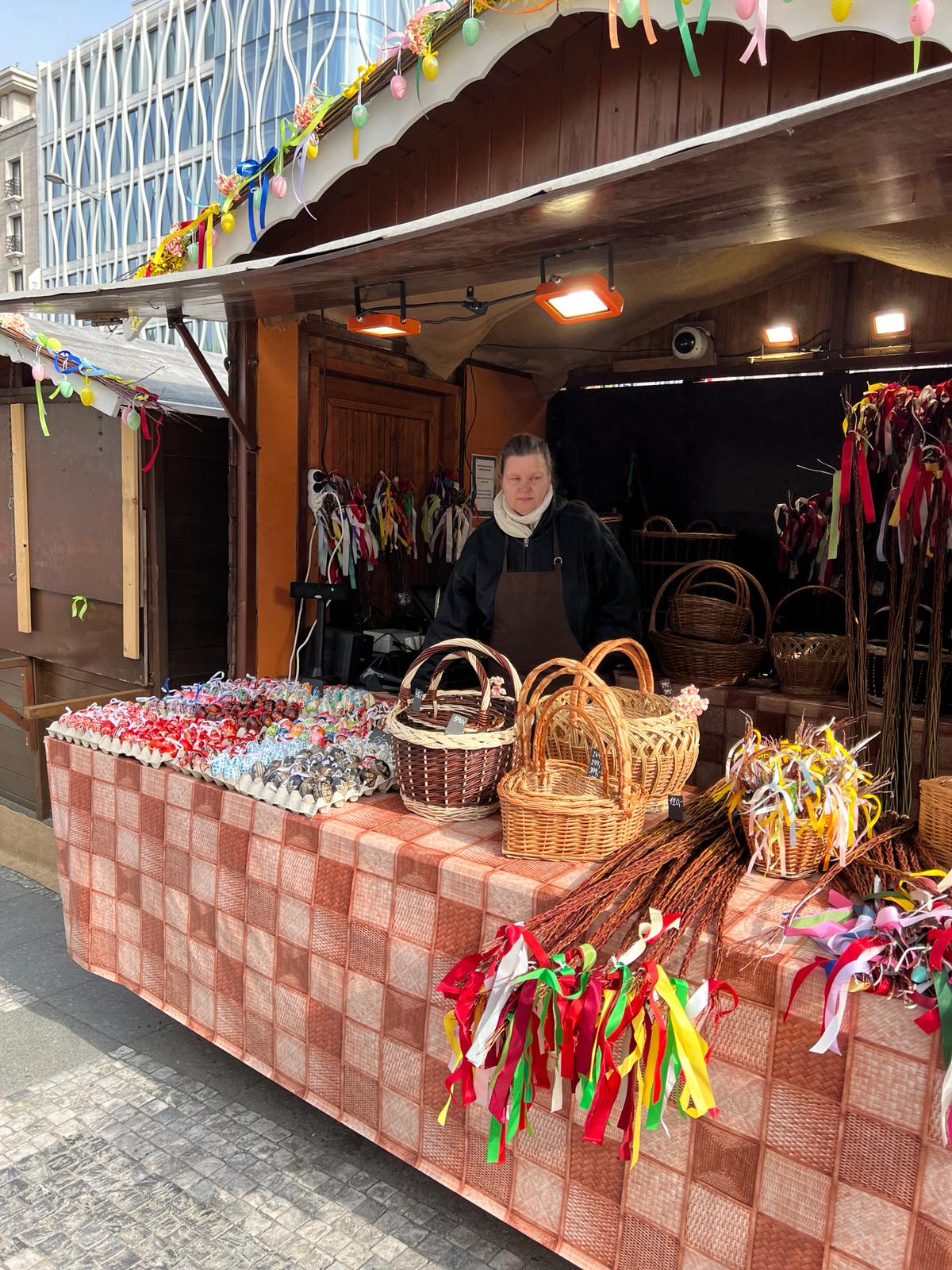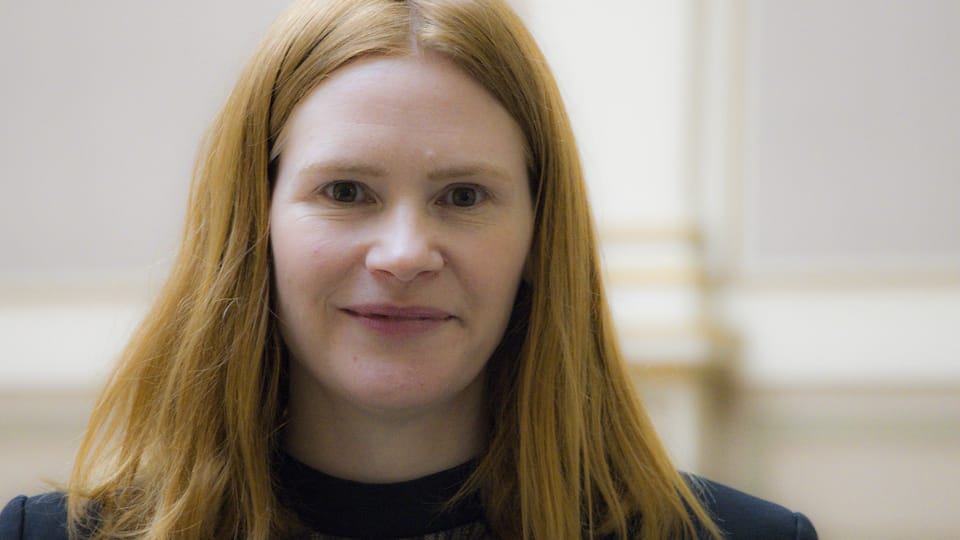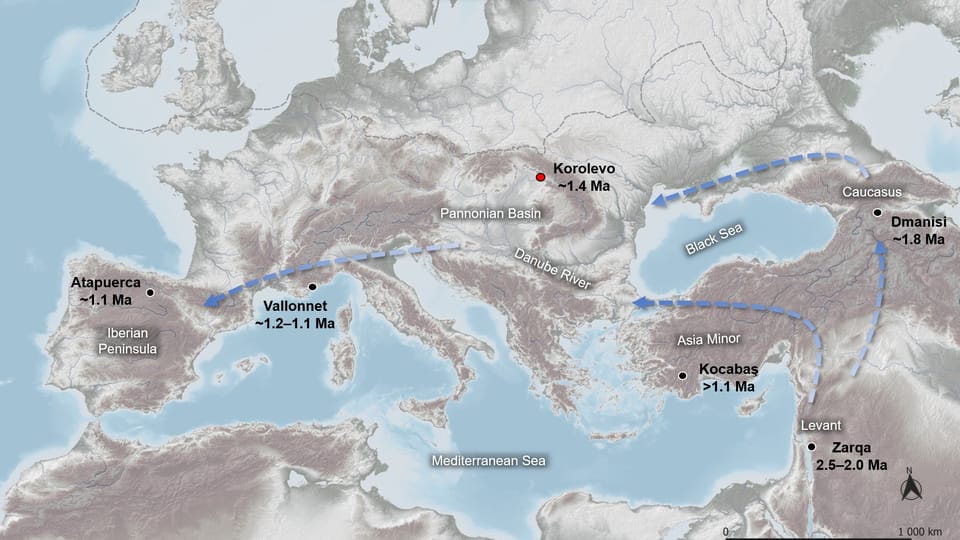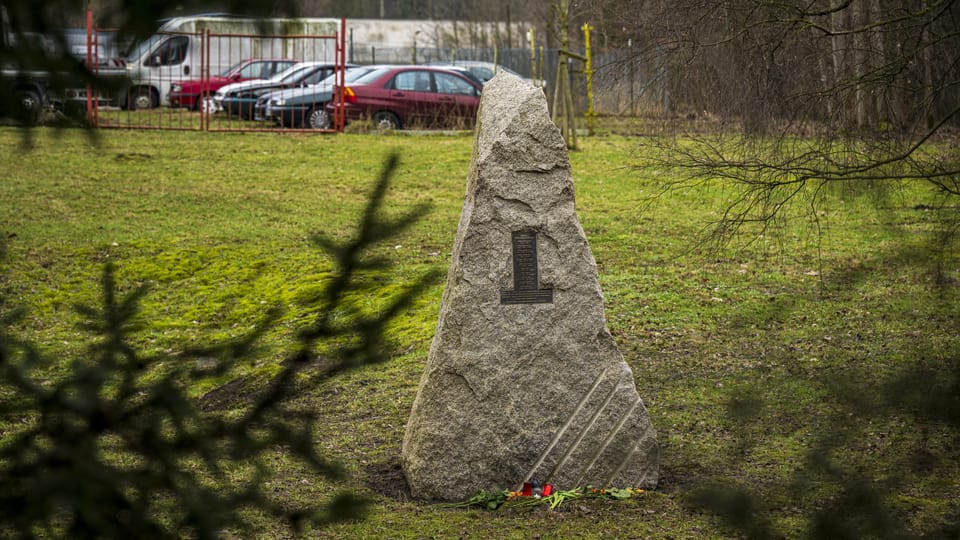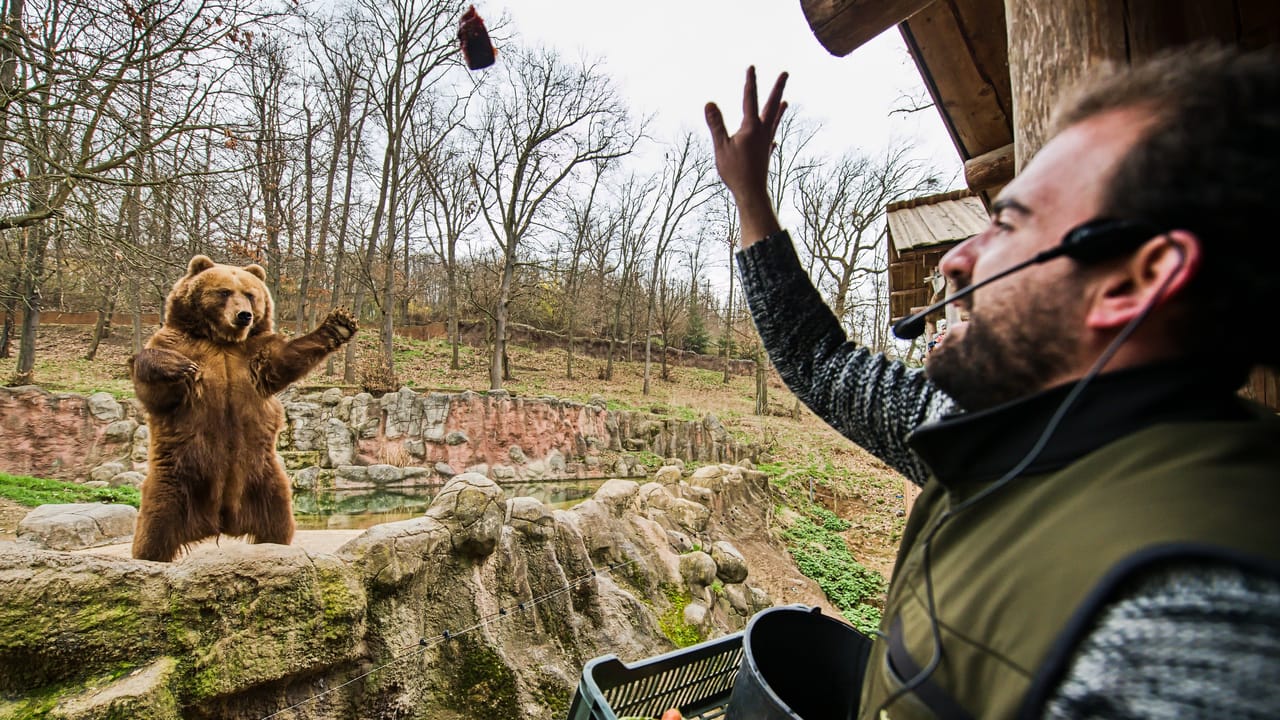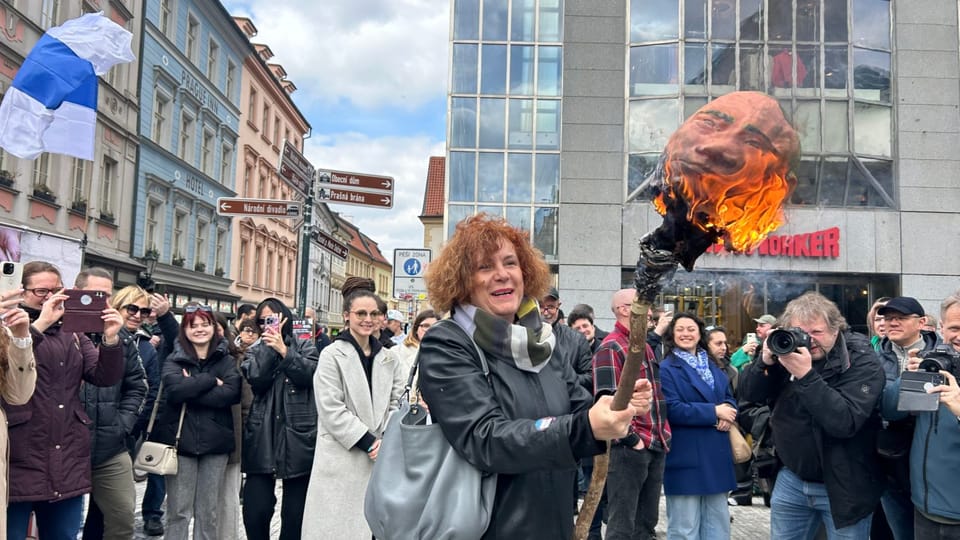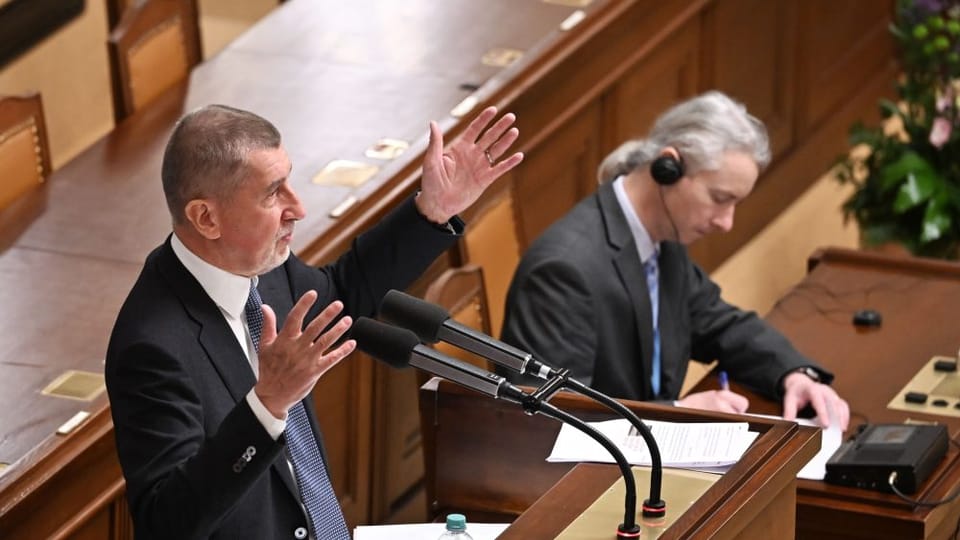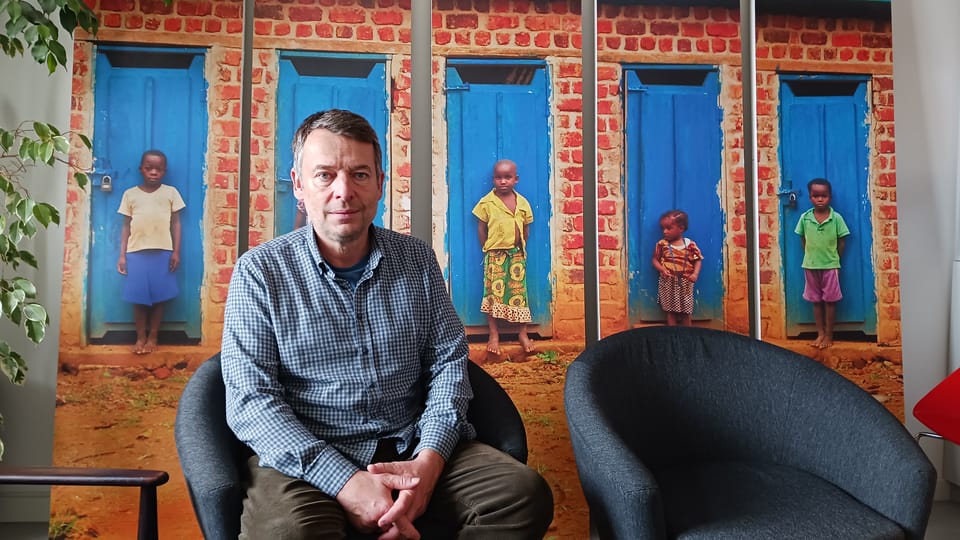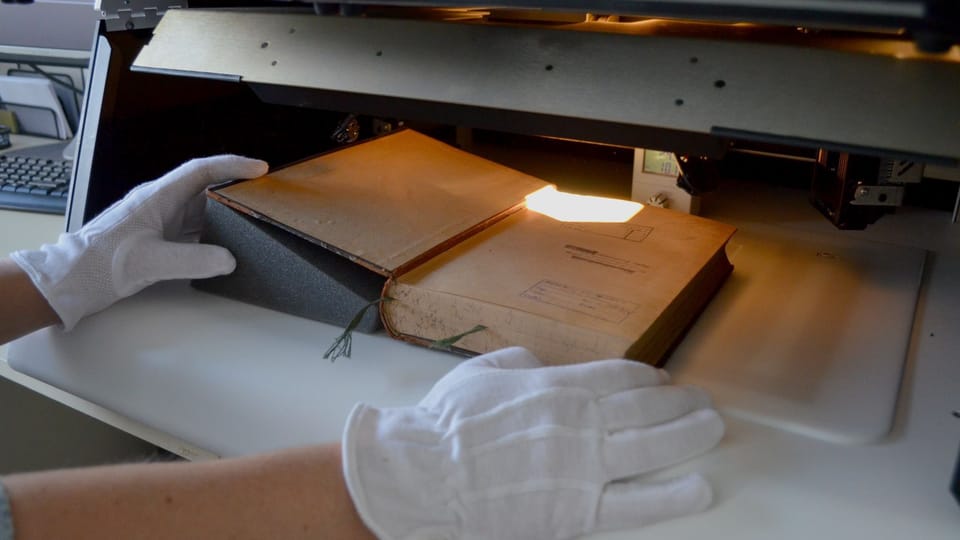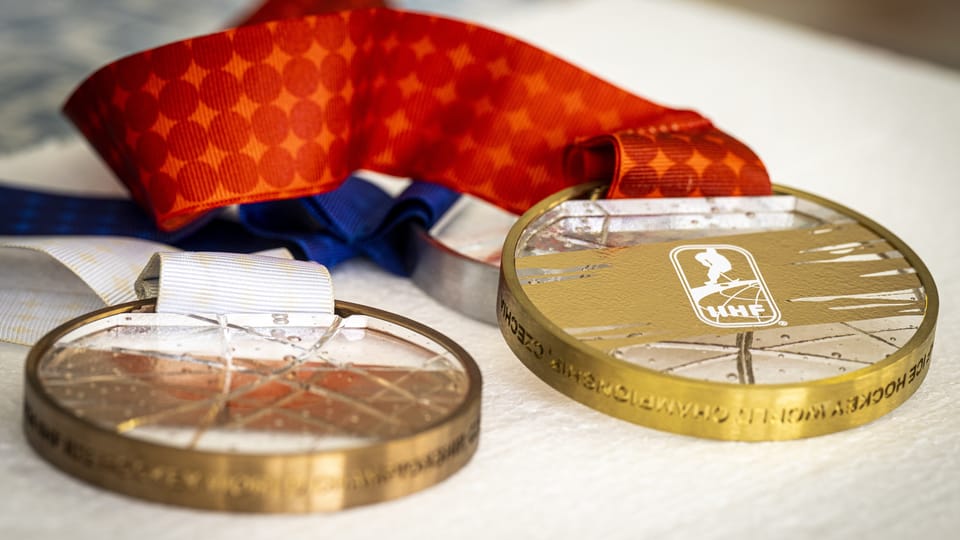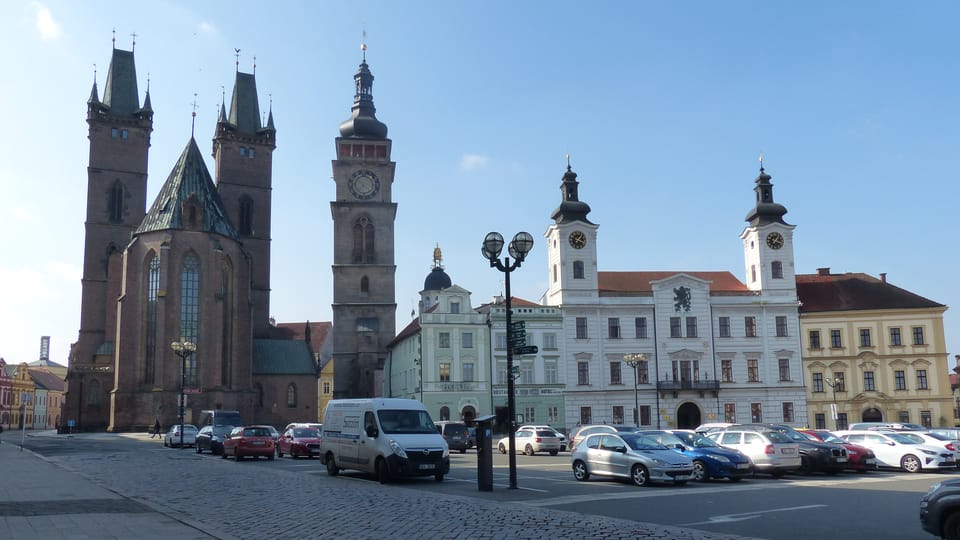The main season of the Prague Zoo has officially started, and along with it, the public’s questions are multiplying: When is the best time to go to the zoo? How to avoid the queue at the checkout? Are there any discounts available? That’s why we answer these and other questions in the new top ten of the experienced Prague Zoo visitors.
We attach a thematic photo to each of the tips. Their sources can be found below.
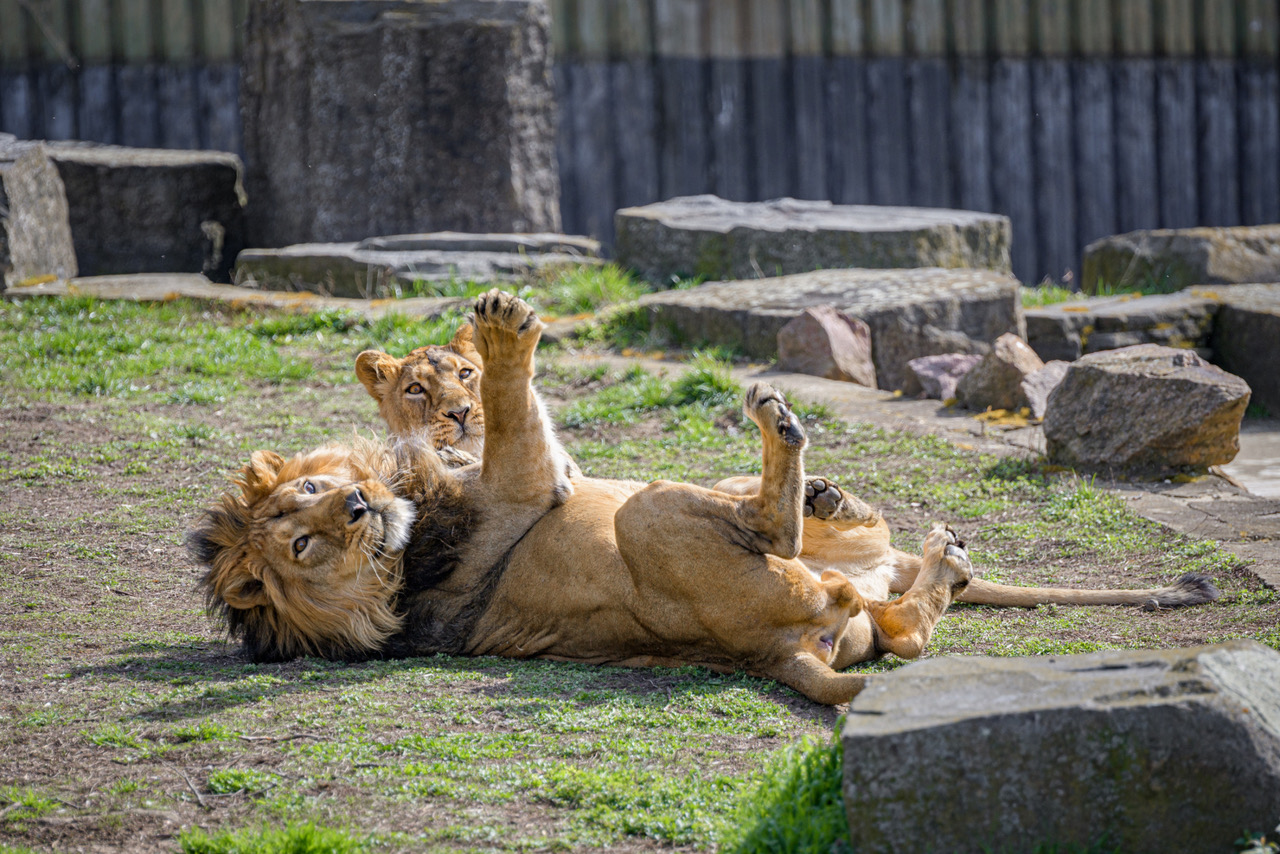
Lev indický. Foto Petr Hamerník, Zoo Praha
- Sunday is quieter than Saturday
Most people head to the zoo on the weekend. If you are hesitating about which of your free days to spend visiting the Prague Zoo, then keep in mind the secret of all seasoned visitors: Sunday is always less busy than Saturday. Not only will you be able to park more comfortably on Sundays, but you will also avoid possible crowds in the area. And if you plan to visit on a weekday, then know that statistically Tuesday is the “freest”!
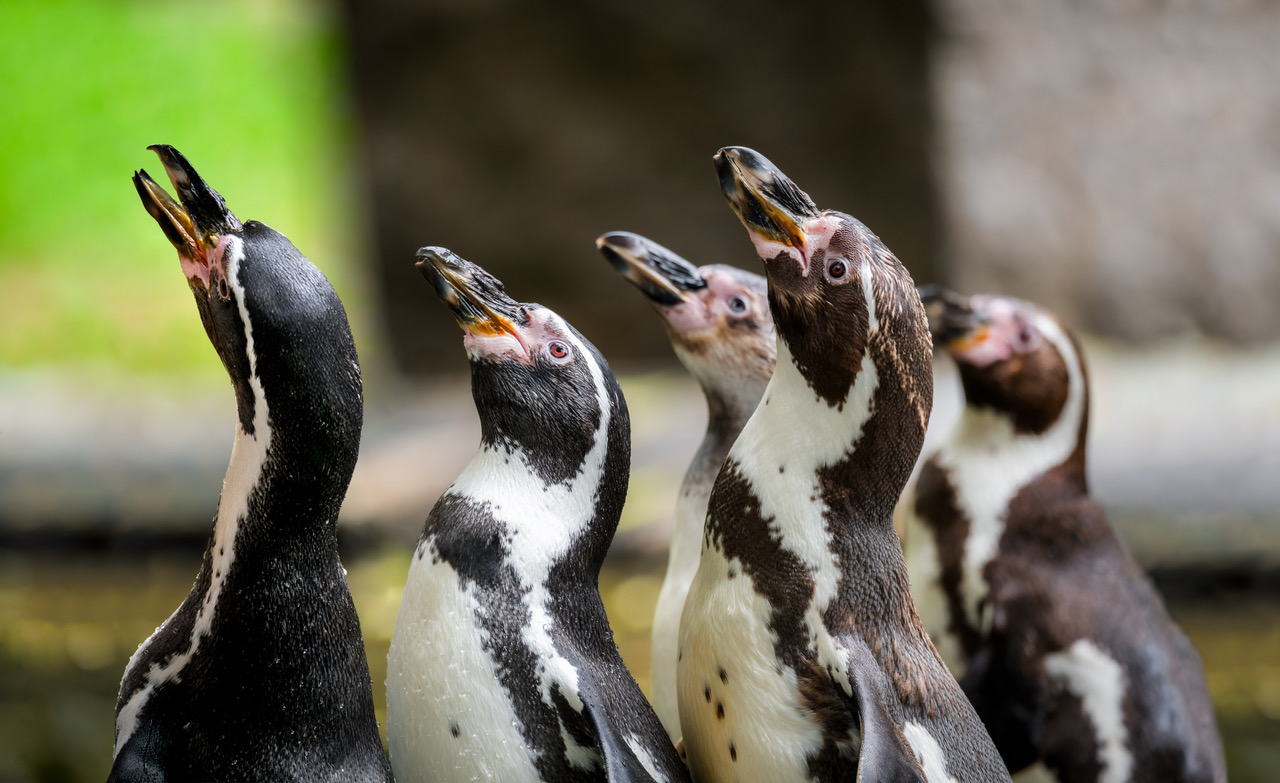
Tučňáci Humboldtovi. Foto Petr Hamerník, Zoo Praha
- With an e-ticket, no waiting, and cheaper
Queuing to buy a ticket at the box office? No way, waiting is for the uninitiated… A seasoned visitor conveniently buys an electronic ticket in advance in our e-shop and heads straight to the turnstiles. And they save money on top of that. Whether it is an adult, child or student ticket, its electronic version is up to 50 crowns cheaper than a paper ticket. You can even save 150 crowns on a family ticket, which is valid for two adults and up to four children, by purchasing it online!
You can find more information and make a purchase here: https://vstupenka.zoopraha.cz/
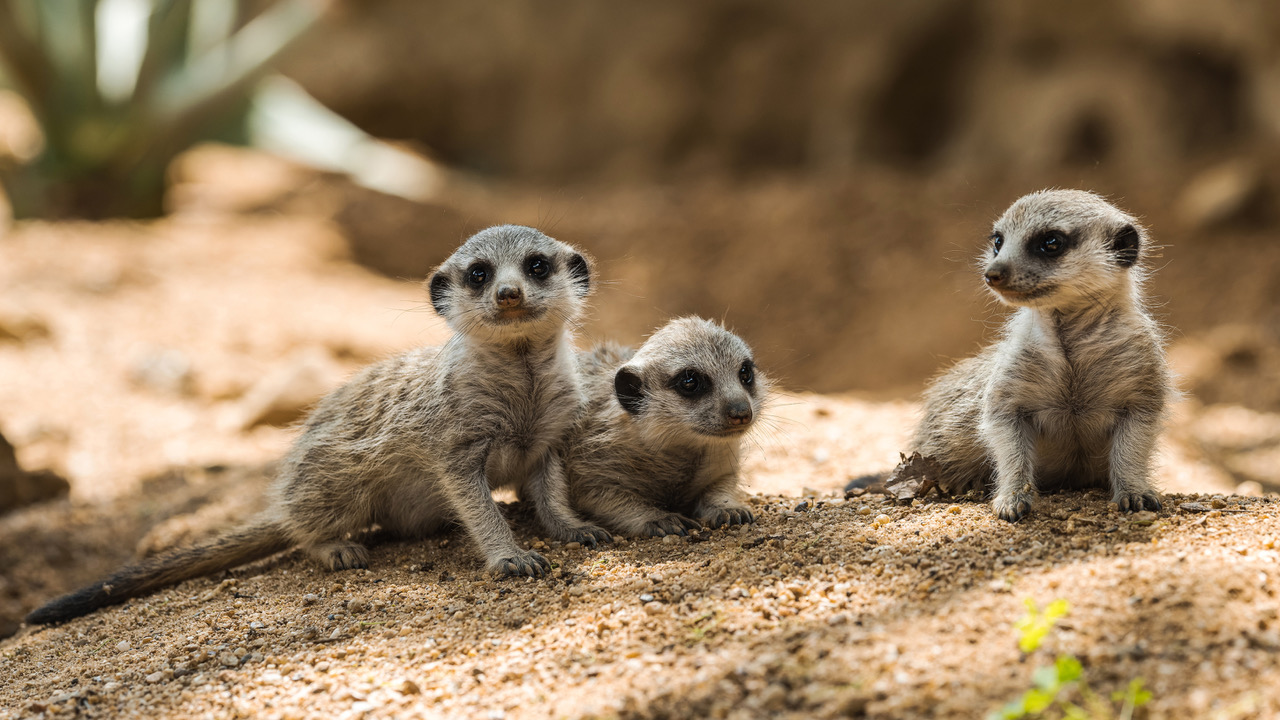
Surikaty. Foto Petr Hamerník, Zoo Praha
- Favorable offer for schools and kindergartens
Speaking of discounts, we remind you of another very favorable offer, for school groups. Pupils of primary and secondary schools here pay only one hundred crowns, kindergarten pupils even only 50 crowns. In addition, teachers can choose from a whole range of thematic tours with our expert guide and thus have fun supplementing the material they are currently discussing in biology, natural science or primary education!
You can find more information here.
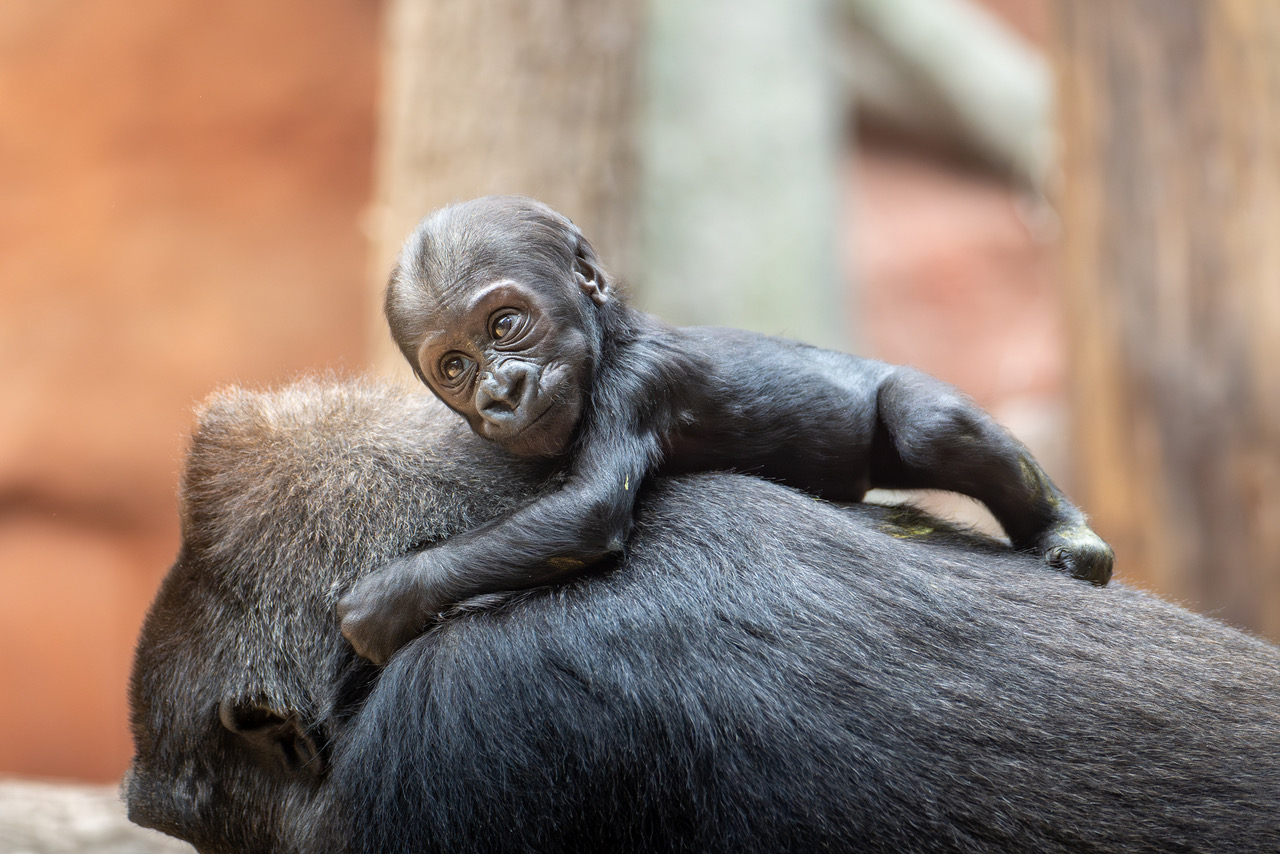
Gorila nížinná. Foto Oliver Le Que, Zoo Praha
- Use the new entrance and public transport stop
Everyone knows the zoo’s iconic main entrance with its Walk of Fame, and motorists often use the south entrance near the river by the vast parking lot. But did you know that we recently opened a brand new gate to the zoo? Right on Sklenářka, near the new gorilla pavilion. No crowds, no waiting. In addition, if you use the entrance in the morning, you will have the Dja Reservation and the small female gorilla Mobi all to yourself. And what’s more – just like at the main entrance, city buses stop right in front of the gate. Just go in the direction of Podhoří: number 234 from Holešovice or lines 235 and 236 from Bohnice.
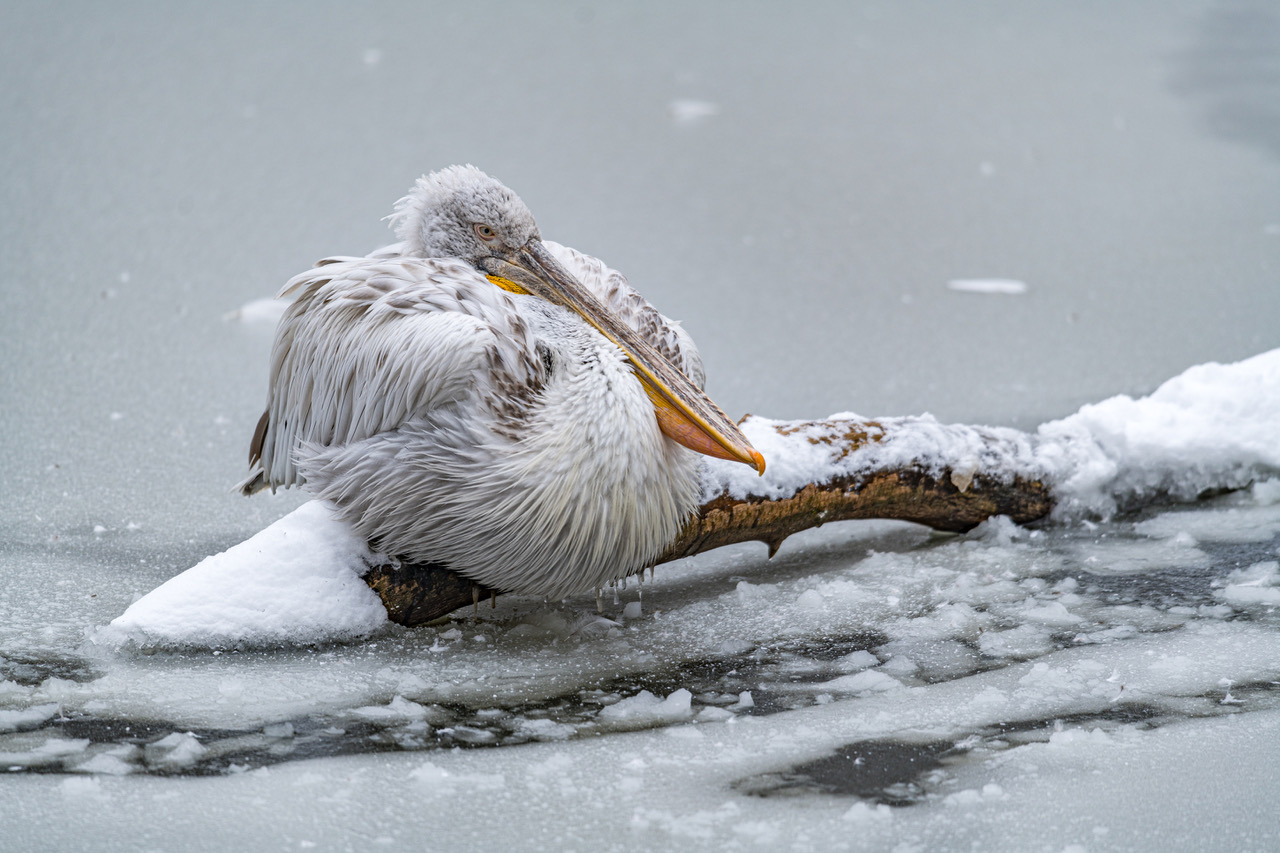
Pelikán kadeřavý. Foto Petr Hamerník, Zoo Praha
- Bad weather as an unexpected advantage
Thinking about visiting the zoo but it’s raining, windy, or cloudy? So don’t hesitate for a second and start putting on your shoes! After all, we have 15 indoor pavilions. In the Dja Reserve, which was opened last year, you can take a seat in the vast auditorium, from where you can not only watch the gorillas but also have a snack there or charge your mobile phone. You can also visit tigers, hippos, or giraffes with dry feet, warm up with orangutans or Komodo dragons in the Indonesian jungle, or among free-flying parrots in the Rákos pavilion. Look at the map and plan the indoor route of the Prague Zoo!
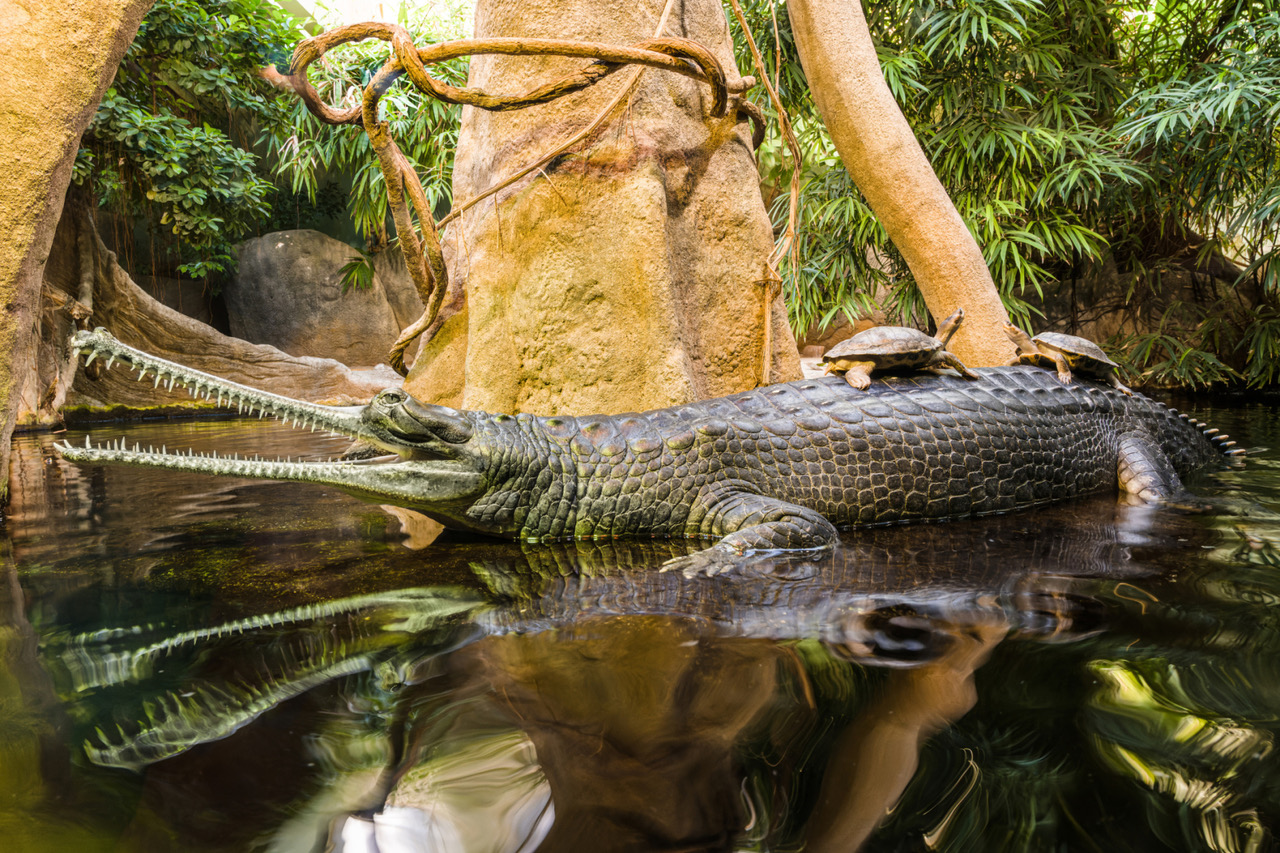
Gaviál indický a želvy Smithovy. Foto Petr Hamerník, Zoo Praha
- Ride around the area for young and old
A visit to our zoo does not have to be just a walk, it can also be a drive! For families with children, we rent special strollers free of charge at the main entrance, in which you can pull your little ones around the area. If you or your partner have mobility problems, there is nothing easier than booking a wheelchair with us for free, or purchasing a ride on our ZooExpress – in this case, accompanied by an expert guide.
More information about wheelchairs here.
More about ZooExpres here.
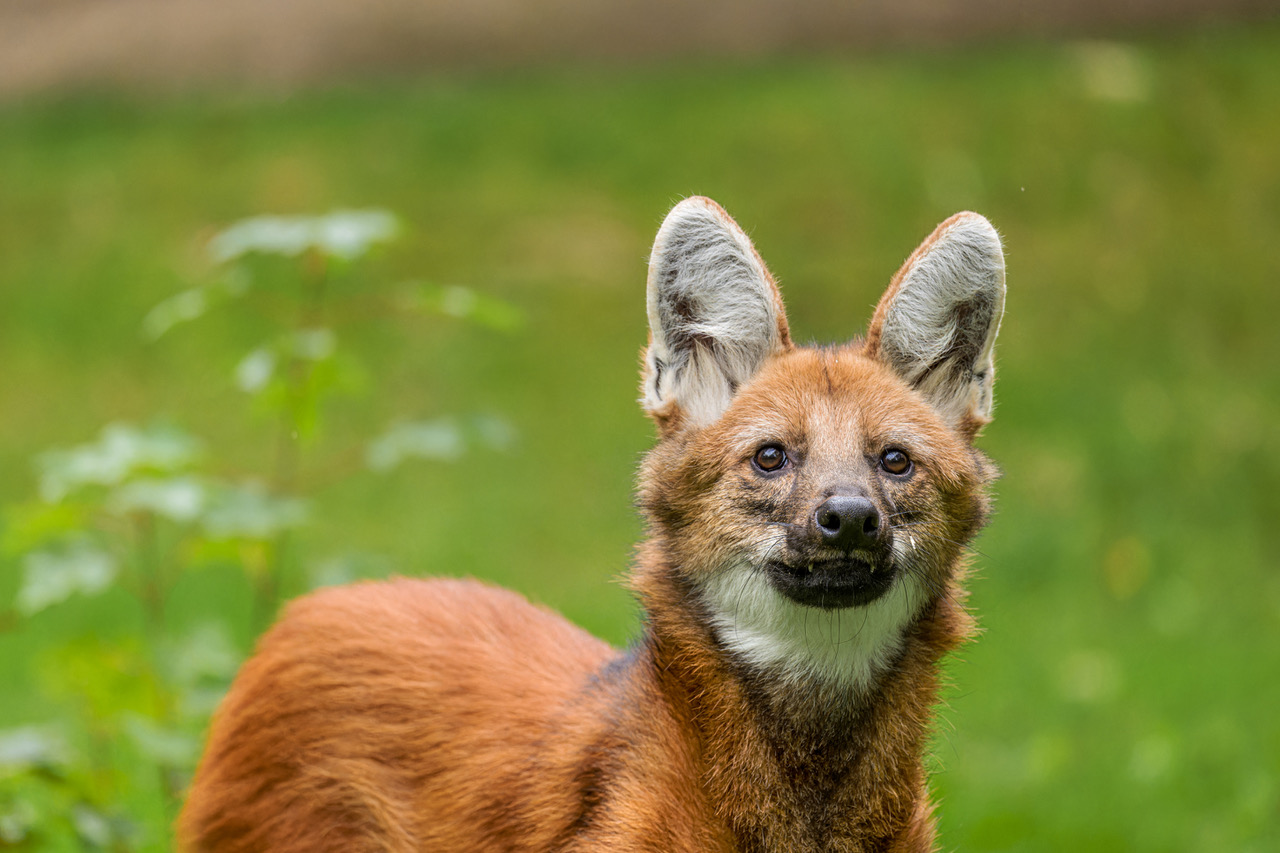
Vlk hřivnatý. Foto Petr Hamerník, Zoo Praha
- Take the dog with you, leave your luggage with us
Dogs of all sizes are welcome at the Prague Zoo. Each visitor is allowed one dog friend on a leash. In addition to visiting pavilions, walk-through exhibitions and playgrounds, it can go anywhere with you. And while you watch the animals in the pavilion, you can leave the muzzled dog at the tethering point. On the other hand, you don’t have to drag any heavy luggage around the area – you can conveniently use the storage boxes at all entrances to store them free of charge.
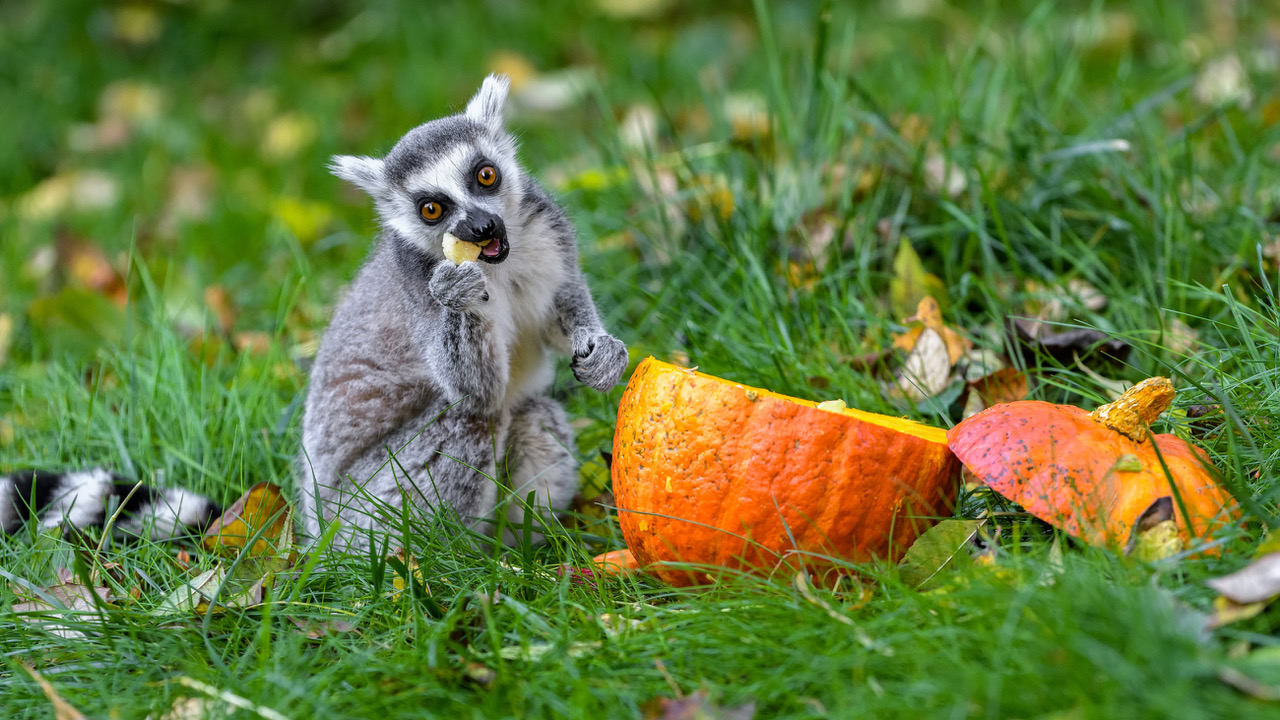
Lemur kata. Foto Petr Hamerník, Zoo Praha
- Zoogastro in the 21st century
Fryer, hot dog or ice cream cone. Of course, we do! But today you don’t have to rely only on fried or fatty ones. Did you know that you can find several meat-free dishes at the Gulab restaurant? Will you try black beluga lentils with halloumi cheese or perhaps vegetarian curry with homemade pita bread? At the Oceán restaurant, you will be delighted with a different daily cash offer, at Obora they will prepare fresh burgers with guaranteed the best view in Prague, and at Gočárové houses you will be transported to the period of the First Republic with first-class sirloin steak or duck in front of you. In short, lunch at the zoo can have style!
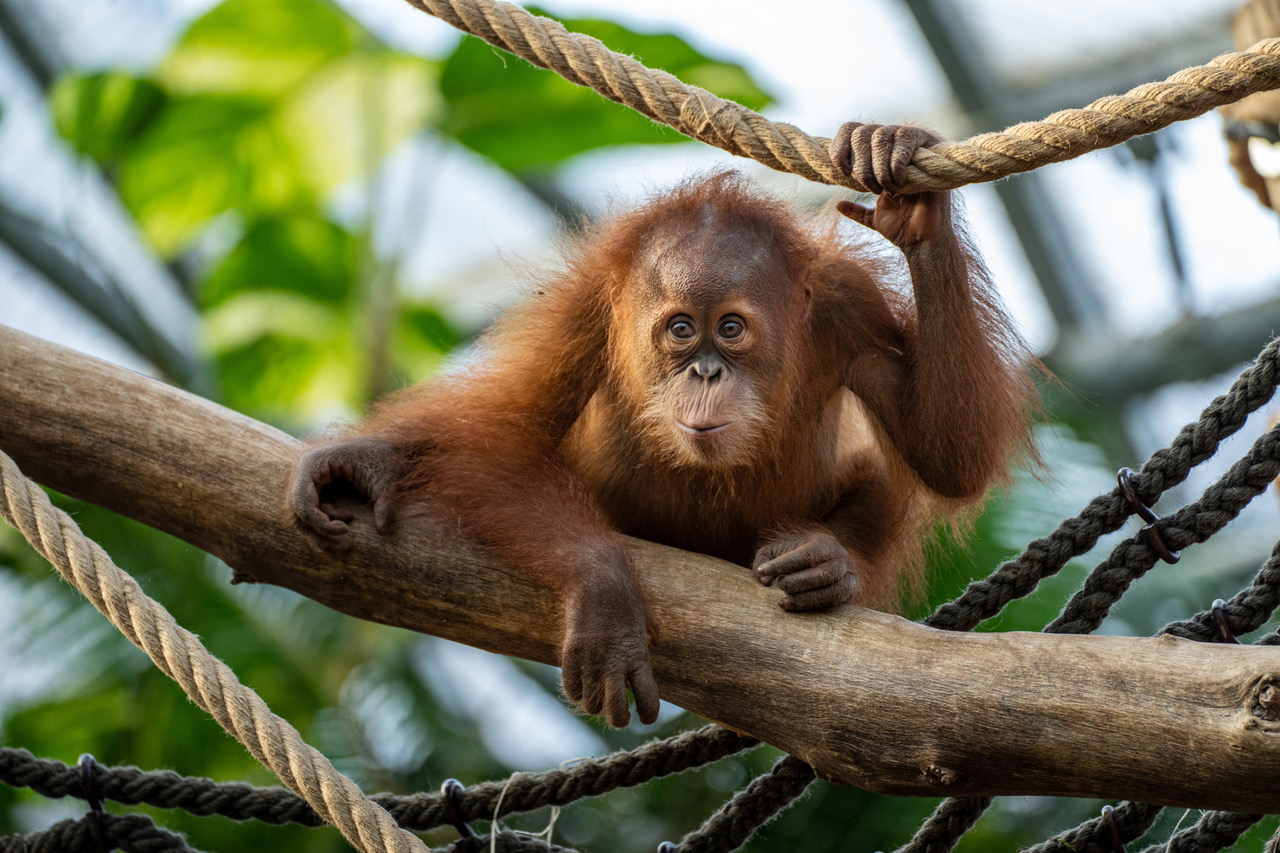
Orangutan sumaterský. Foto Oliver Le Que, Zoo Praha
- Events for free visitors every week
Do you want to experience something special at the Prague Zoo? Follow our program! In all seasons, a number of guided feedings and meetings with the animals await you – you can have breakfast alongside bizarre burrowing owls, have lunch with a flock of penguins or have a snack with the famous nutcracker female Šiška. In addition, we are planning at least one thematic event every week. The program includes tours of selected exhibition units with an expert guide free of charge for all visitors.
Complete program of upcoming events.
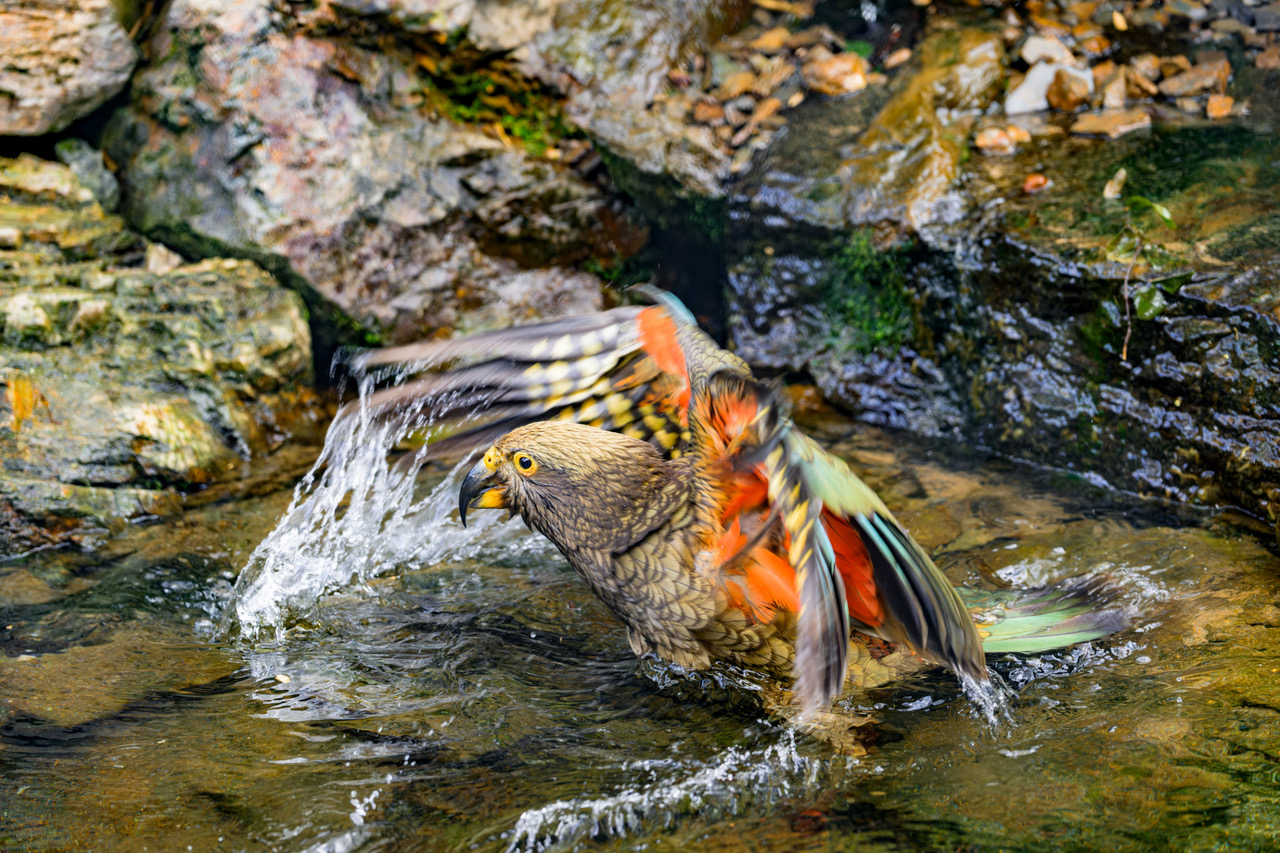
Nestor kea. Foto Petr Hamerník, Zoo Praha
- Take your time, observe, take pictures, film, share!
And the last tip? Above all, enjoy your visit to our zoo. Don’t try to do everything at any cost. Prague Zoo is vast, you wouldn’t be able to do it in comfort anyway. Stop by the exhibits, watch the behavior of the animals, sit on a bench in the Hippo Pavilion or the African House, or take a seat in the comfortable auditorium next to the gorillas or sea lions and watch the action in front of you. Take your time. And if you manage to photograph or film something nice, tag Prague Zoo in your story on Instagram or Facebook. We will then be happy to share your photo on our official profile!
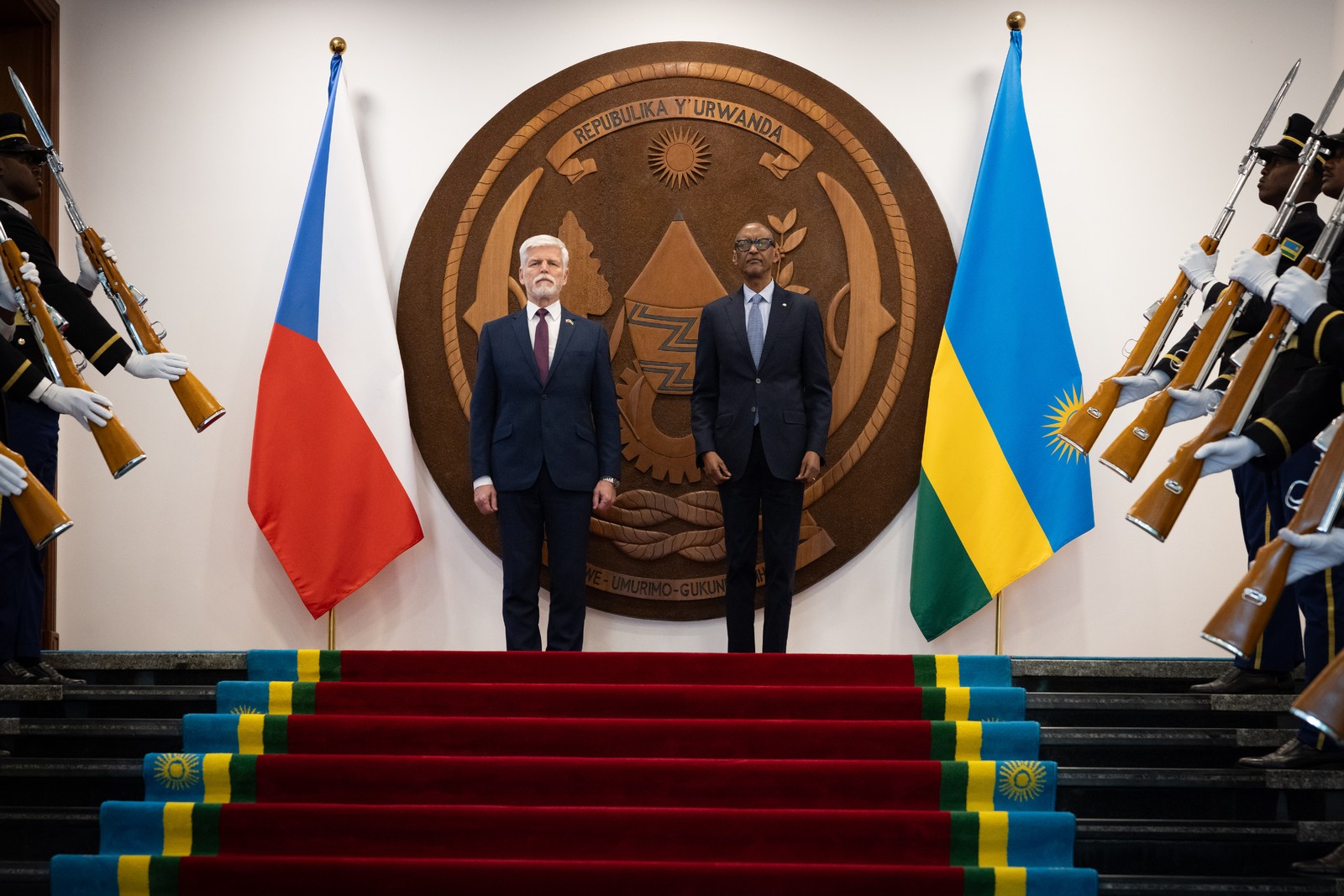
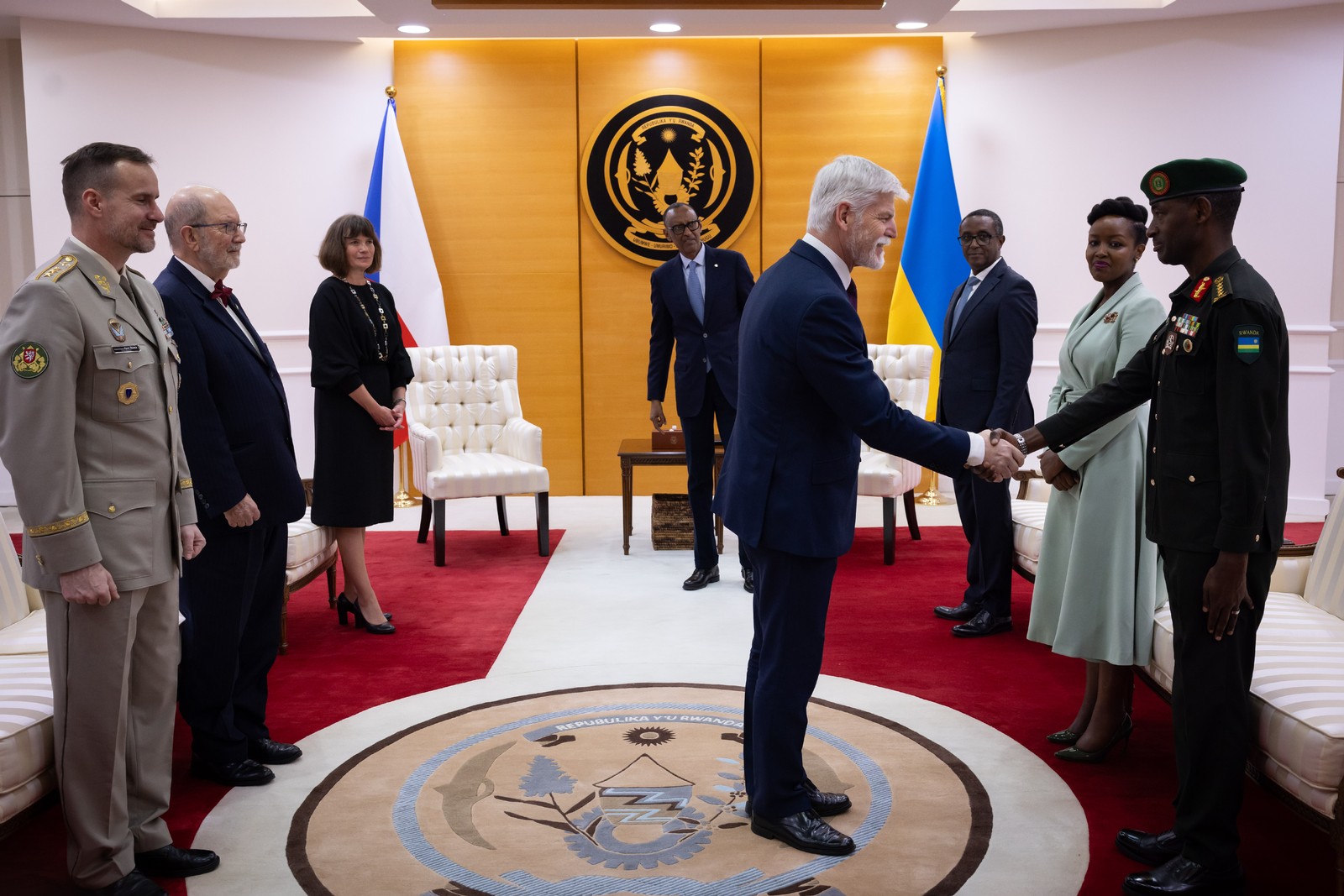
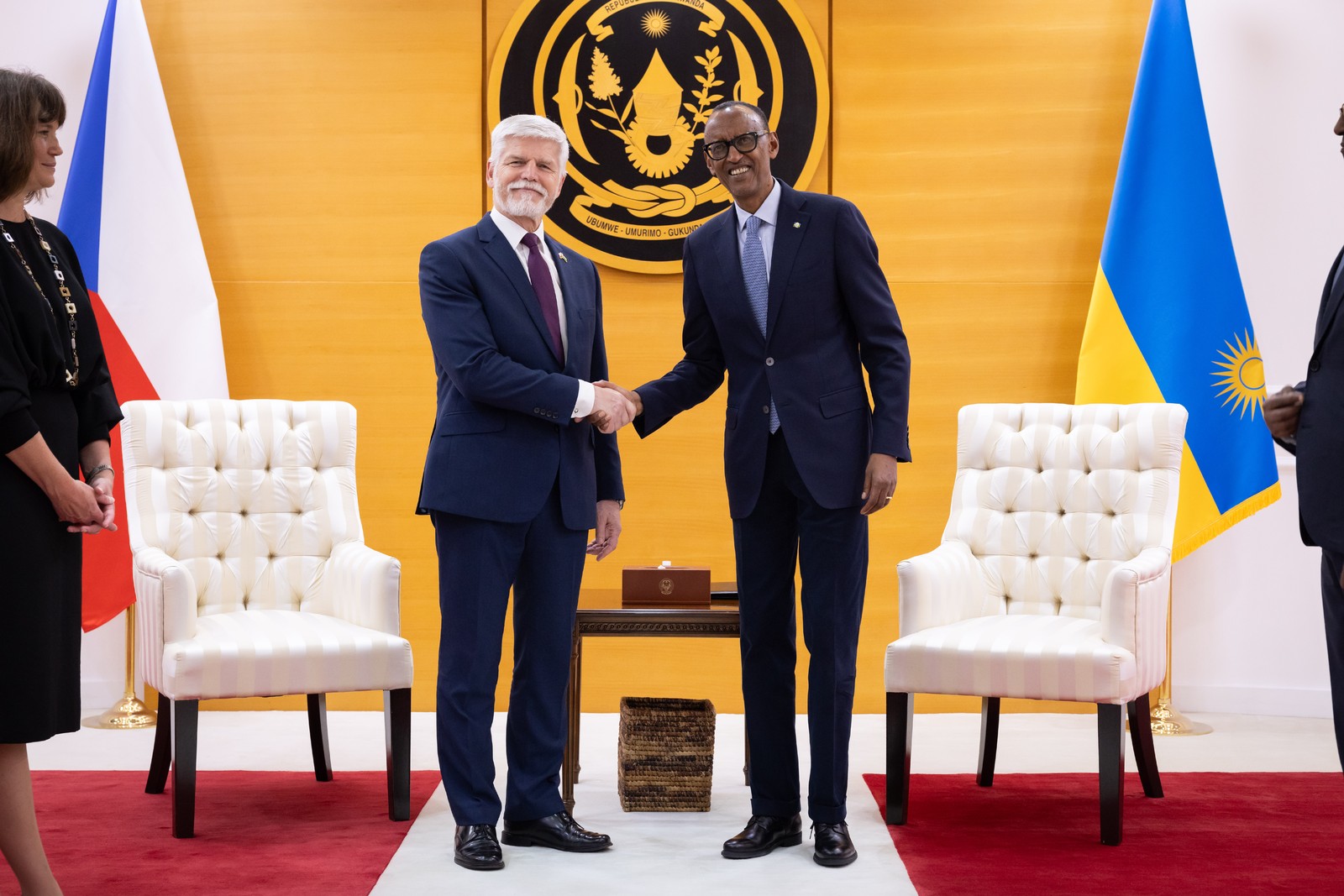
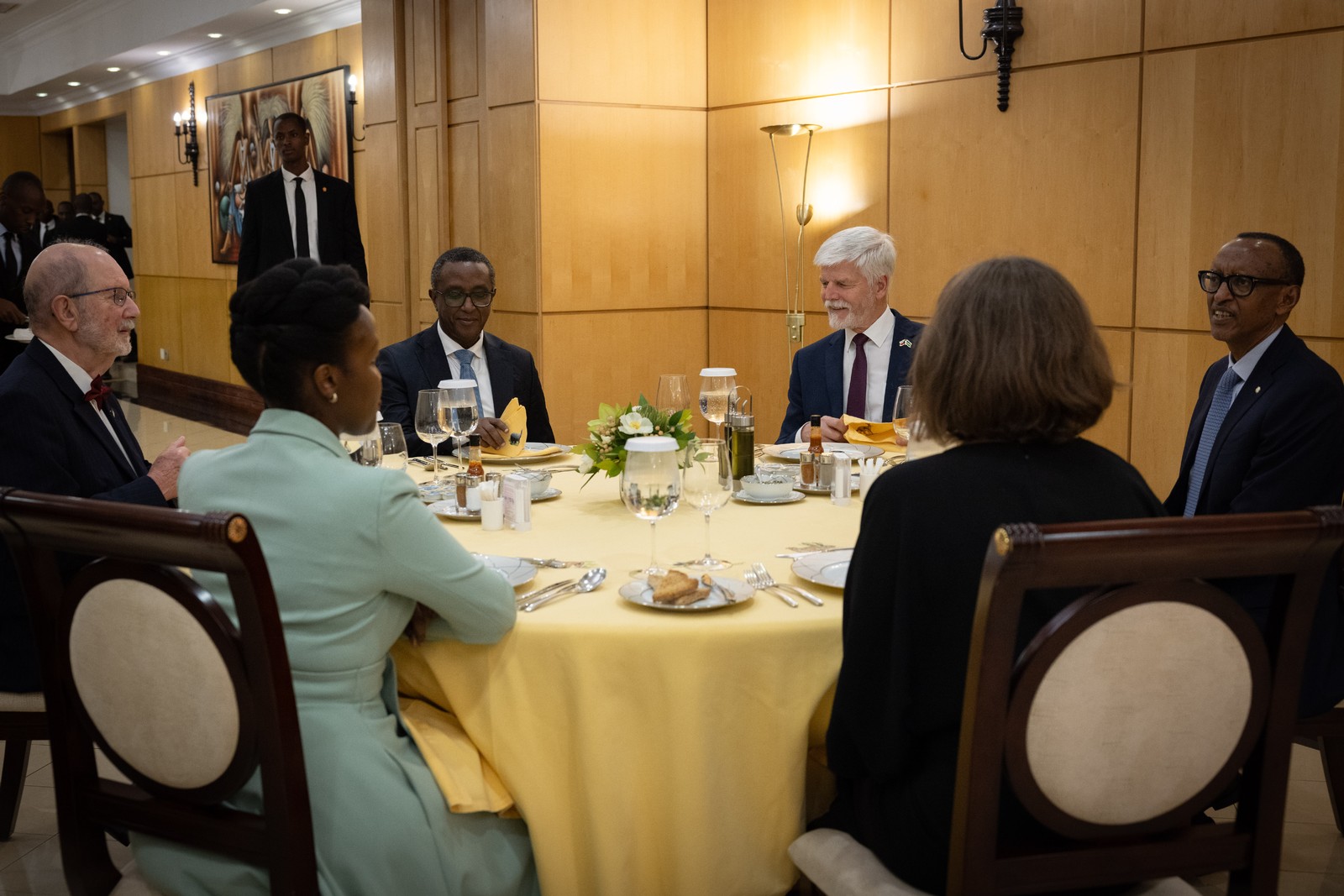


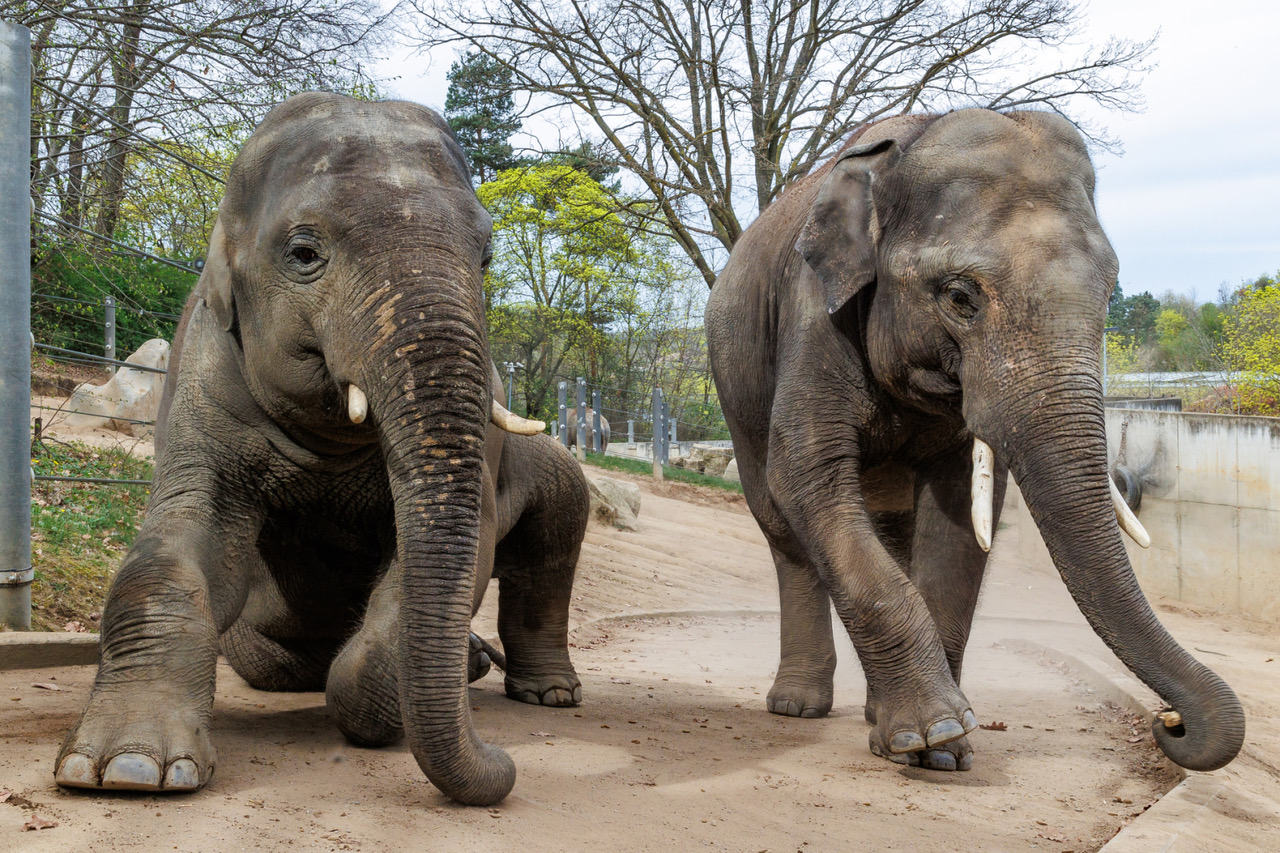
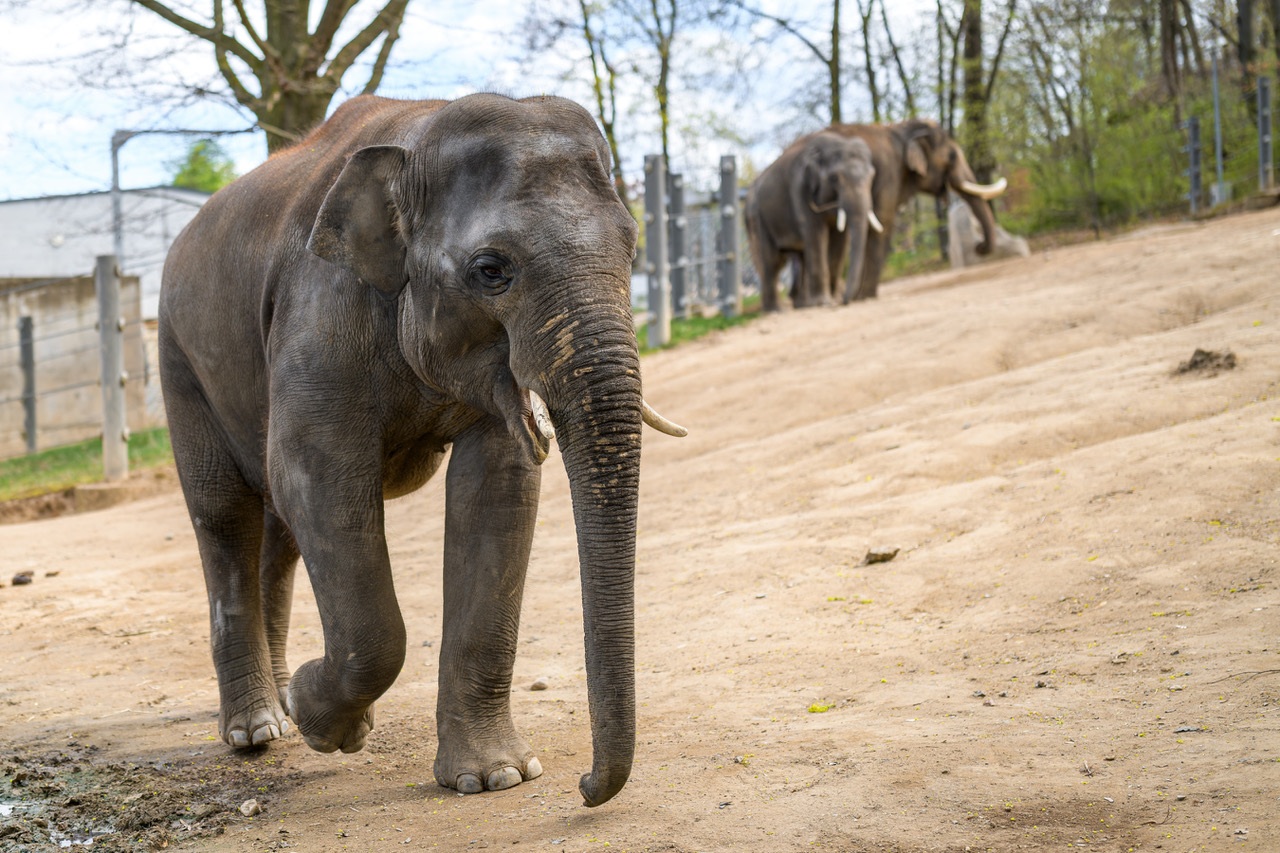
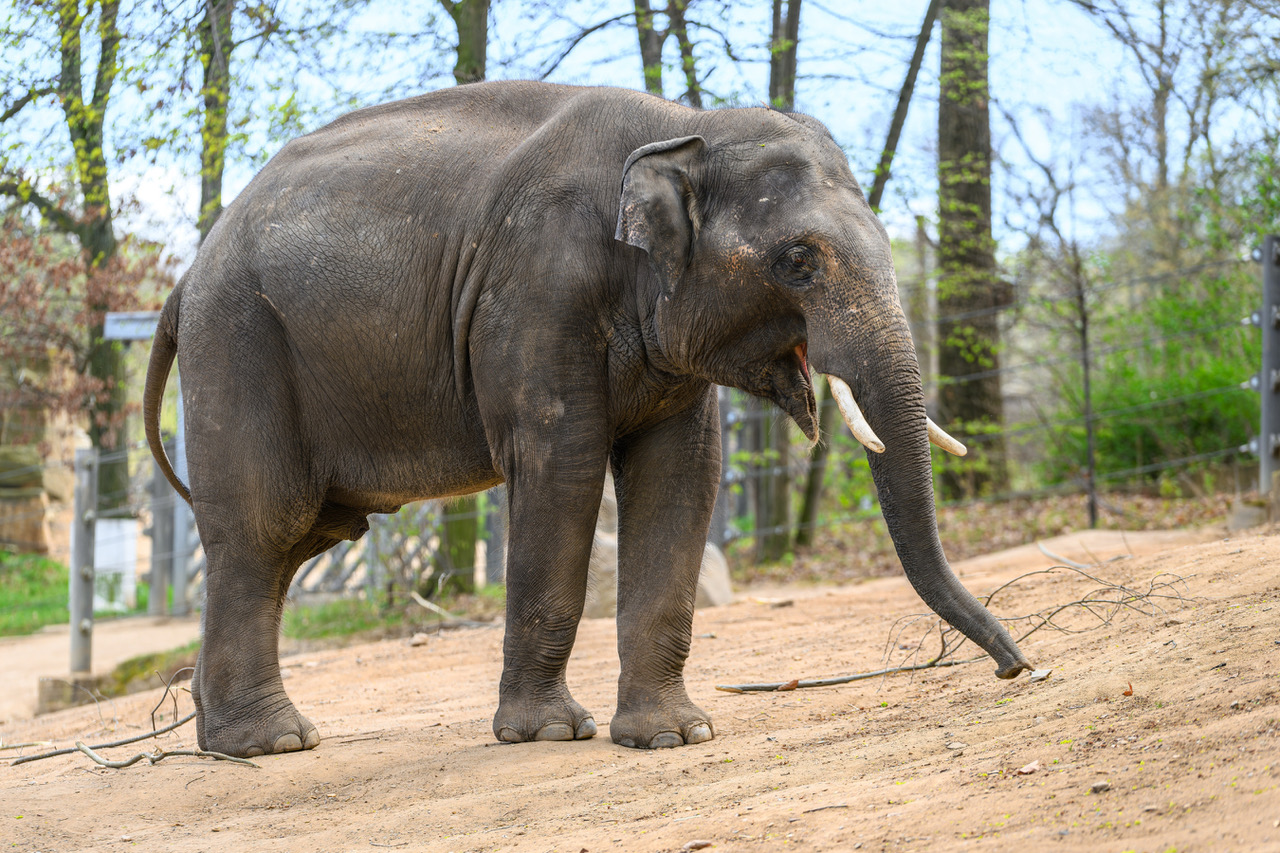
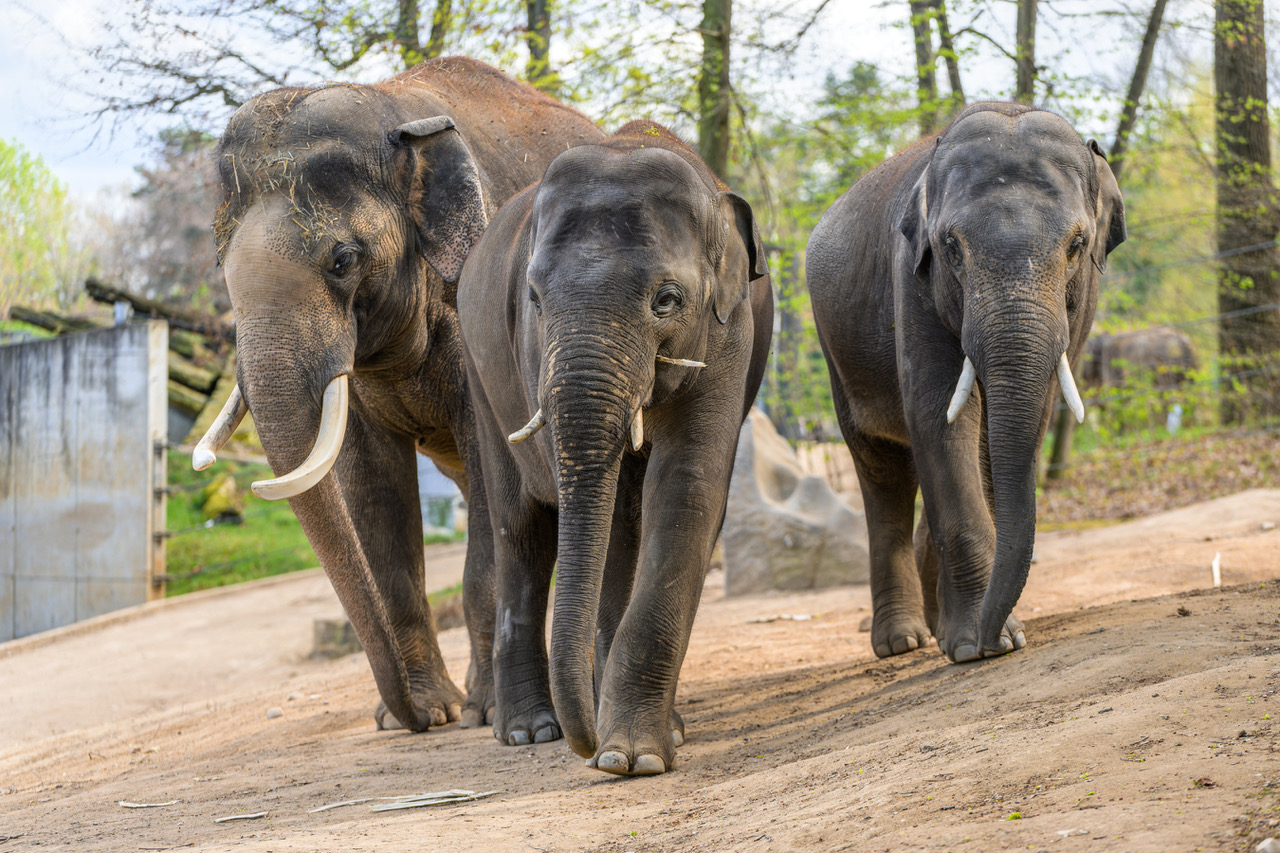
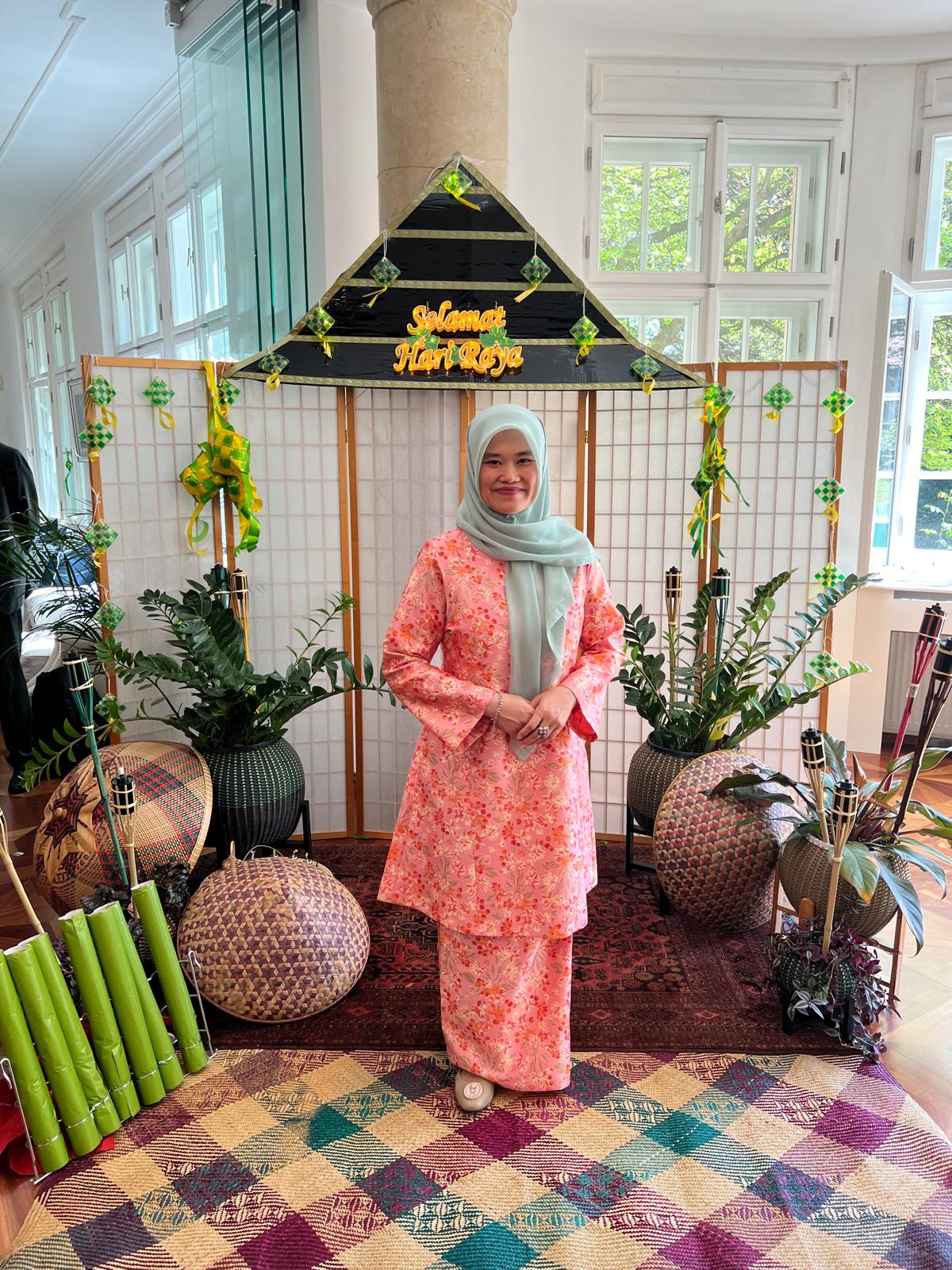
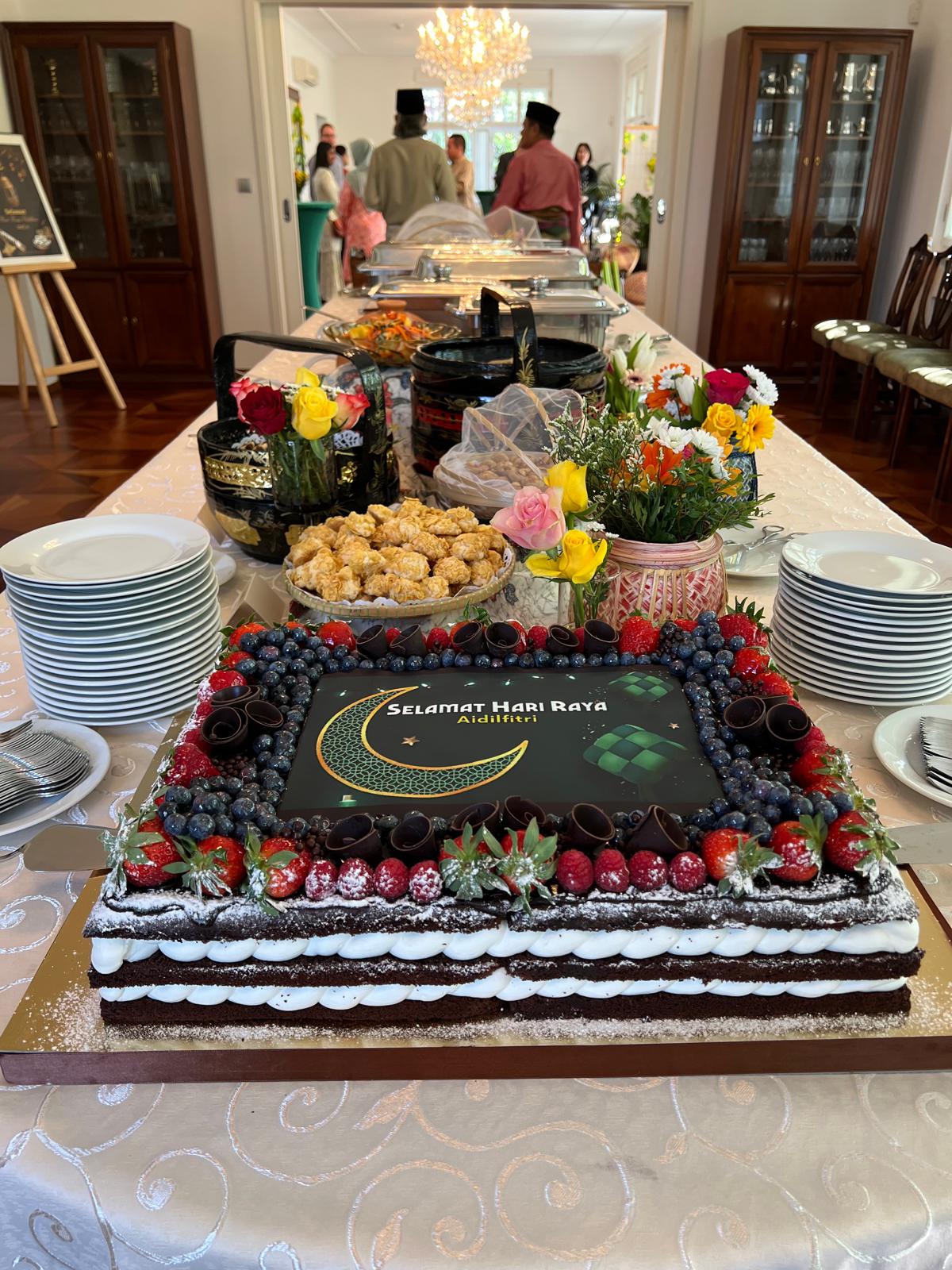
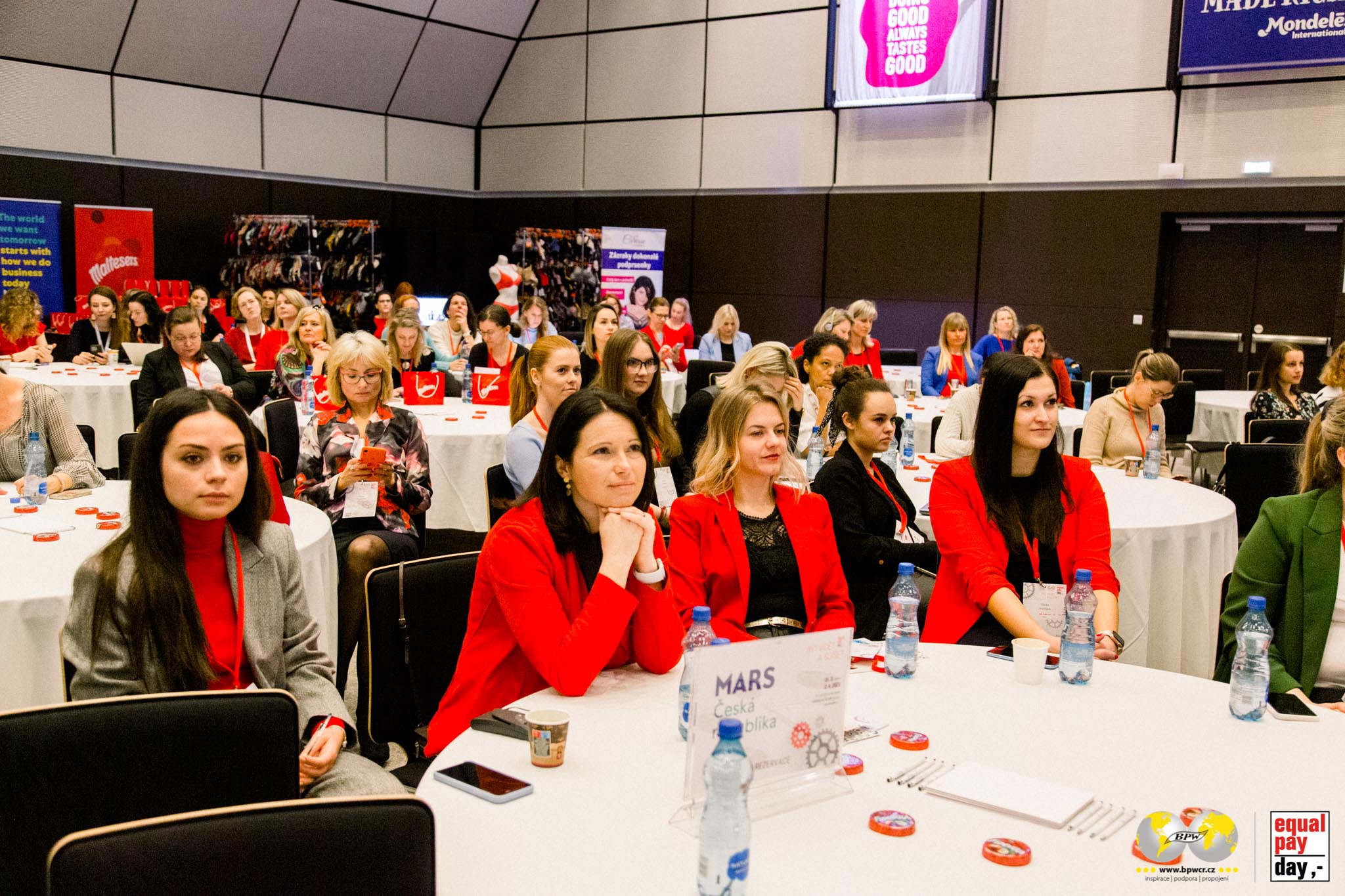
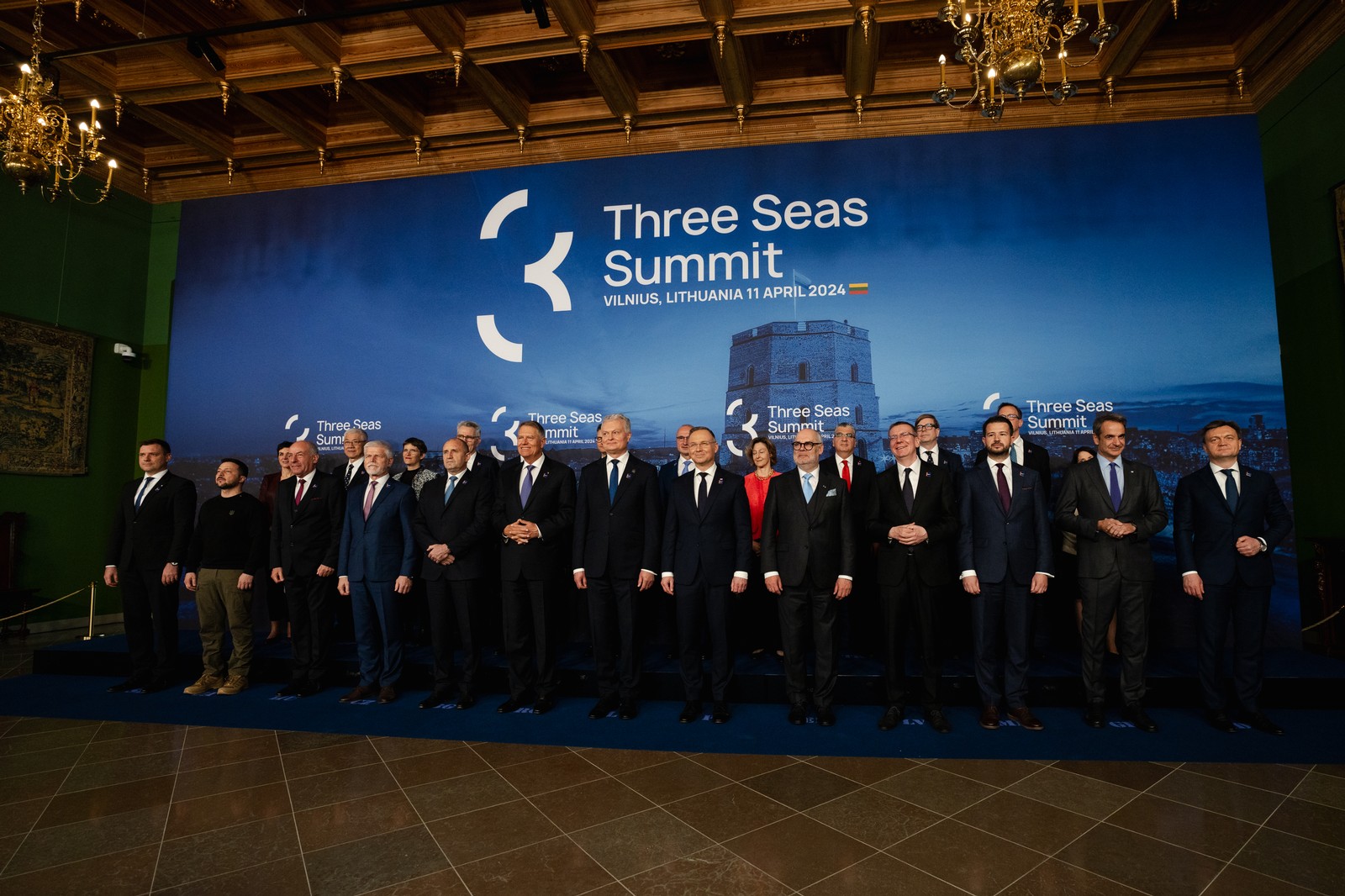
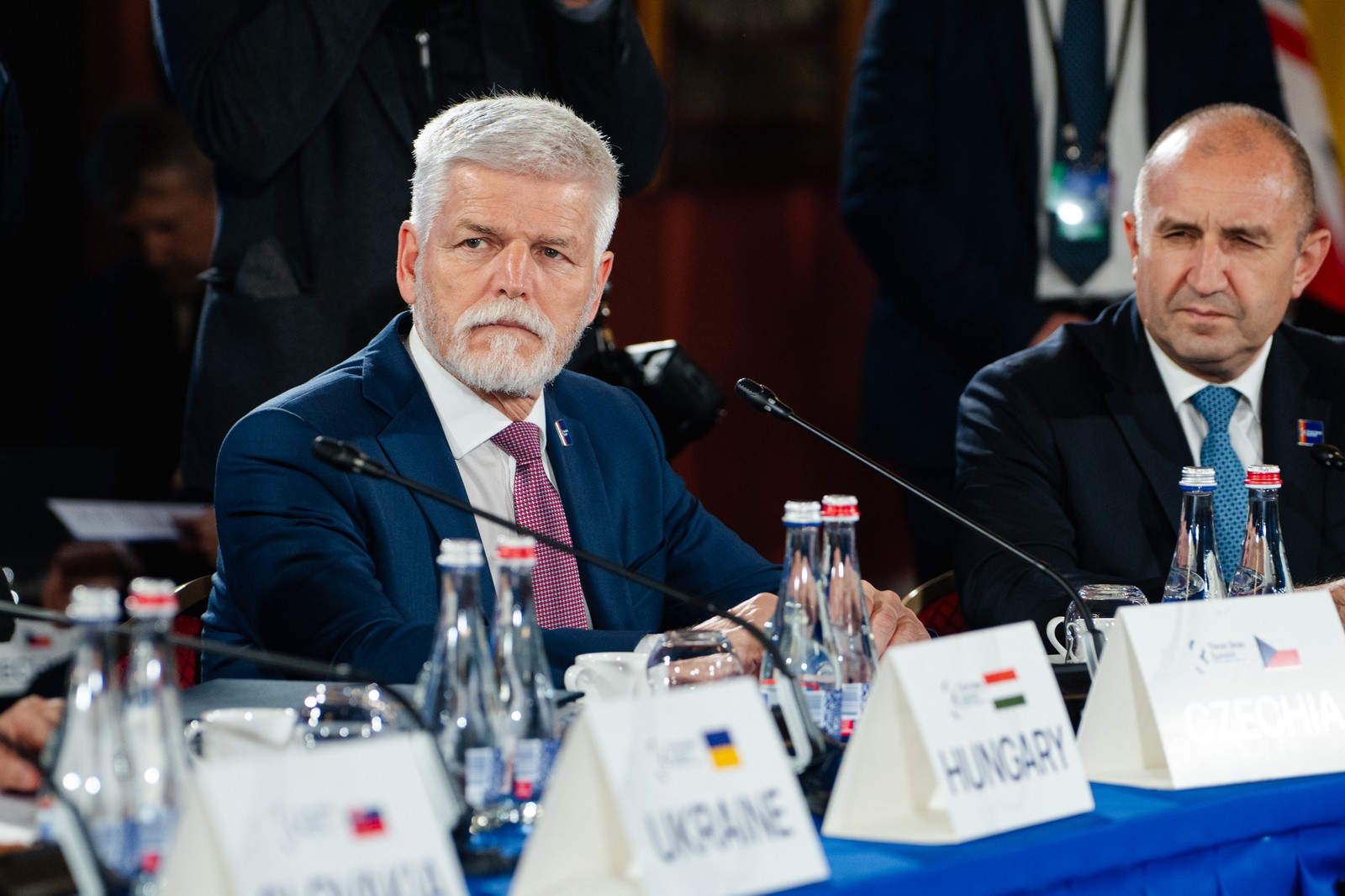
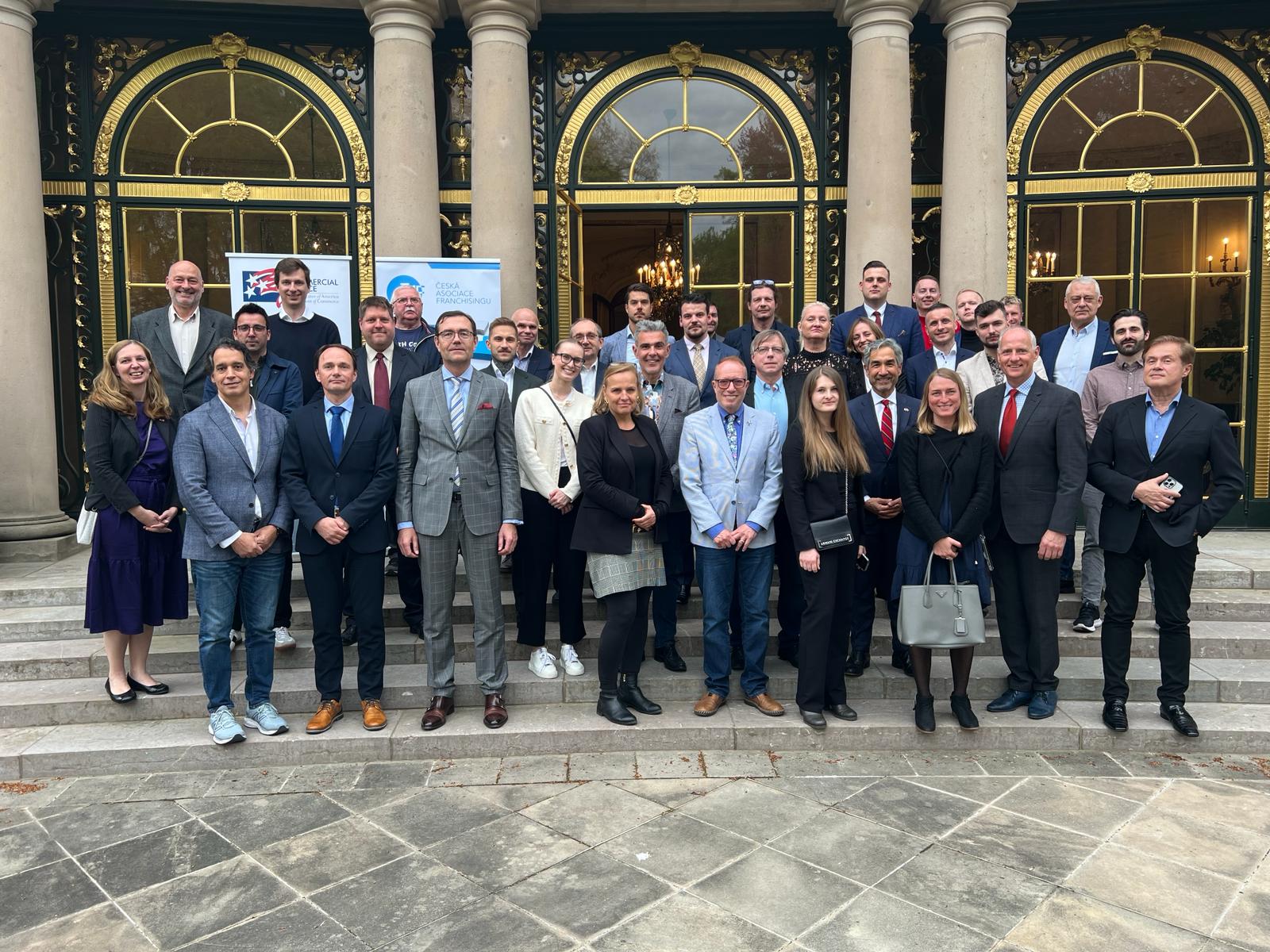
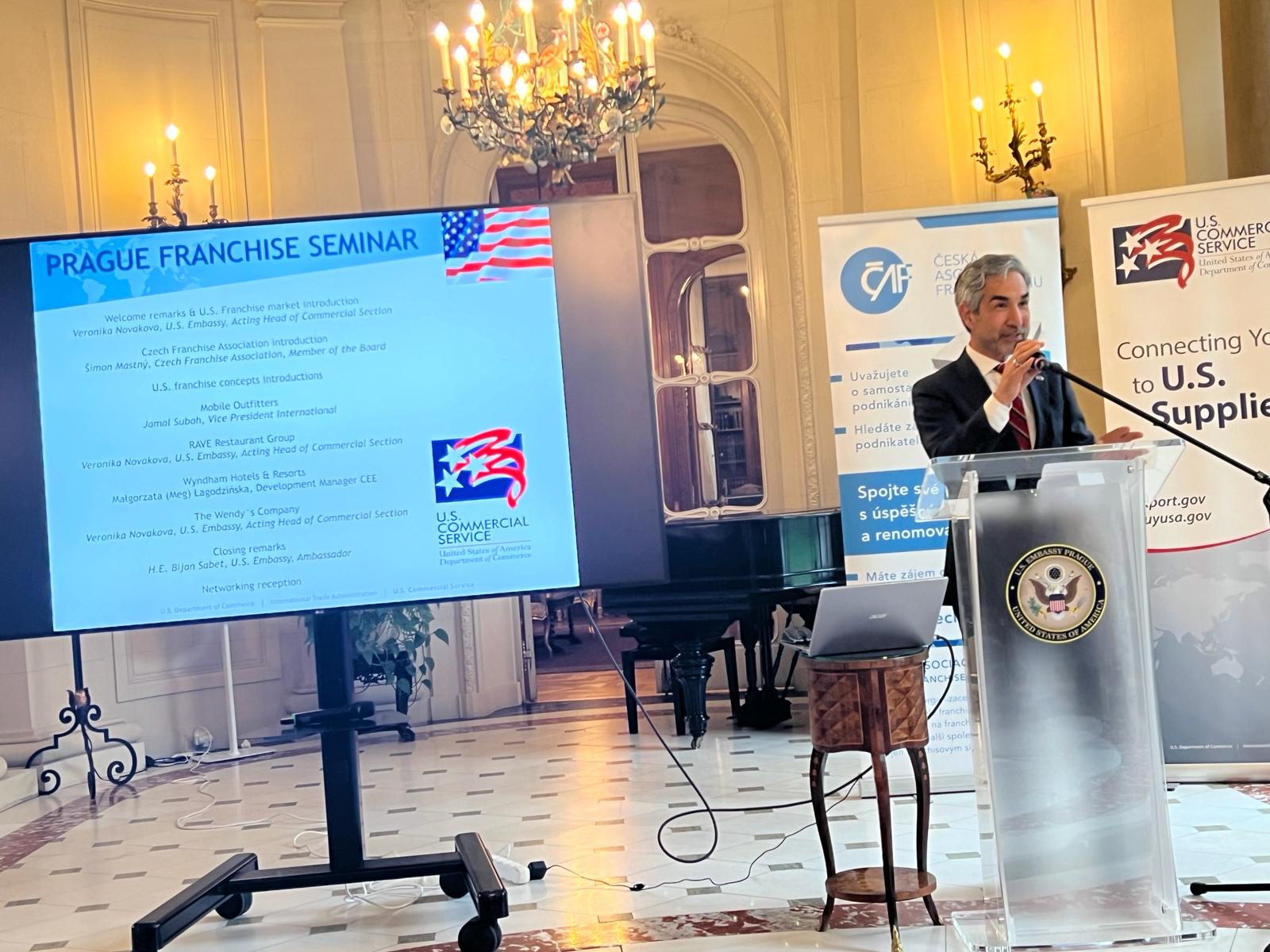
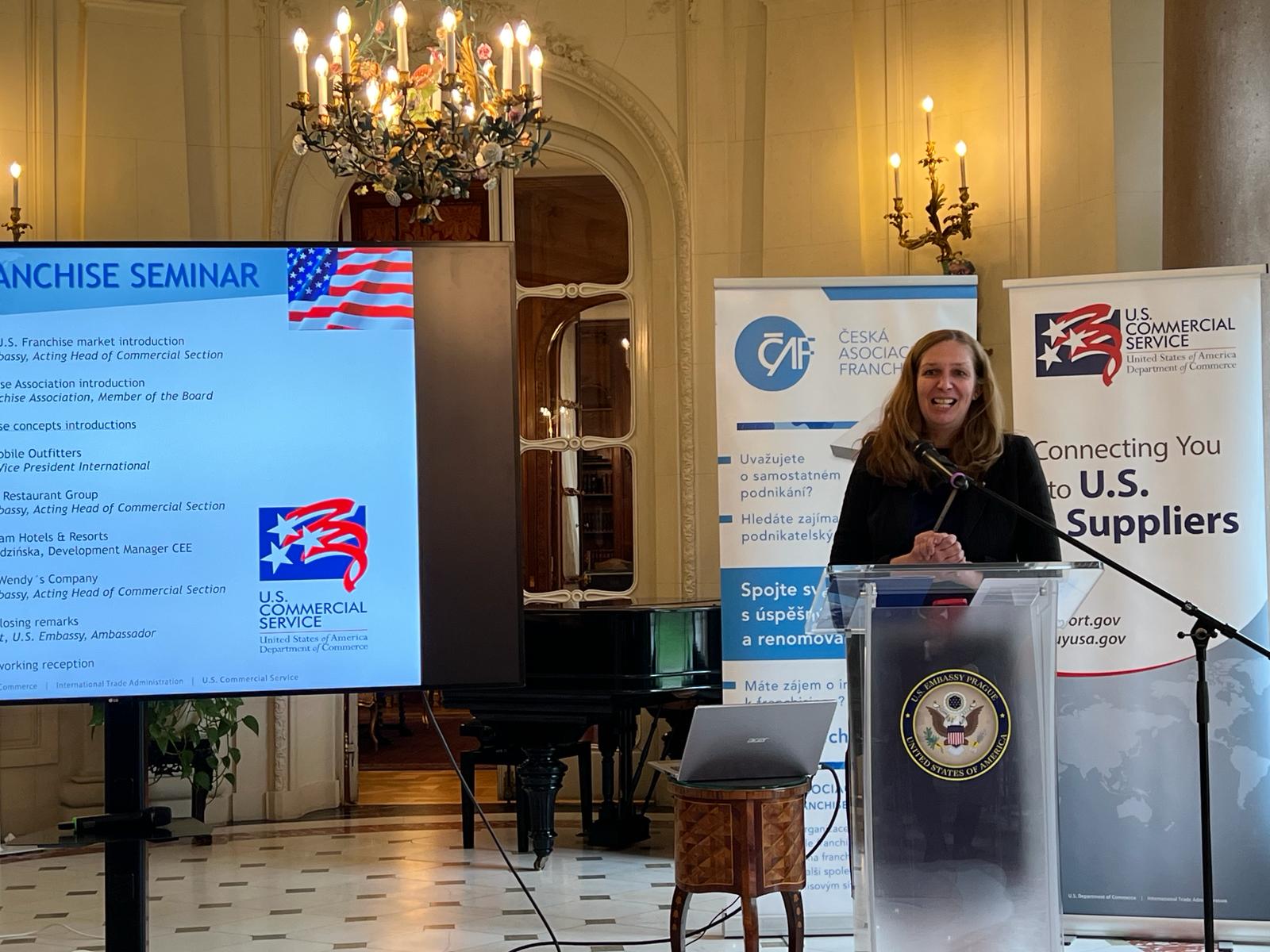
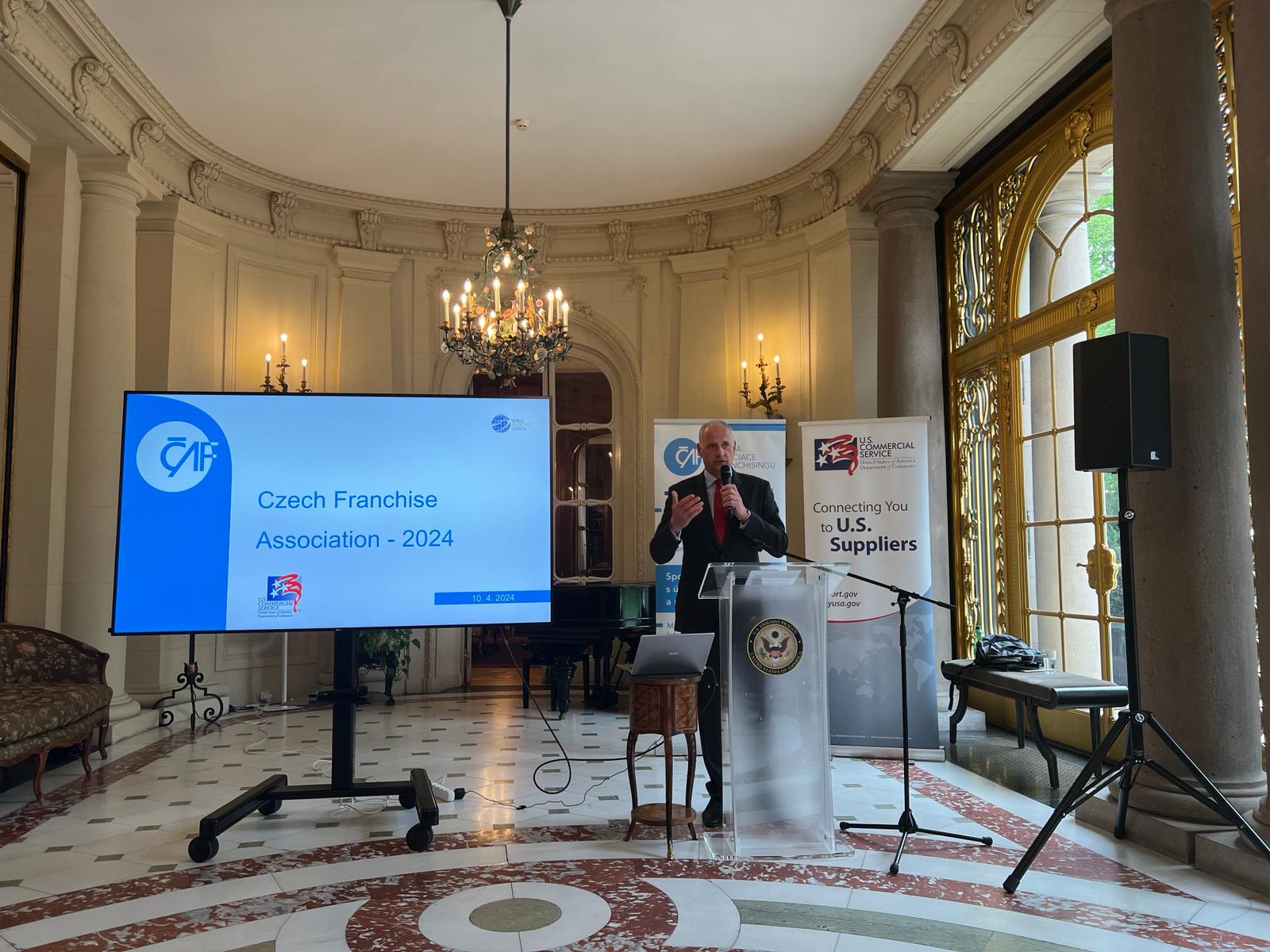
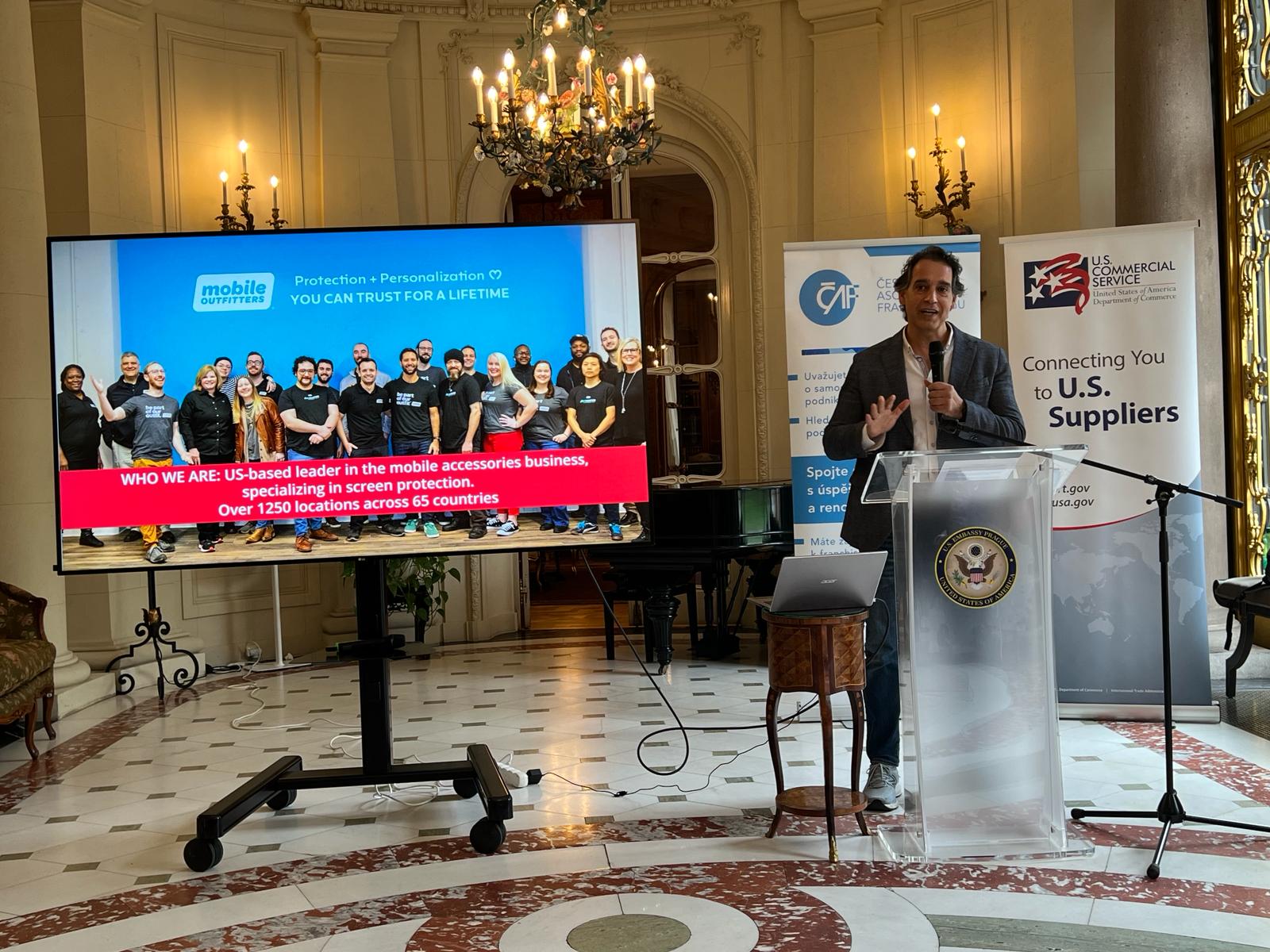
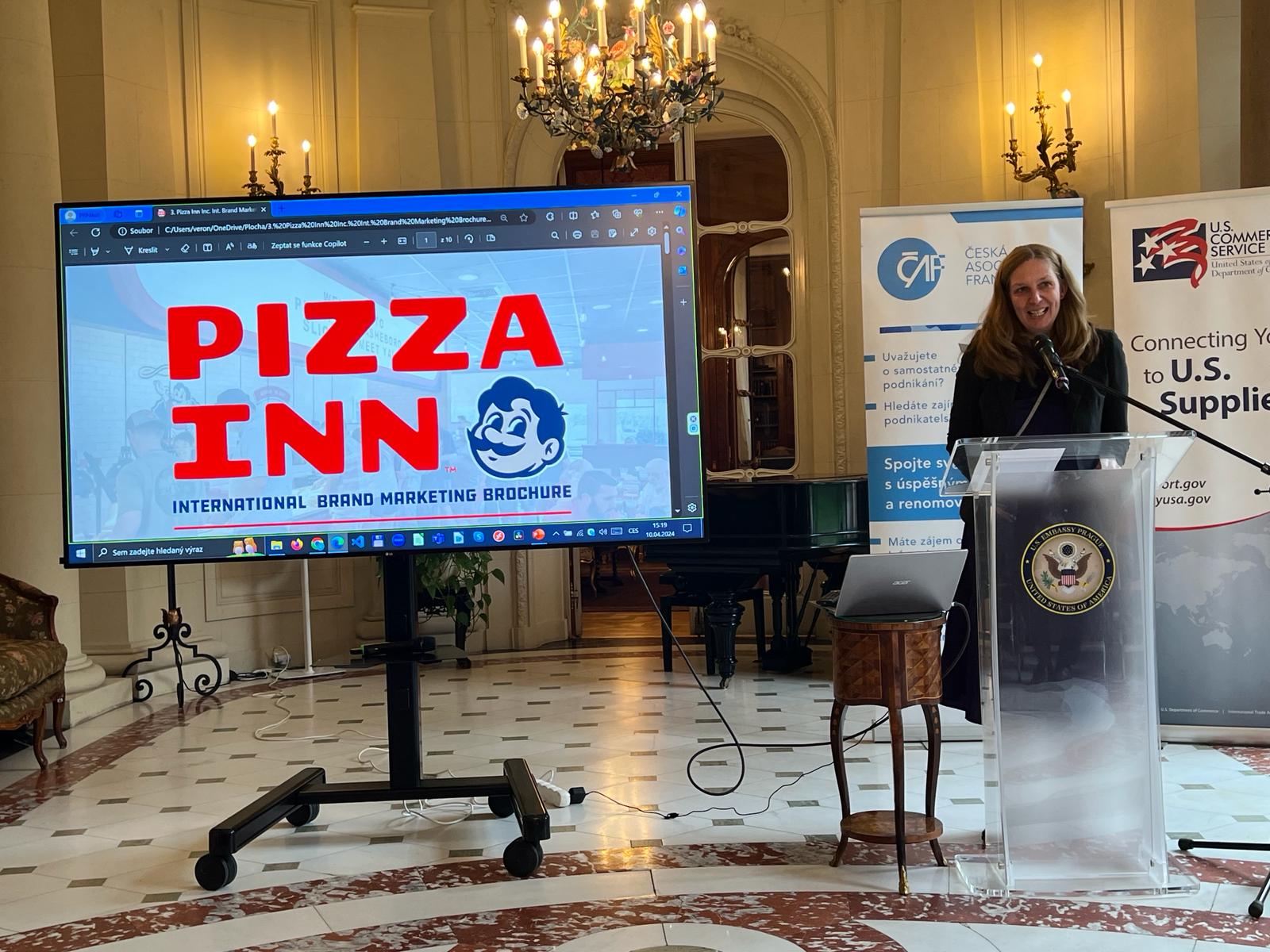
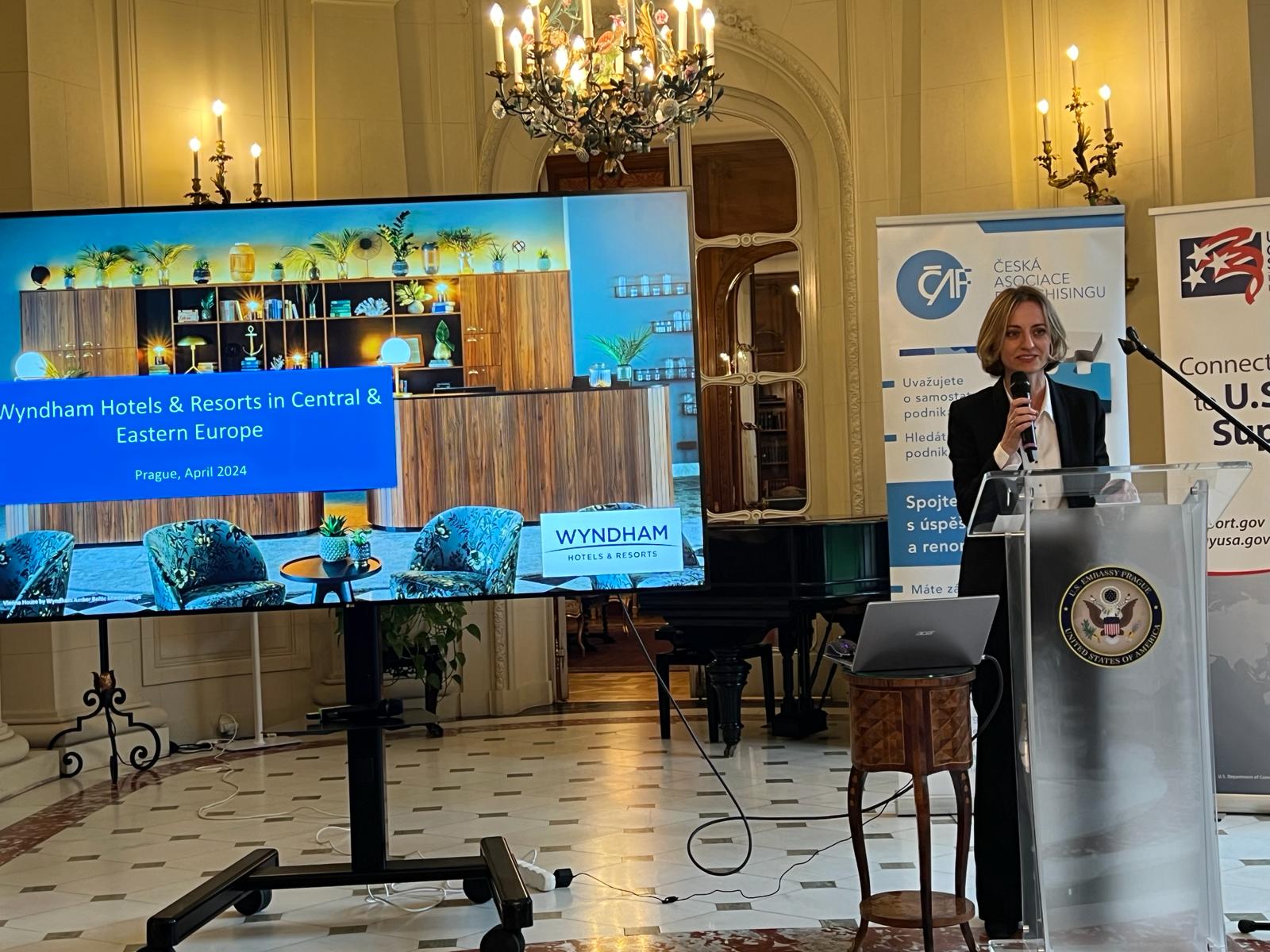
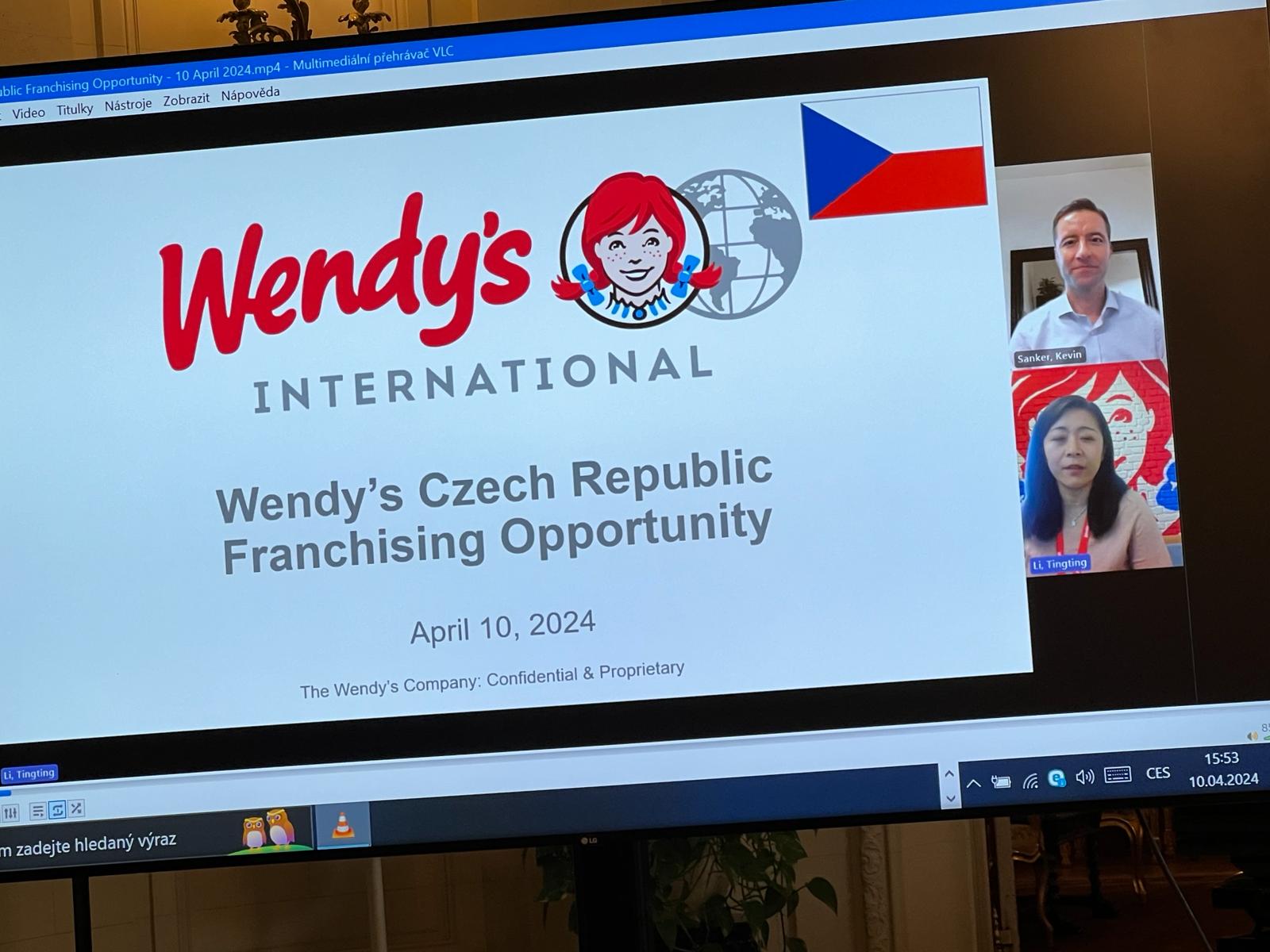
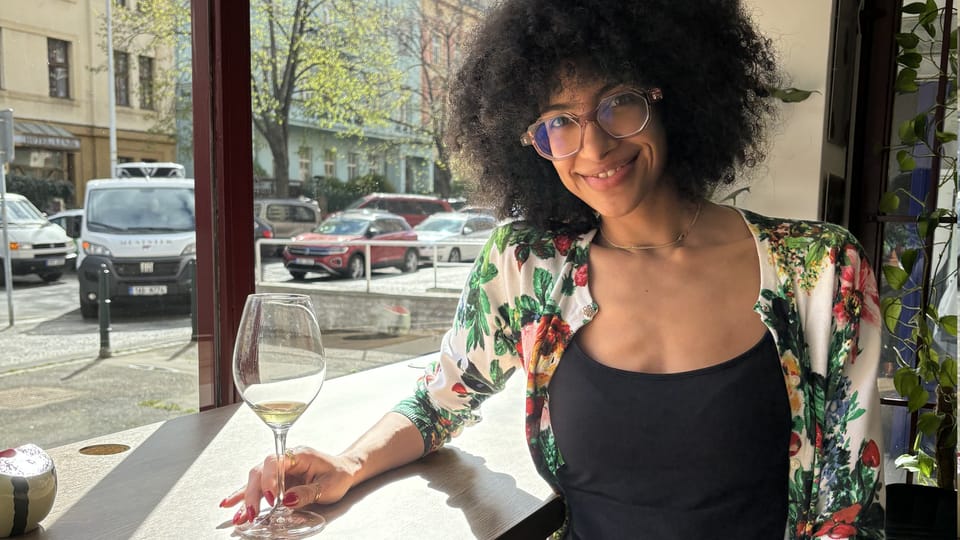
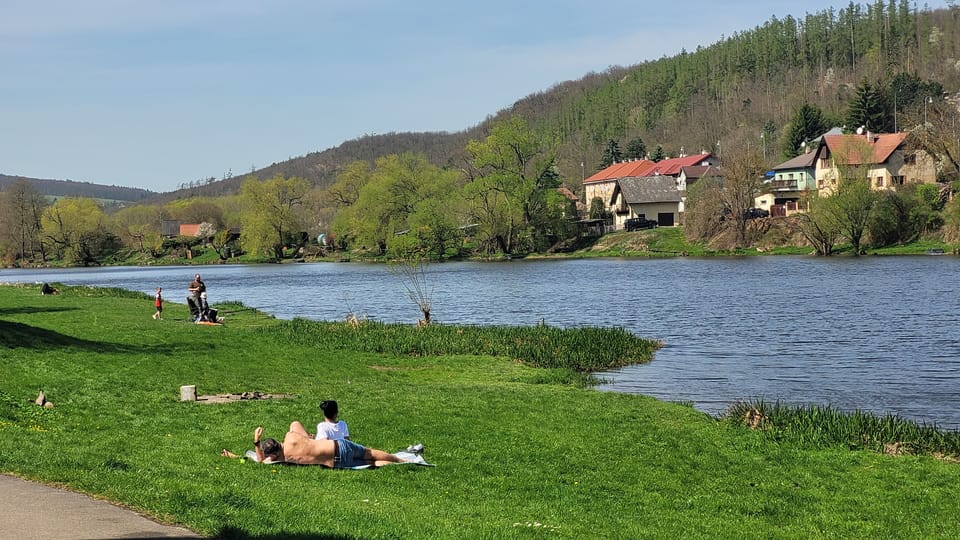
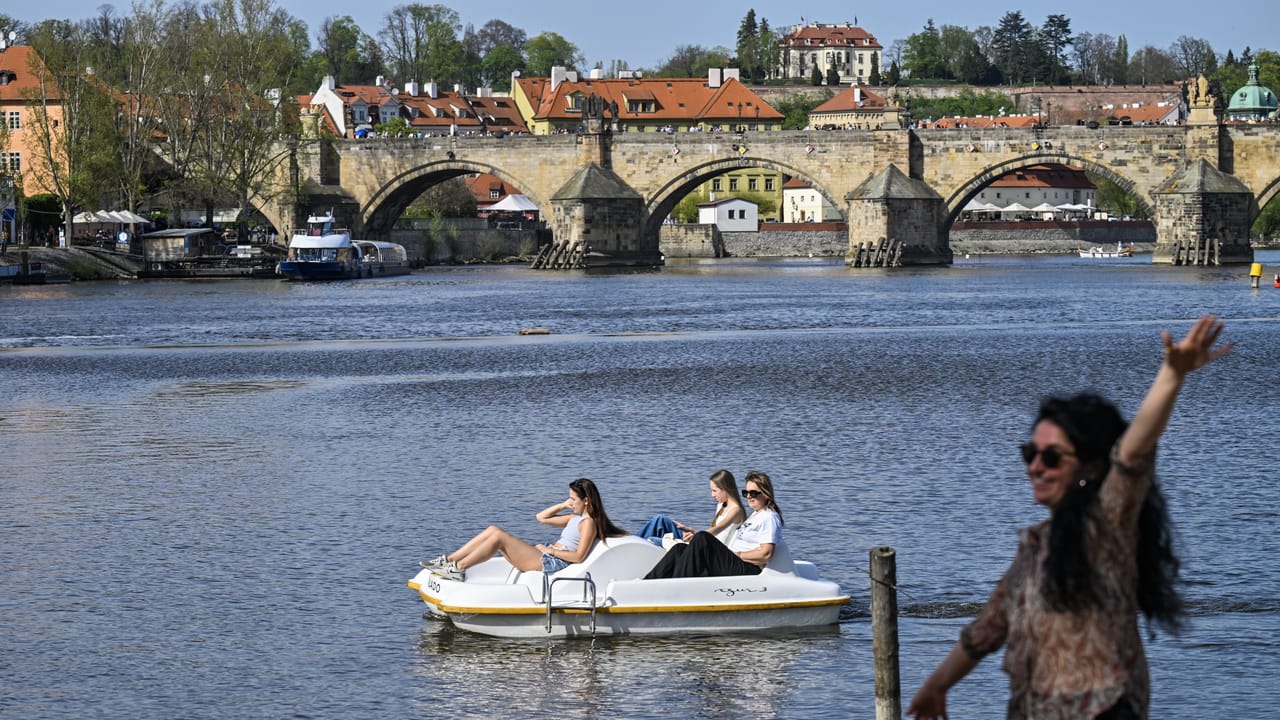
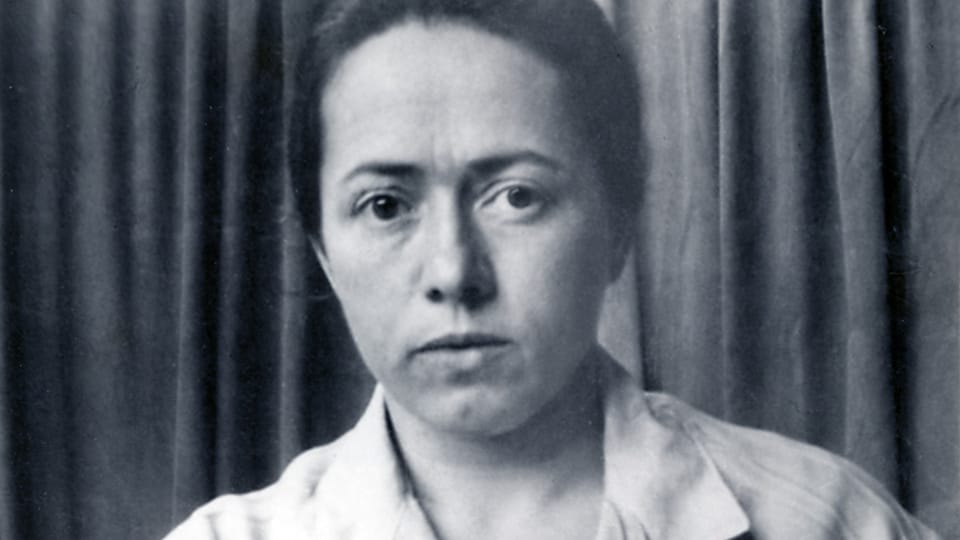

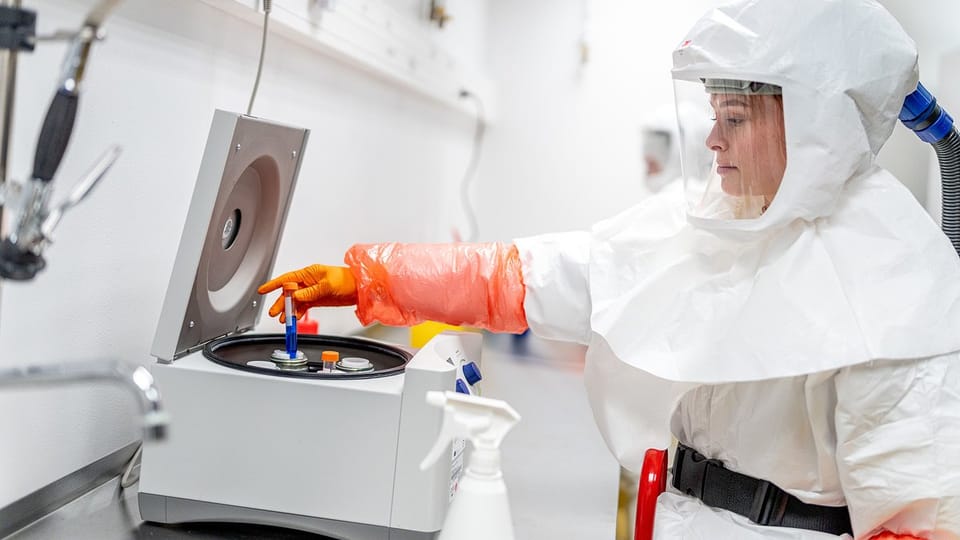
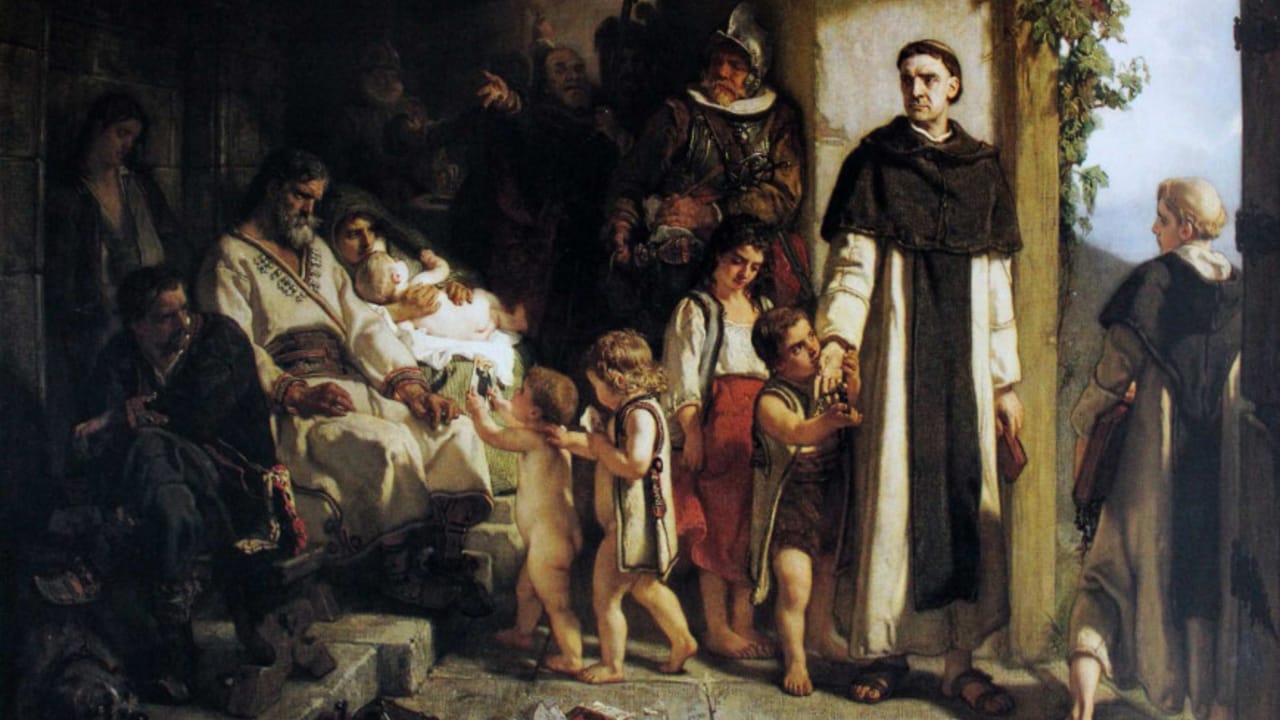
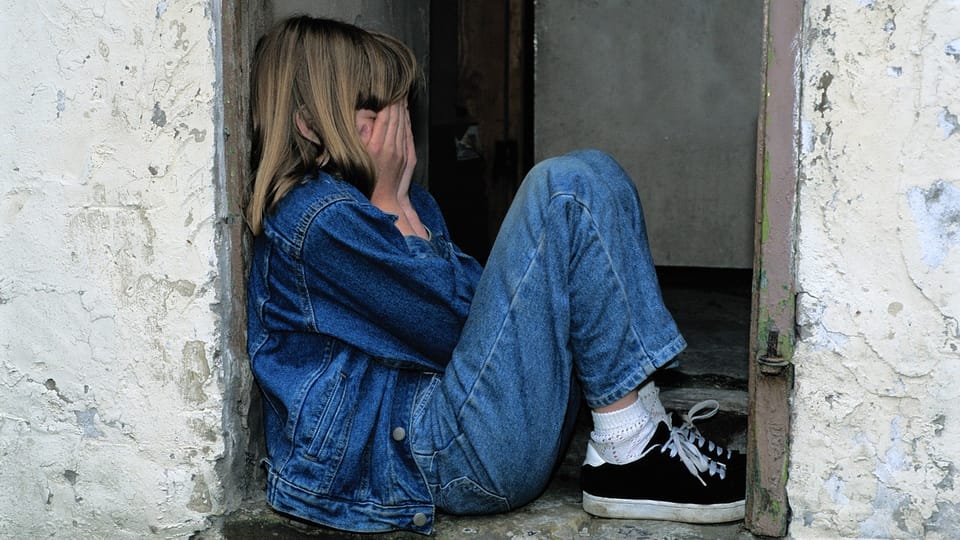
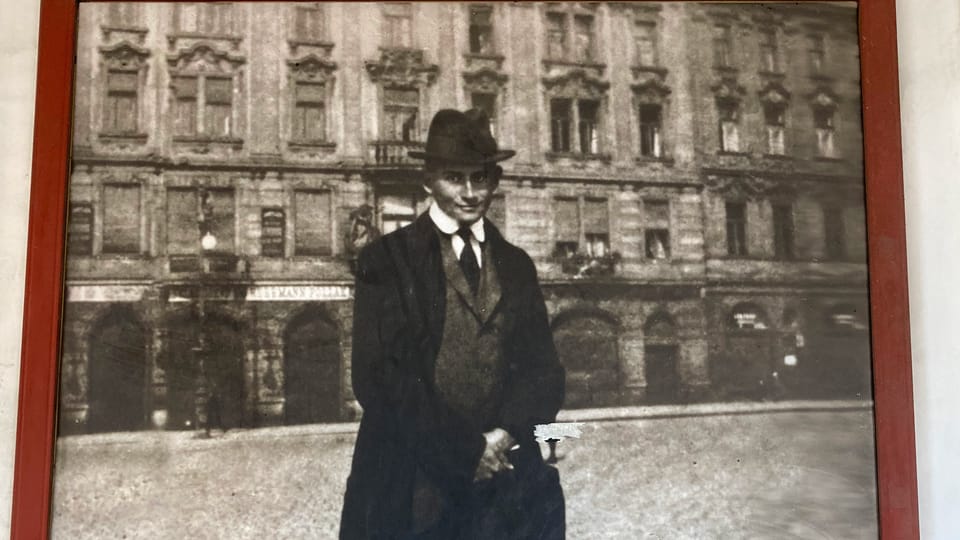

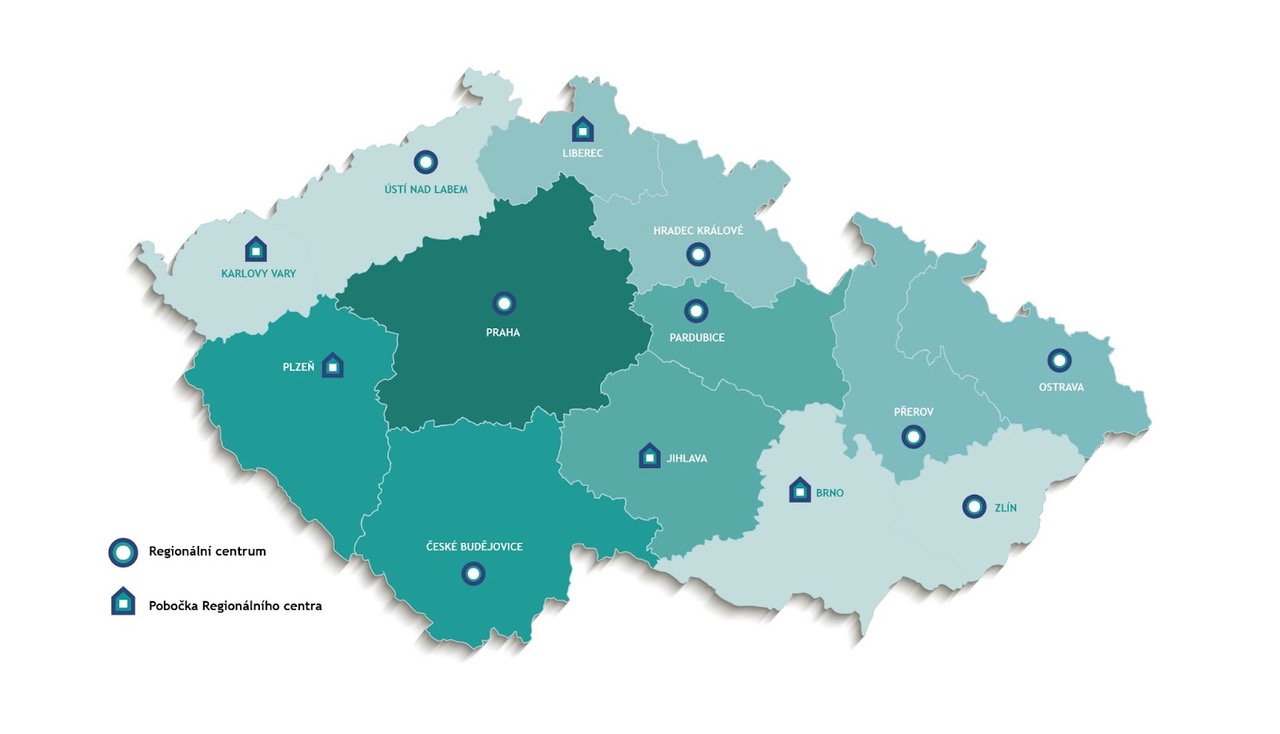
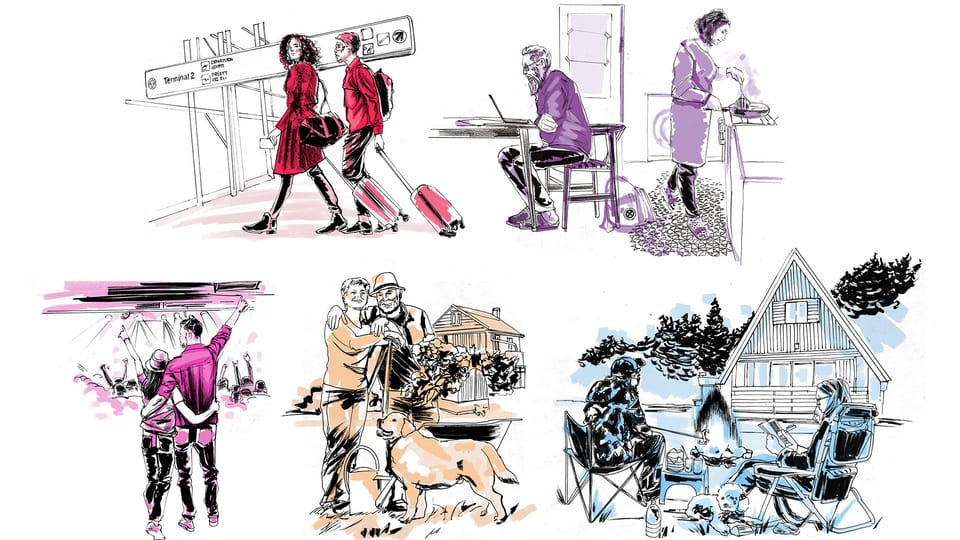
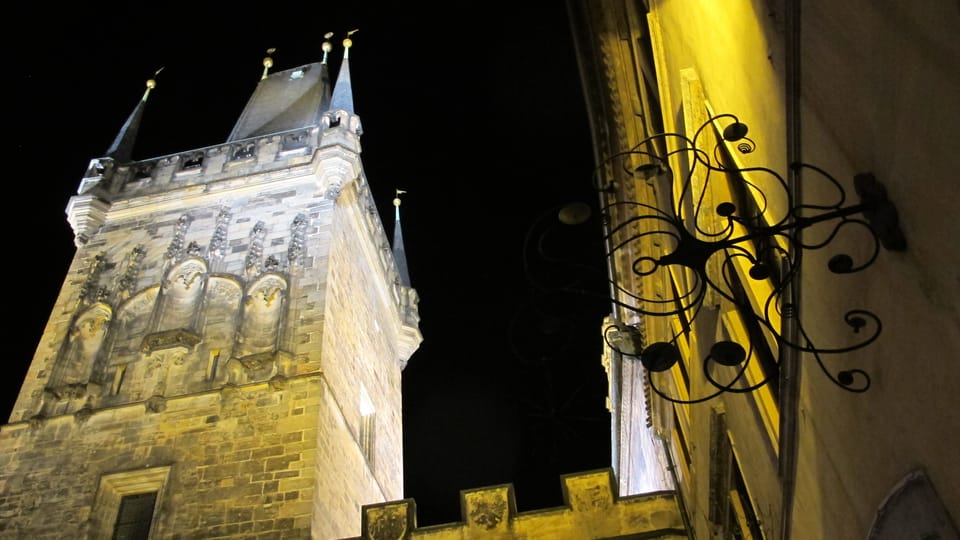

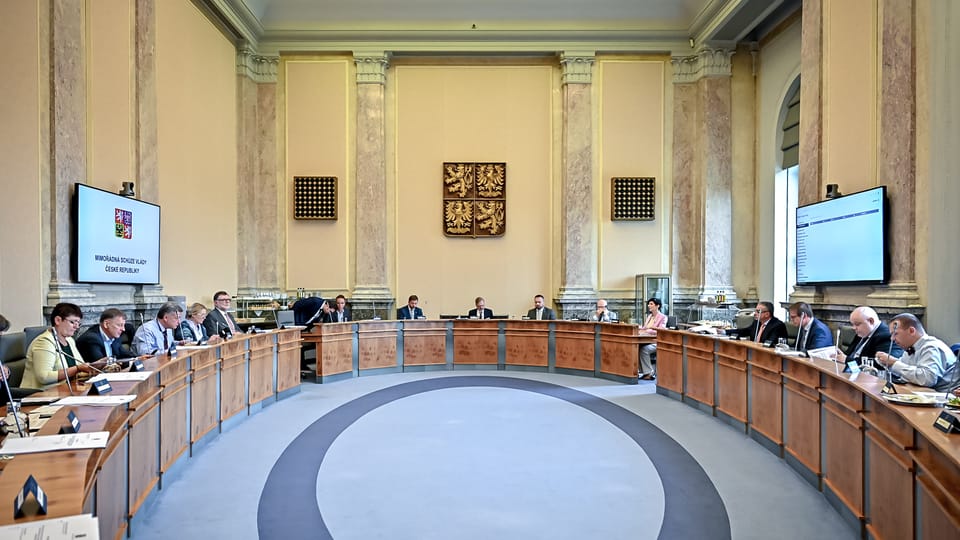
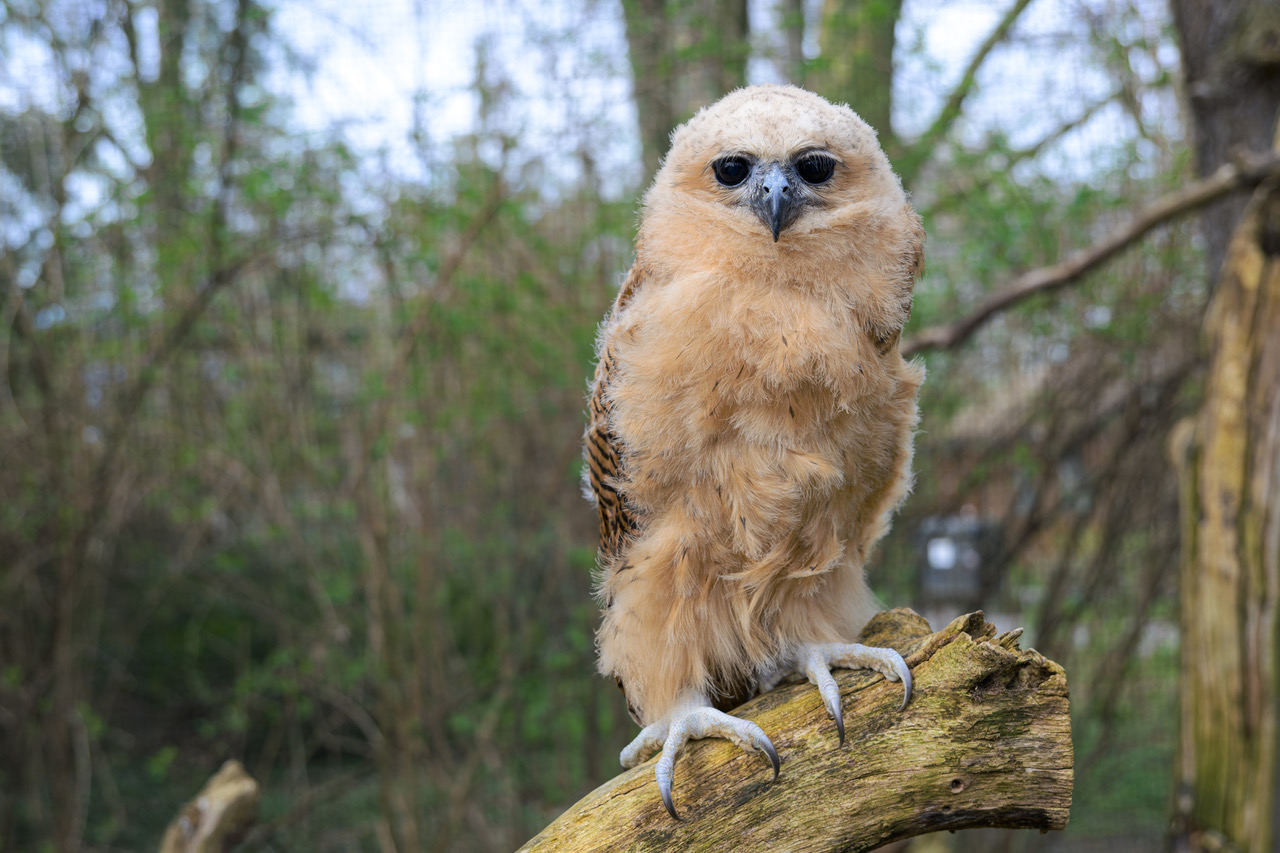
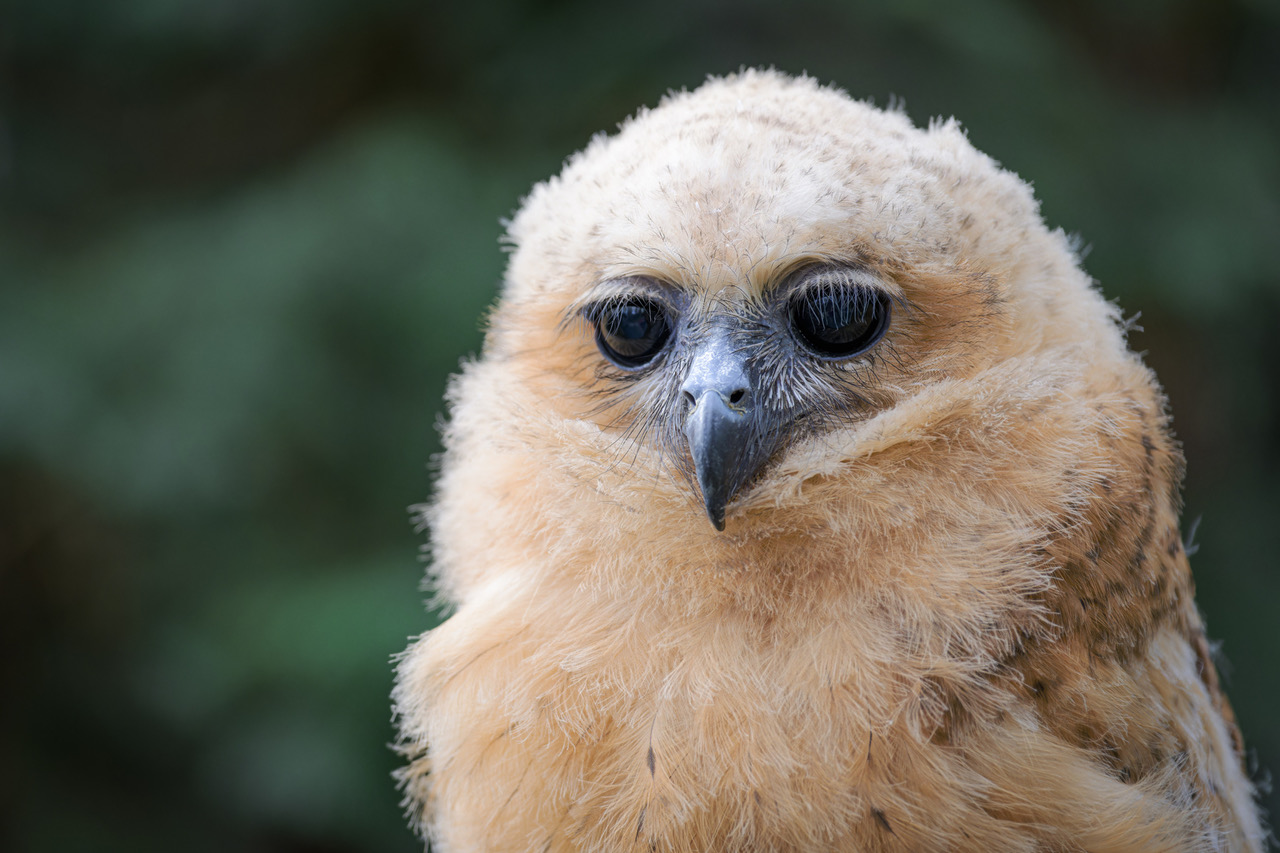
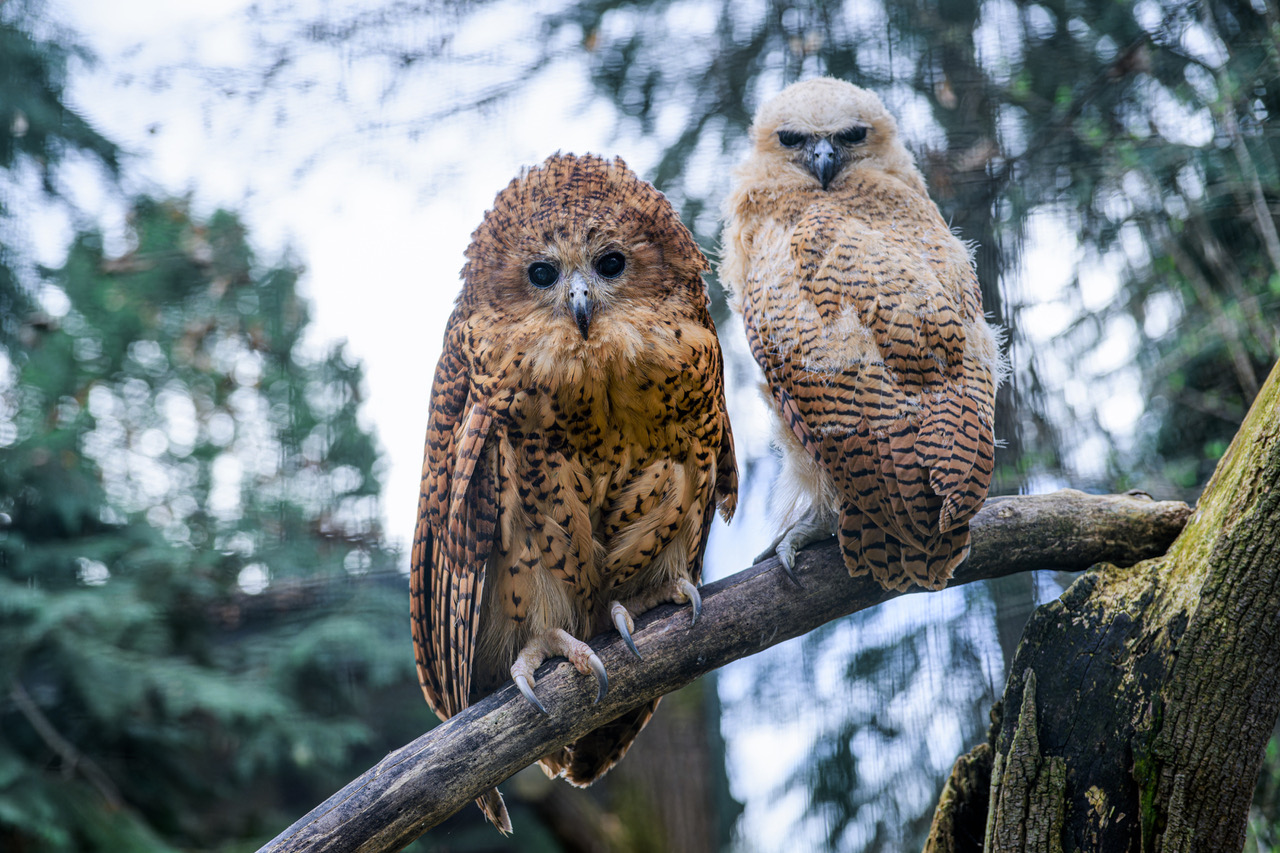











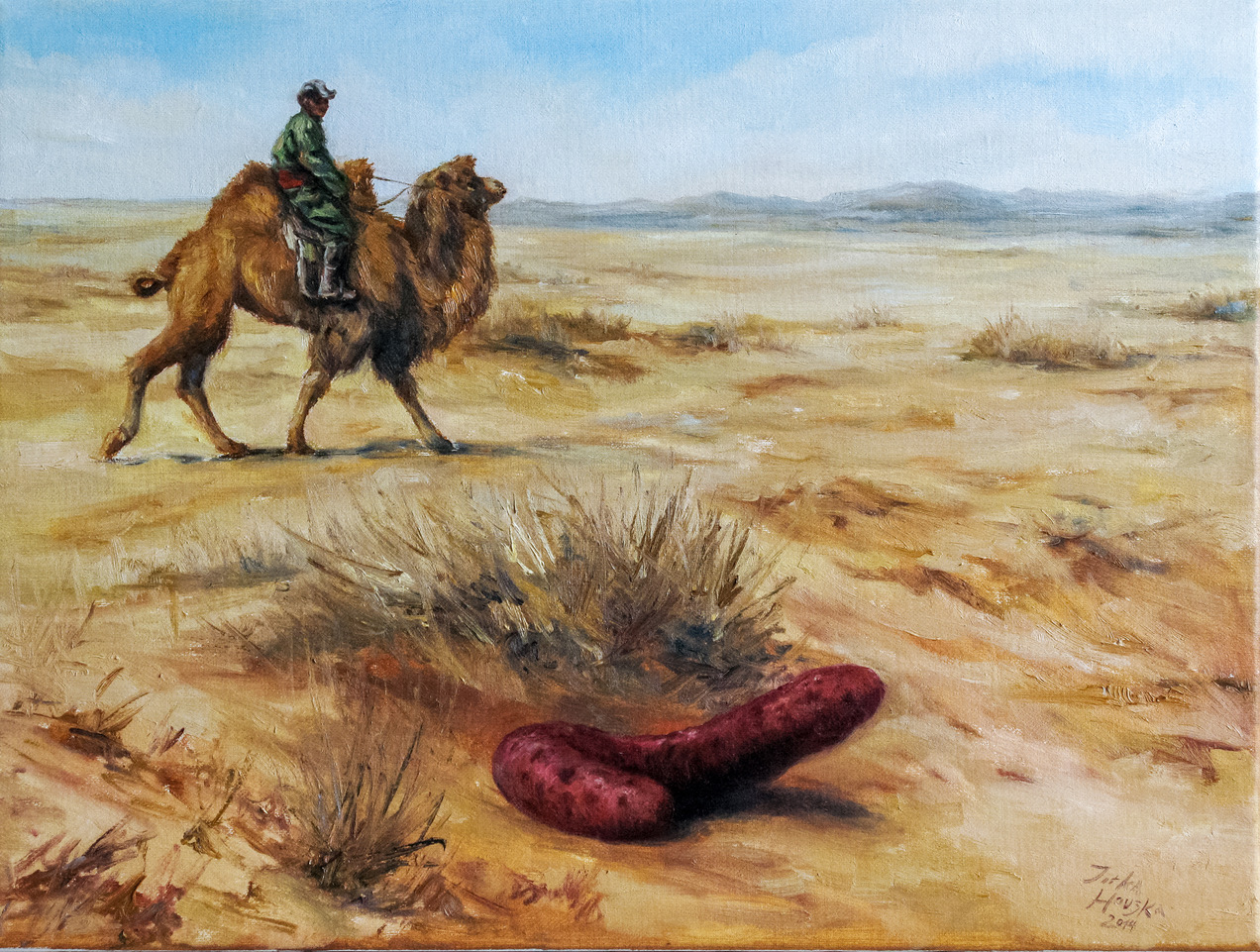
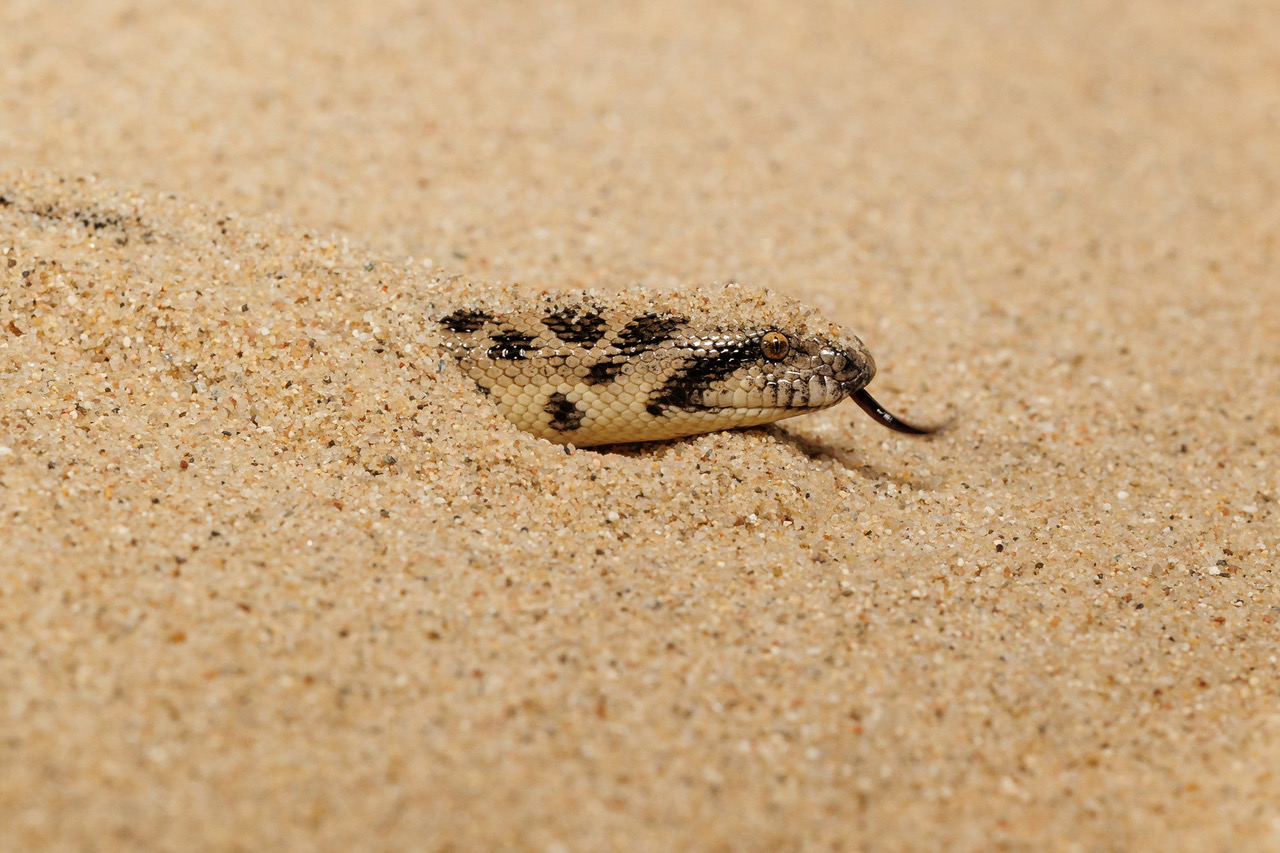
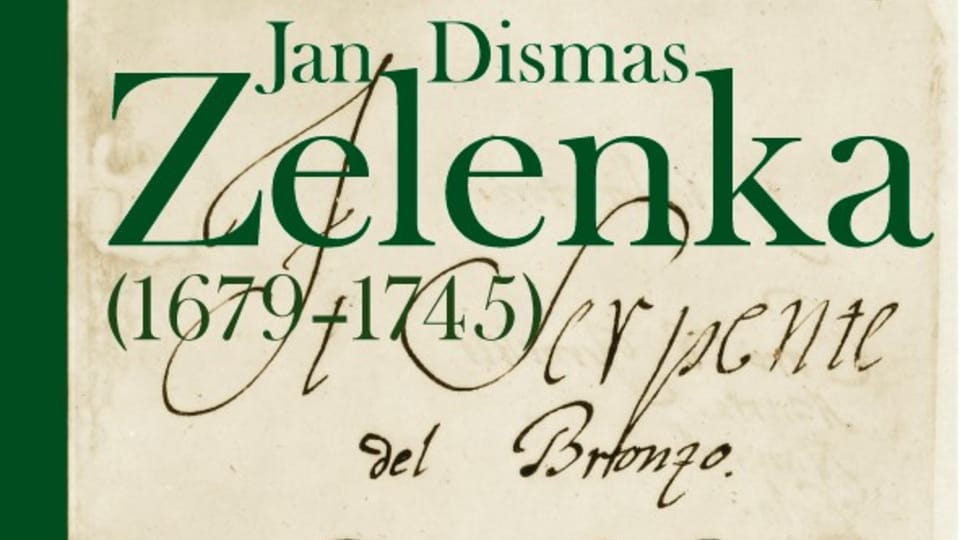
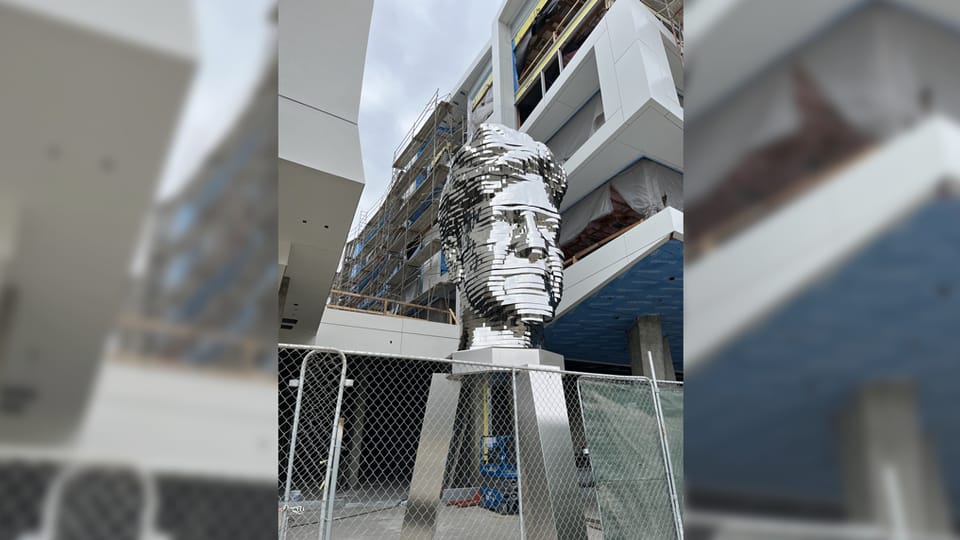

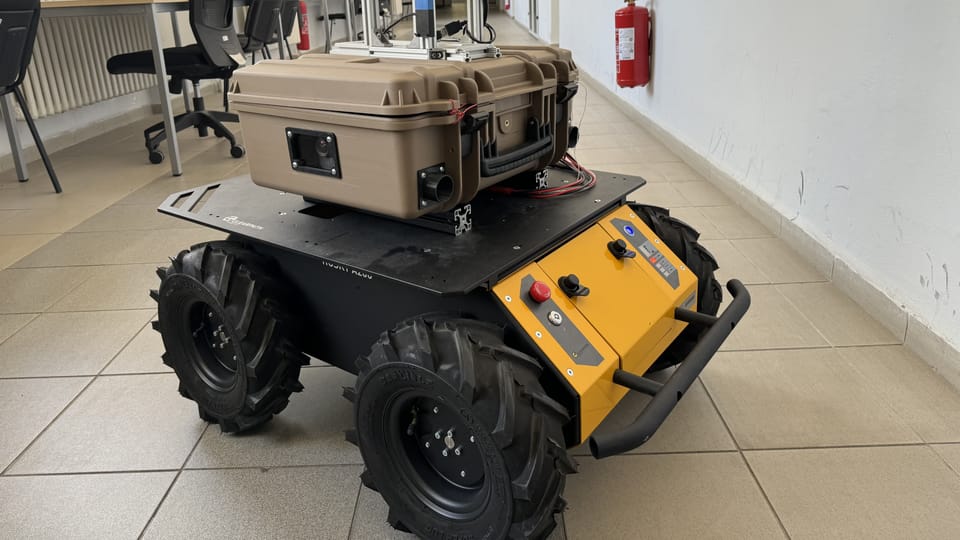
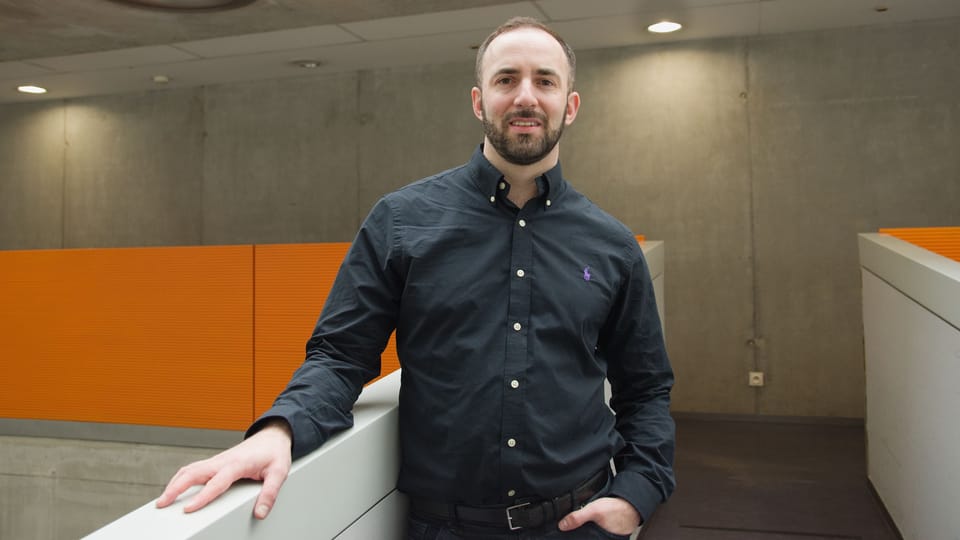
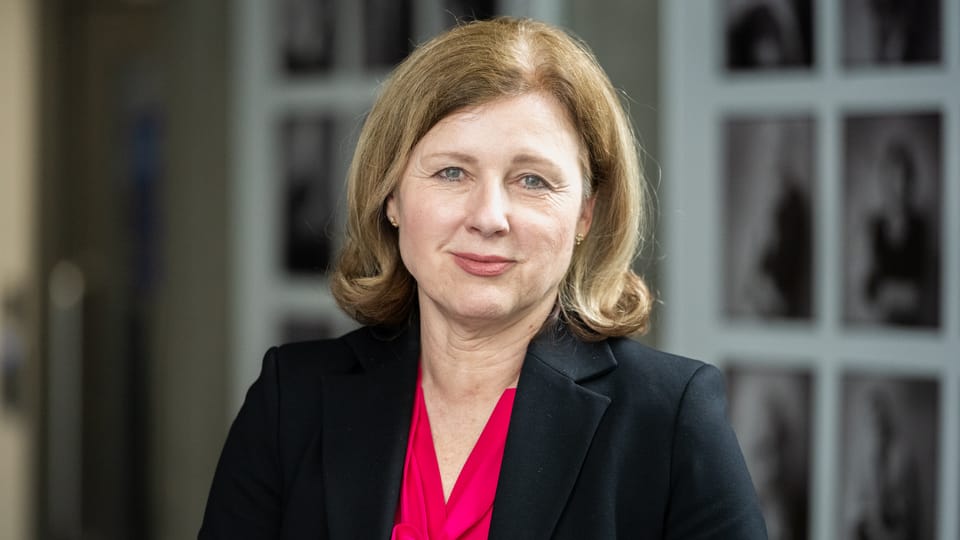
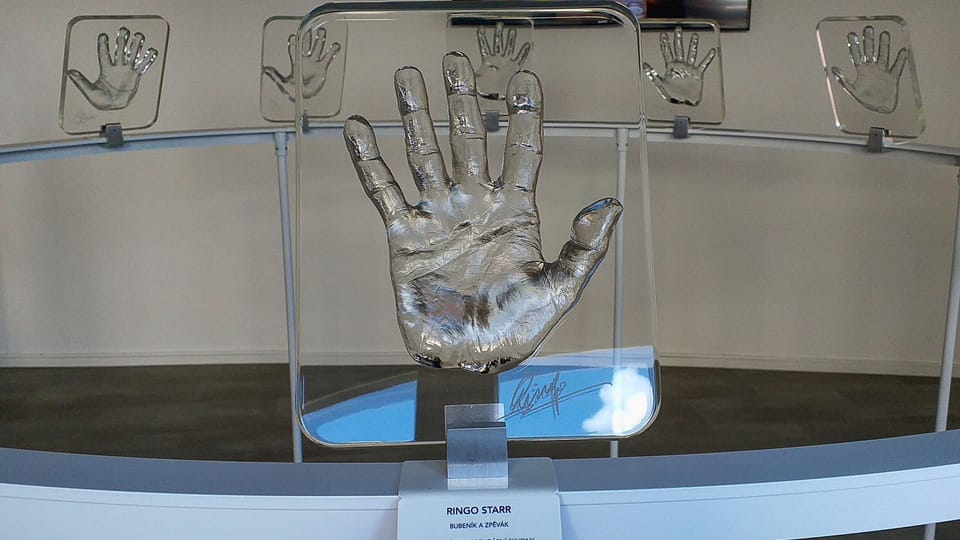
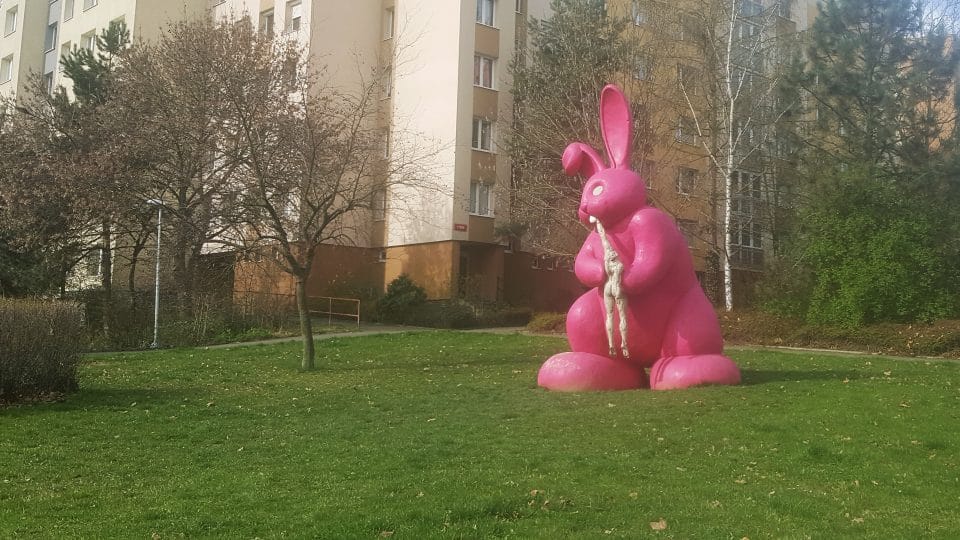
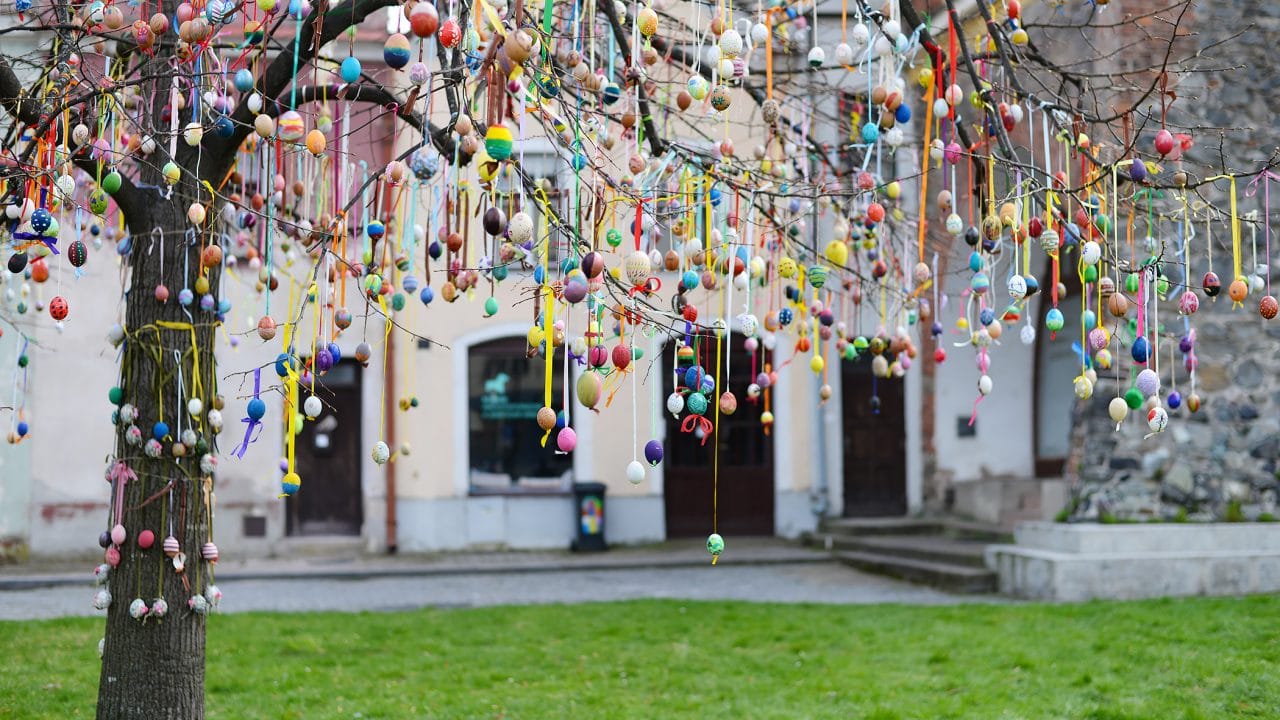
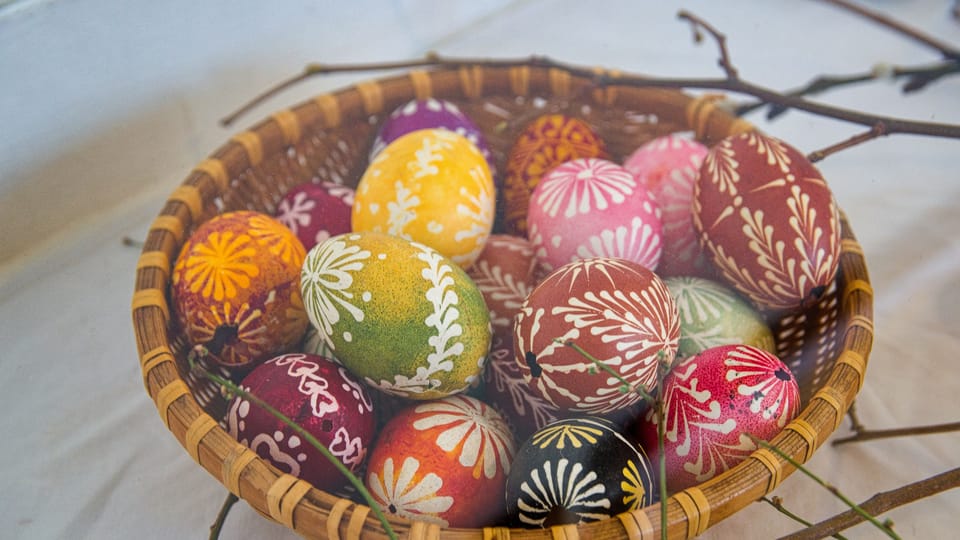
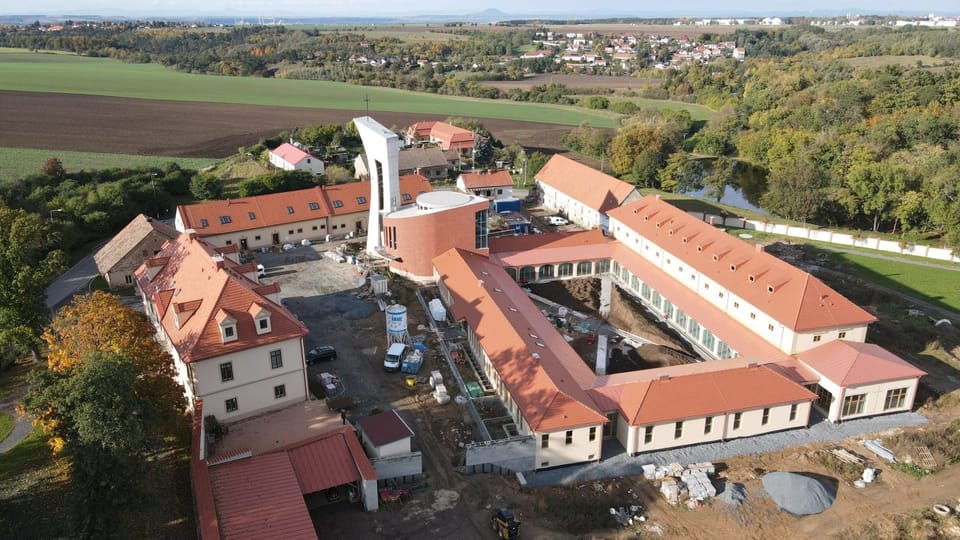
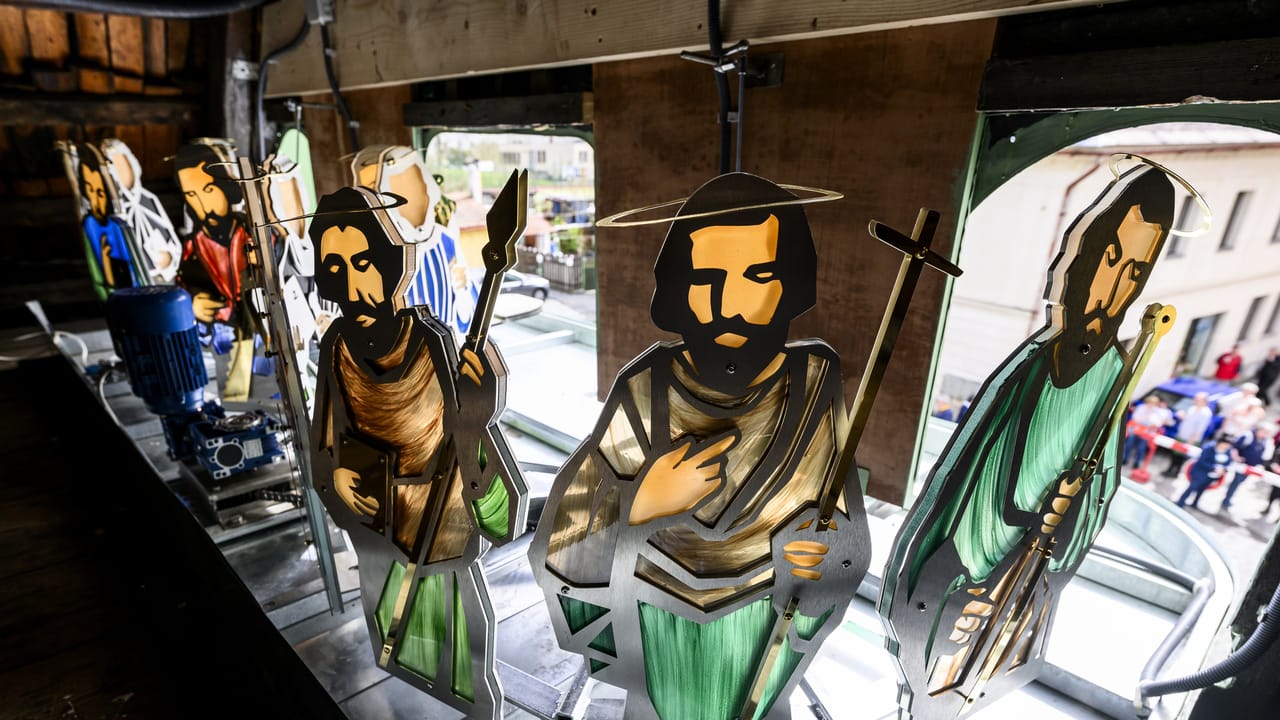
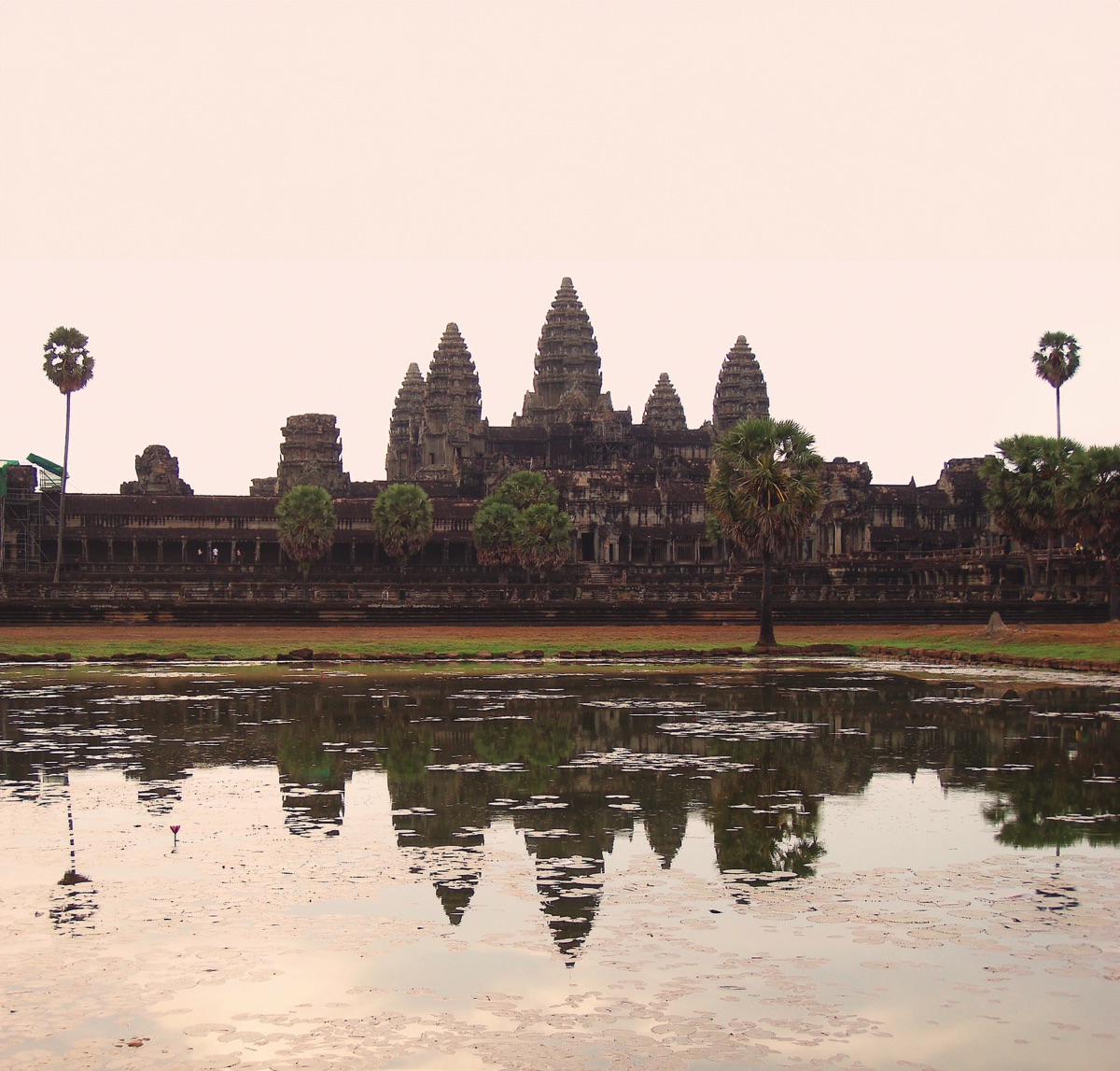
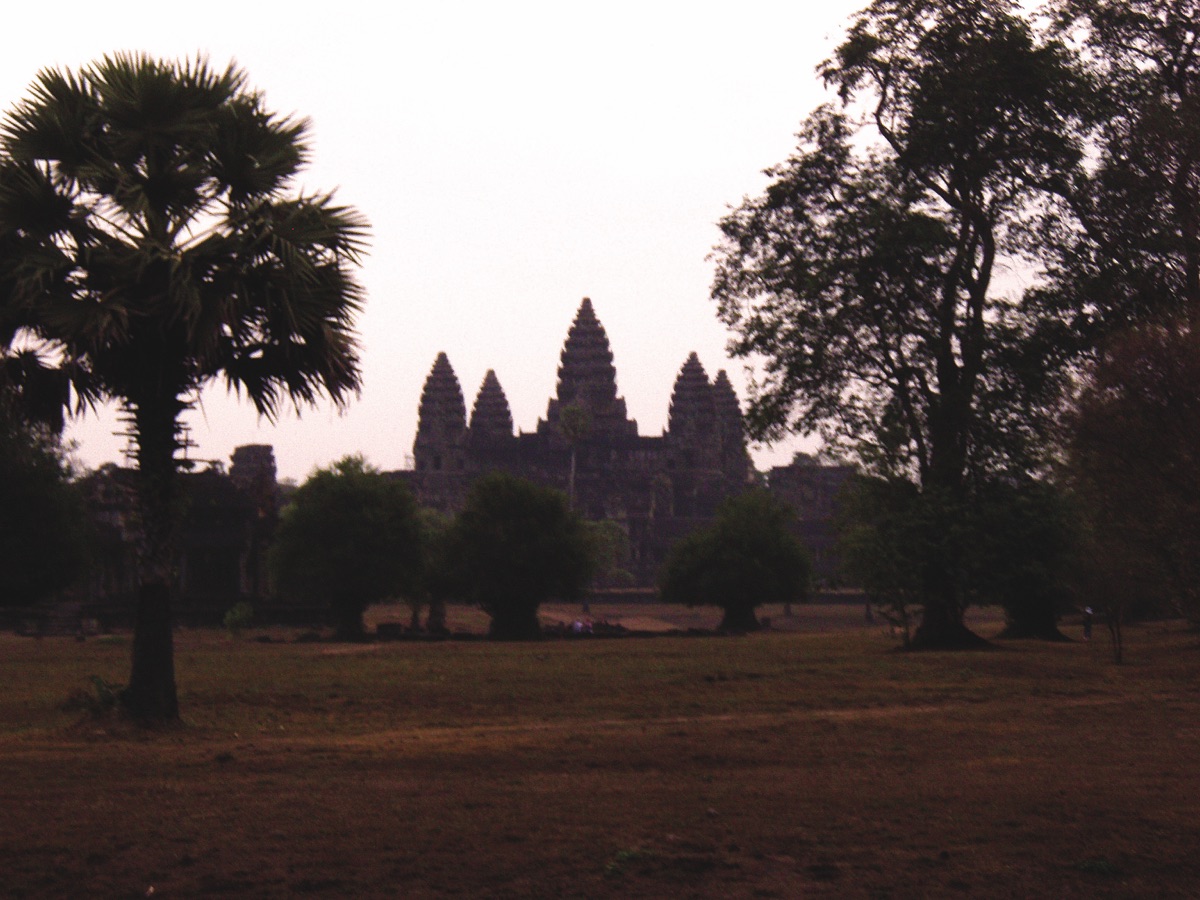
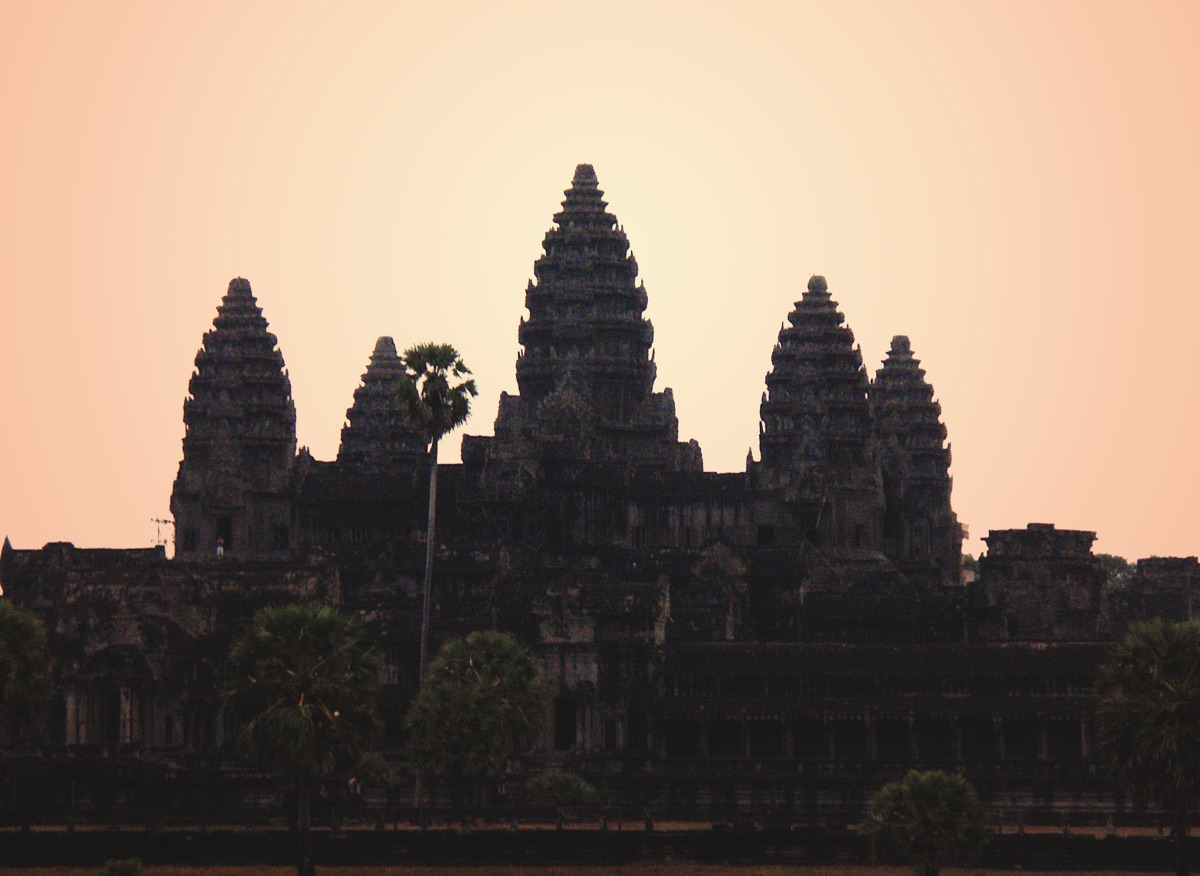
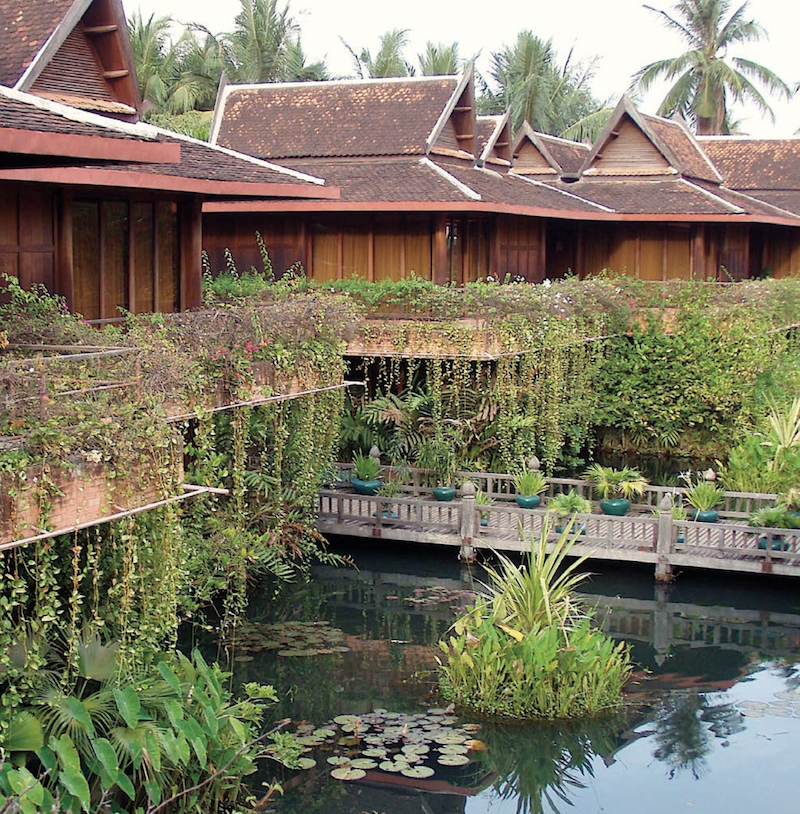
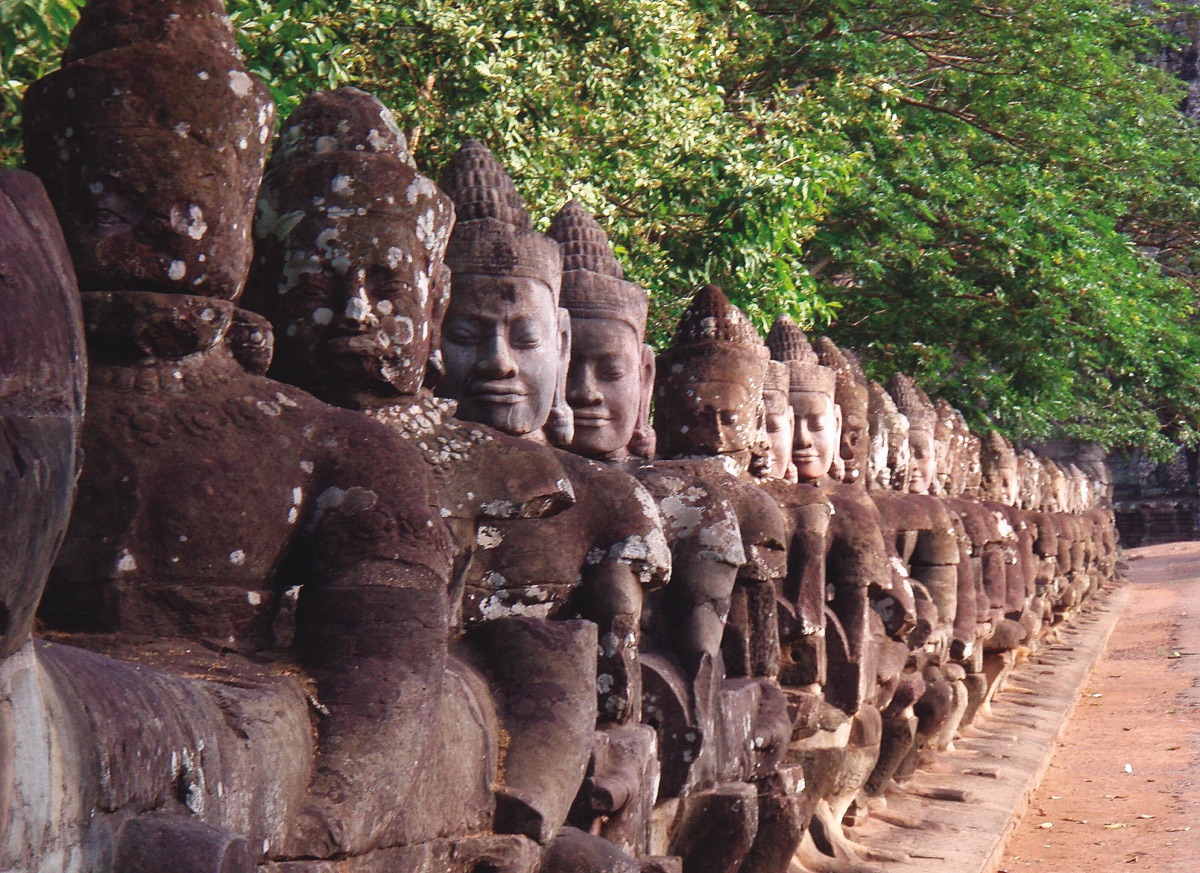
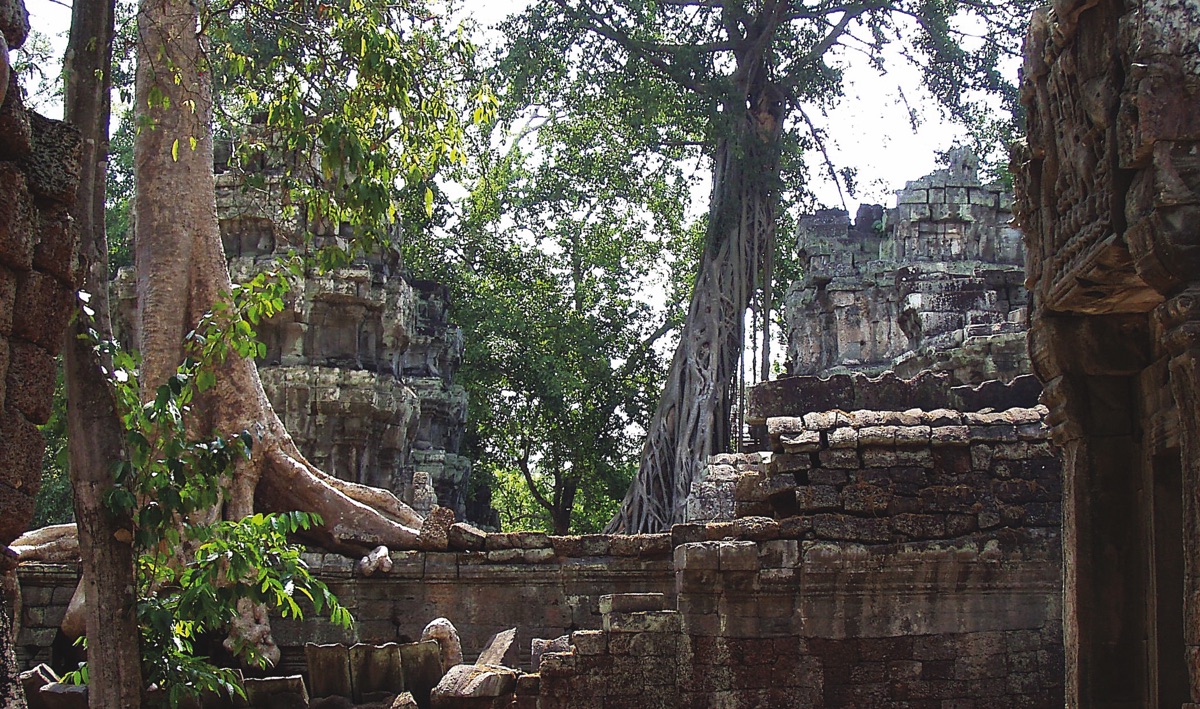
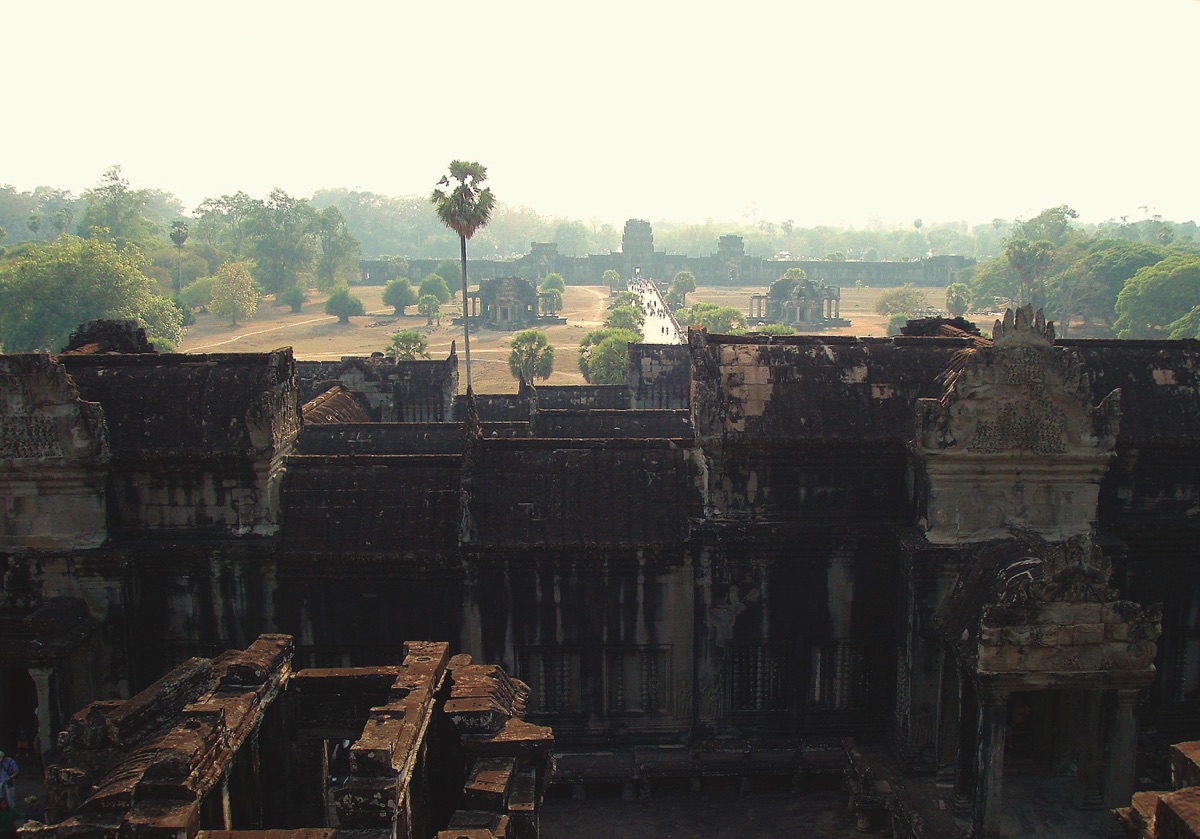
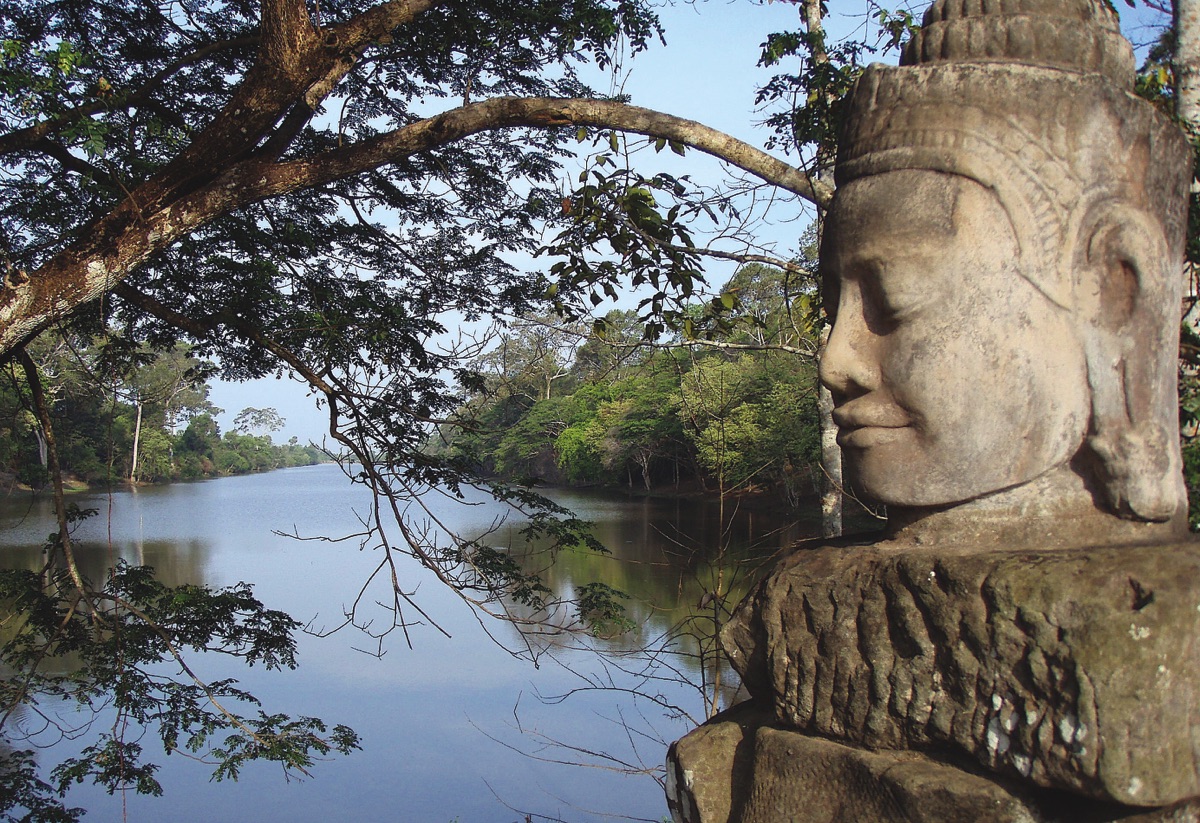
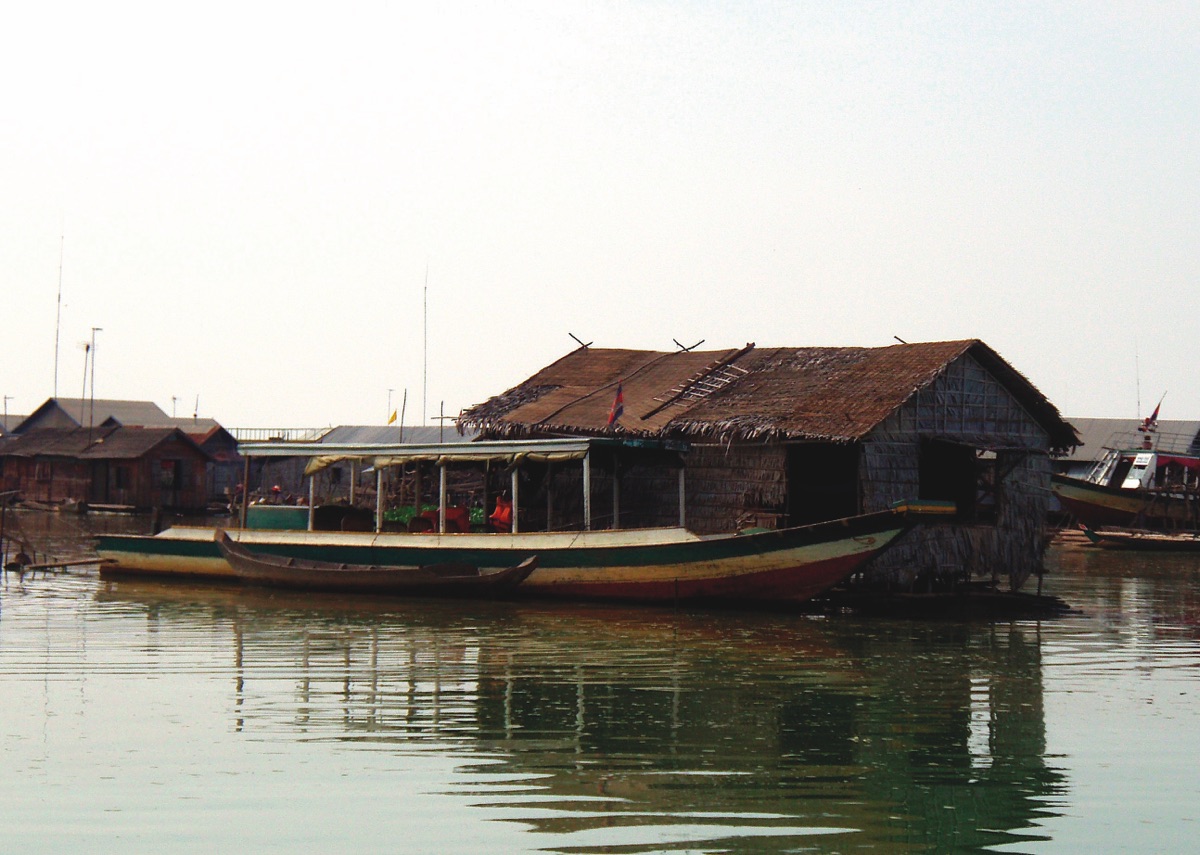
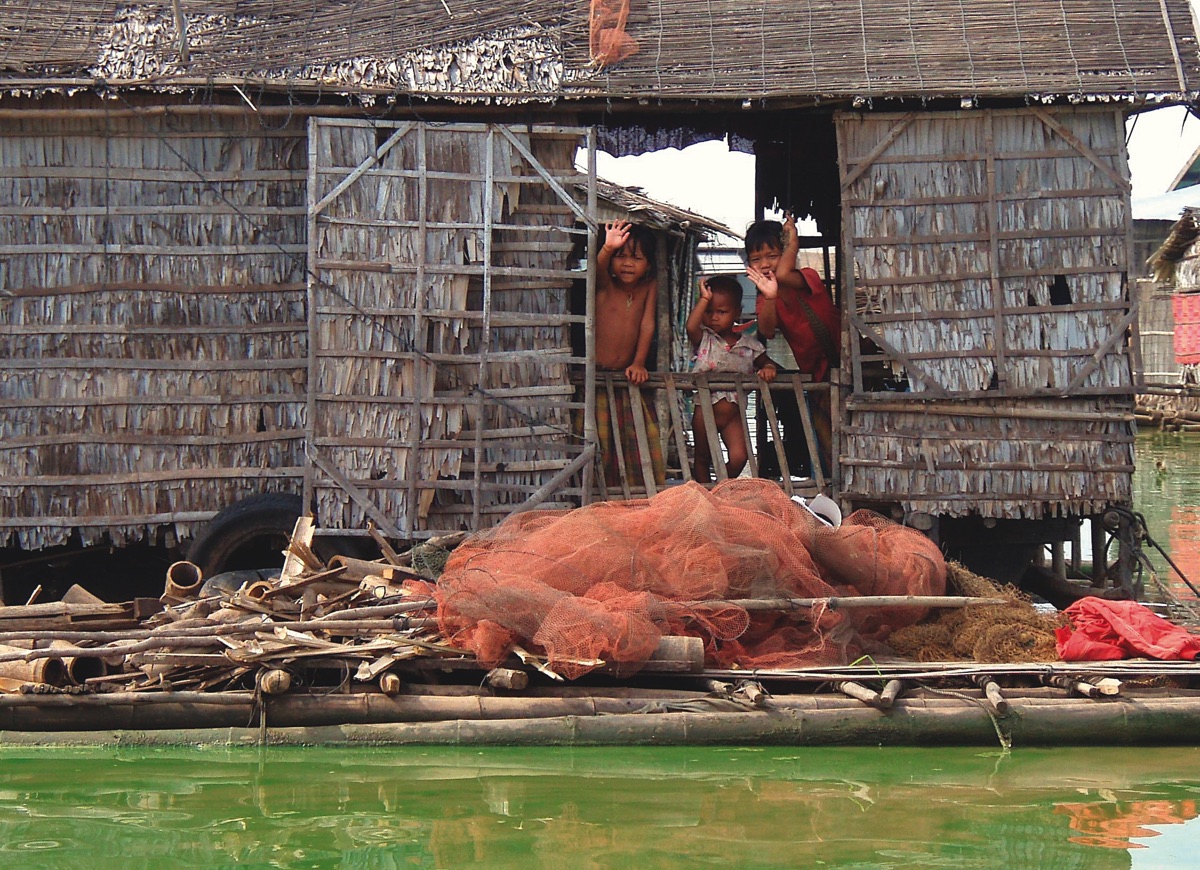
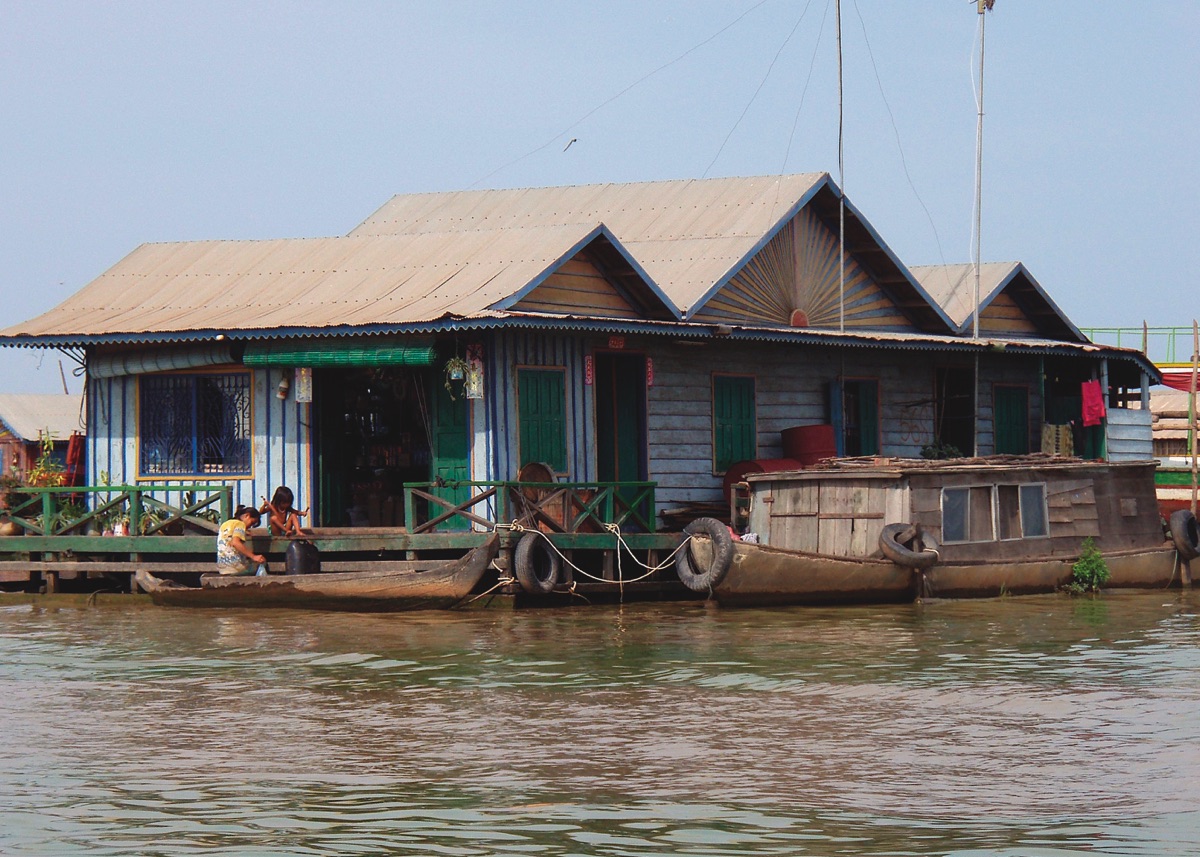
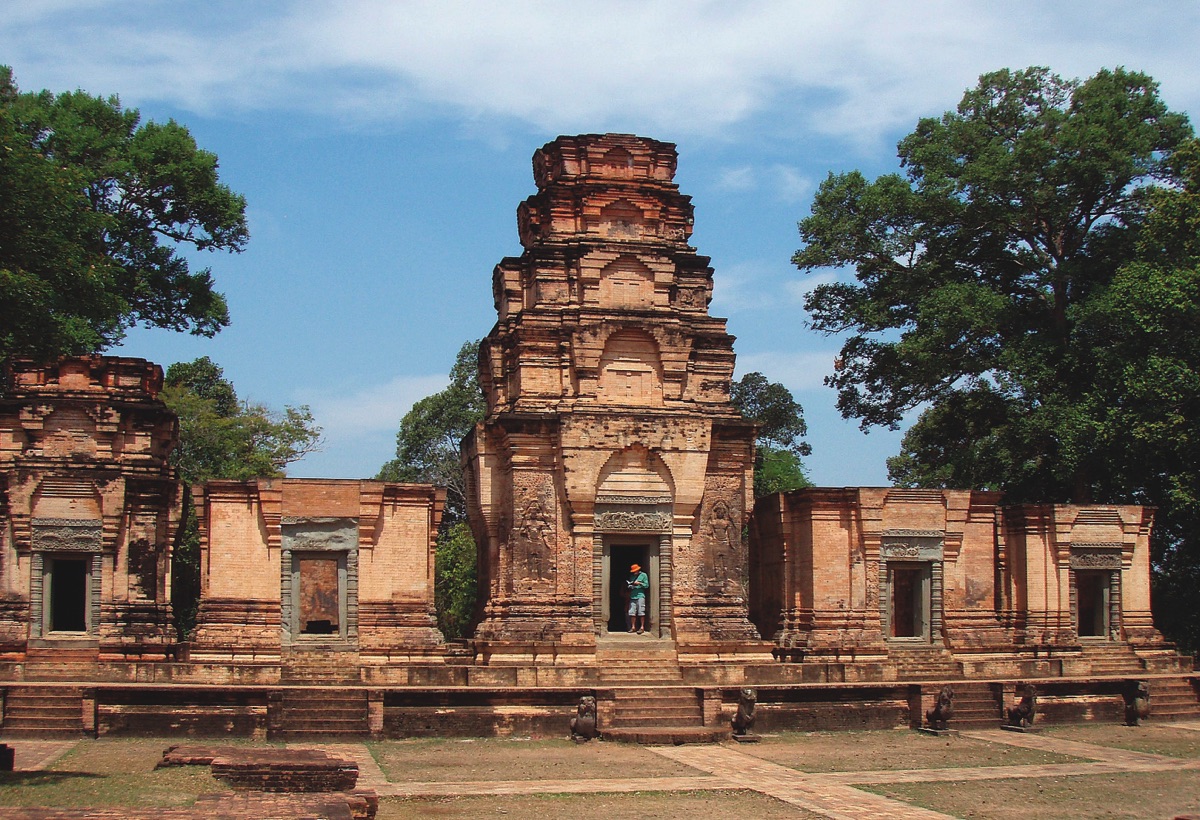
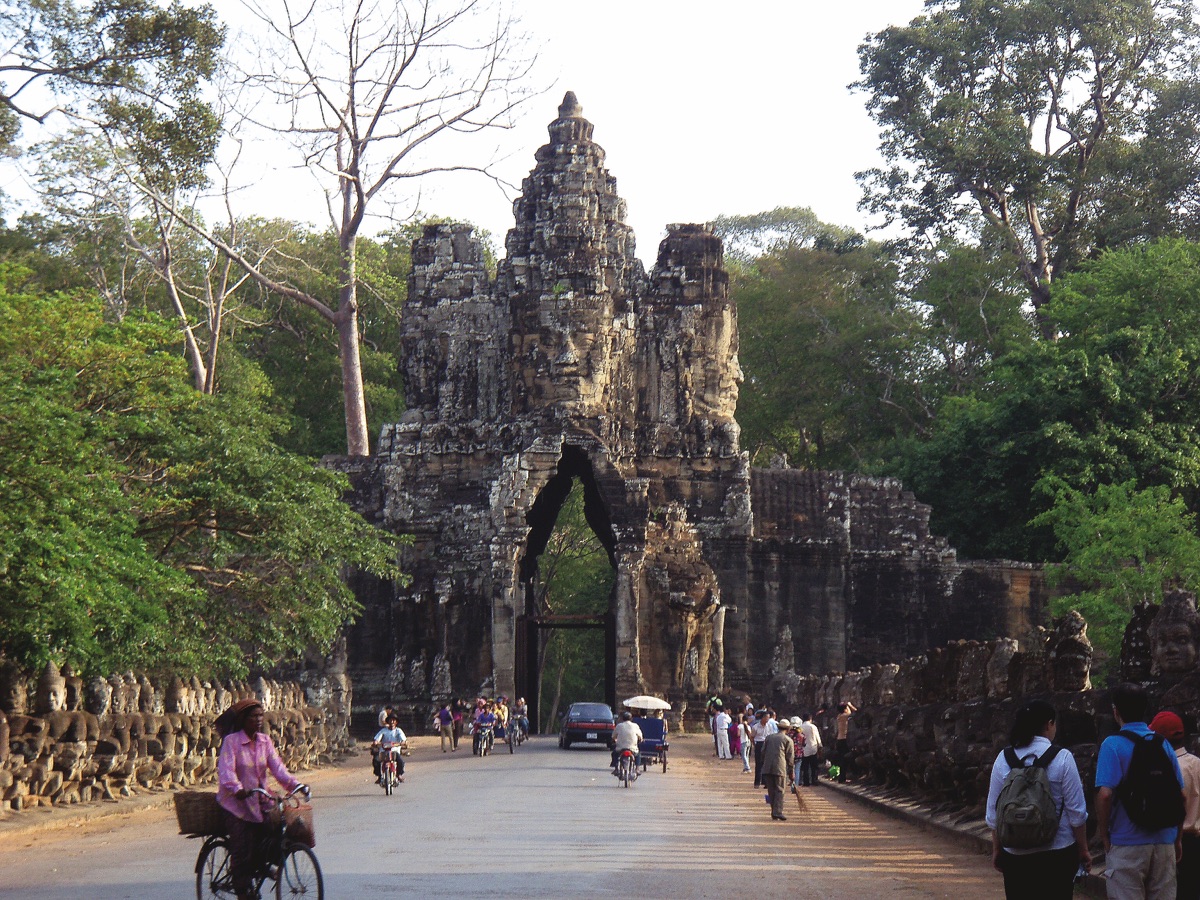
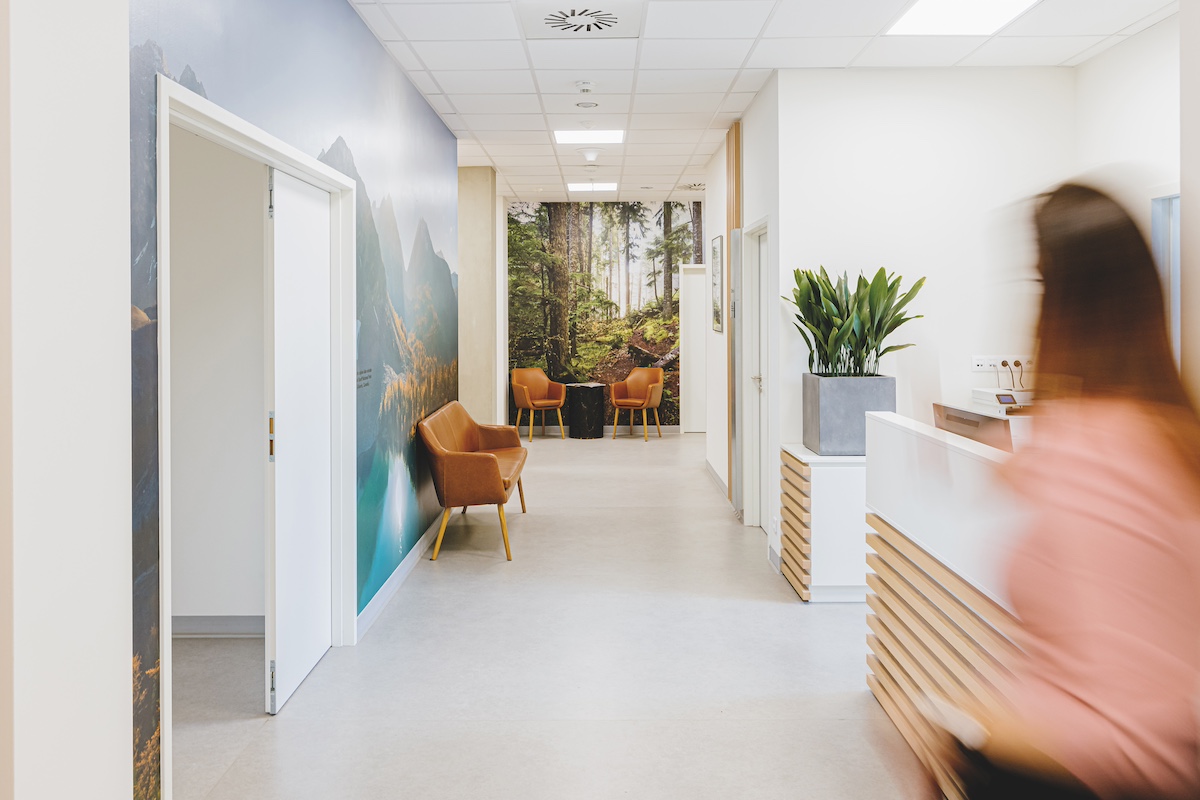
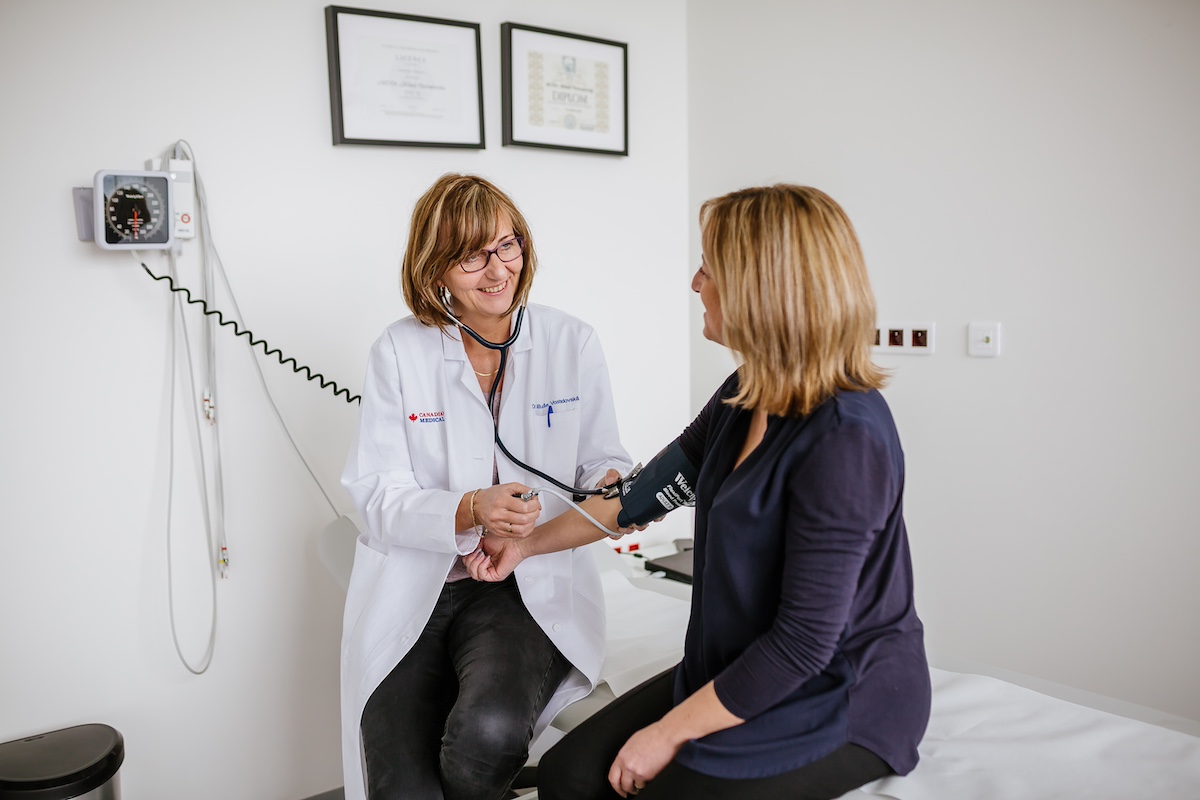
 Dr. Dalibor Stoszek is a Head Physician at AFI Canadian Medical Clinic. He is an experienced doctor, with international experience and a diverse professional history. He graduated from the Faculty of Medicine at Palacký University in Olomouc and subsequently obtained certifications in internal medicine, emergency medicine, general practice, and family medicine in England. In addition to his work as a general practitioner, he also maintains a practice in emergency services. He has further developed his professional skills abroad, in Saudi Arabia and England, and through volunteer work in several sub-Saharan African countries. His work experience as a general practitioner in England has been most beneficial for his current career. The role of a general practitioner there encompasses all fields in great depth, and he strives to apply this concept at Canadian Medical as well.
Dr. Dalibor Stoszek is a Head Physician at AFI Canadian Medical Clinic. He is an experienced doctor, with international experience and a diverse professional history. He graduated from the Faculty of Medicine at Palacký University in Olomouc and subsequently obtained certifications in internal medicine, emergency medicine, general practice, and family medicine in England. In addition to his work as a general practitioner, he also maintains a practice in emergency services. He has further developed his professional skills abroad, in Saudi Arabia and England, and through volunteer work in several sub-Saharan African countries. His work experience as a general practitioner in England has been most beneficial for his current career. The role of a general practitioner there encompasses all fields in great depth, and he strives to apply this concept at Canadian Medical as well.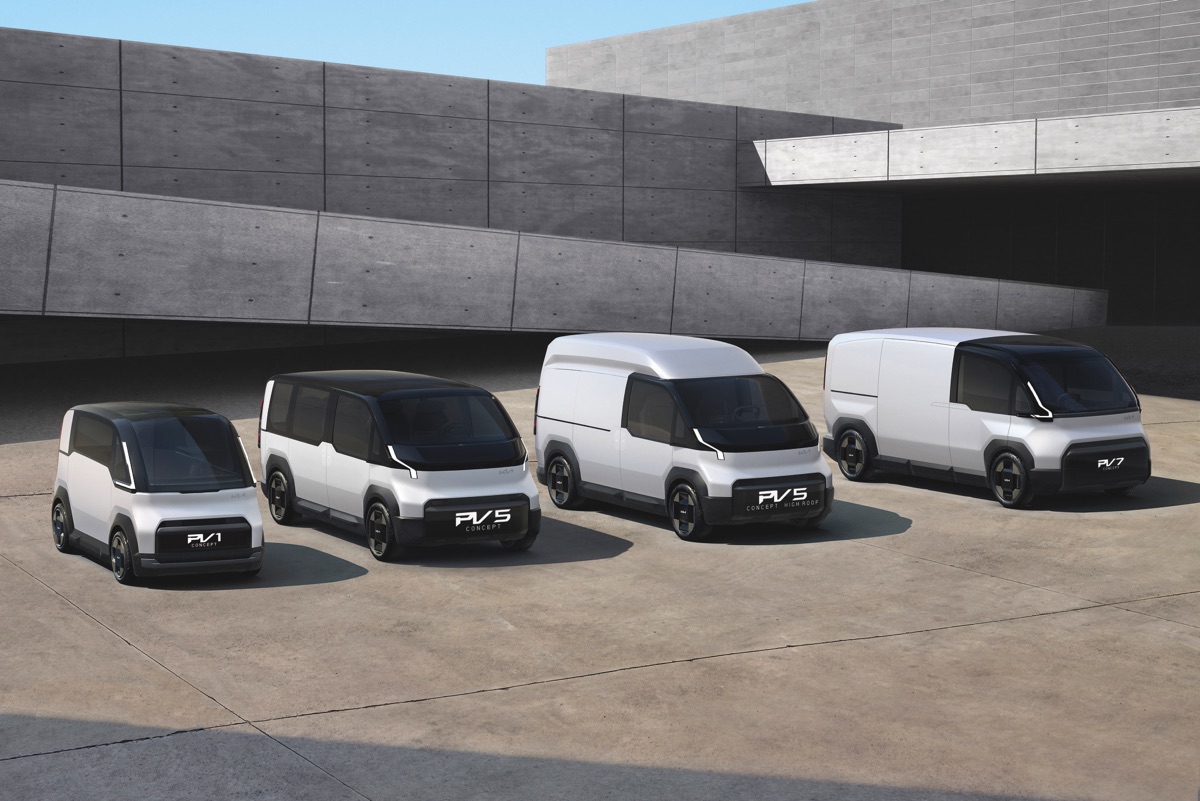

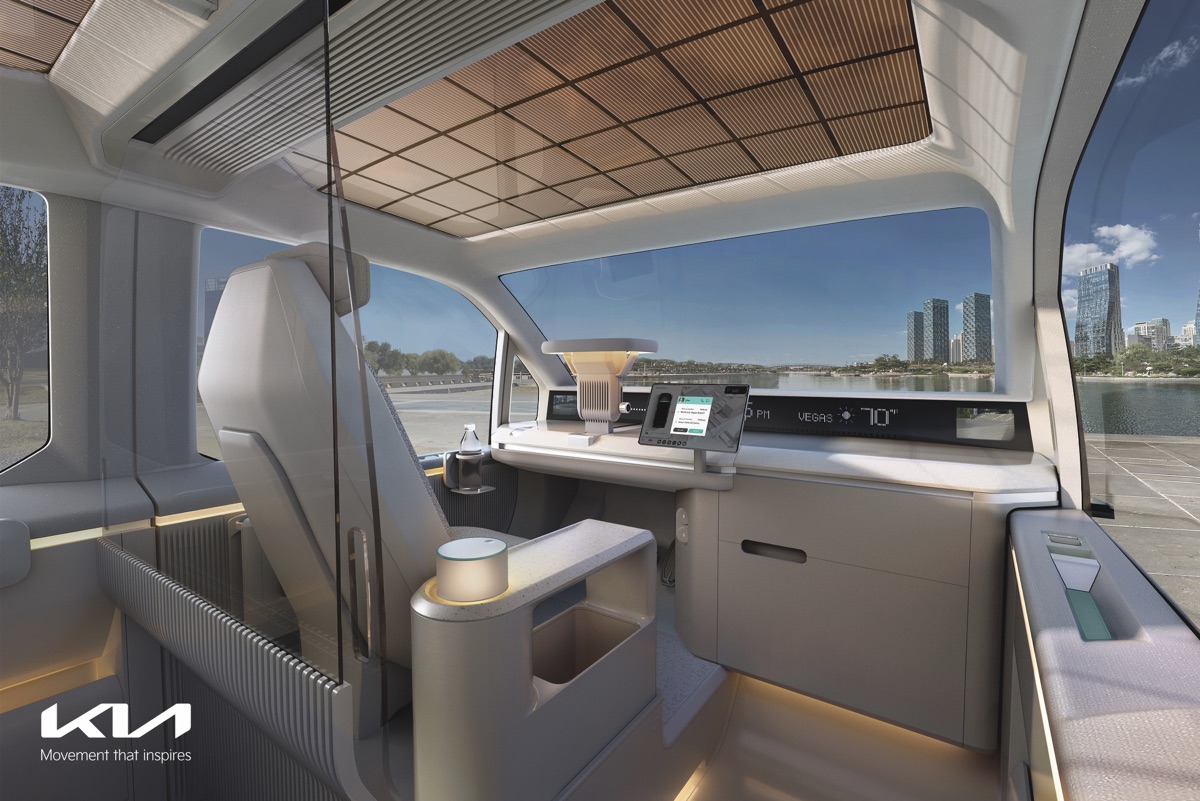
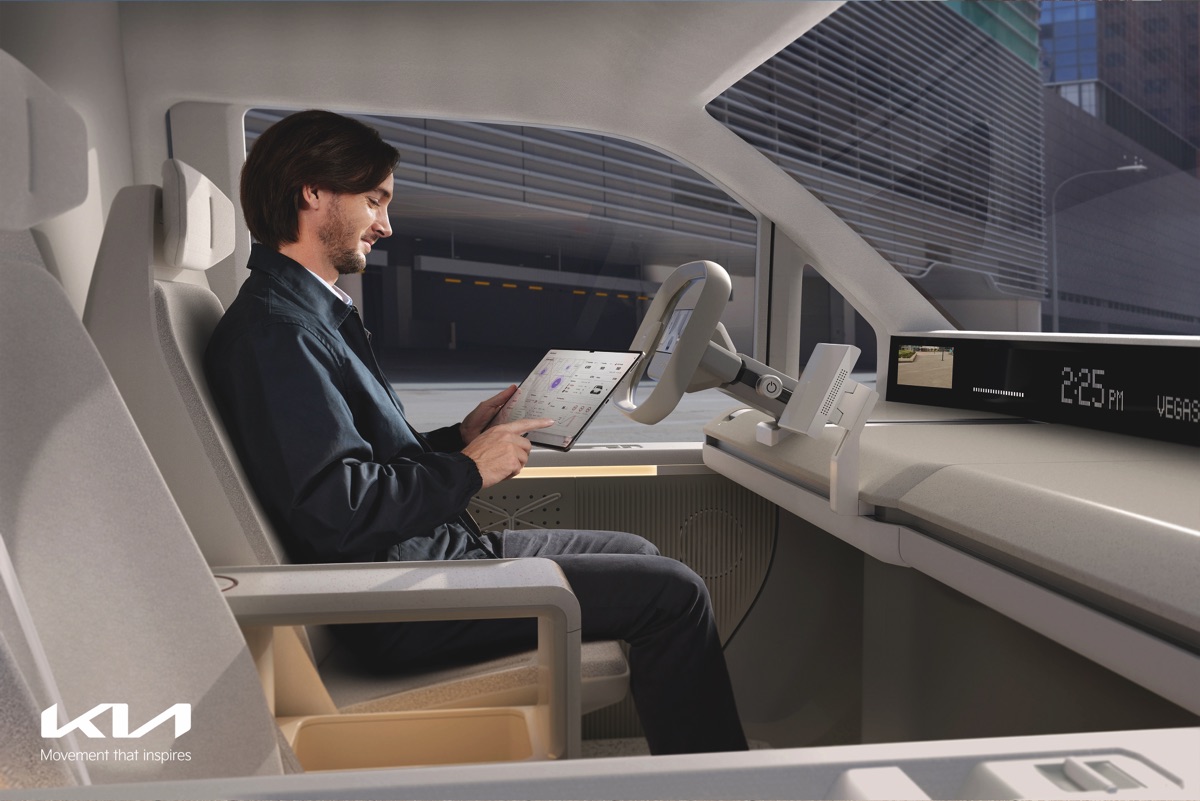
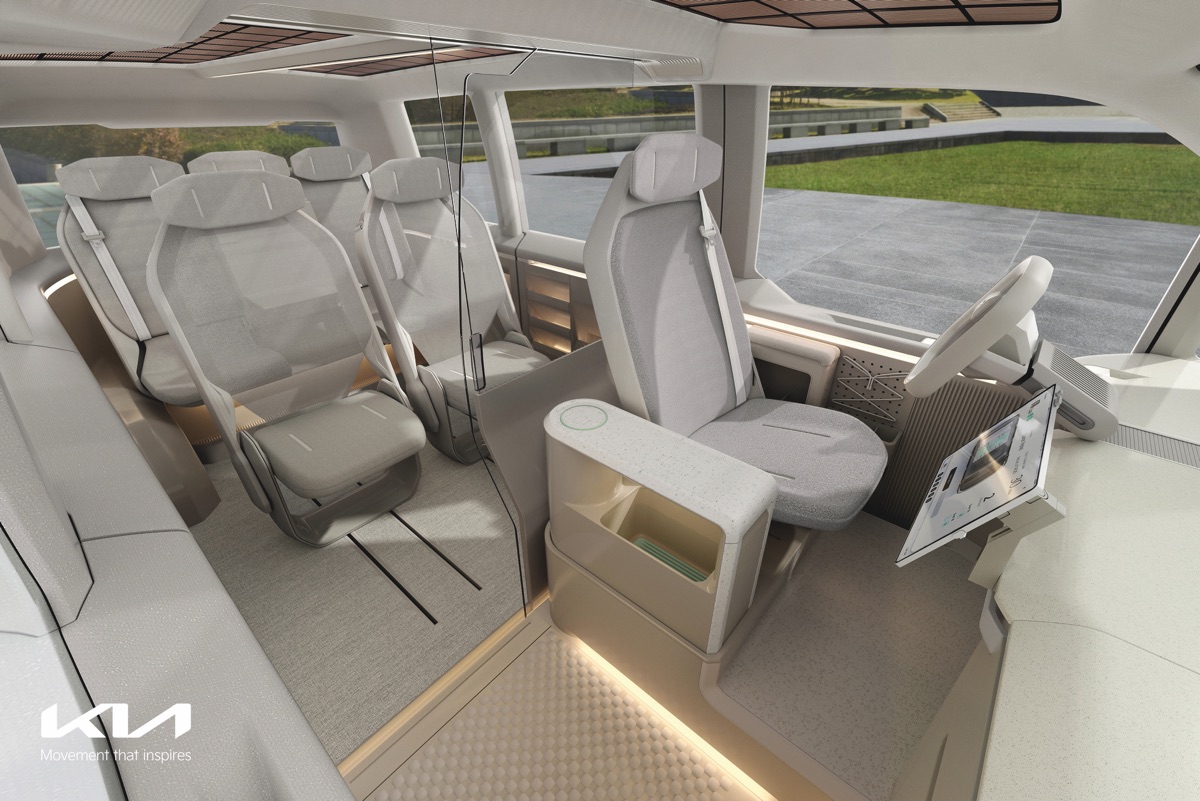
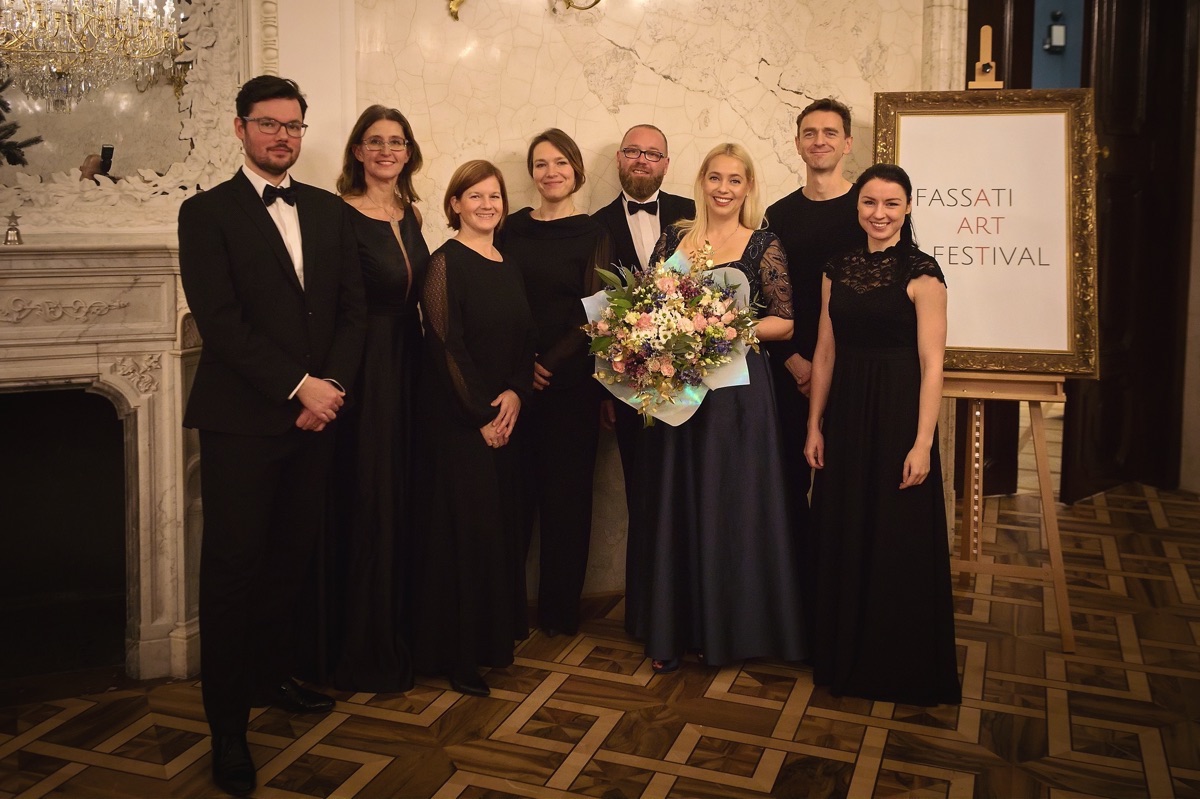
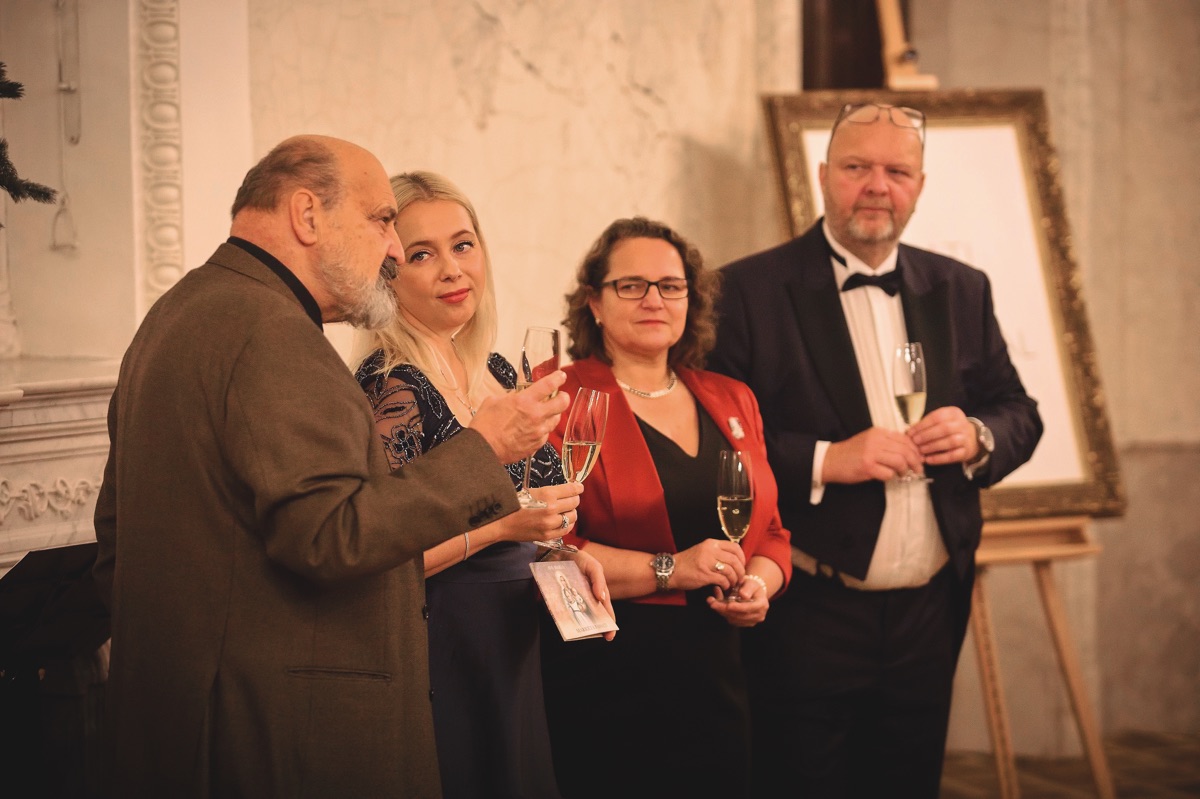
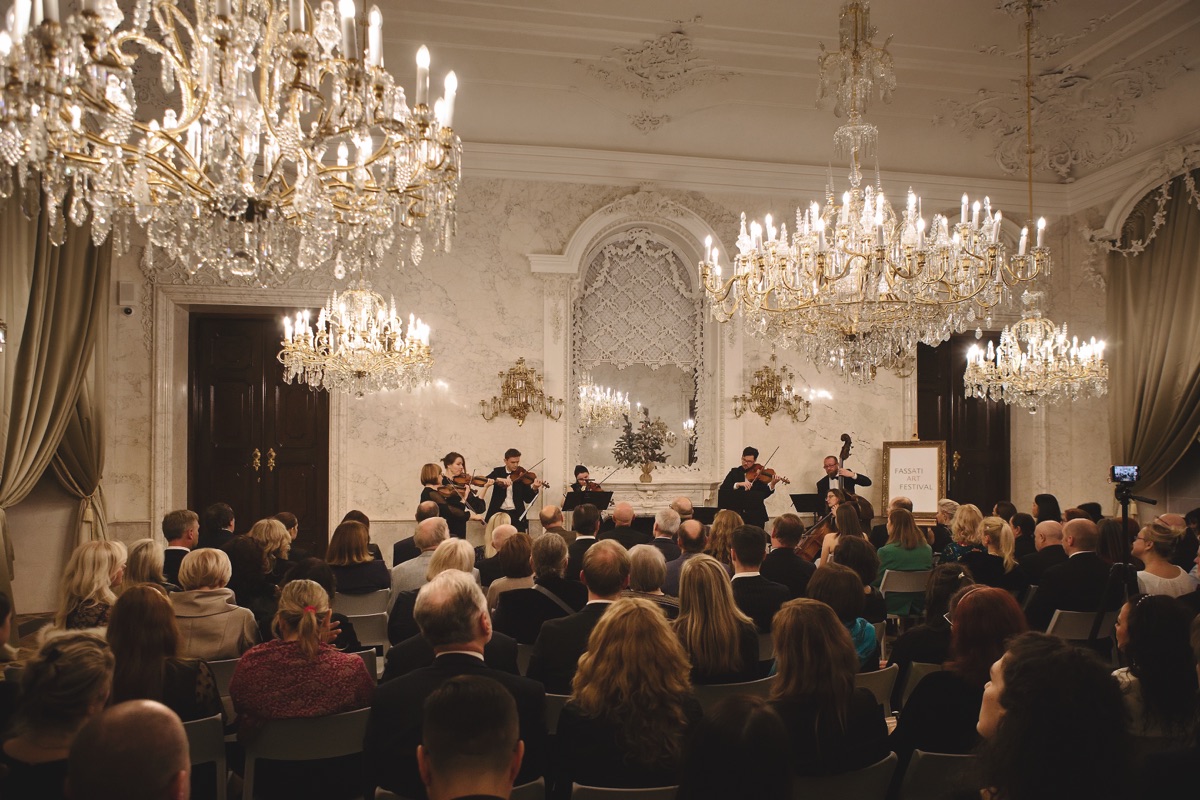
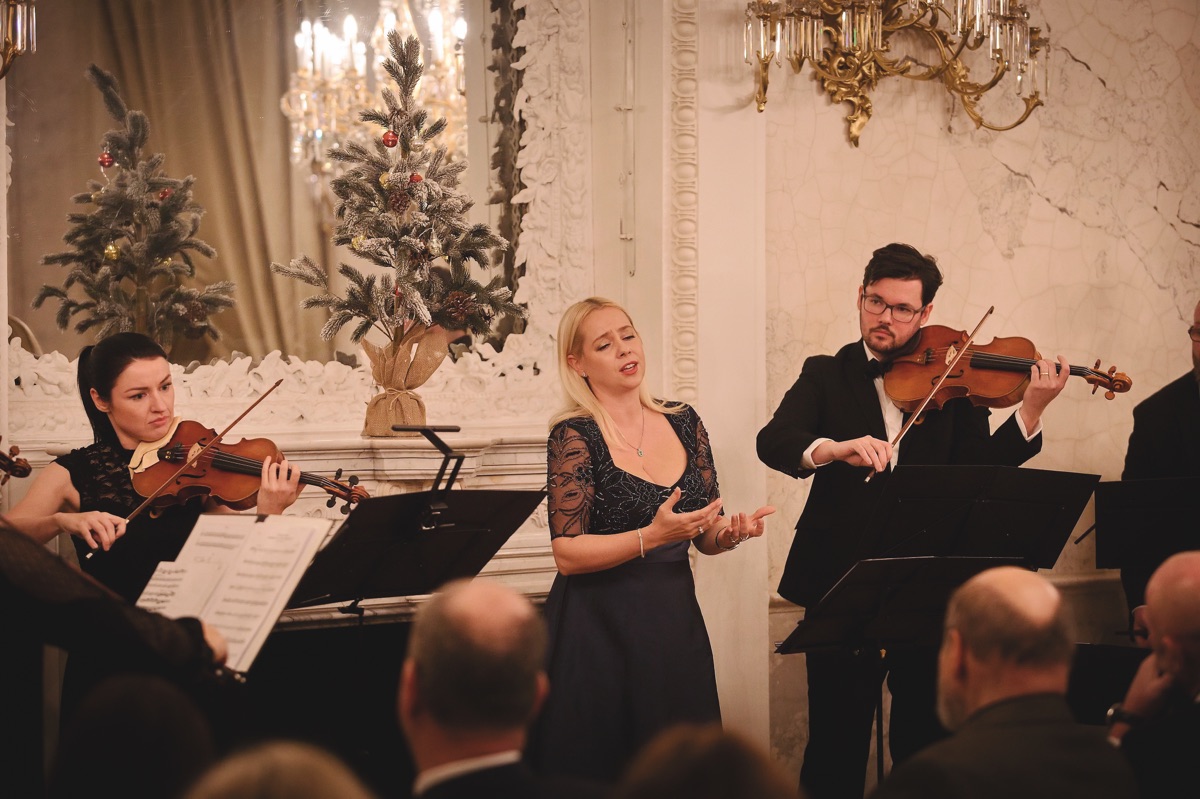
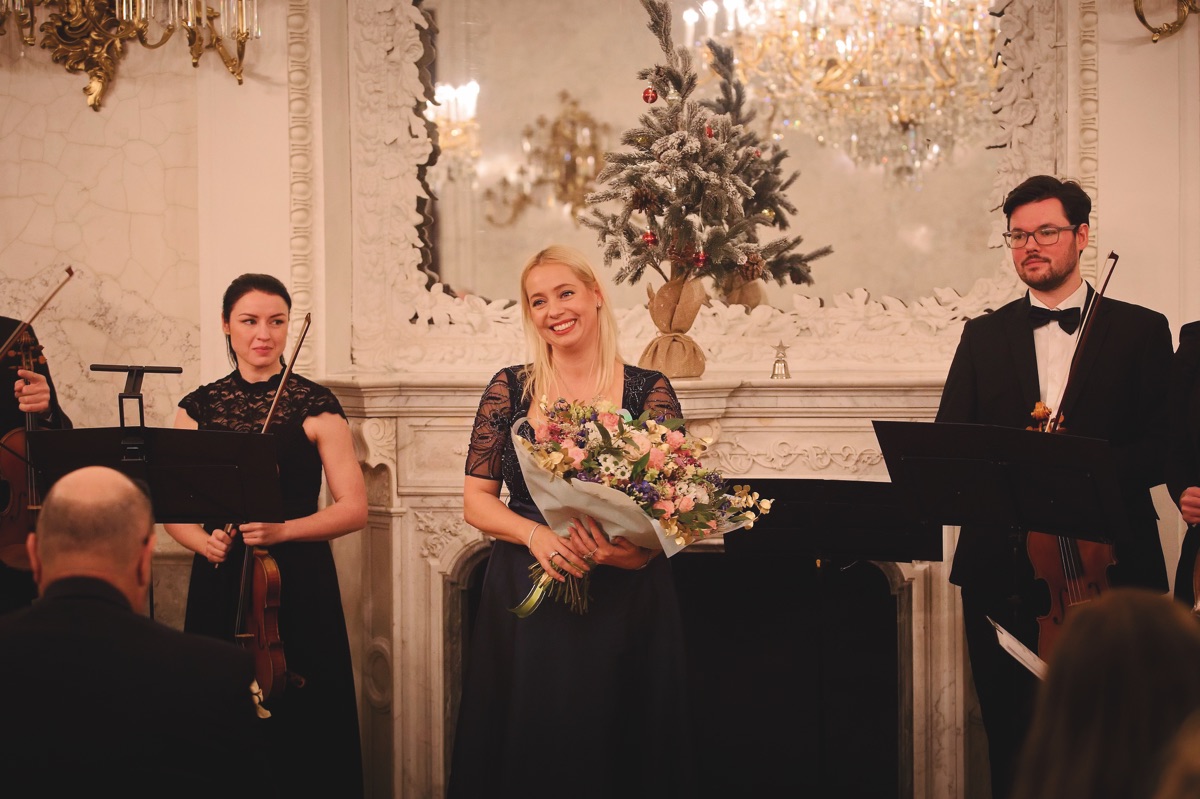
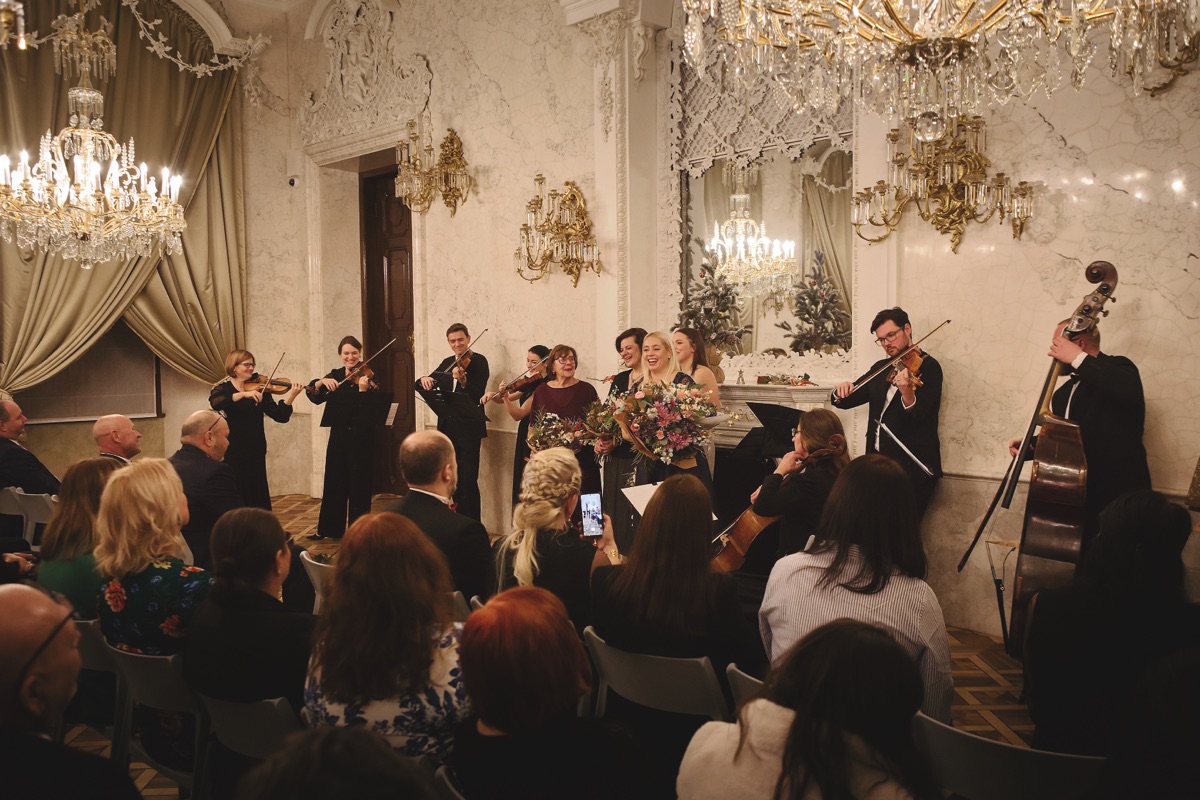
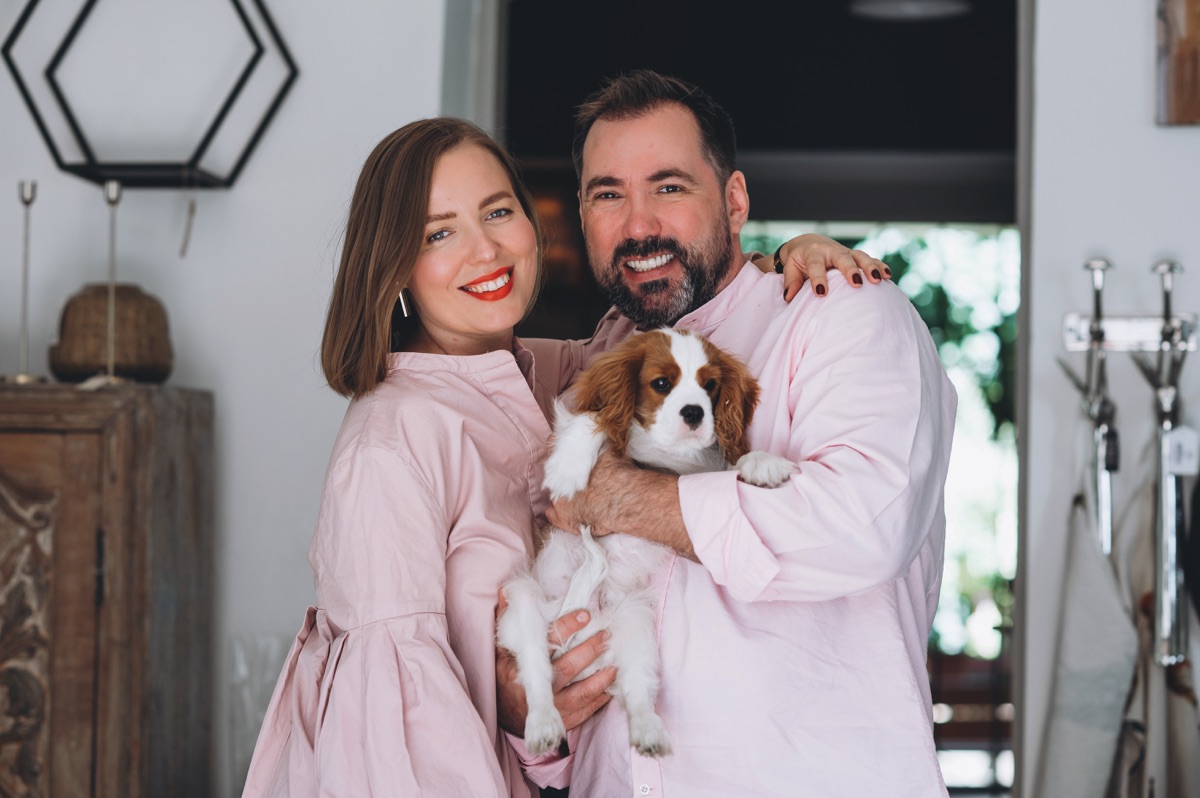
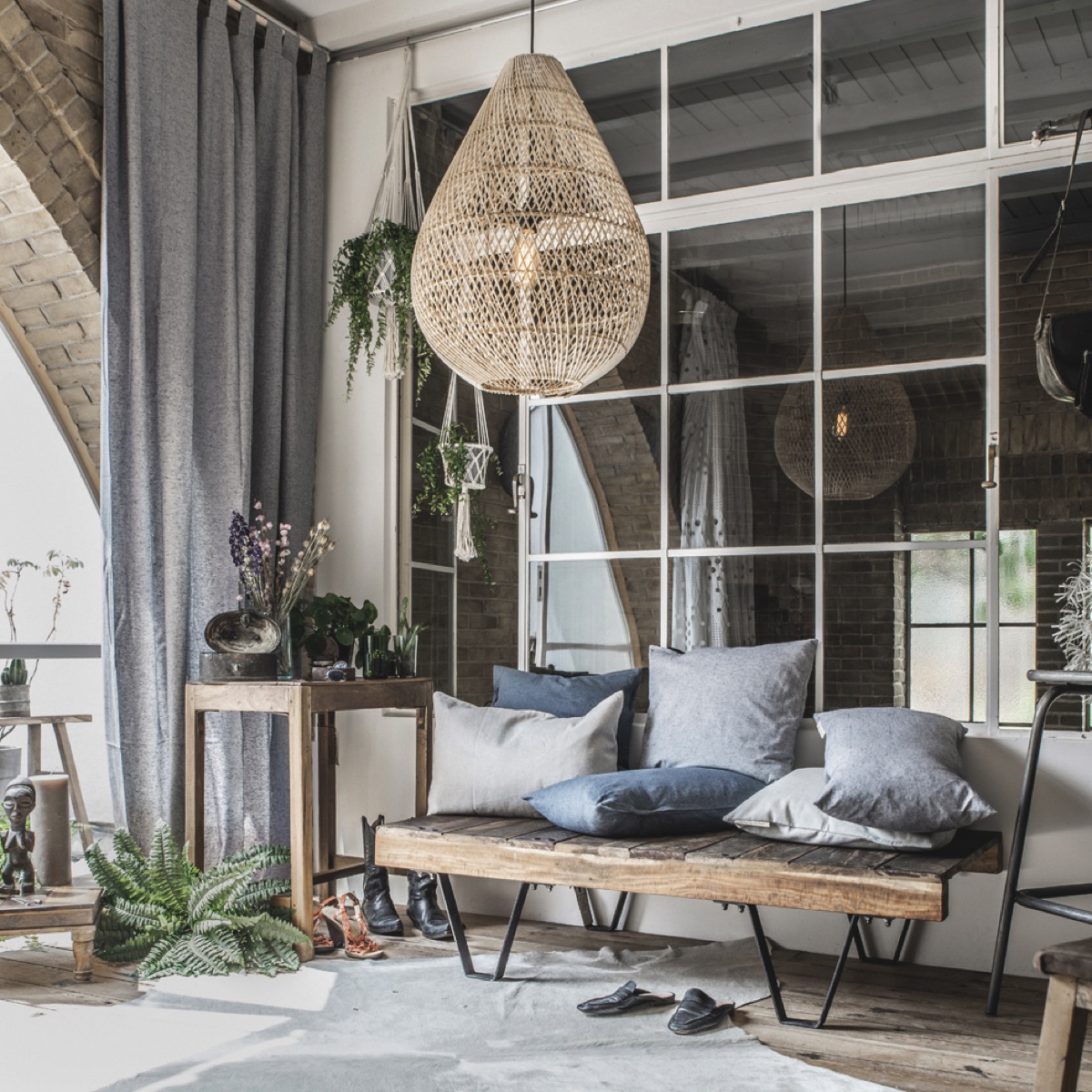
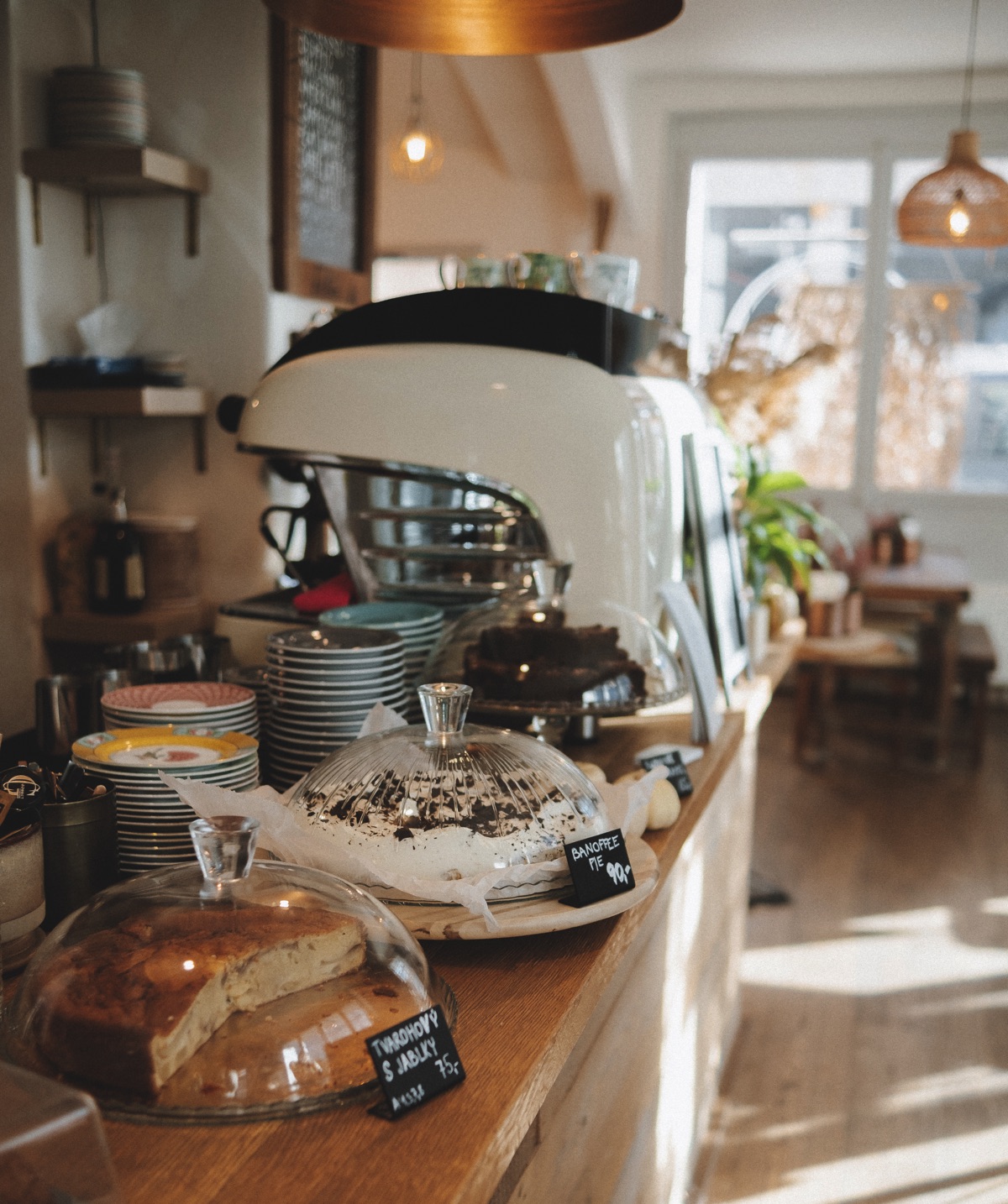
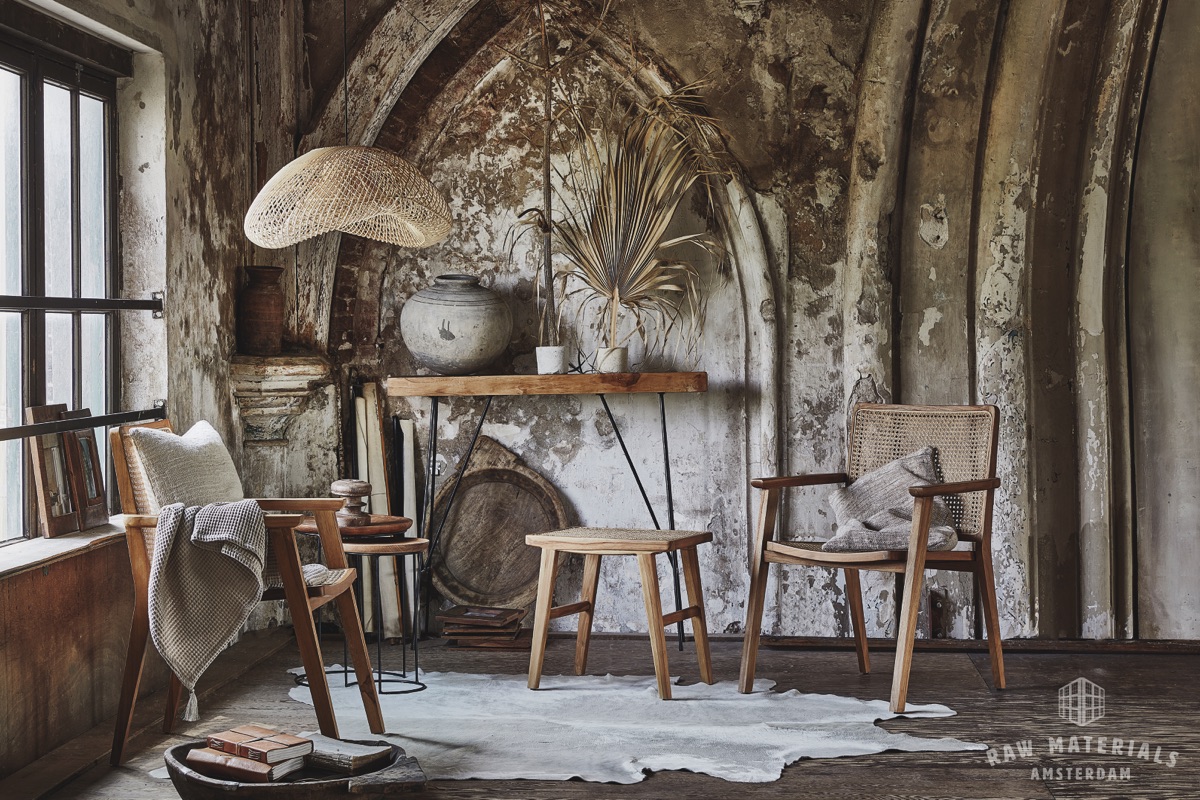
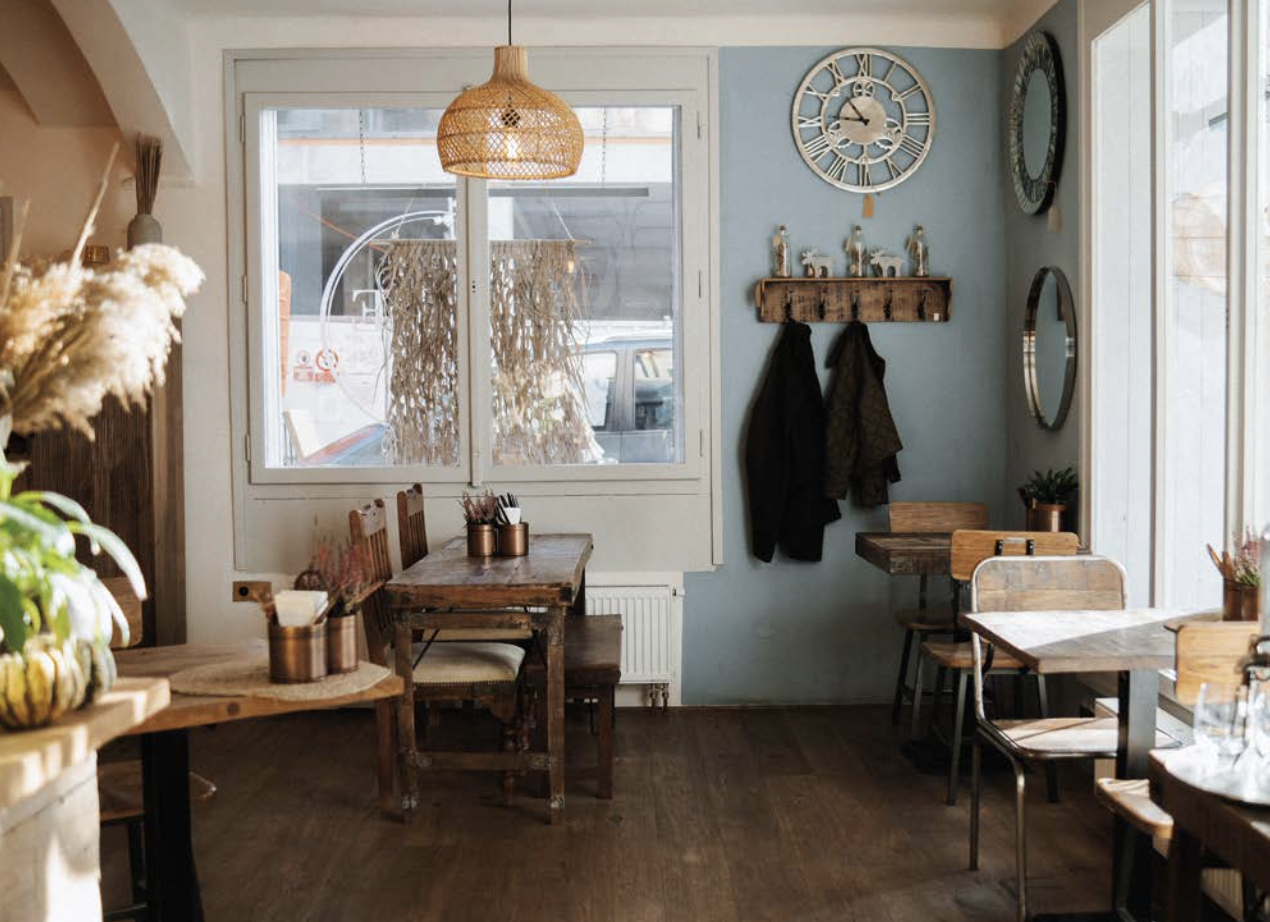
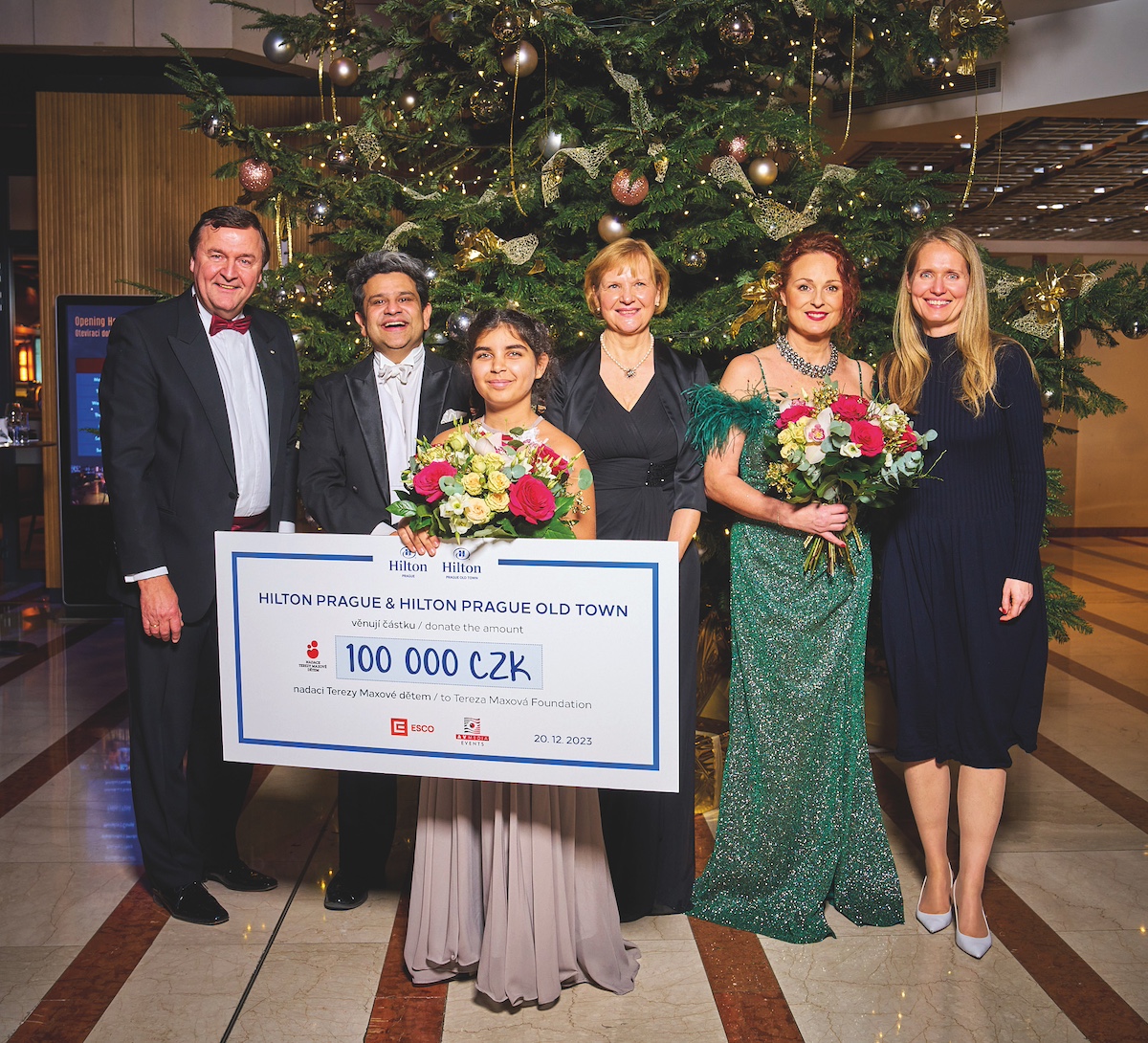
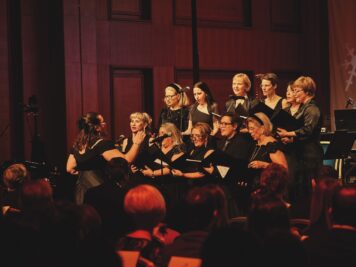
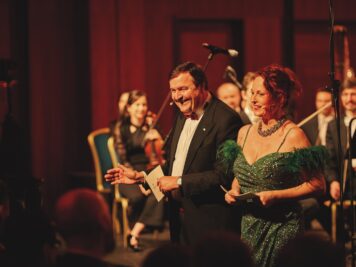
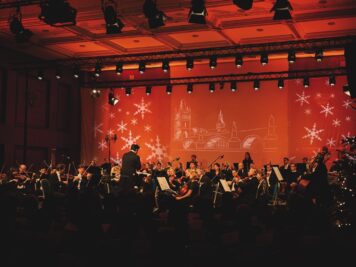
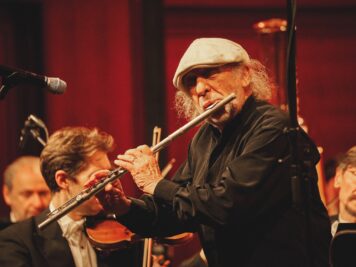
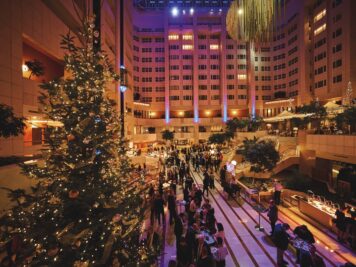
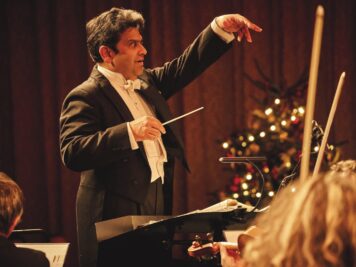
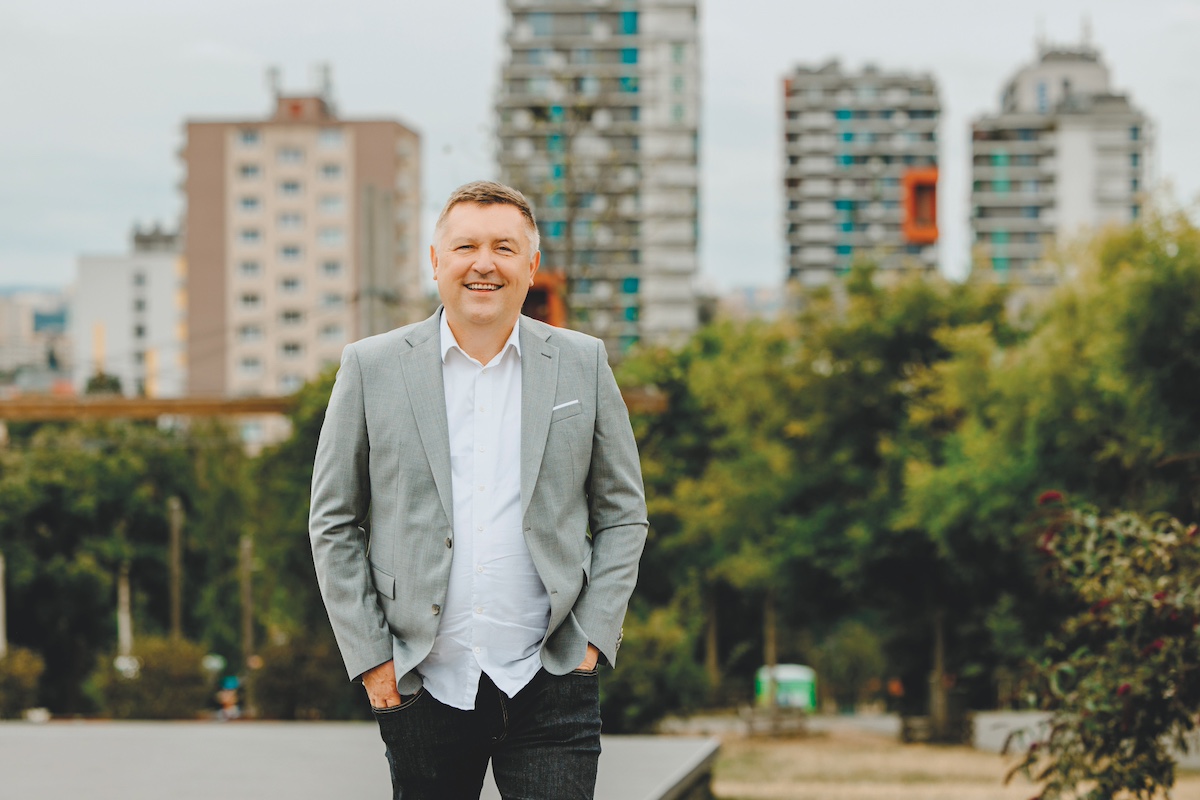
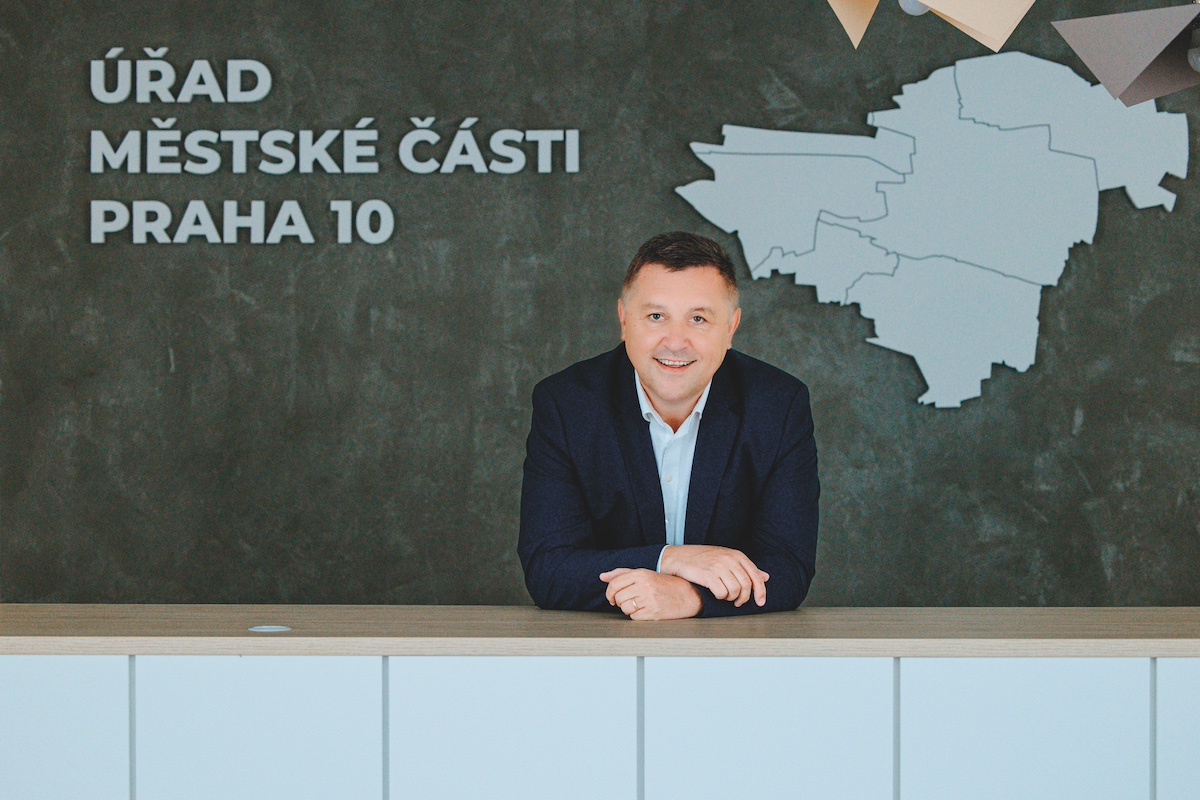
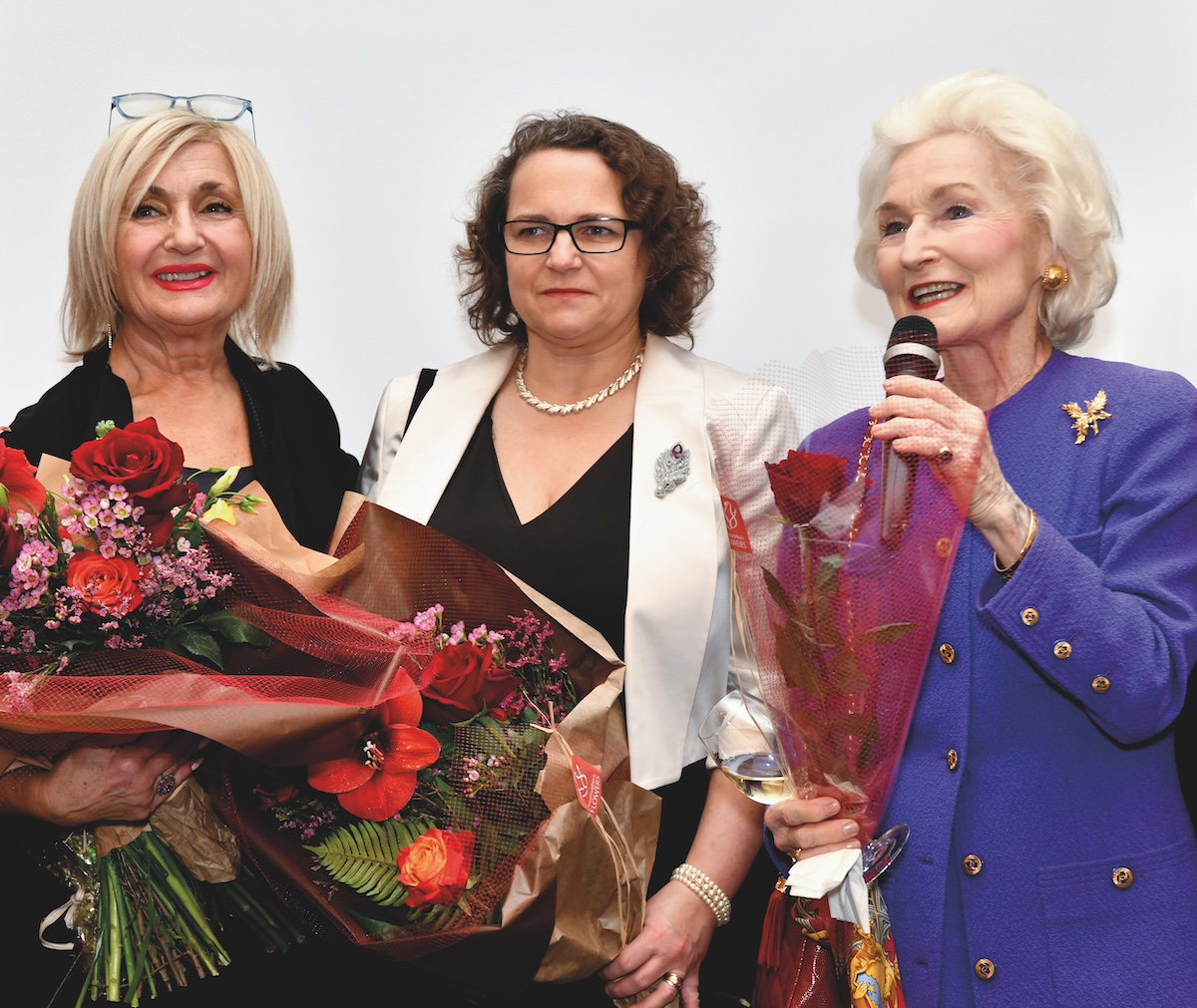
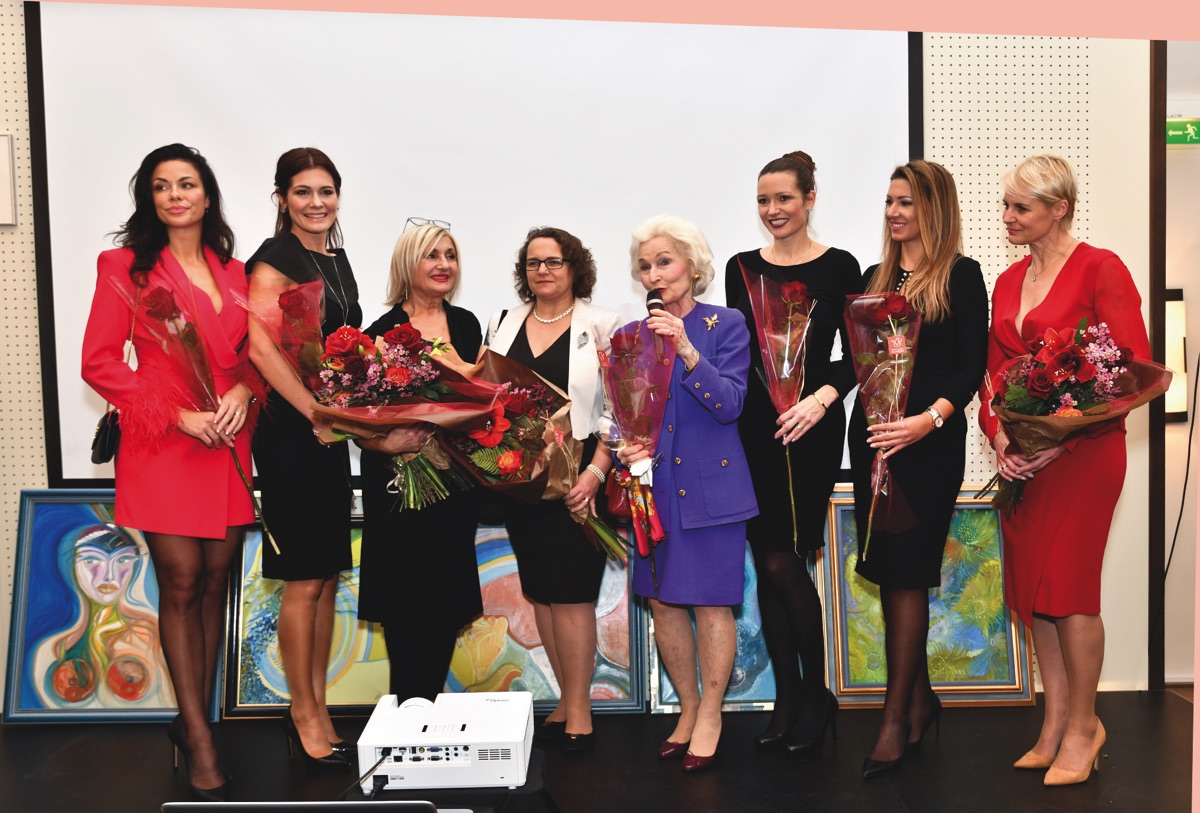
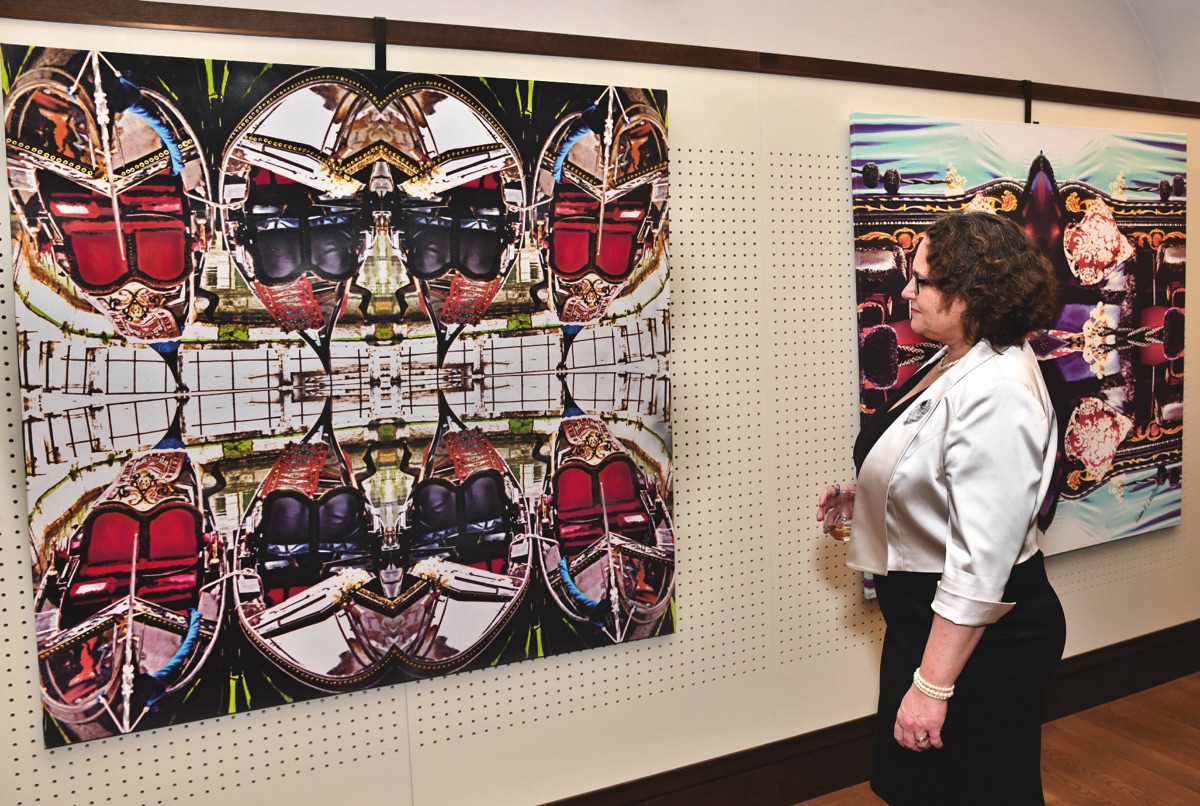
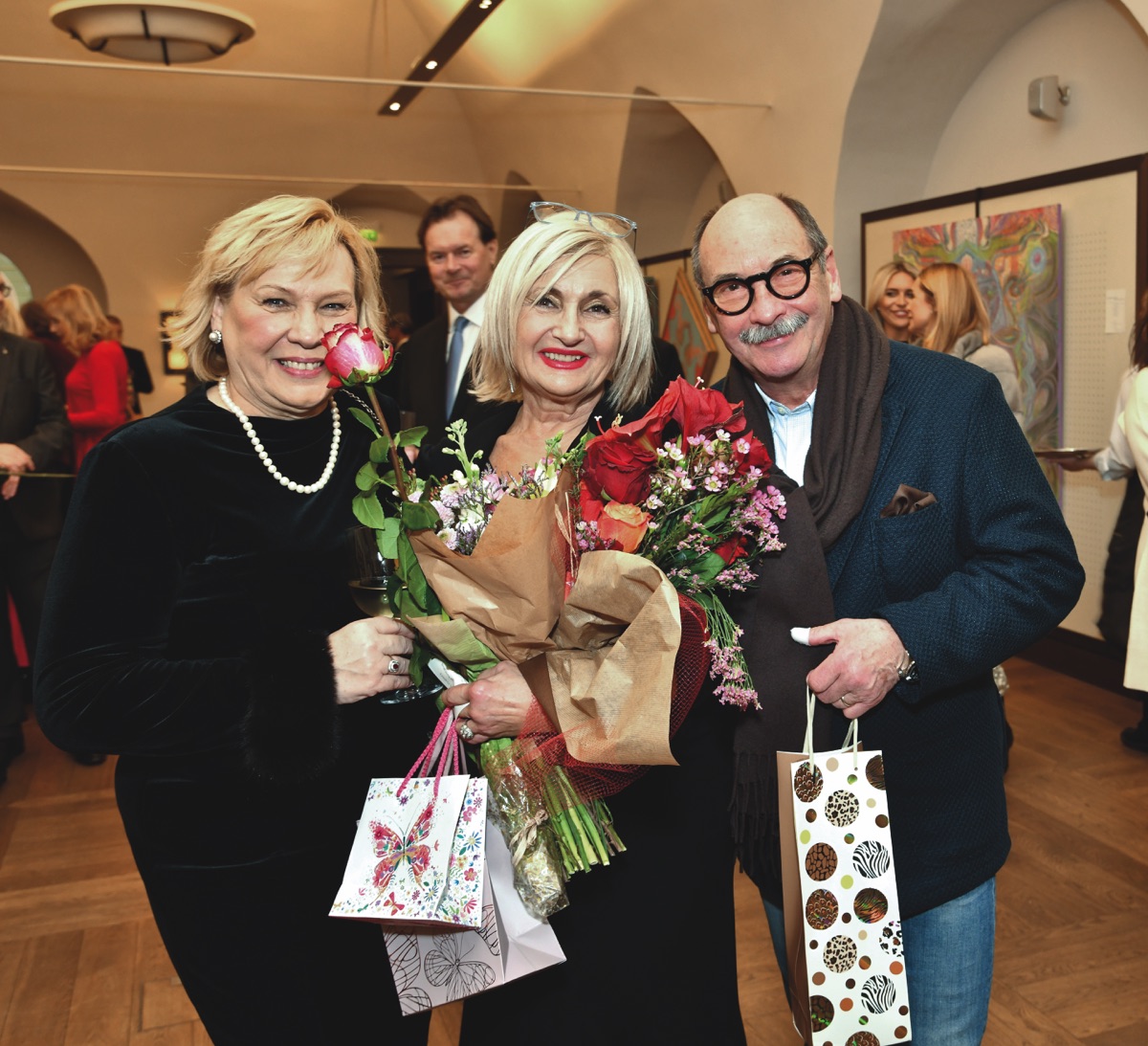
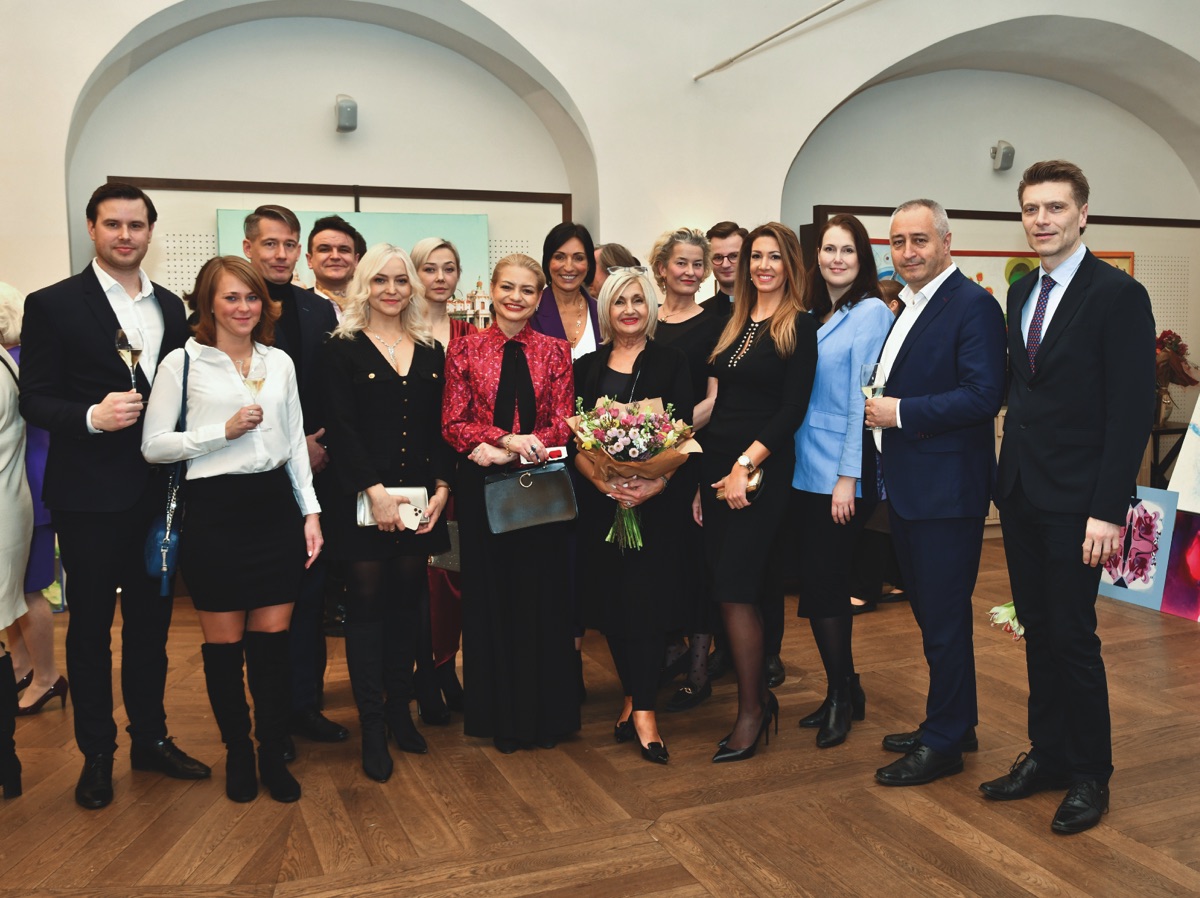
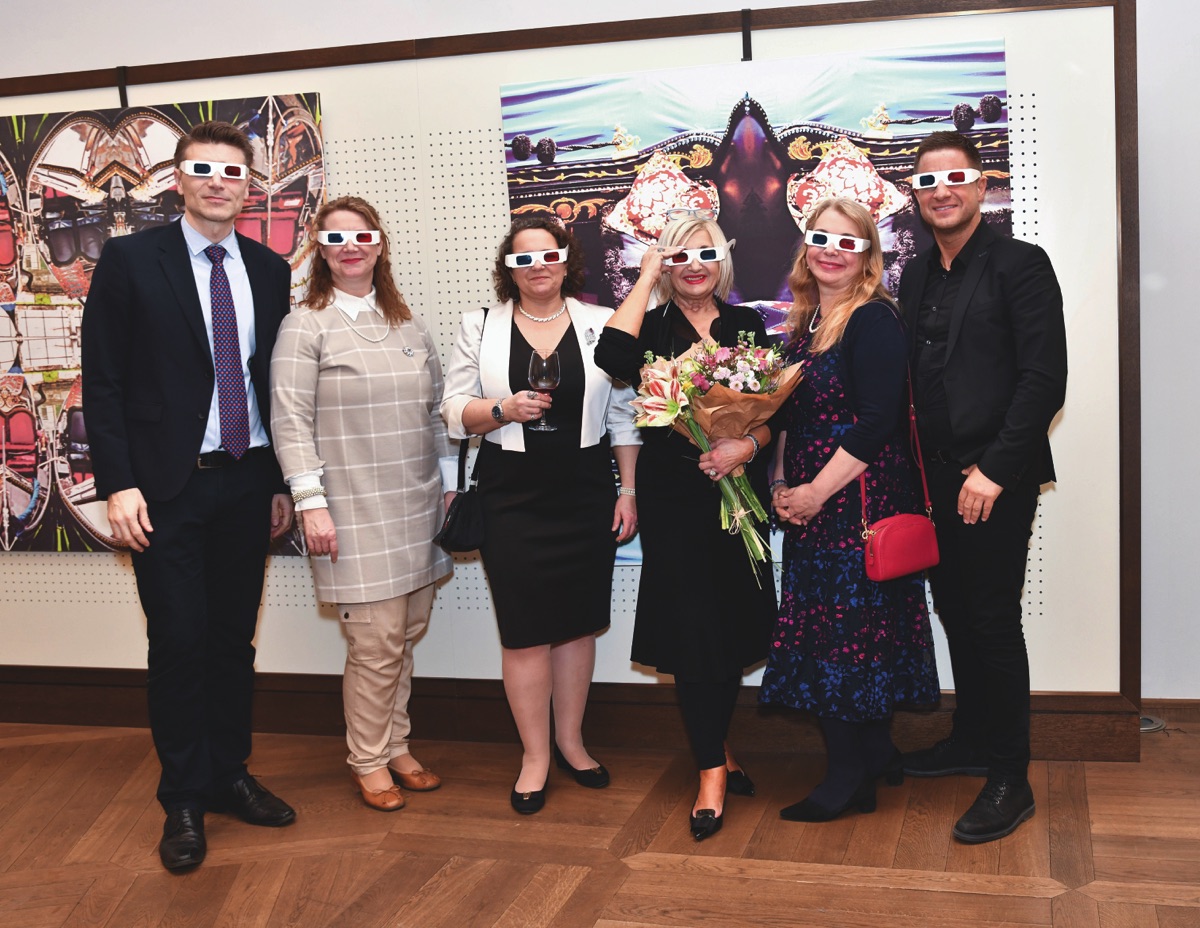
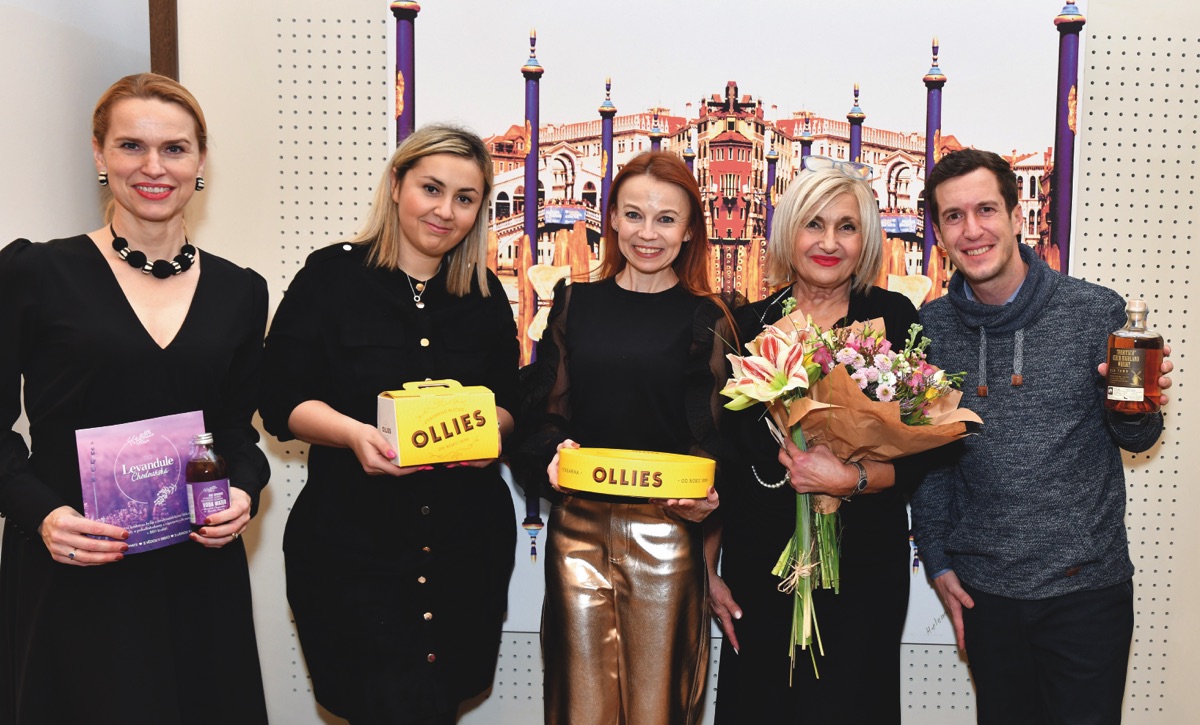
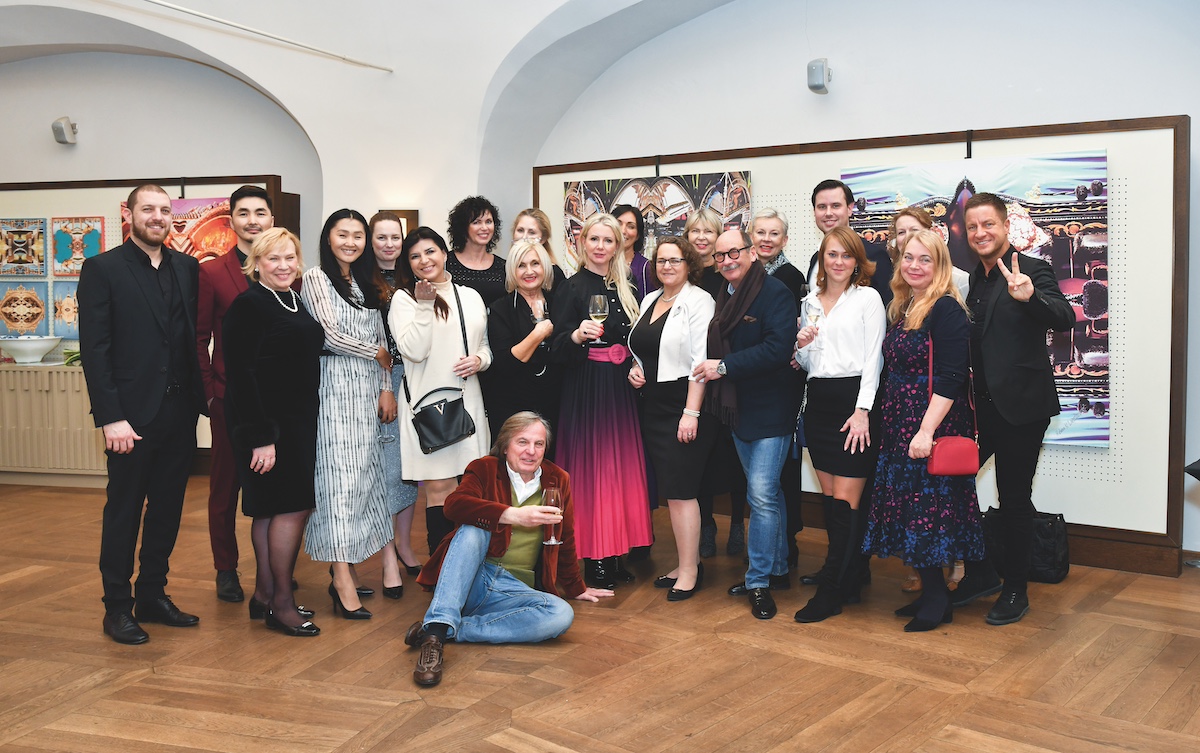
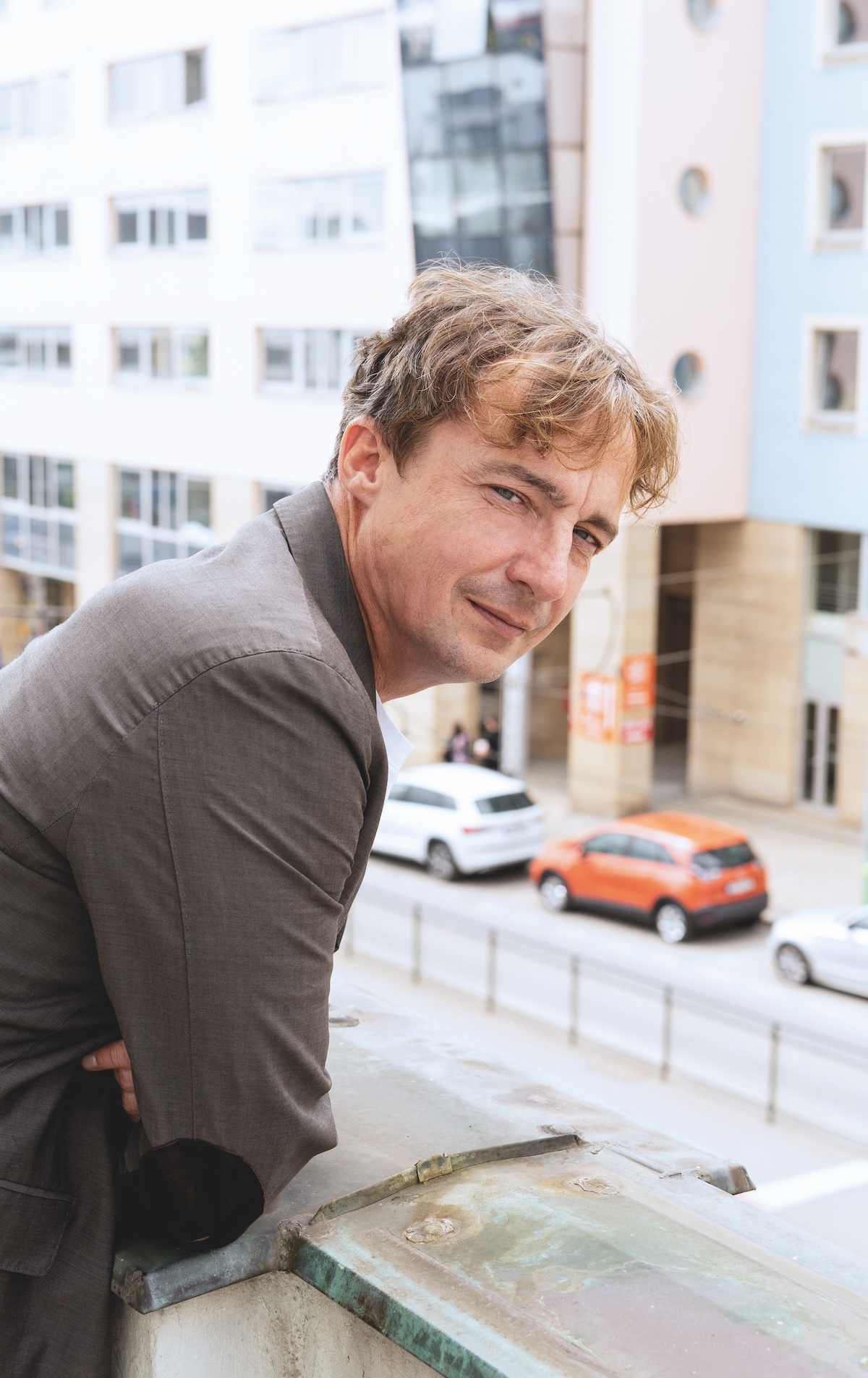
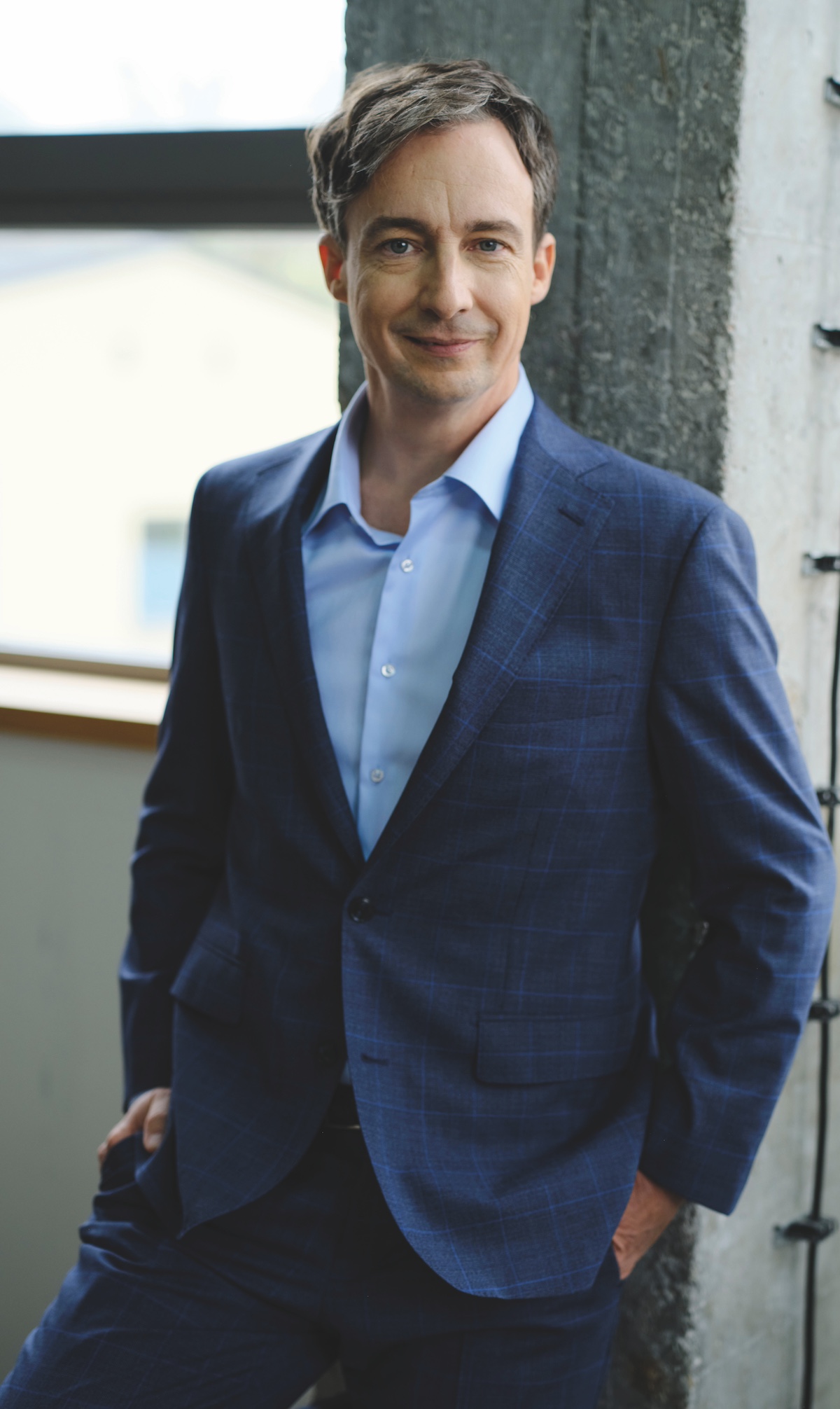
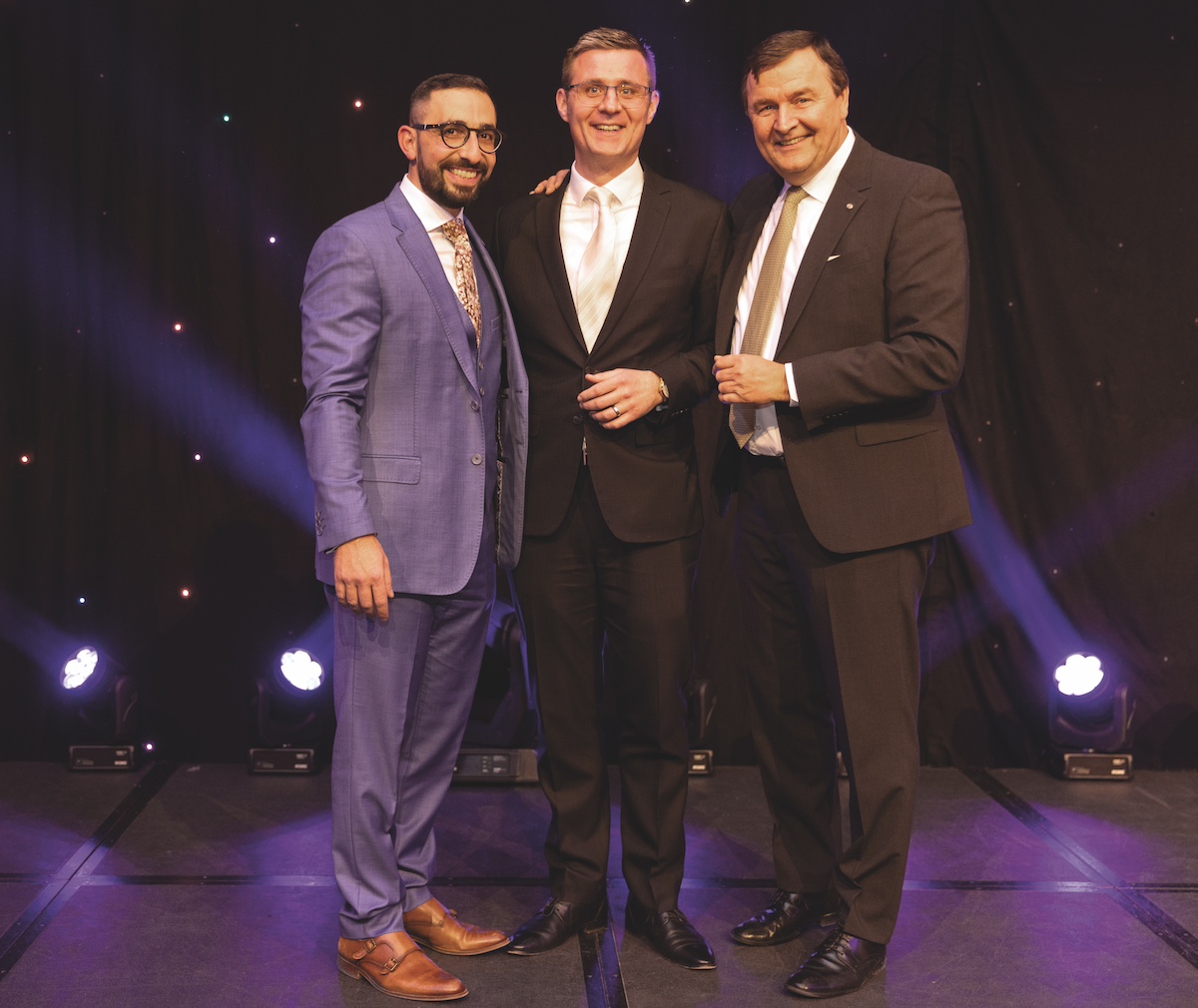
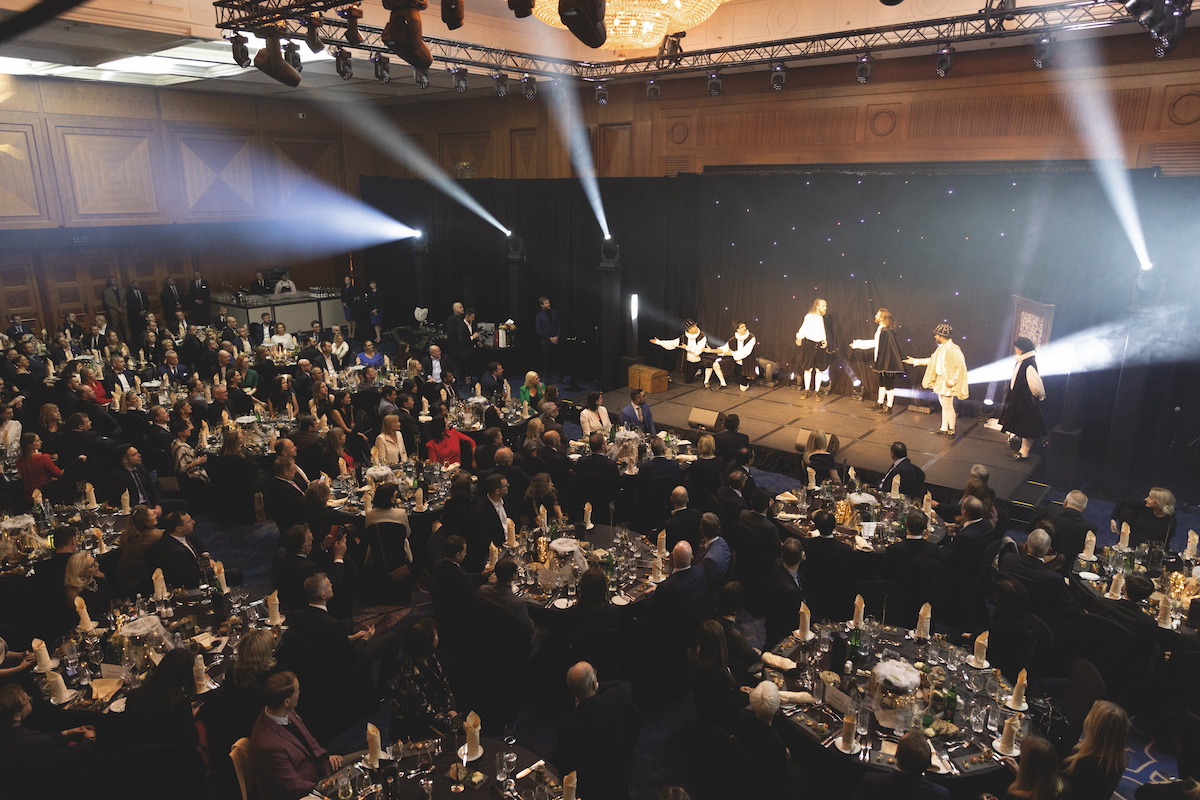
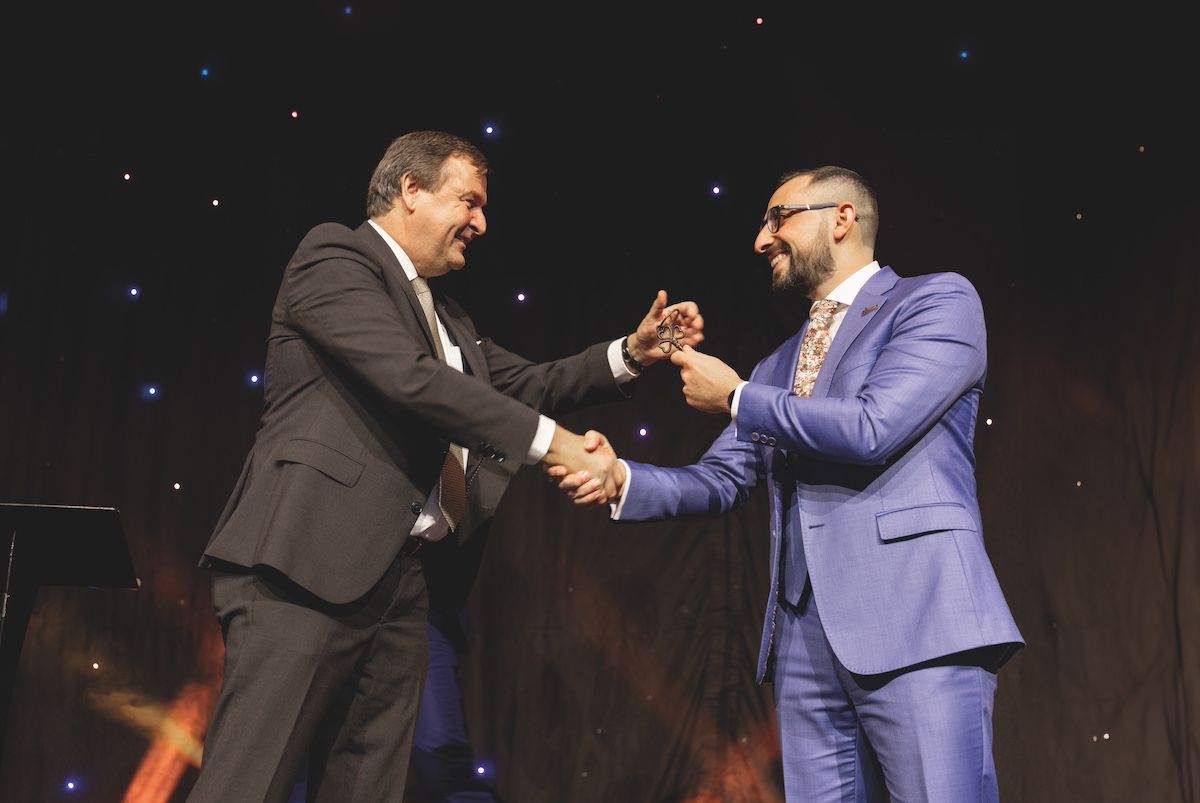
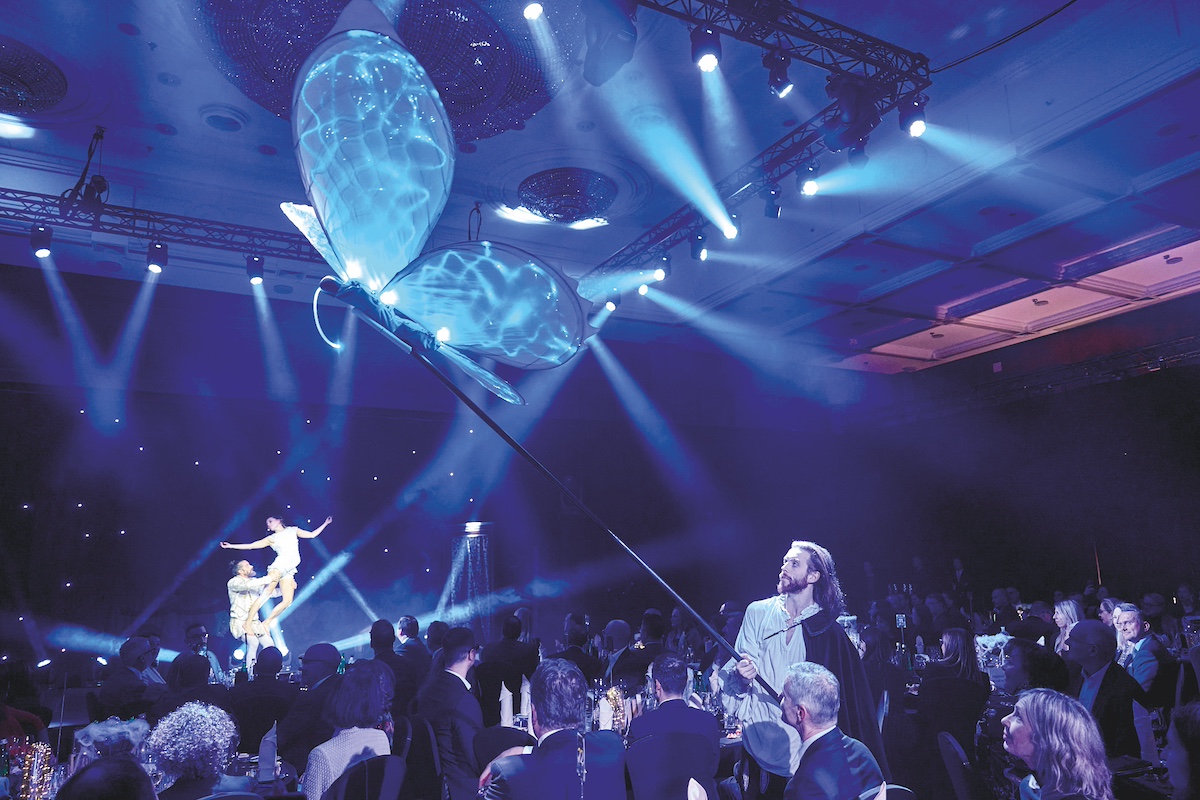
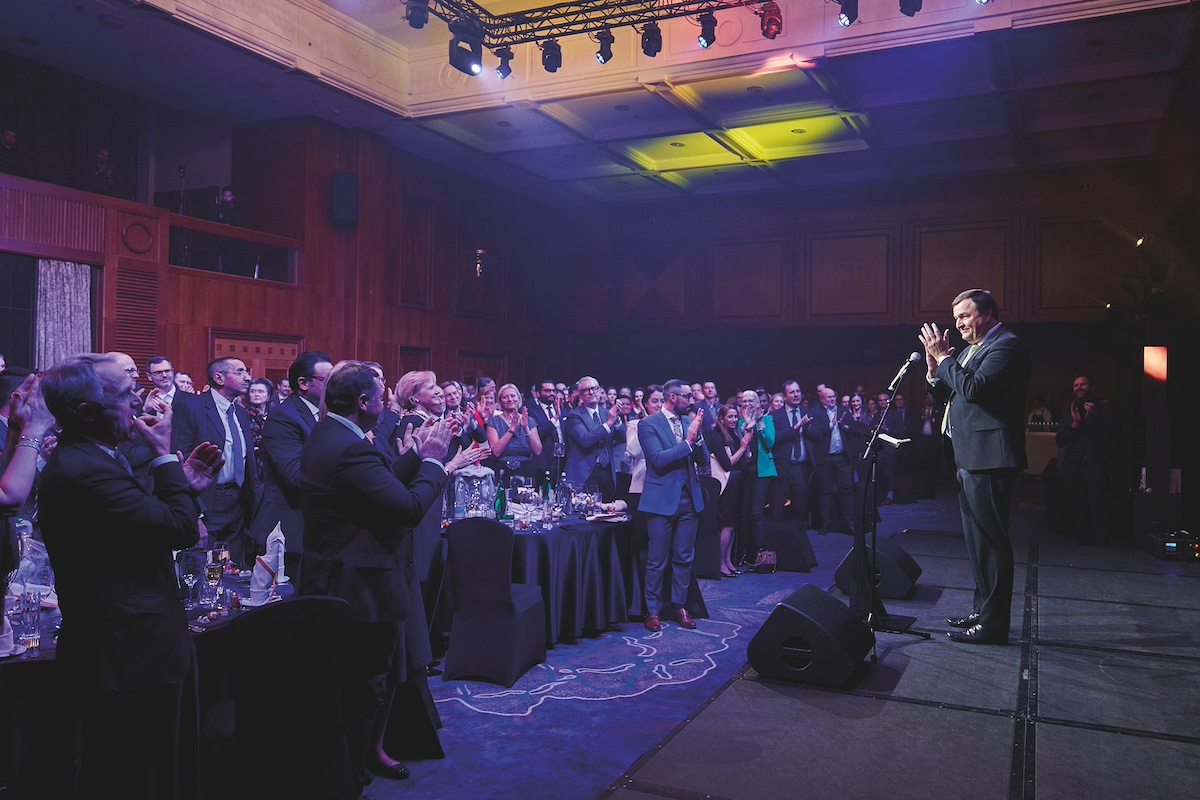
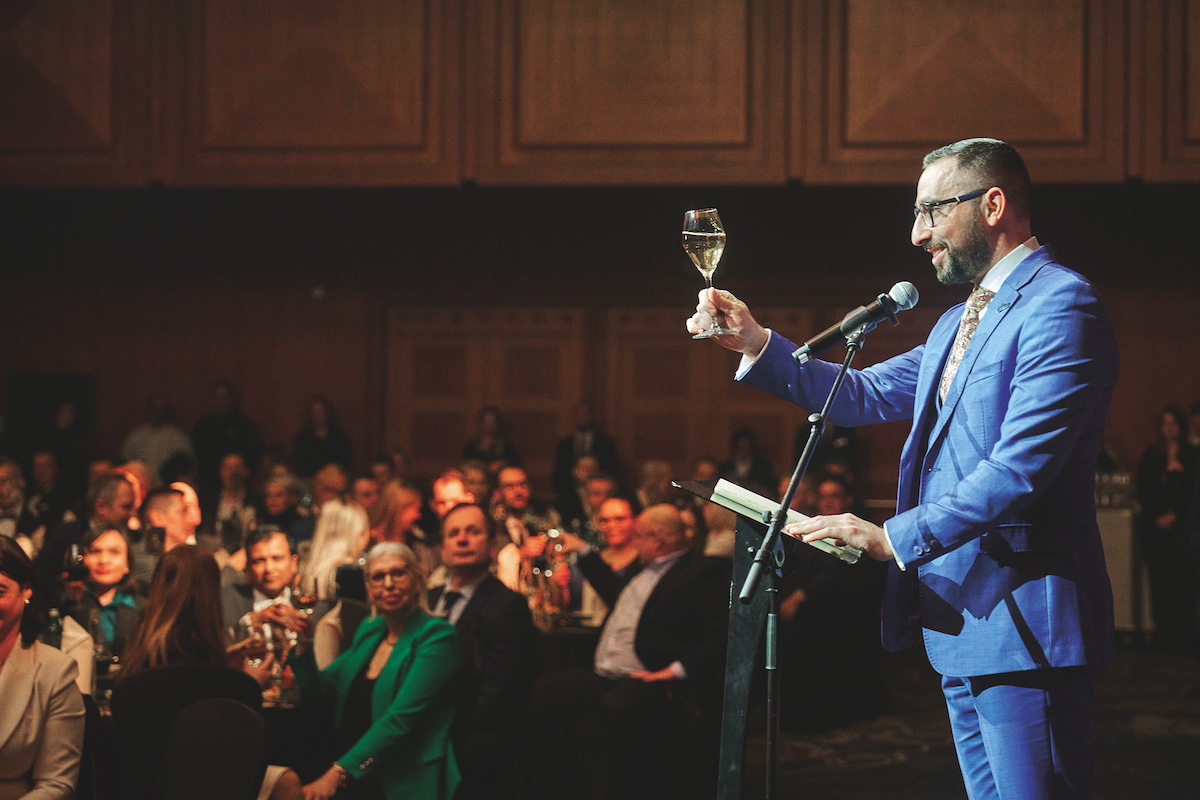
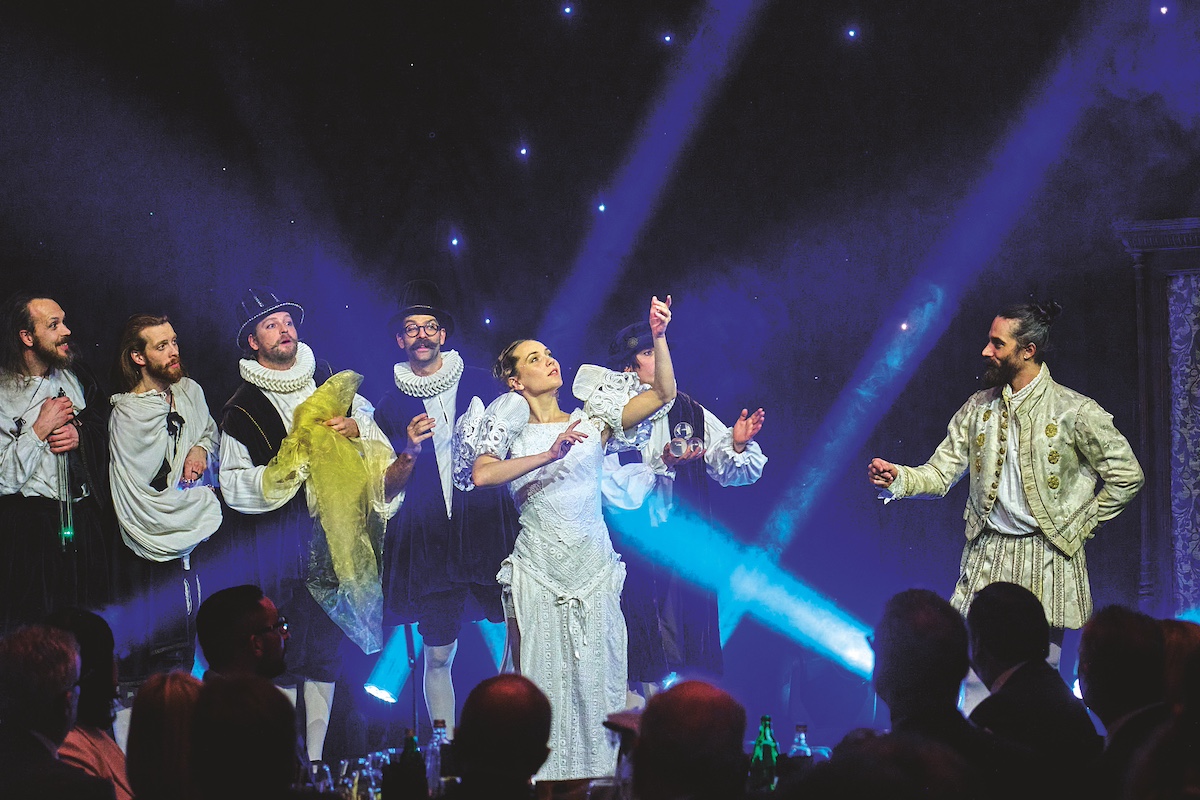
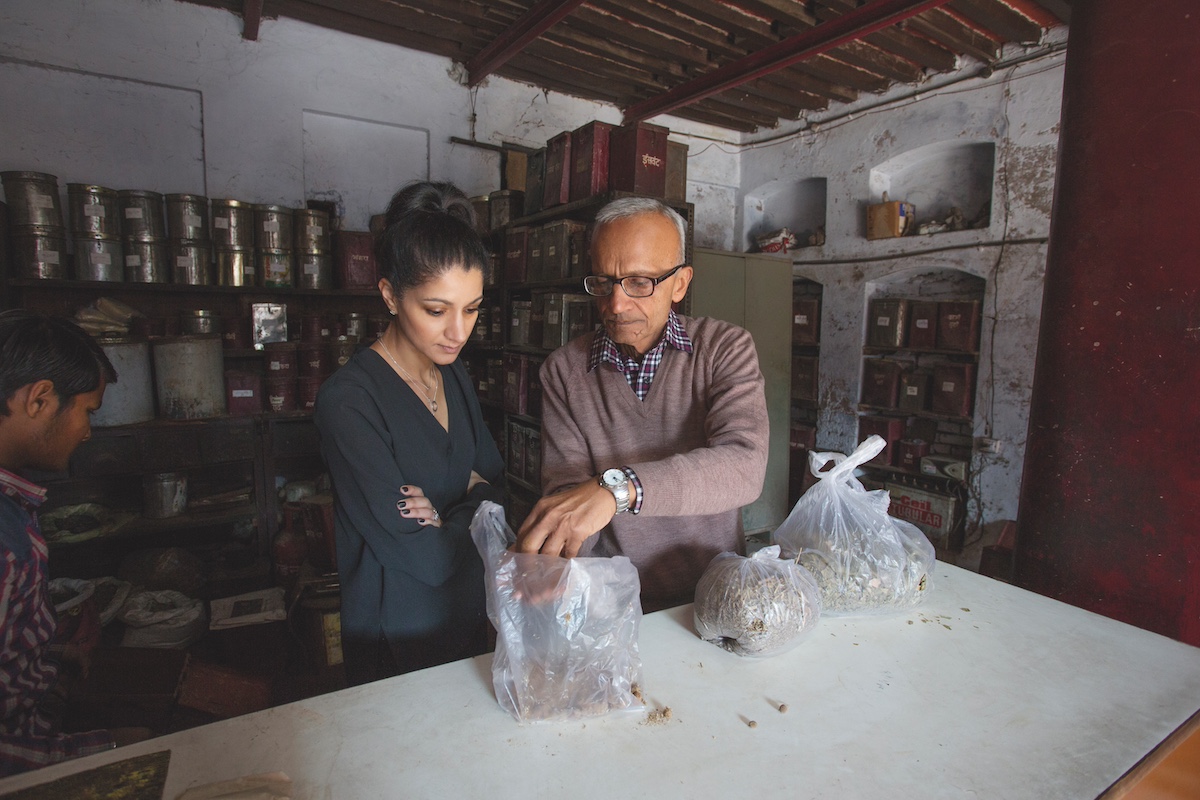
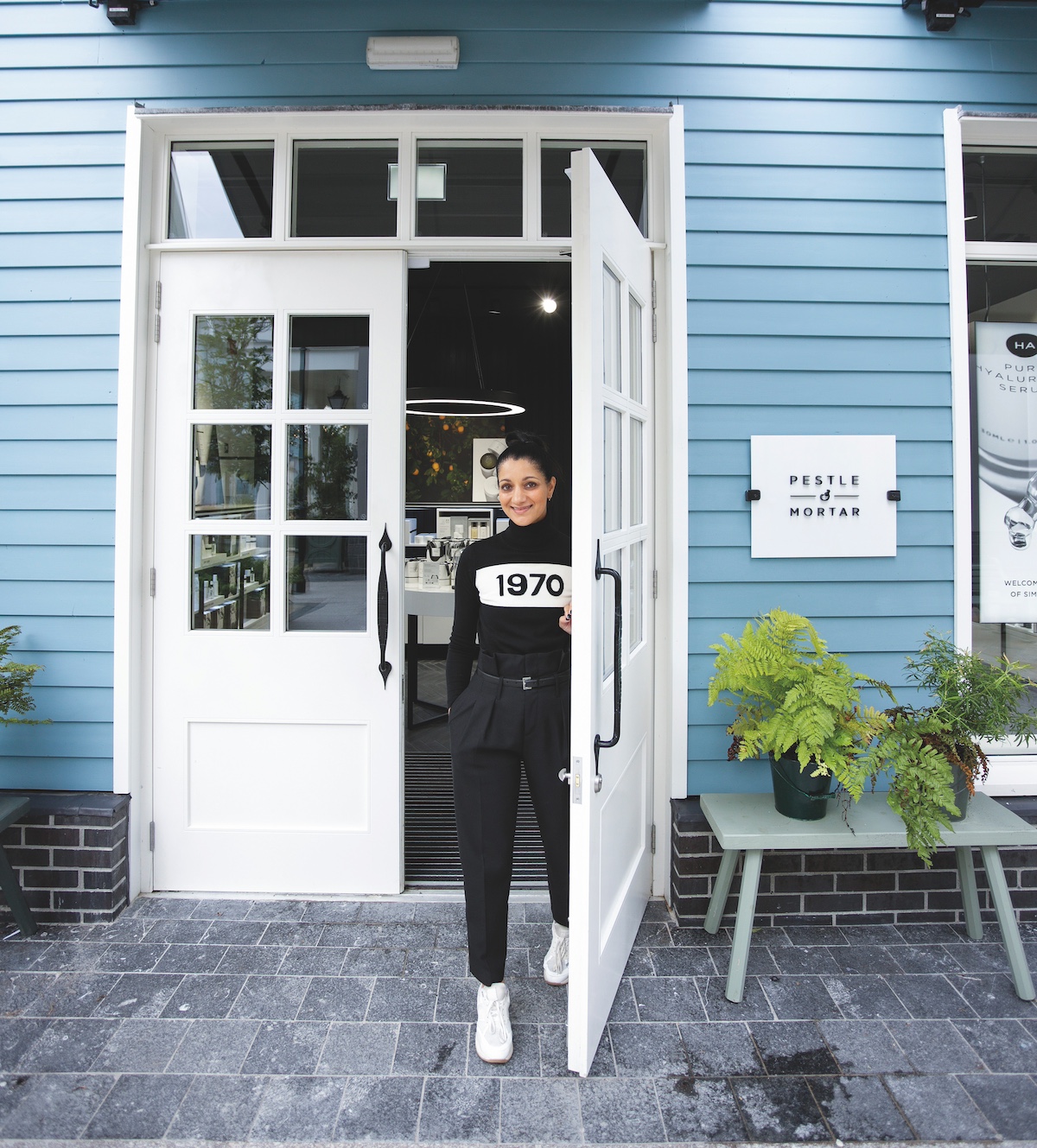
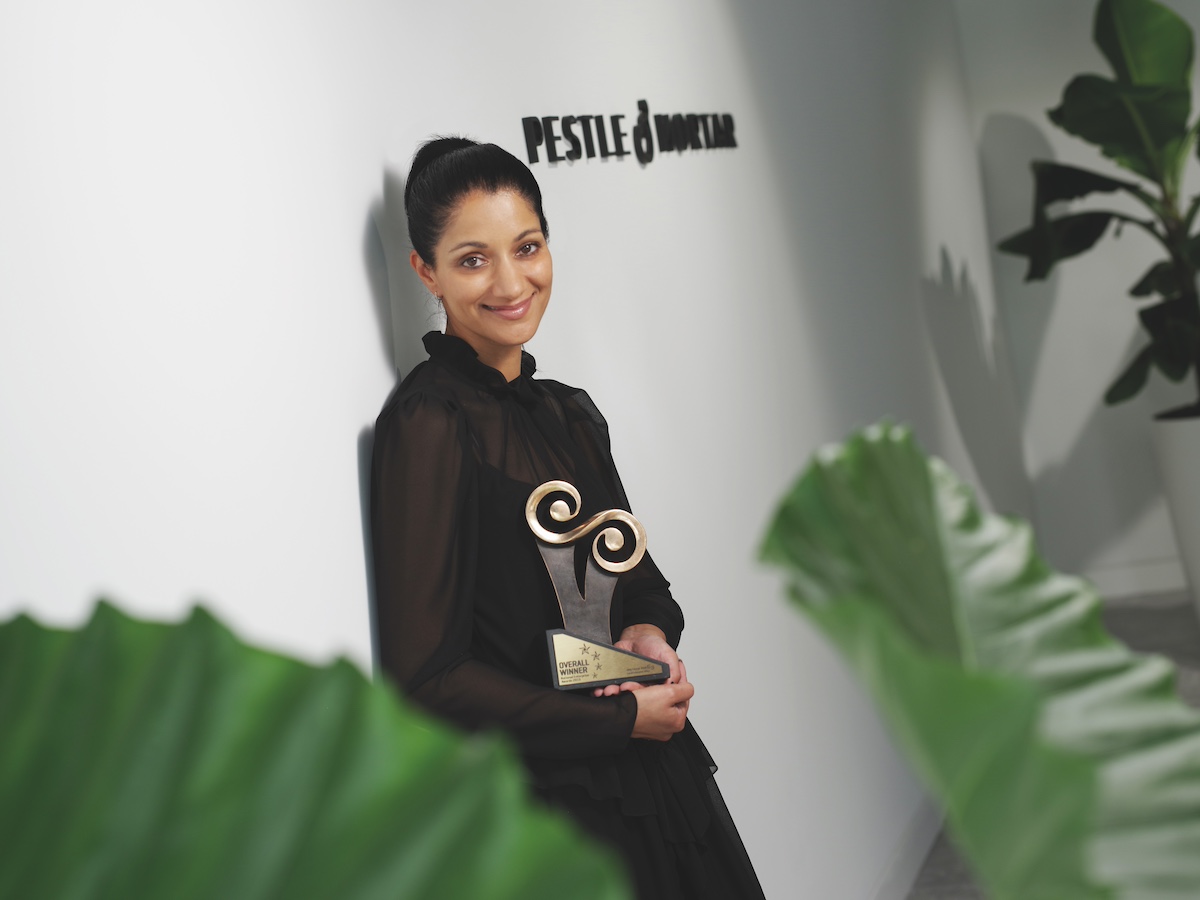
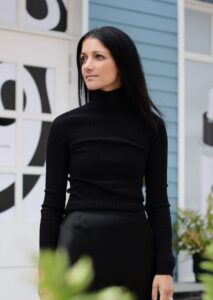 Sonia Deasy, is co-founder and CEO of Pestle & Mortar, an Irish skincare company launched in 2014. As a busy mother-of-five, Sonia understands how difficult it can be to find a daily skincare routine that is both simple and effective. Pestle & Mortar’s philosophies are rooted in Sonia’s Indian heritage in Natural Healing. For six generations, her family have practised as medicine men in India. Pestle & Mortar is now stocked in 21 countries across 3 continents, and the brand has been endorsed in some of the most prestigious international magazines including Vogue, Vanity Fair, and the New York Times. Customers in the Czech Republic can buy her top-quality cosmetics at www.notino.cz, among other places.
Sonia Deasy, is co-founder and CEO of Pestle & Mortar, an Irish skincare company launched in 2014. As a busy mother-of-five, Sonia understands how difficult it can be to find a daily skincare routine that is both simple and effective. Pestle & Mortar’s philosophies are rooted in Sonia’s Indian heritage in Natural Healing. For six generations, her family have practised as medicine men in India. Pestle & Mortar is now stocked in 21 countries across 3 continents, and the brand has been endorsed in some of the most prestigious international magazines including Vogue, Vanity Fair, and the New York Times. Customers in the Czech Republic can buy her top-quality cosmetics at www.notino.cz, among other places.